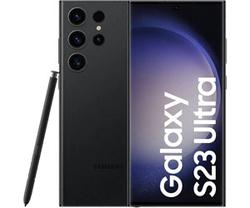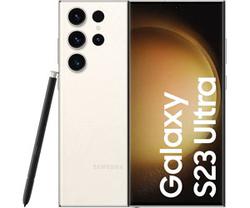Samsung doesn't change its traditions, and the Galaxy S23 Ultra is one of the most technologically advanced smartphones available. At first glance, there are no major innovations compared to last year's Galaxy S22 Ultra. But at the same time, small improvements have been made to most key aspects of the smartphone. This has made the Samsung Galaxy S23 Ultra a full-fledged ultra-flatphone this year. It is powered by a powerful and well-optimised flagship Qualcomm Snapdragon 8 Gen 2 processor, battery life has increased compared to the previous model, and the main camera has become even better. In addition, the smartphone has one of the best displays on the market, an S Pen for Note fans, and IP68 dust and water protection.
6 reasons to buy Samsung Galaxy S23 Ultra:
- You buy a top-of-the-line Samsung smartphone every year
- It is the most technologically advanced Android smartphone
- The most powerful processor in the overclocked version for Samsung
- The most modern AMOLED screen with a refresh rate of 120 Hz, support for HDR10+ and Dolby Vision
- The best camera set with a 200MP main sensor, 10x optical zoom and enhanced night shooting capabilities
- You are a fan of the S Pen and plan to use it regularly for drawing and taking notes, as well as as a remote control
1 reasons not to buy Samsung Galaxy S23 Ultra:
- You are not ready to pay this much for a smartphone
Quick Start:
- What's in the box?
- What does Samsung Galaxy S23 Ultra look like?
- How good is the screen?
- What are the unlocking methods?
- What about performance, memory, sound, and battery life?
- How user-friendly is the interface?
- What does the S Pen do?
- How good are the cameras?
- Bottom line
What's in the box?
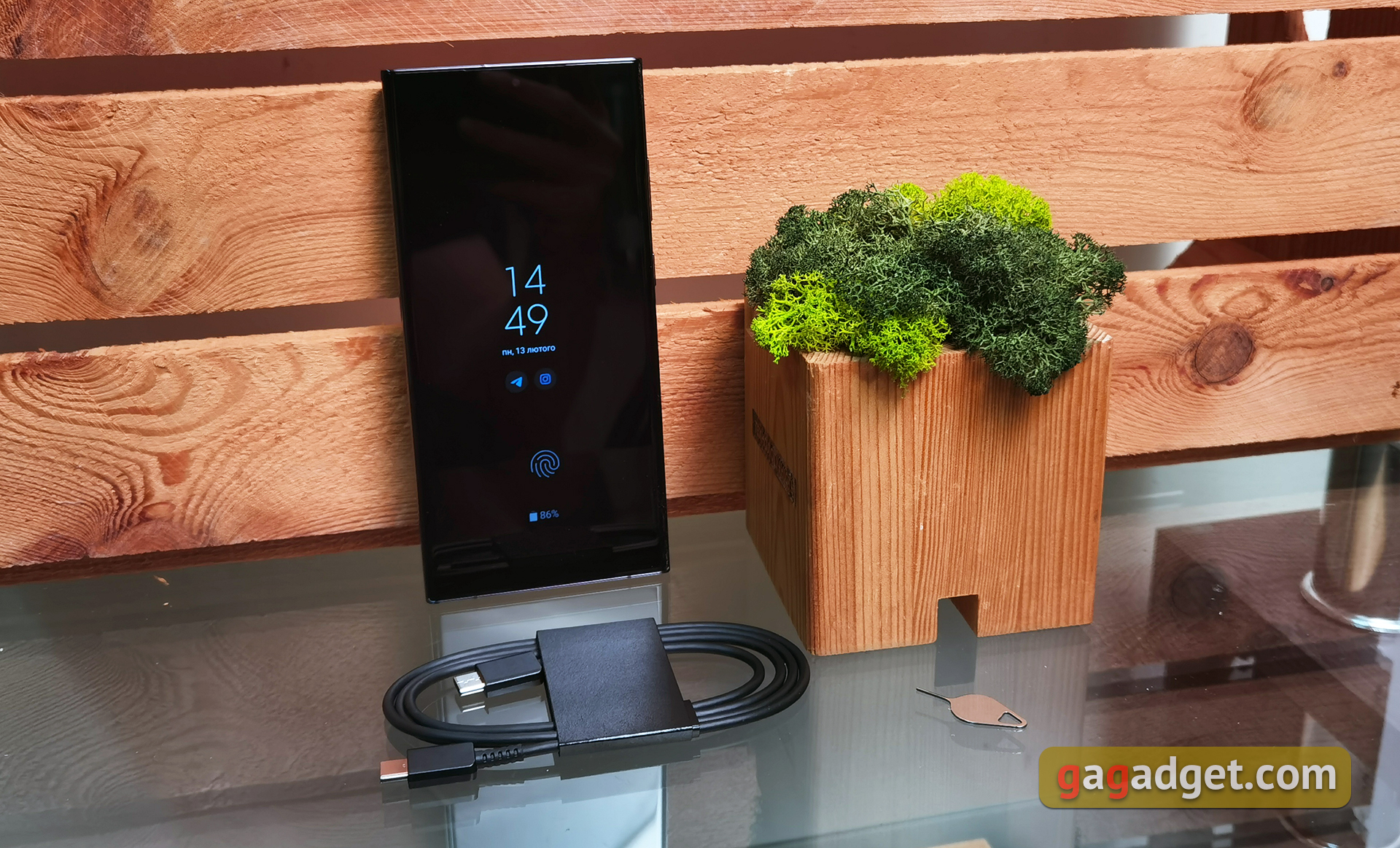
You shouldn't expect changes in the equipment of Samsung's flagship smartphones. So with the Samsung Galaxy S23 Ultra, you will only find a cable with a Type-C connector on both sides, a tool for the SIM card tray, and documentation in the box.
What does the Samsung Galaxy S23 Ultra look like?
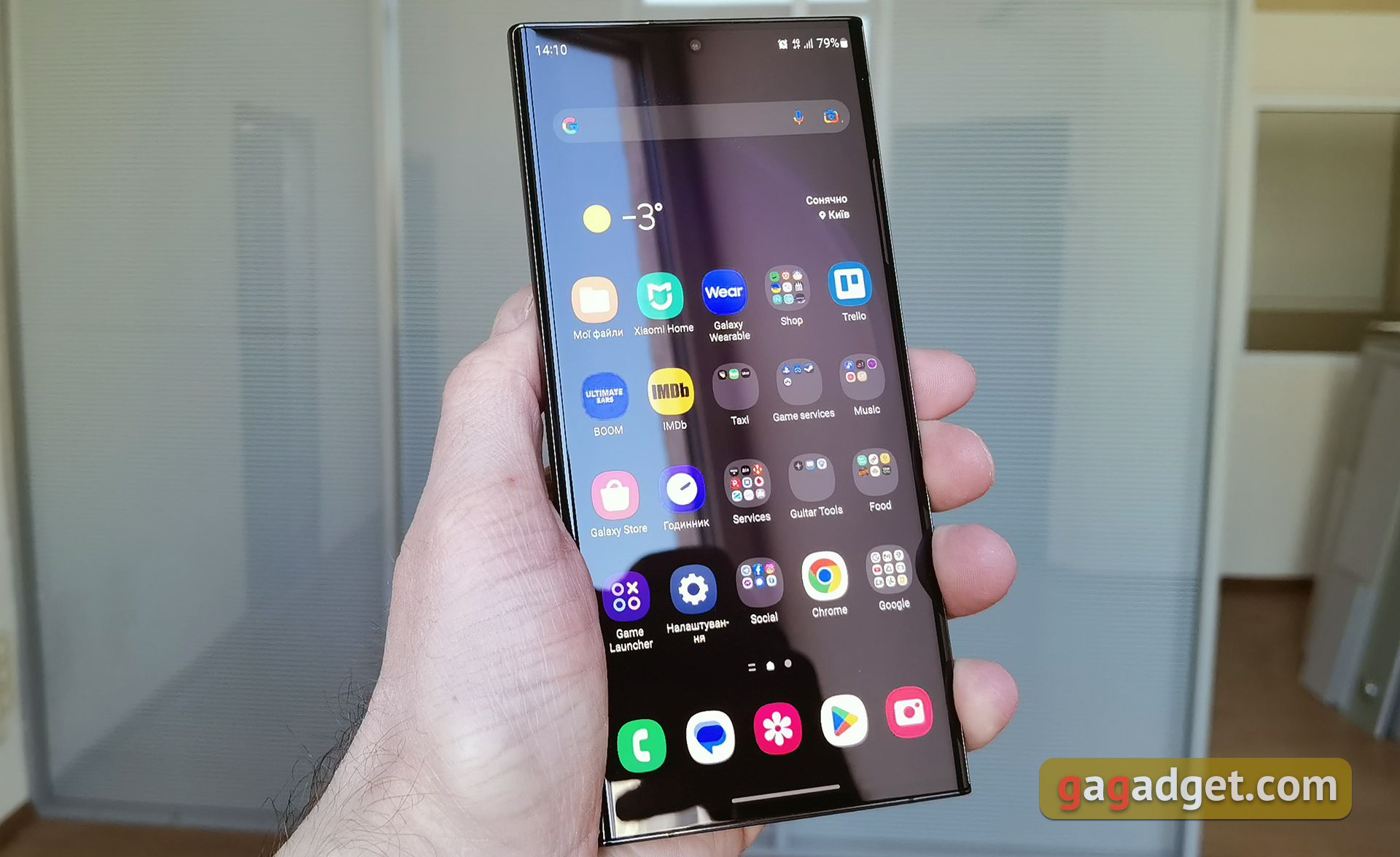
The Samsung Galaxy S23 Ultra is very similar in design and construction to its predecessor from last year. And, at first glance, it will be difficult to tell them apart. Although some details are still different. The shape of the smartphone is reminiscent of the now-defunct Note line, which has always been characterised by sharp angles and straight lines. Like last year, the display has a 6.8-inch diagonal and minimal bezels around the perimeter. But in the Samsung Galaxy S23 Ultra, the company decided to make it almost flat. Yes, there are roundings on the sides, but they are minimal. So opponents of curved screens will be happy. The front camera, as before, is made in the form of a small hole at the top of the screen. It is almost invisible when using wallpapers with a dark top. All of this is protected by a second-generation Gorilla Victus glass sheet, as well as the back cover. According to Corning, the new Gorilla Glass Victus 2 is more scratch-resistant and has withstood drops from a height of up to 1 metre on concrete-like surfaces during laboratory tests.

The layout of the elements on the edges remains unchanged. Above is a single microphone. At the bottom is the main external speaker, USB Type-C connector, two microphones (the previous generation had one), a tray and an S Pen. Like last year, it is located on the left, so it is convenient to remove it when holding the smartphone with your right hand. As you can see, the shape of the smartphone has become more rectangular. Unfortunately, there is currently no way to compare it with Samsung Galaxy S23 Ultra and say which shape is more comfortable.
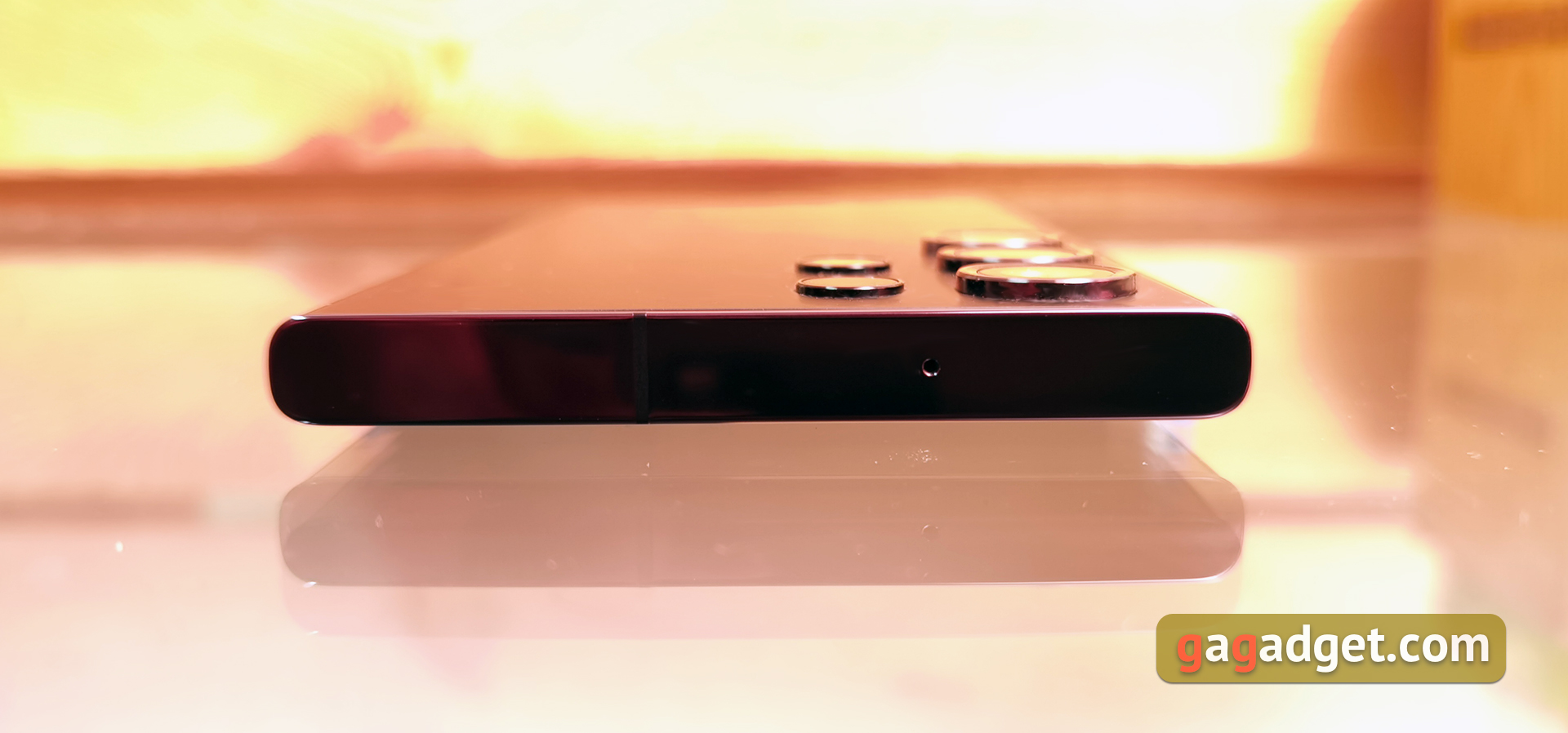
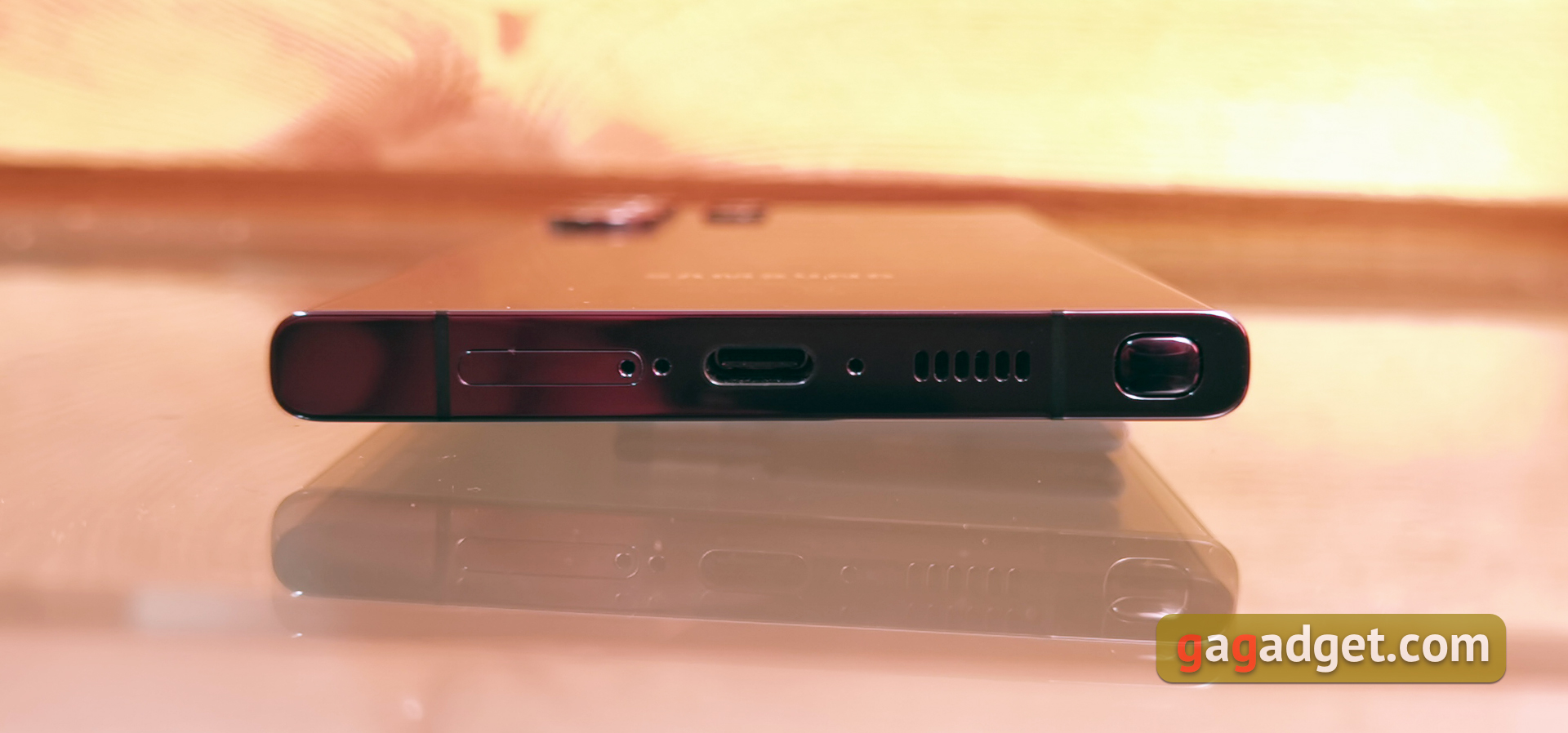
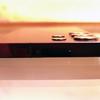

For comparison, see the photo of Samsung Galaxy S22 Ultra:
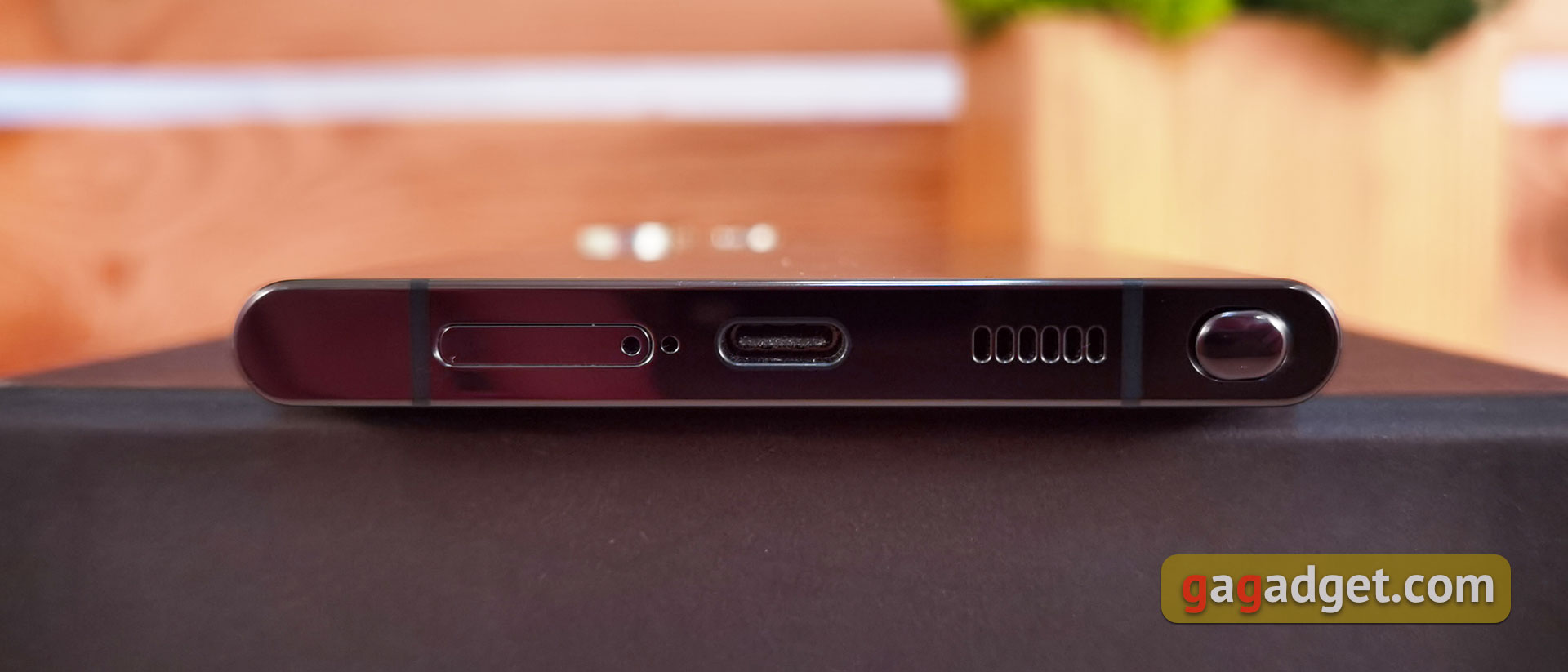
The tray is quite familiar and holds two physical SIM cards. There is also support for eSIM.
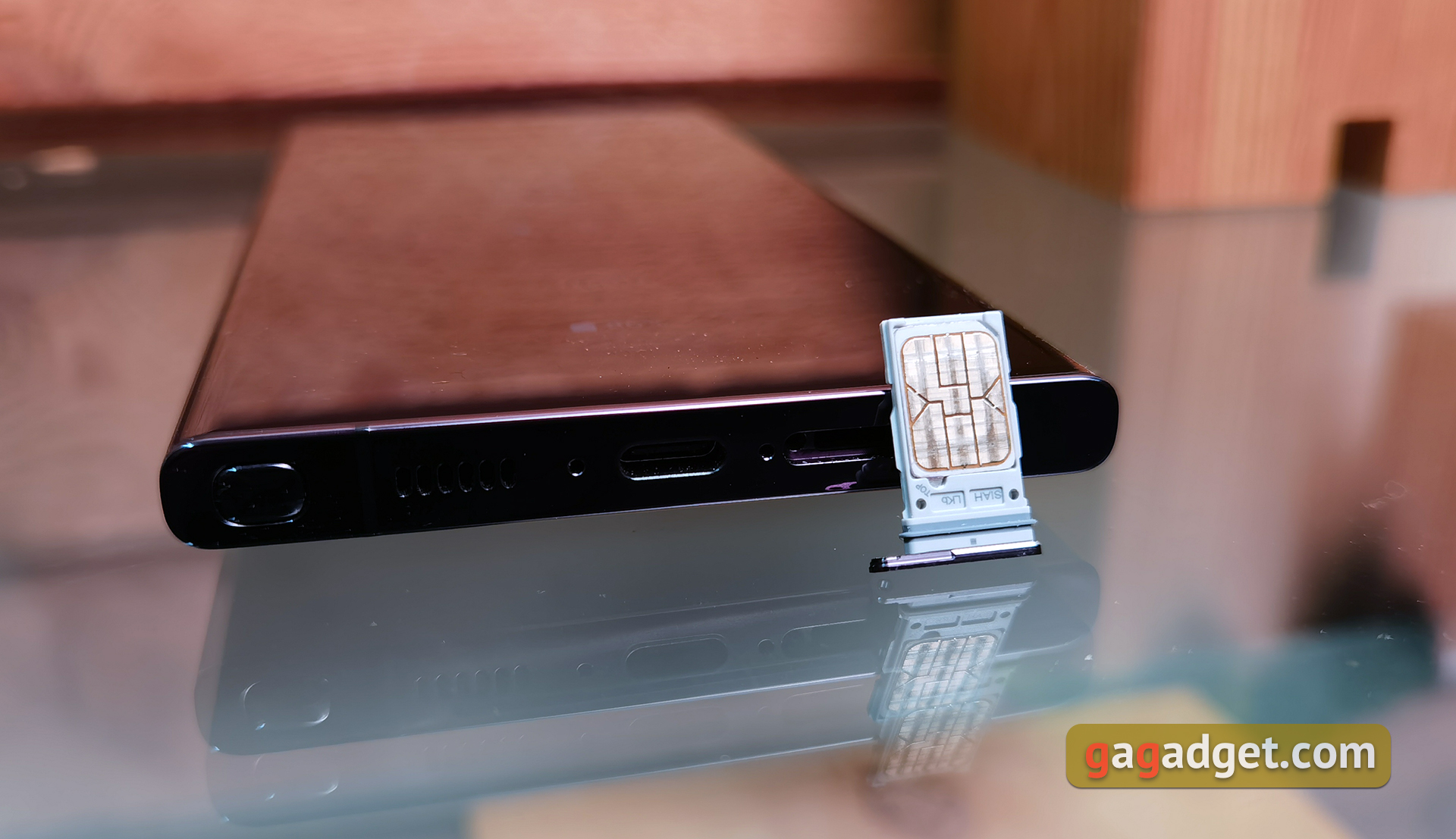
The sides have a standard layout: the power and volume buttons are located on the right side of the smartphone. Their height is quite convenient for right-handed use. For the left hand, the volume buttons are a little higher than we would like. Although this is not surprising, given the large size of the smartphone.

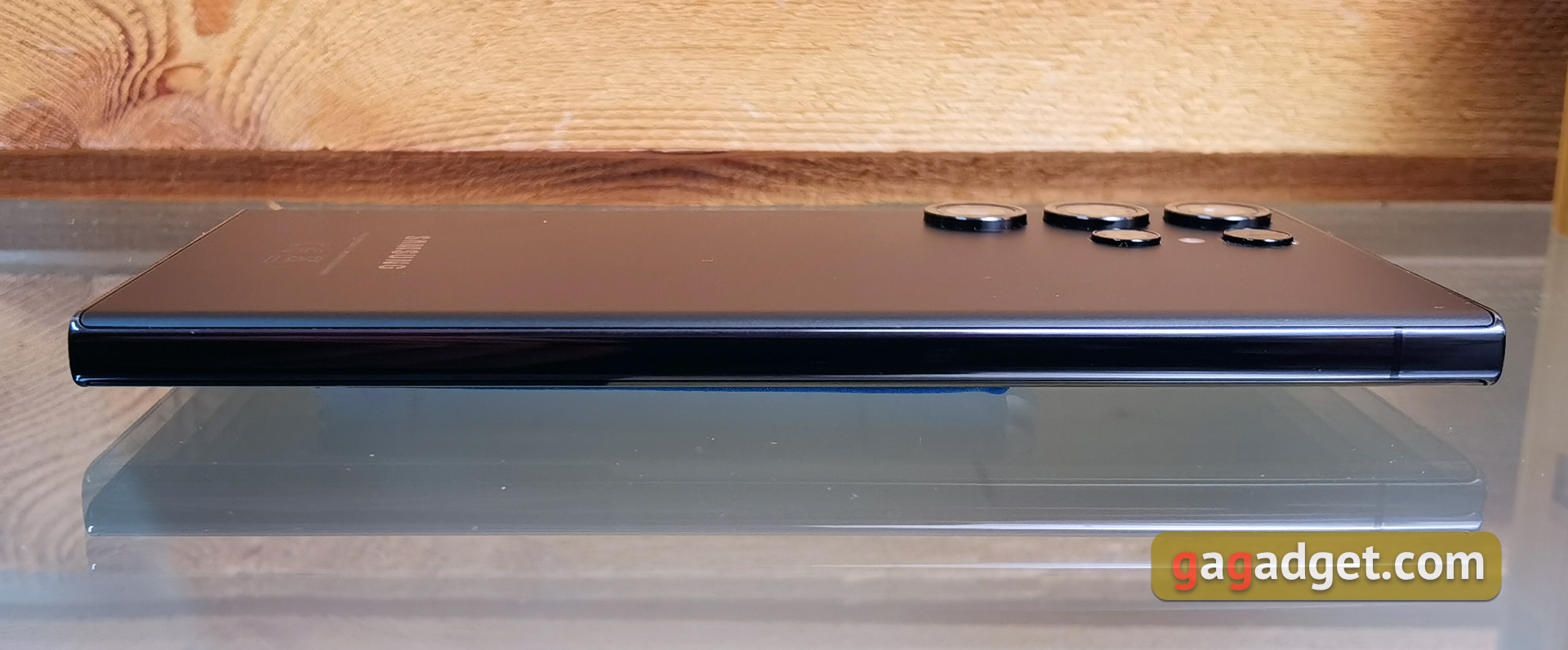


The back panel of Samsung Galaxy S23 Ultra is almost the same as last year's flagship. It's made entirely of frosted glass and hardly collects fingerprints. The cameras are made in separate blocks that protrude quite noticeably above the body. It looks very similar to the Galaxy S22 Ultra, but the bezels of each lens are now slightly thicker. The minimalist design is not bad, but dust immediately collects near the protruding cameras, which does not look very aesthetically pleasing. Another disadvantage of this solution is that if the protruding parts rub against different surfaces (for example, a table), the paint may be damaged over time.
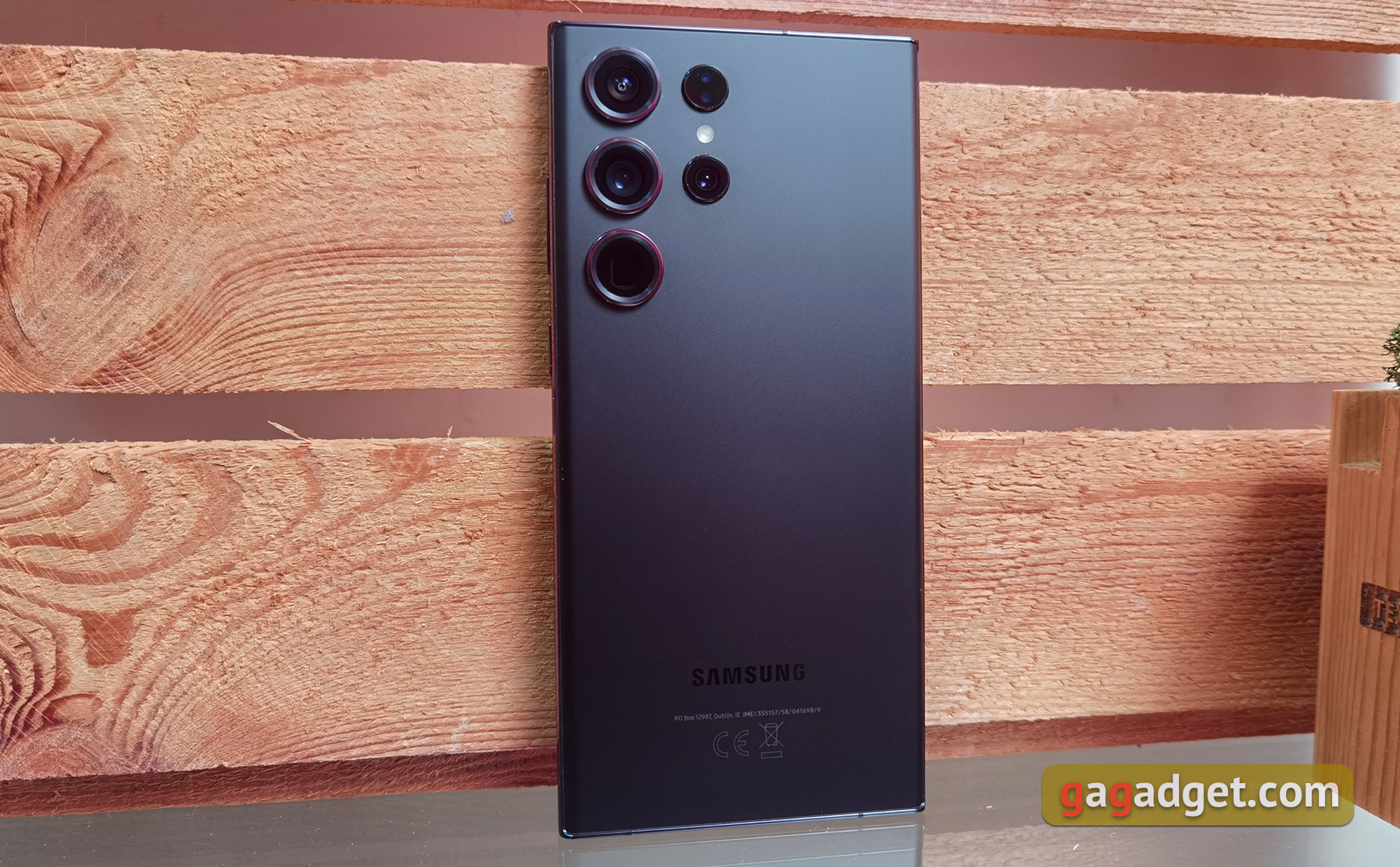
The S Pen is similarly black and has a matte finish. There are no structural differences from the previous model. It has a single physical button on the body.
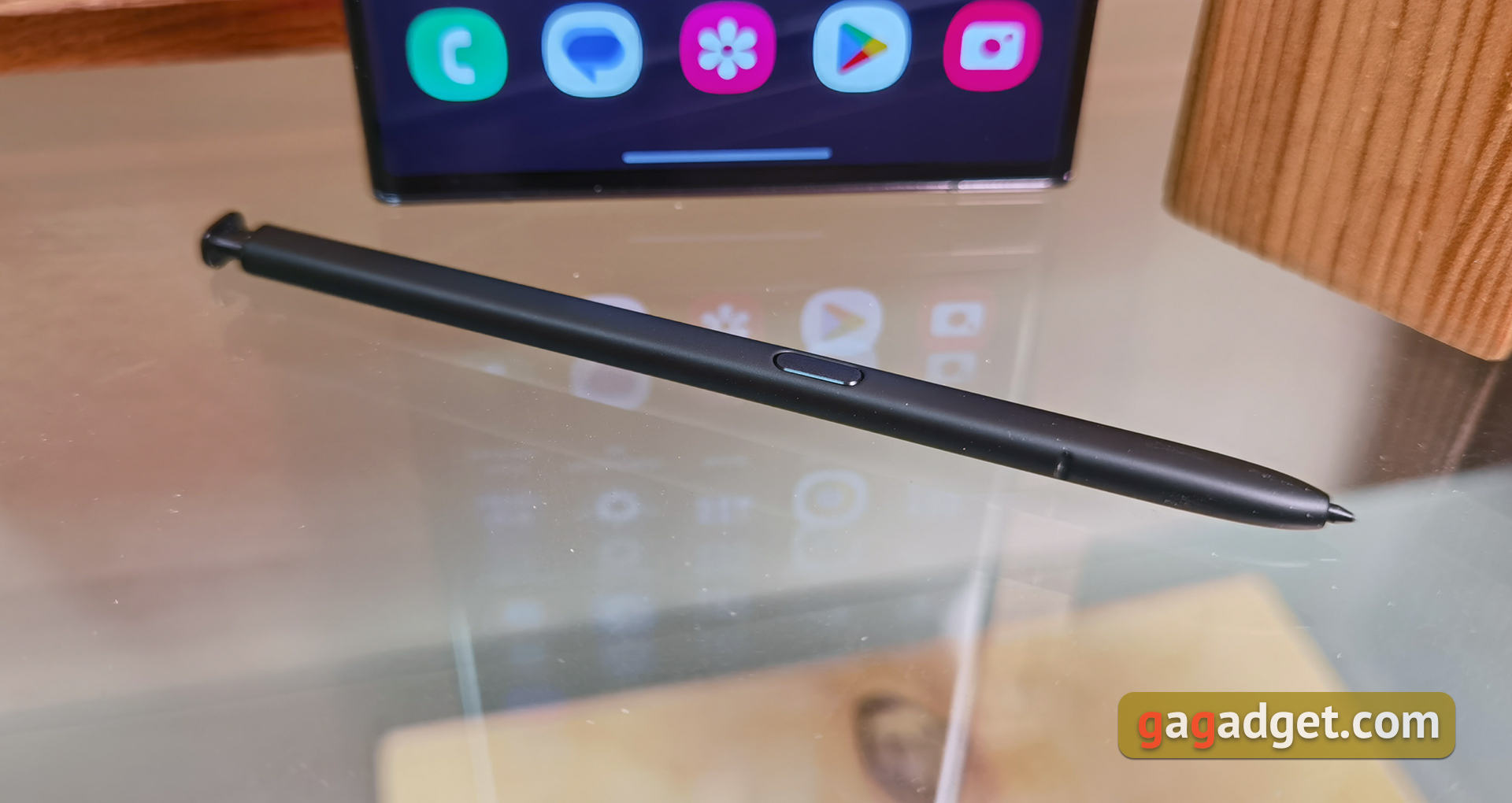
The smartphone is large and has almost the same dimensions as the previous model. The weight has increased slightly: from 228 g to 234 g. However, this difference will be very difficult to notice. It has IP68 dust and water protection: the smartphone can withstand up to 30 minutes at a depth of 1.5 metres in fresh water. Samsung continues to use recycled materials in its smartphones. In this case, some elements and buttons are made of recycled plastic and aluminium.
How good is the screen?

The Samsung Galaxy S23 Ultra uses a 6.8-inch Dynamic AMOLED 2X display with an almost flat shape. Bends on the sides are minimal. It is made using LTPO technology and supports an adaptive refresh rate of 1-120 Hz, and the sensor readout frequency is 240 Hz. Theresolution is 3088x1440, and the pixel density is about 500 ppi. Samsung promises that the peak brightness is 1750 cd/m2. Although it's worth remembering that peak brightness is the maximum possible brightness of a very small area of white for a minimum period of time, so this is more of a marketing designation. There is support for HDR10+ and Dolby Vision. Colour gamut is 100% of the DCI-P3 colour space. Visually, there are no complaints about the screen: a large margin of brightness, maximum viewing angles and very rich colours. Overall, it's one of the best screens I've ever seen and used.
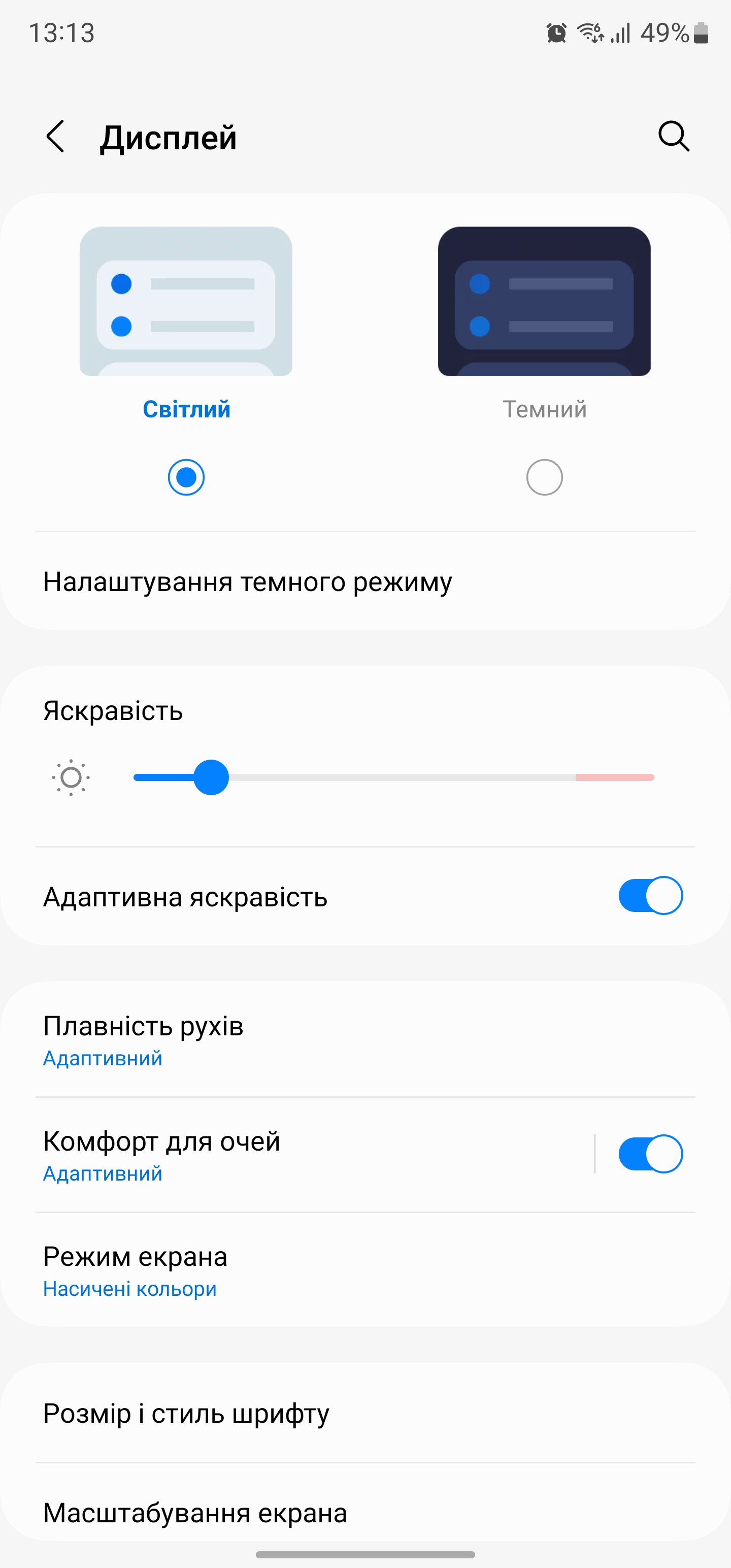
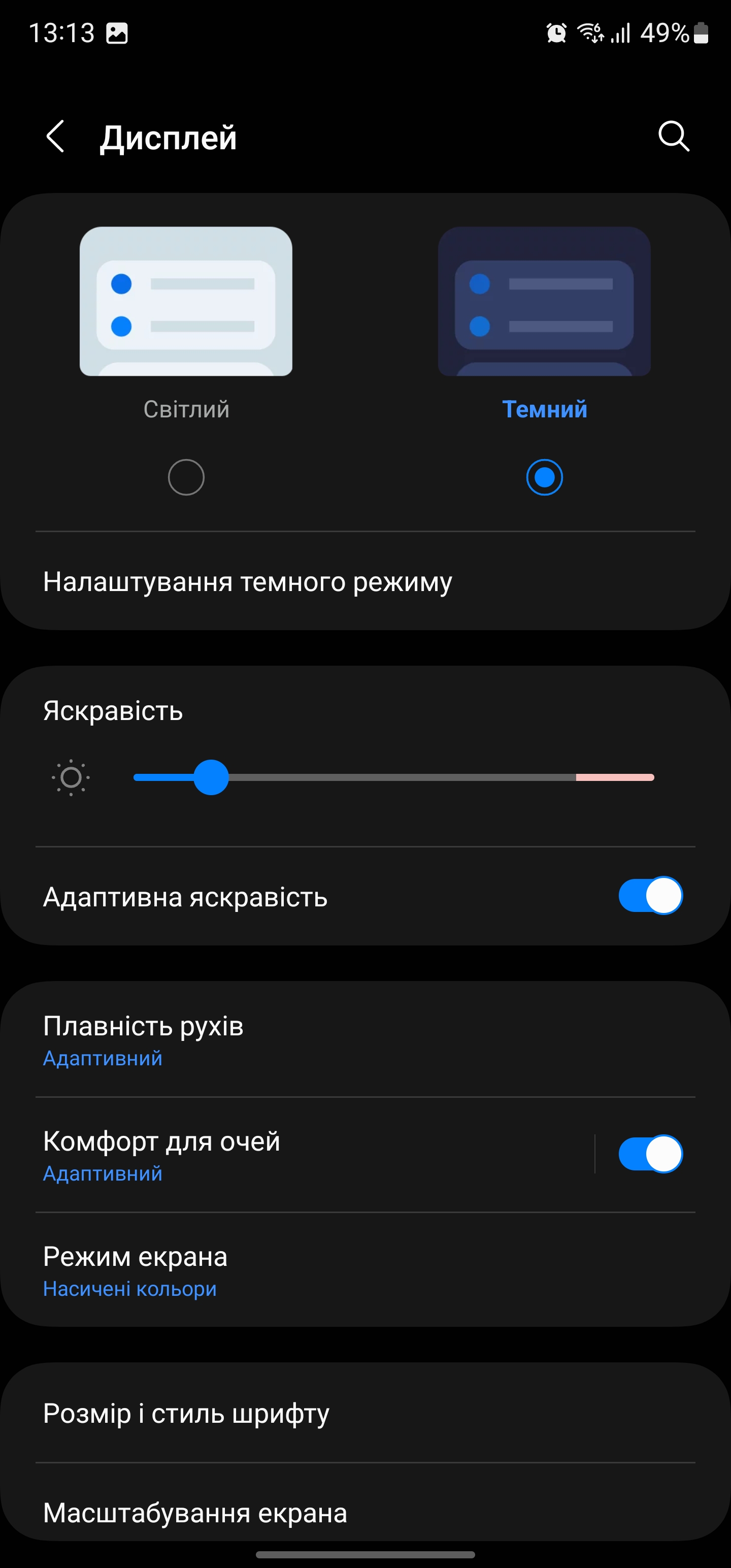

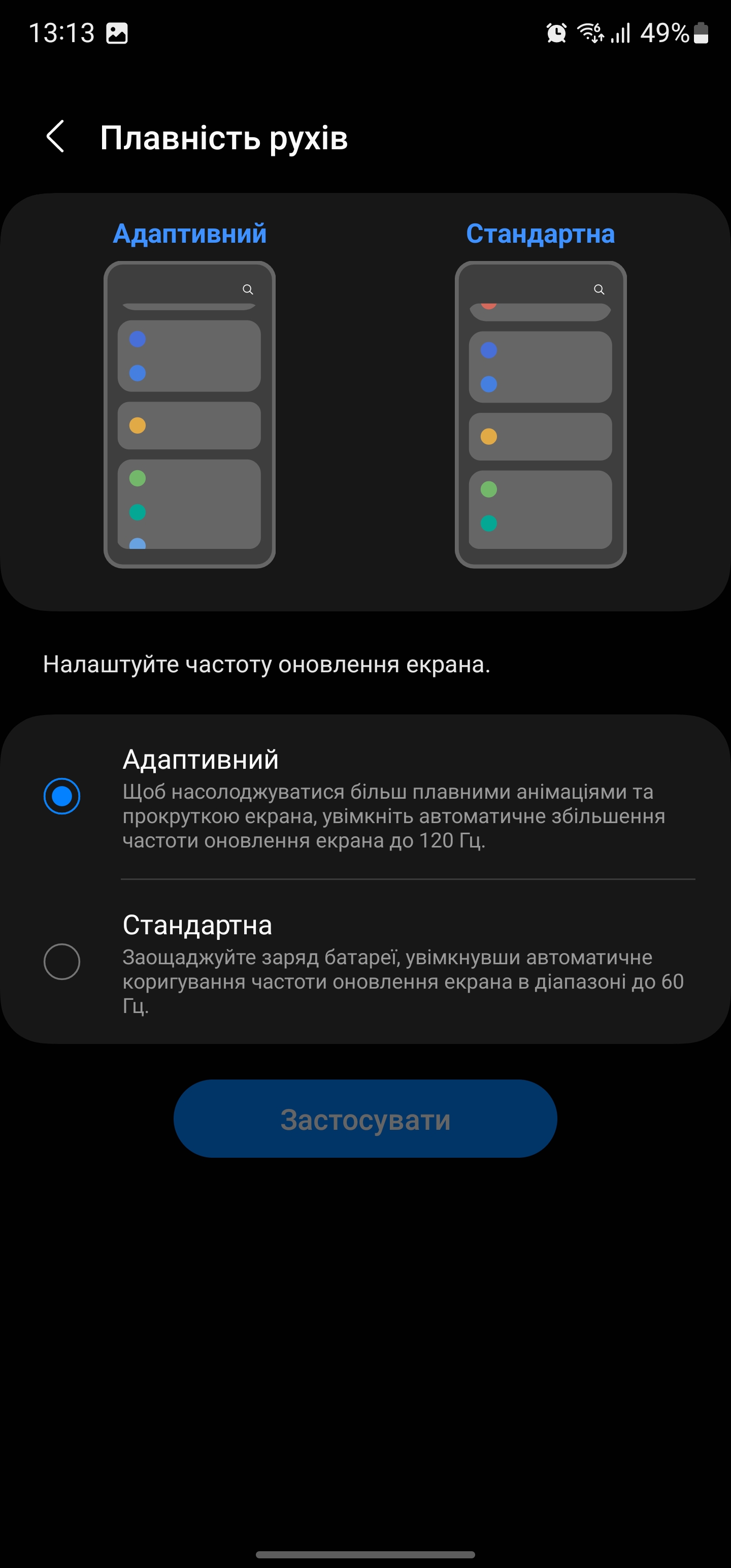
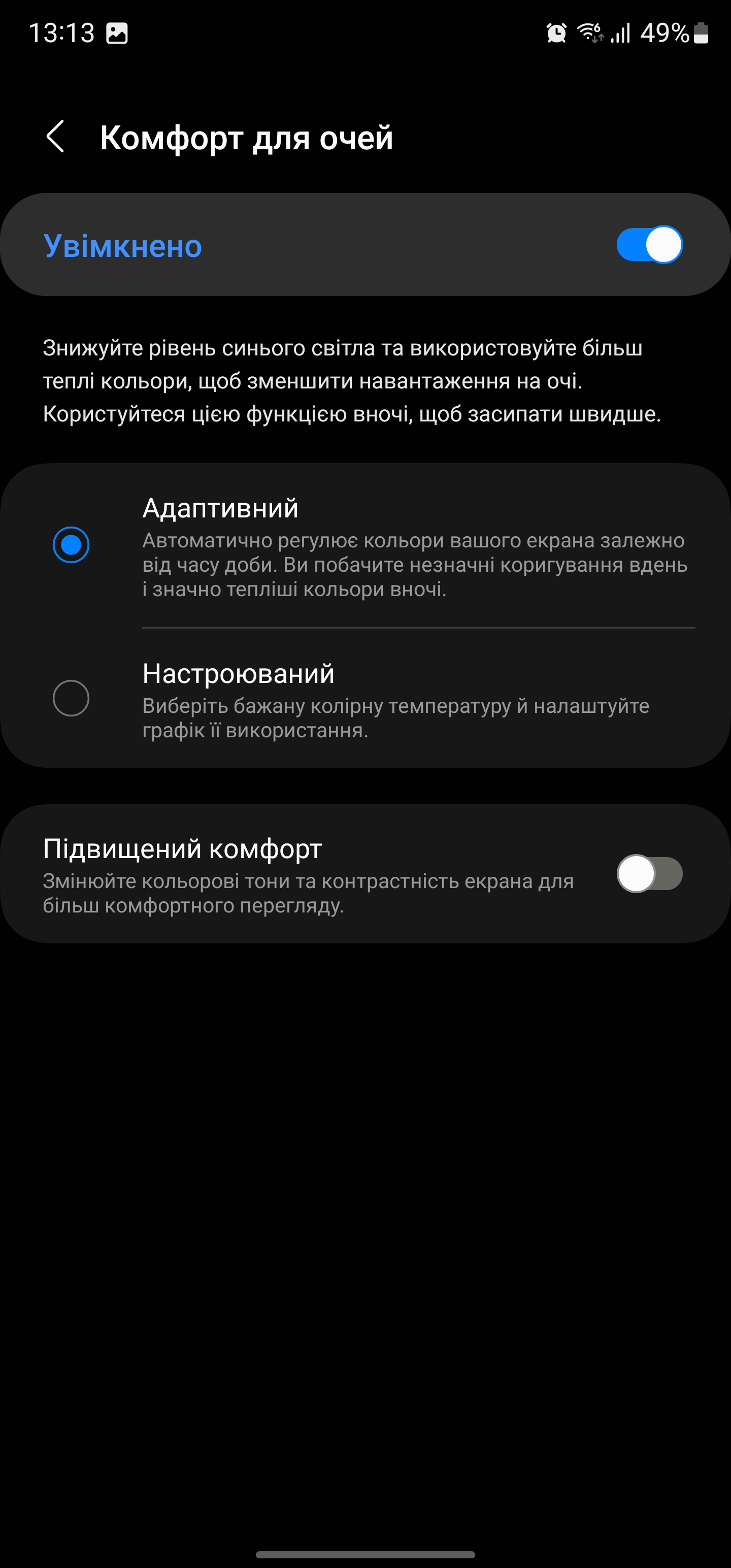
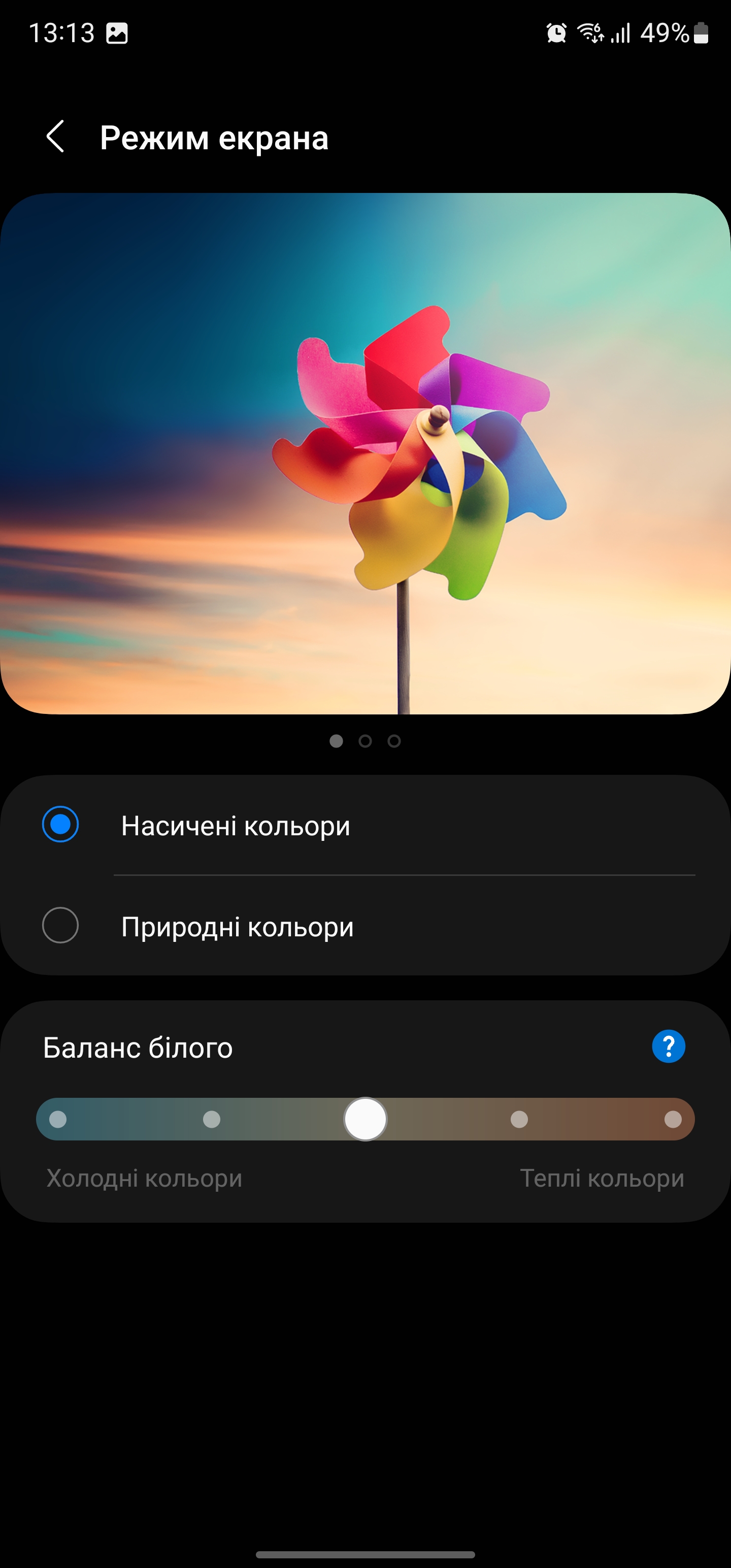
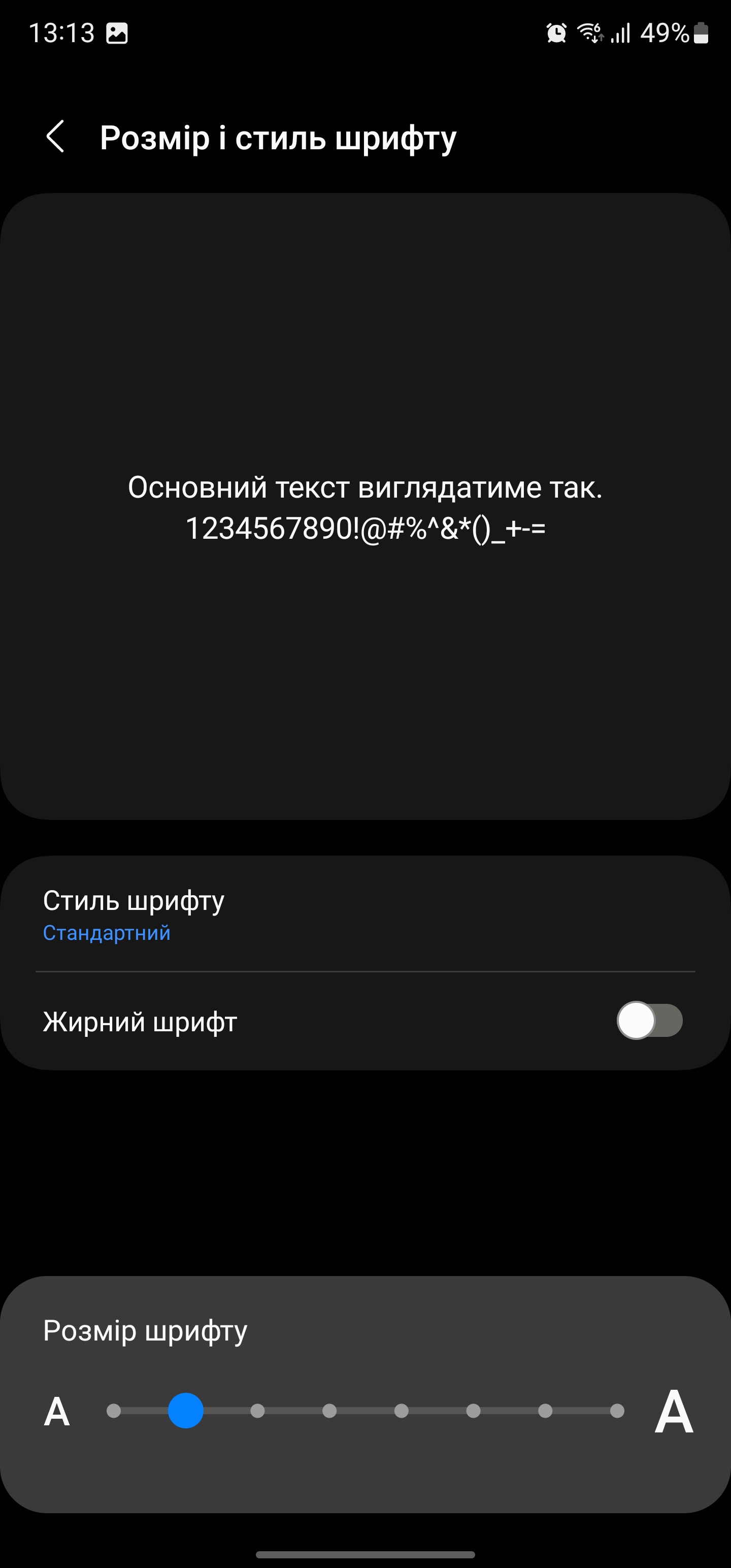
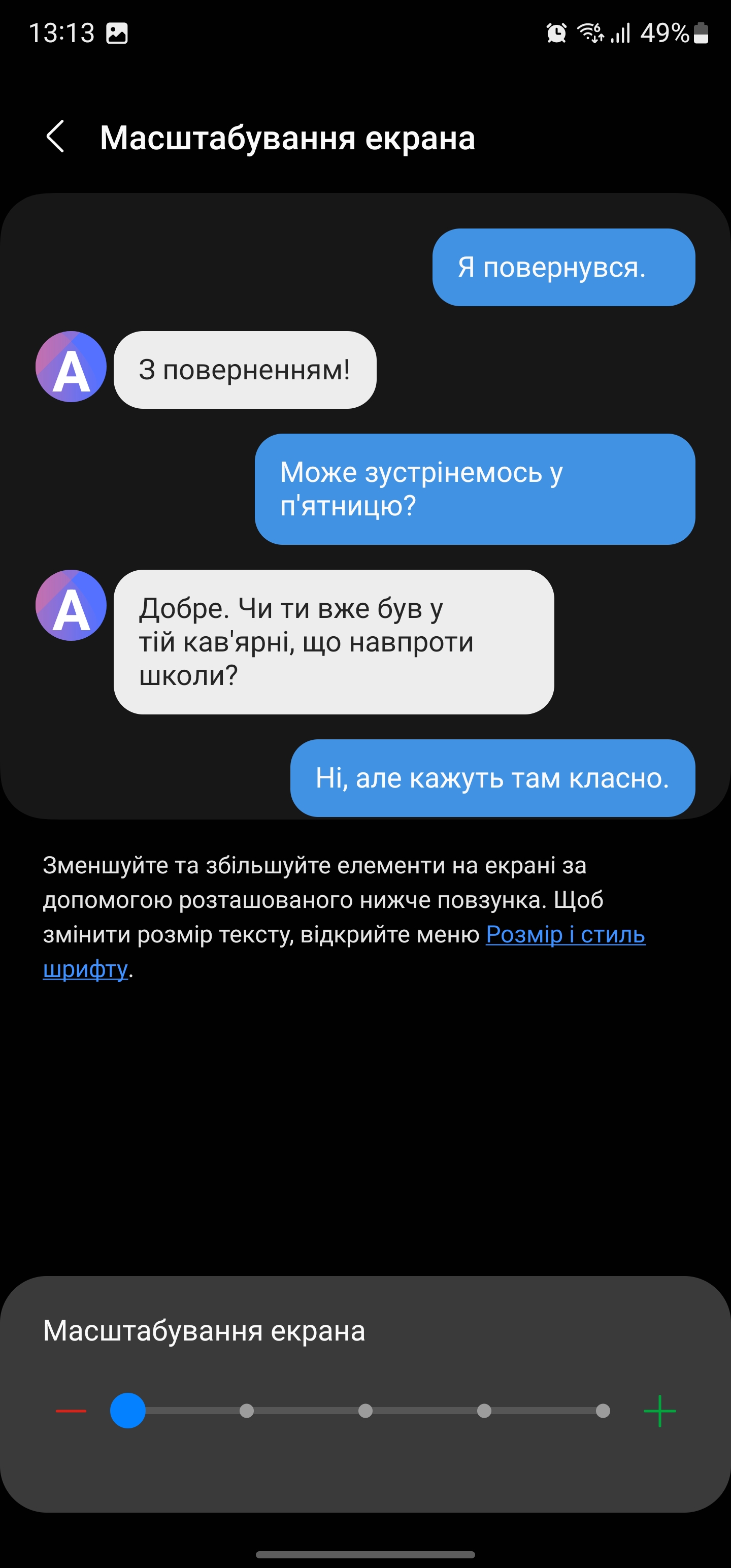
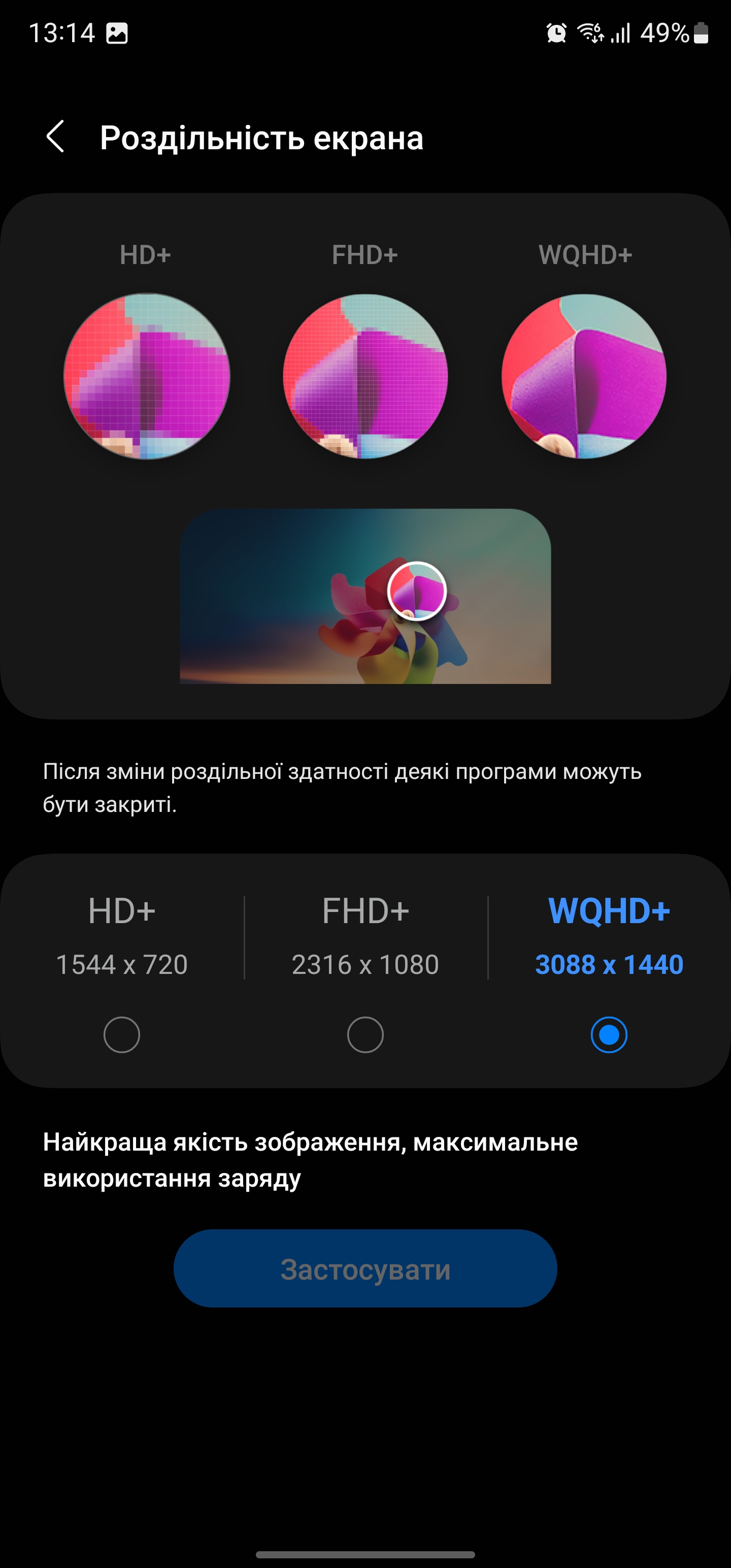
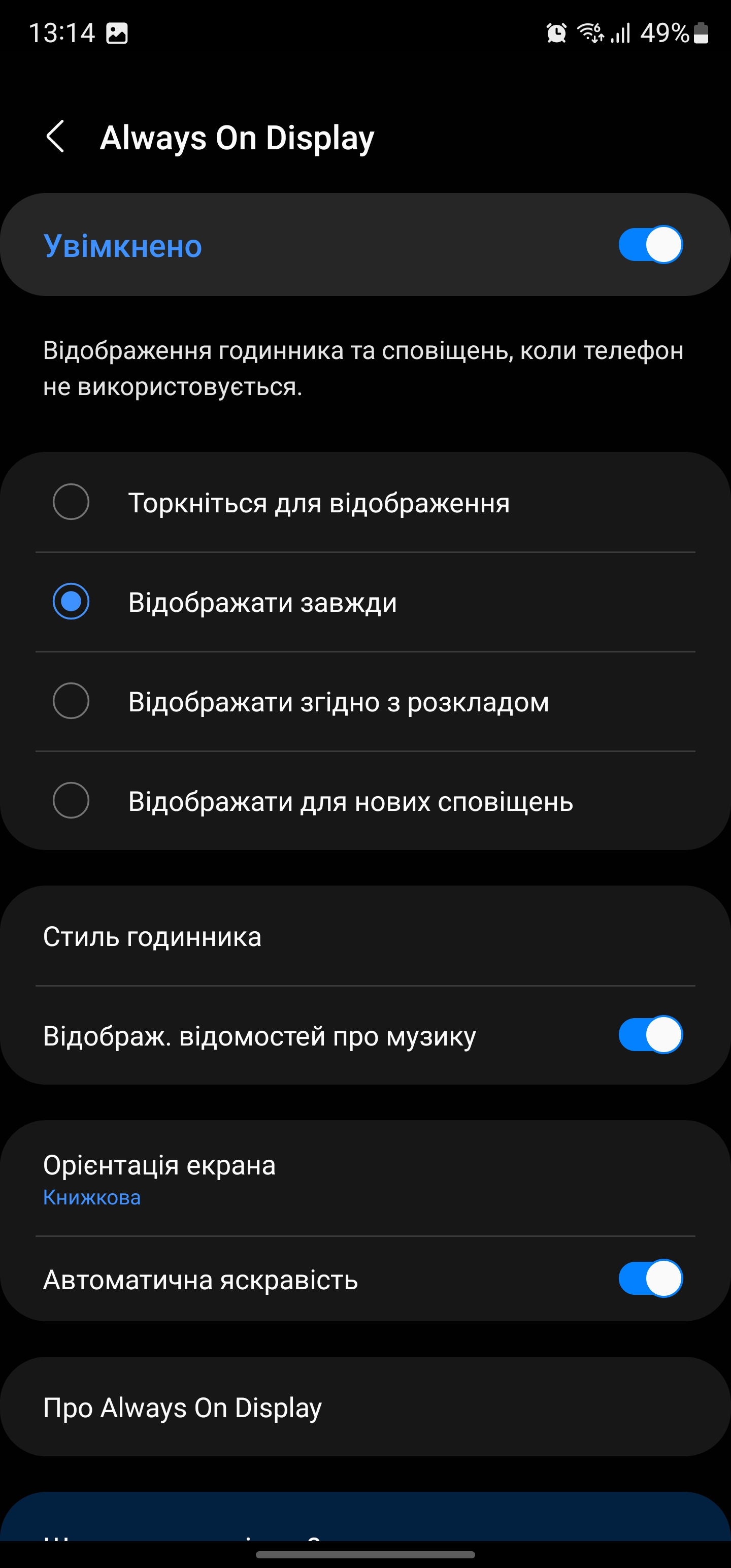

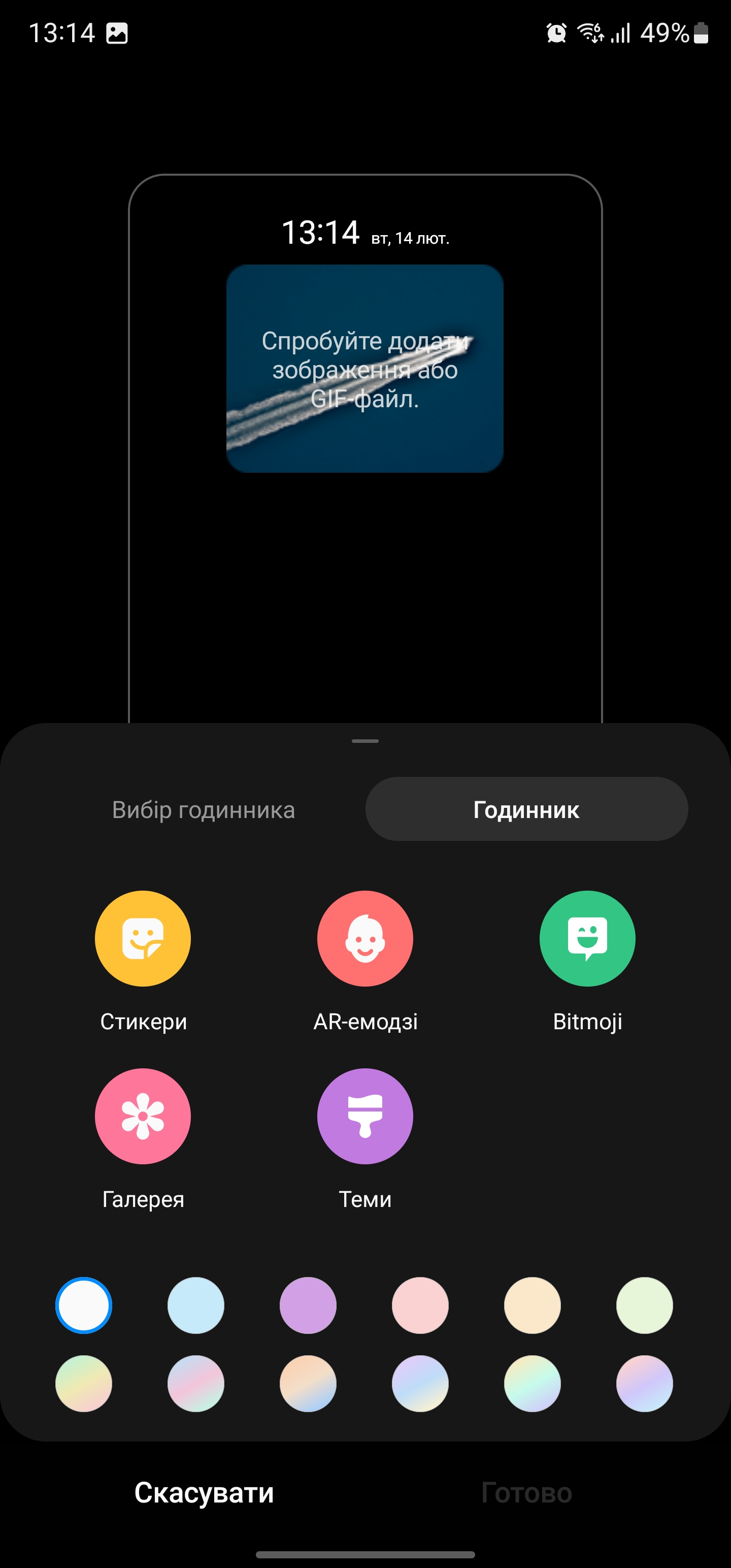





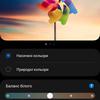






In the settings, you can choose between a dark and a light theme (or activate automatic switching), adjust the brightness (there is a high-brightness mode), choose the screen refresh rate (adaptive 1-120 Hz and standard 60 Hz), turn on eye comfort (automatic adjustment of colour temperature depending on ambient light), colour display mode (saturated or natural sRGB), adjust the interface scale and font, and Always on Display. Everything is familiar to Samsung flagships of recent years.

Measurement of the screen with the "Saturated" mode enabled showed the maximum brightness in manual mode 696.675 cd/m2, very accurate colour reproduction (all indicators are close to the reference values) and much wider colour gamut than sRGB .

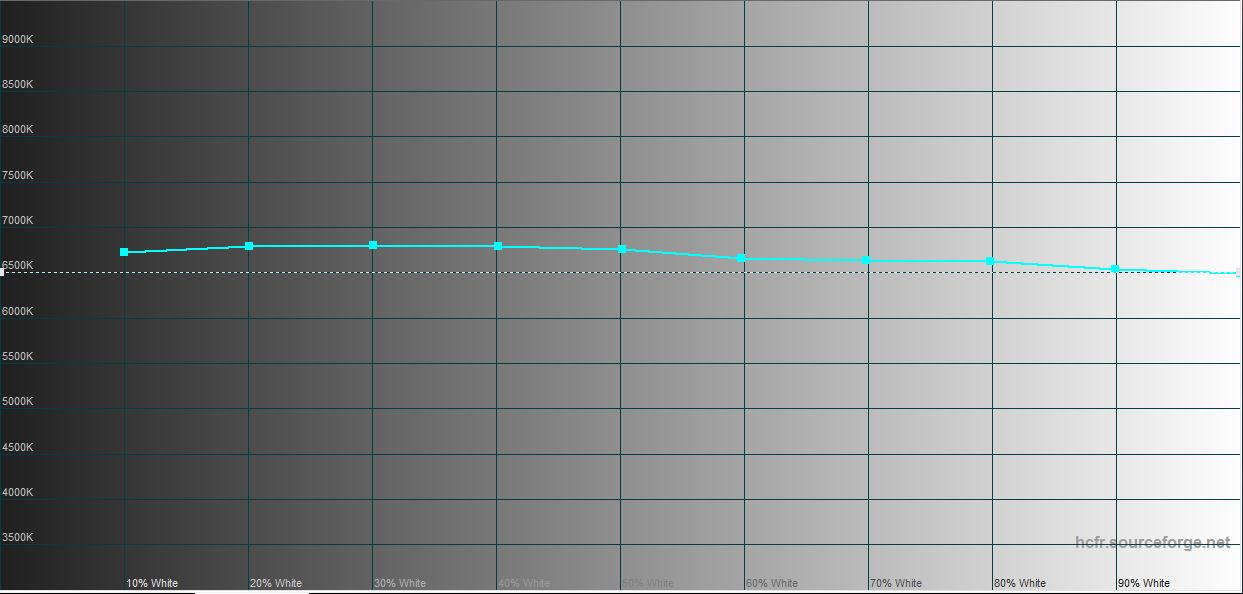
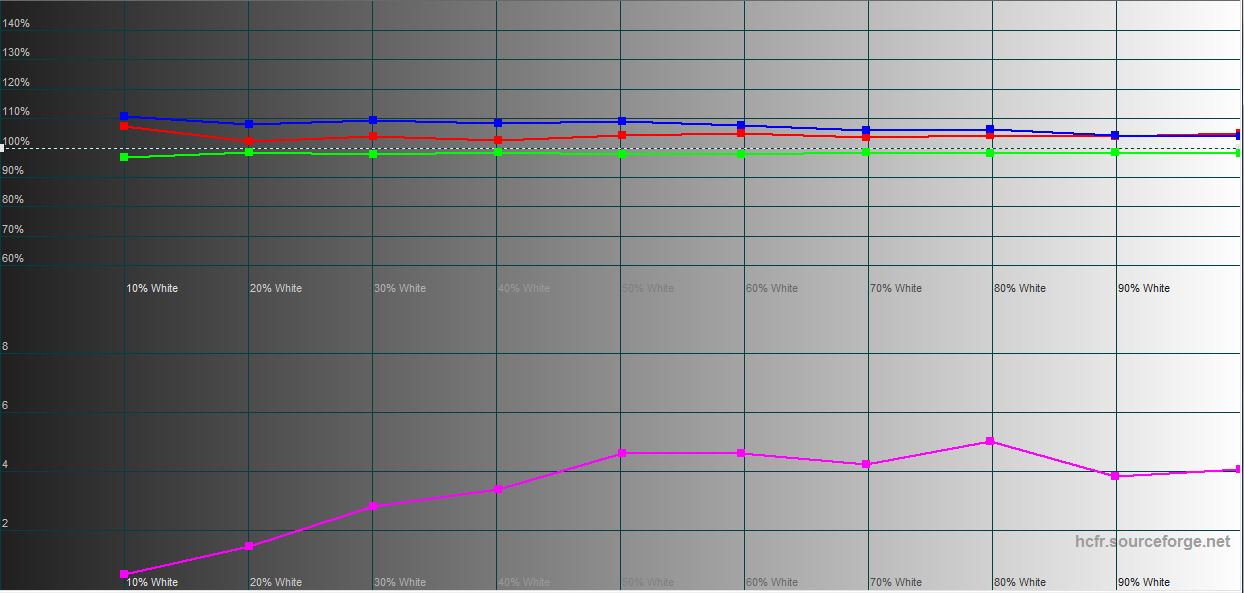
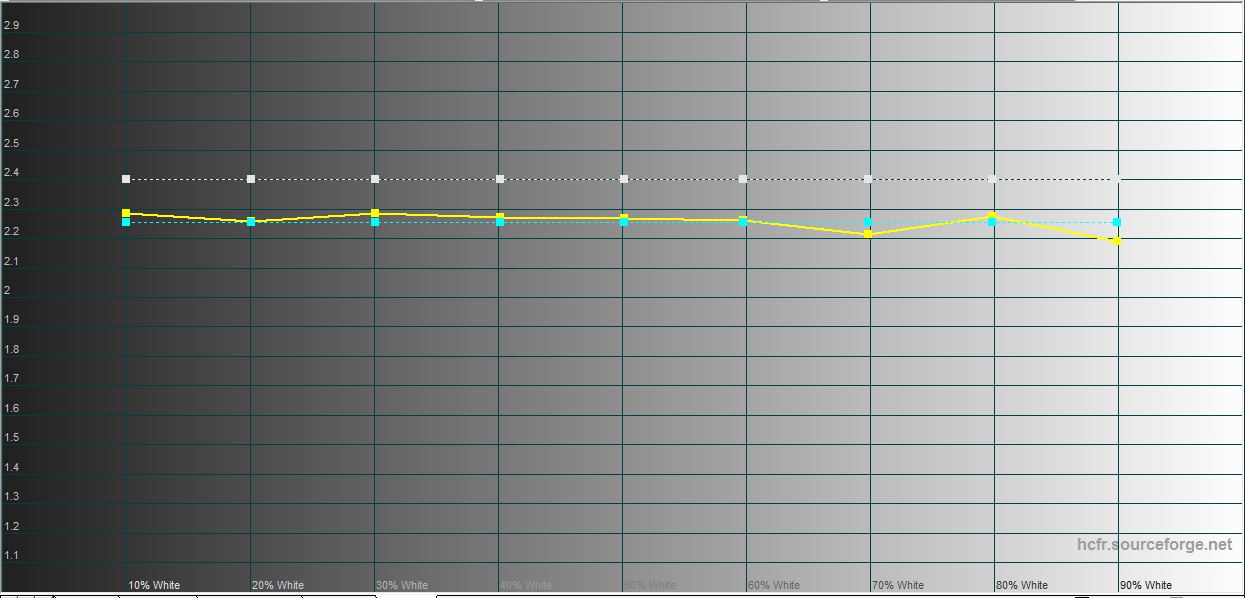
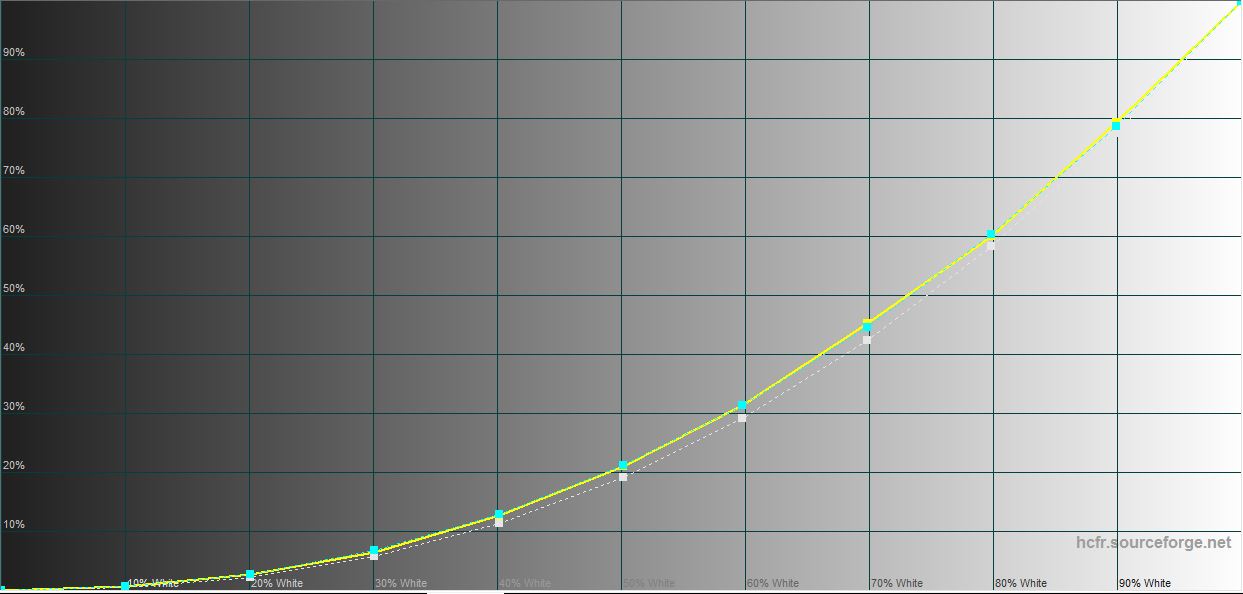
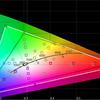

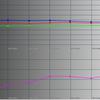
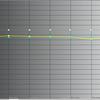

In "Natural" mode, the colour reproduction is not as accurate, and the colour gamut is close to sRGB. At the same time, the brightness is slightly lower: 658.171 cd/m2.
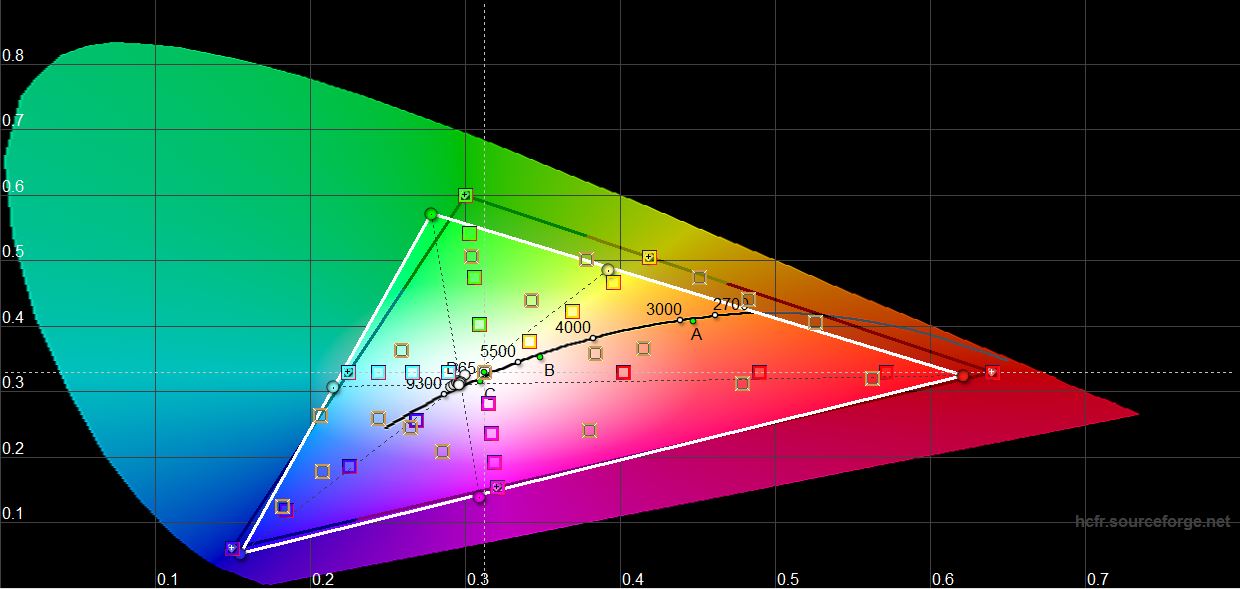
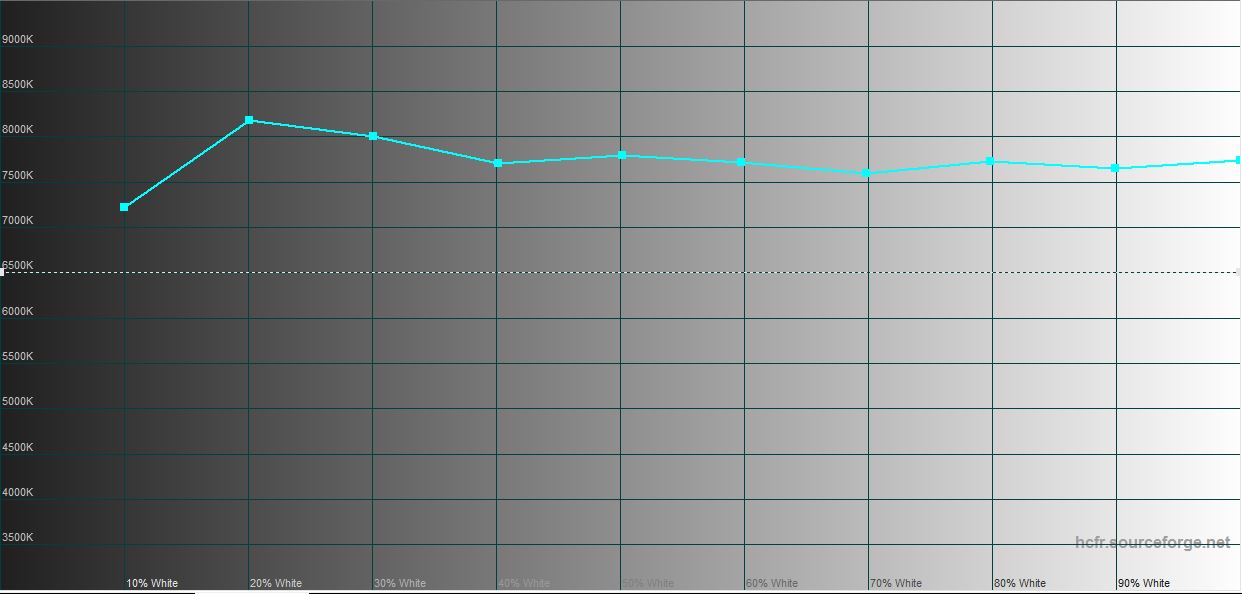
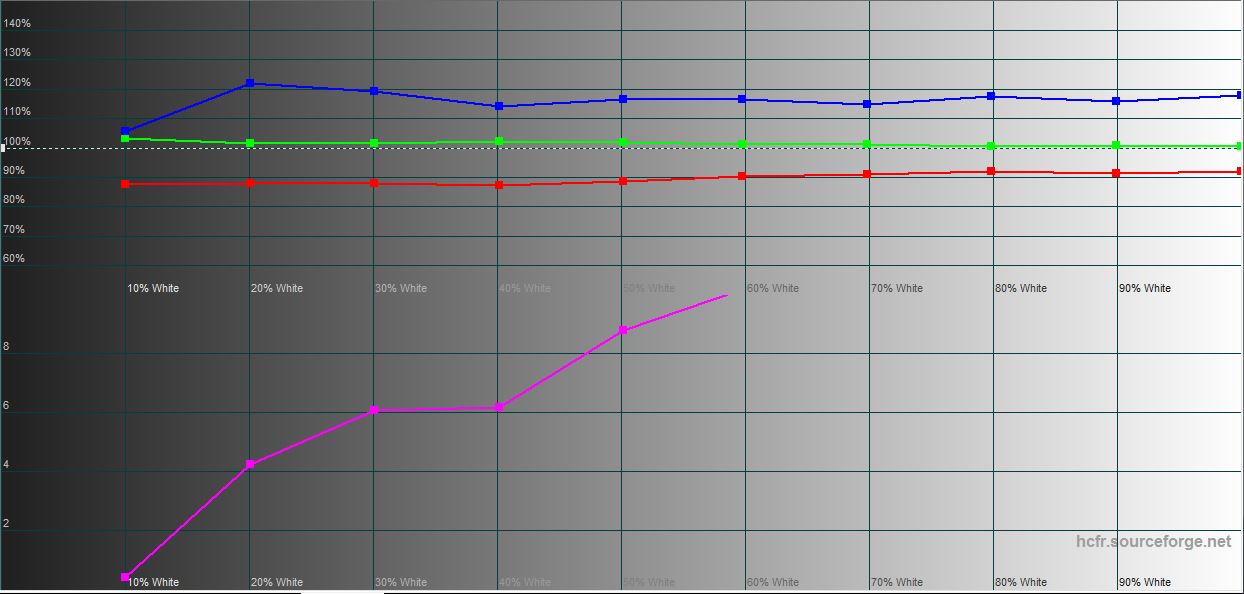
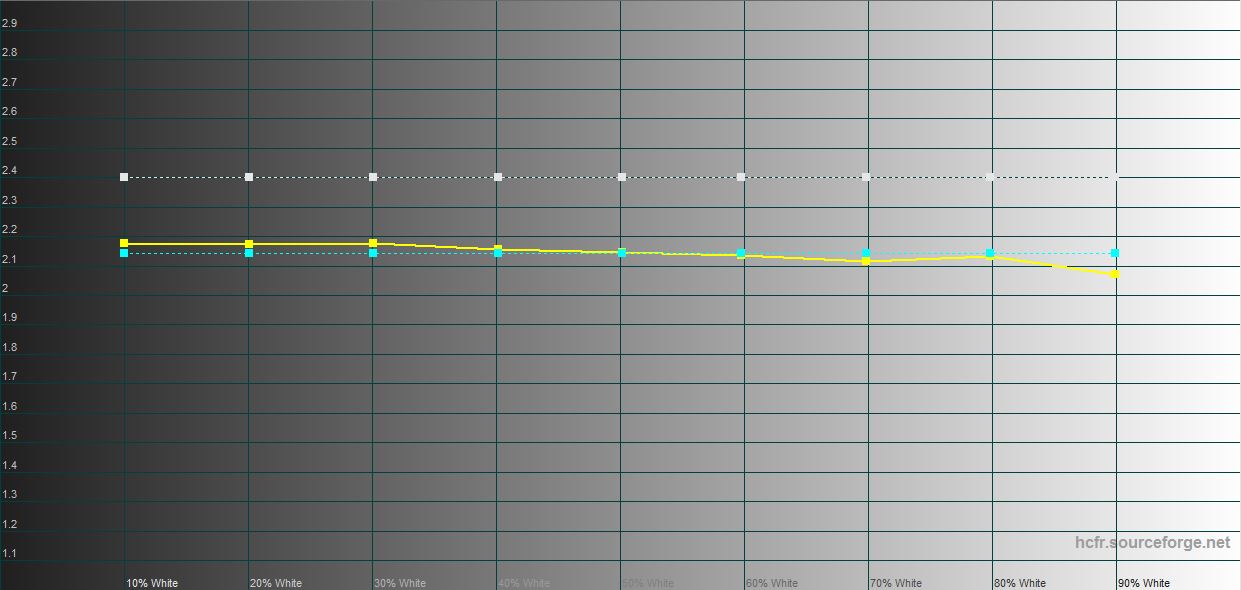


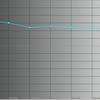
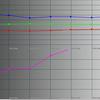
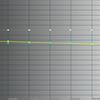

Comparison with other models:
| Device name | White field brightness, cd/m2 |
Black field brightness, cd/m2 |
Contrast |
|---|---|---|---|
| Samsung Galaxy S23 Ultra | 696.675 | 0 | ∞ |
| Samsung Galaxy S22 Ultra | 688.649 | 0 | ∞ |
| Samsung Galaxy Z Flip3 | 460.6 | 0 | ∞ |
| Samsung Galaxy Z Fold3 | 479.32 | 0 | ∞ |
| Xiaomi 11T Pro | 493.872 | 0 | ∞ |
| ASUS ROG Phone 5 | 482.347 | 0 | ∞ |
| Samsung Galaxy S21+ | 437.906 | 0 | ∞ |
| Sony Xperia 1 | 394.97 | 0 | ∞ |
| Huawei P30 Pro | 447.247 | 0 | ∞ |
| Samsung Galaxy S10 | 378.72 | 0 | ∞ |
What are the unlocking methods?
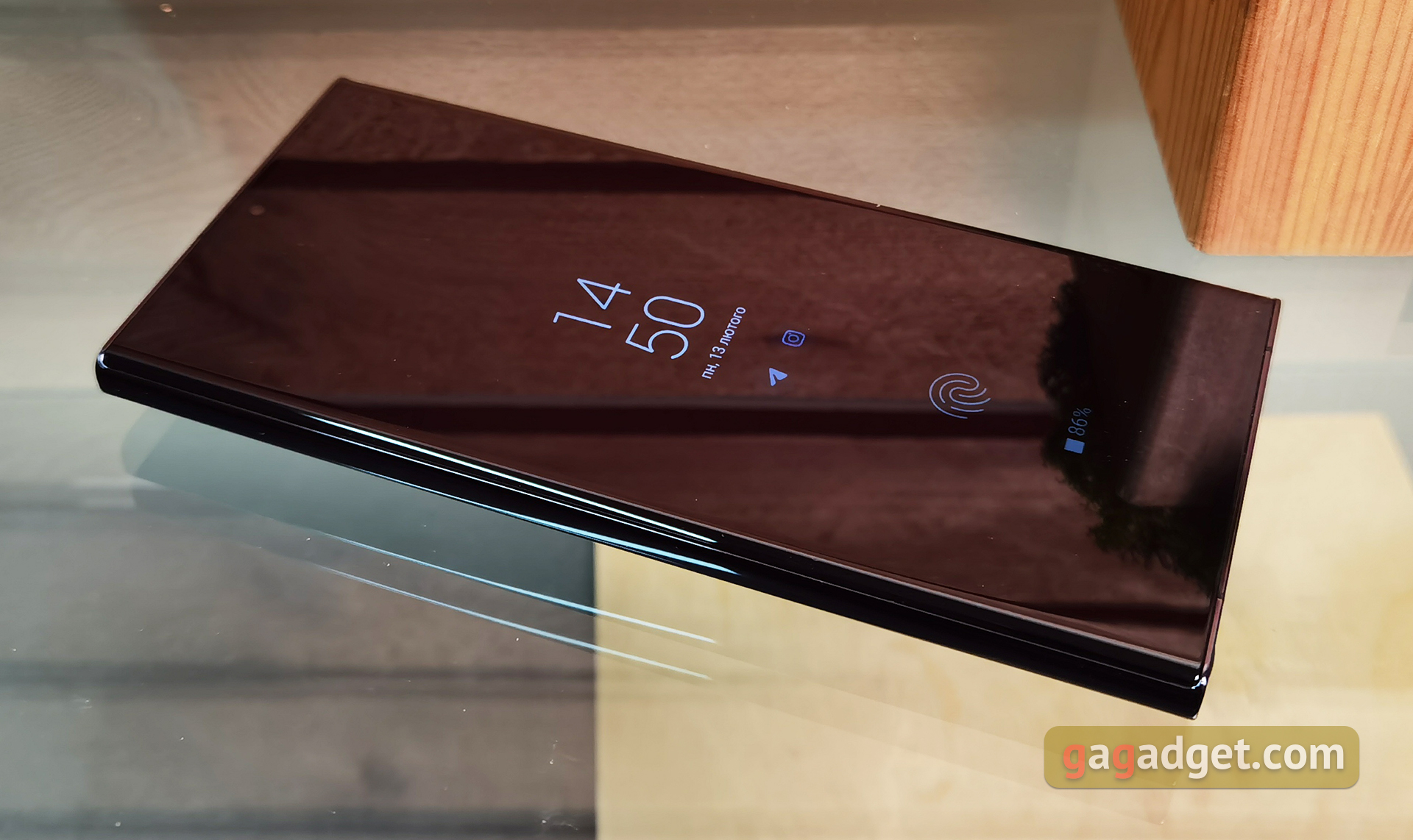
Samsung Galaxy S23 Ultra uses an ultrasonic fingerprint scanner in the screen. During the use of the smartphone, there was not a single recognition error. The scanning speed is high, almost similar to traditional capacitive scanners. The front-facing camera is responsible for face recognition, so the speed depends on the lighting. Additional settings include preventing recognition when eyes are closed and increasing the brightness of the display in low light, as well as the ability to register additional facial features for faster recognition.

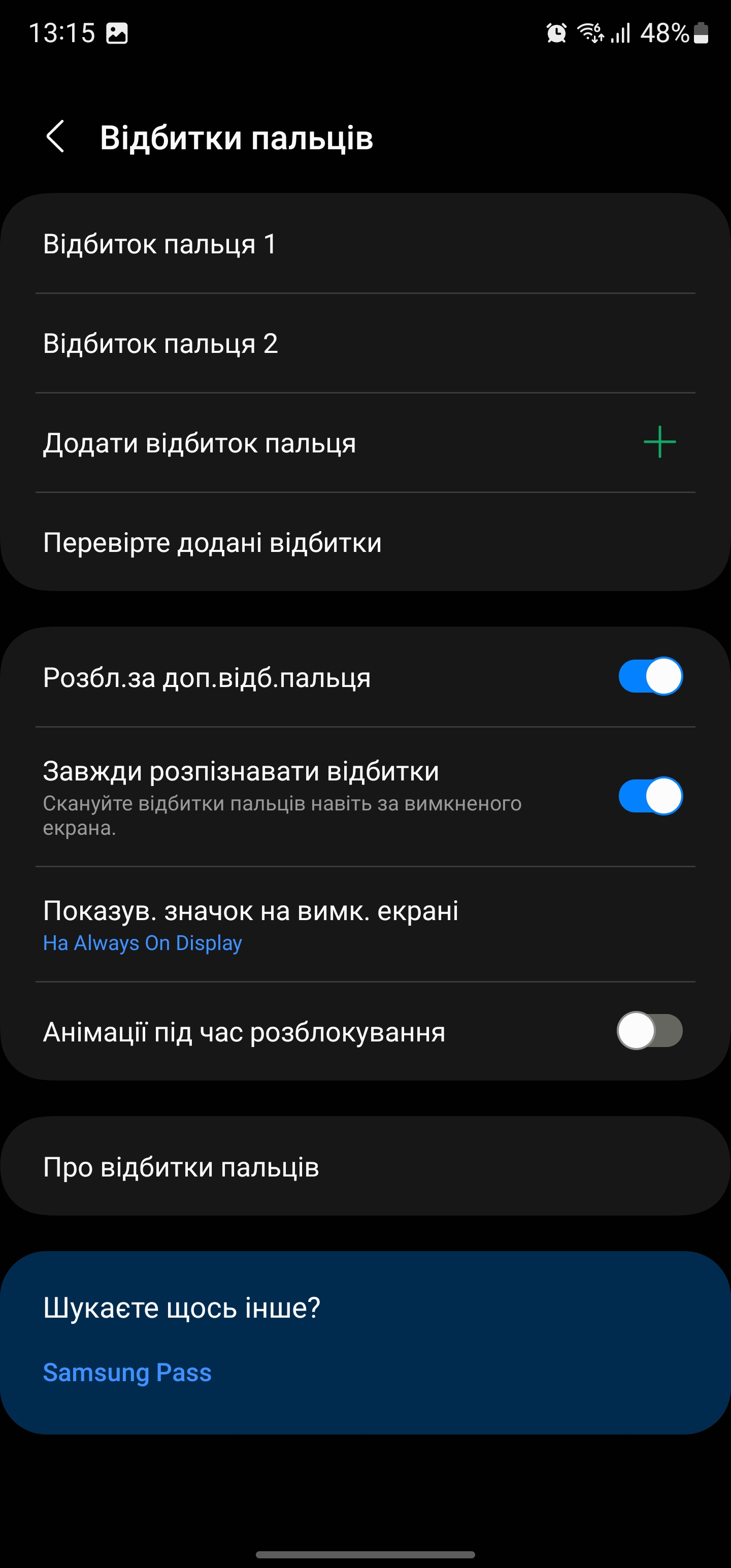

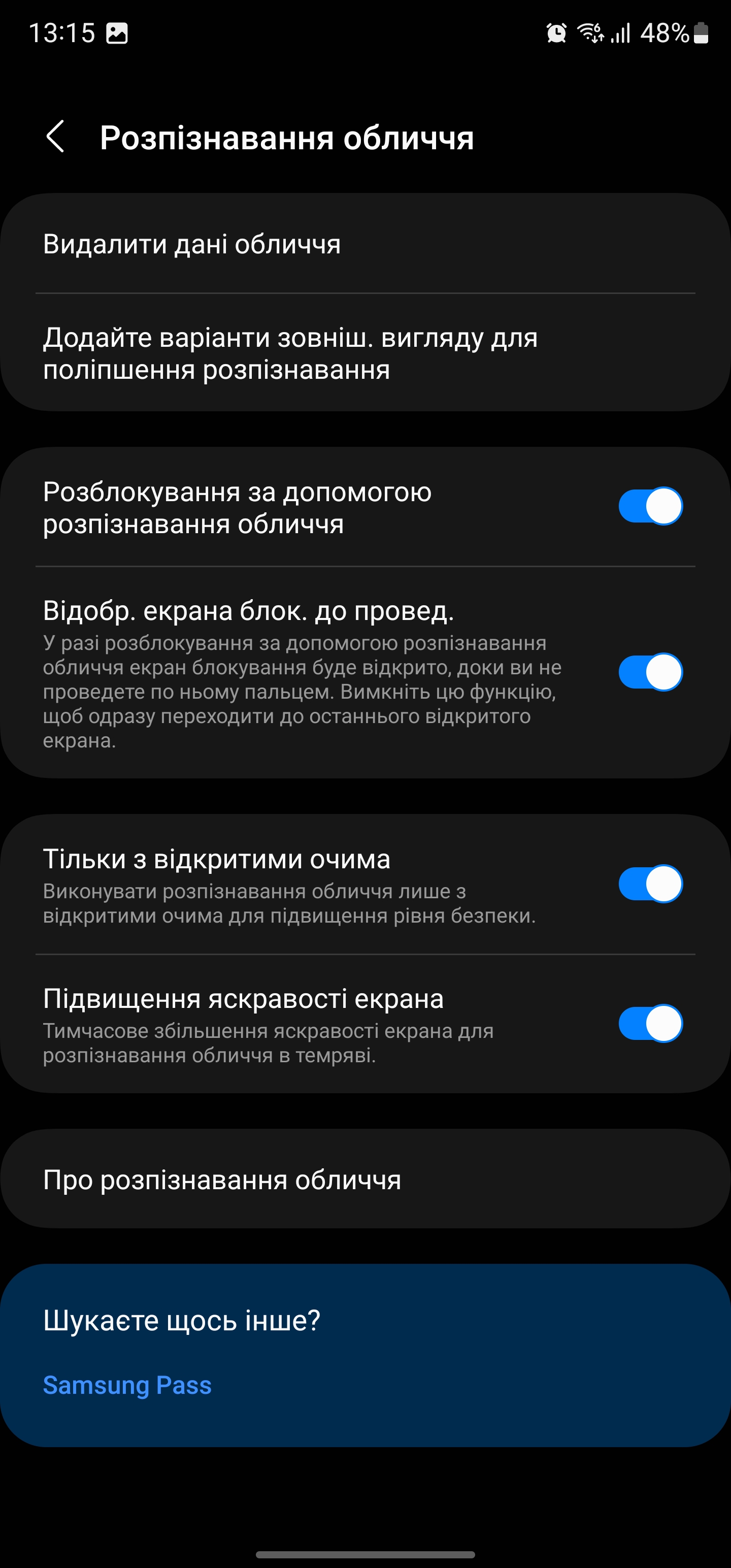


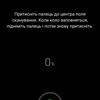

What about performance, memory, sound, and battery life?
This year, Samsung's flagship smartphone lineup has some very interesting hardware inside. For many years, almost the entire world received flagships powered by Samsung's proprietary Exynos processors, and only a few markets had Snapdragon. Now the situation has changed, the Samsung Galaxy S23 Ultra (as well as the younger models) received the Qualcomm Snapdragon 8 Gen 2 Mobile Platform for Galaxy processor. This is a version of the flagship Snapdragon 8 Gen 2 with the most powerful ARM Cortex-X3 core overclocked to 3.36 GHz (instead of the standard 3.19 GHz) and the Adreno 740 graphics accelerator to 719 MHz (instead of 680 MHz). All other characteristics remained unchanged, so Qualcomm Snapdragon 8 Gen 2 uses a 1+2+2+3 core scheme. In addition to the Cortex X3, the processor contains two 2.8 GHz Cortex-A715 cores, two 2.8 GHz Cortex-A710 cores and three 2 GHz Cortex-A510 cores. The processor is manufactured using a 4 nm process technology. The key advantages compared to the Snapdragon 8 Gen 1 model are a 35% performance increase and a 40% increase in energy efficiency for the CPU. As well as a 25% performance increase and 45% energy efficiency for the graphics accelerator. Additionally, it is worth noting that the processor supports real-time ray tracing. However, it is still difficult to say how widespread the technology will be in mobile gaming. The RAM can be 8 or 12 GB of LPDDR5X. The internal storage can be 256/512 GB or 1 TB and, importantly, uses the new high-speed standard UFS 4.0. In the test, the drive demonstrated very high results: about 3400 MB/s when reading data and 1900 MB/s when writing. In general, Samsung Galaxy S23 Ultra demonstrates very high results in synthetic tests and is one of the most powerful smartphones at the moment:
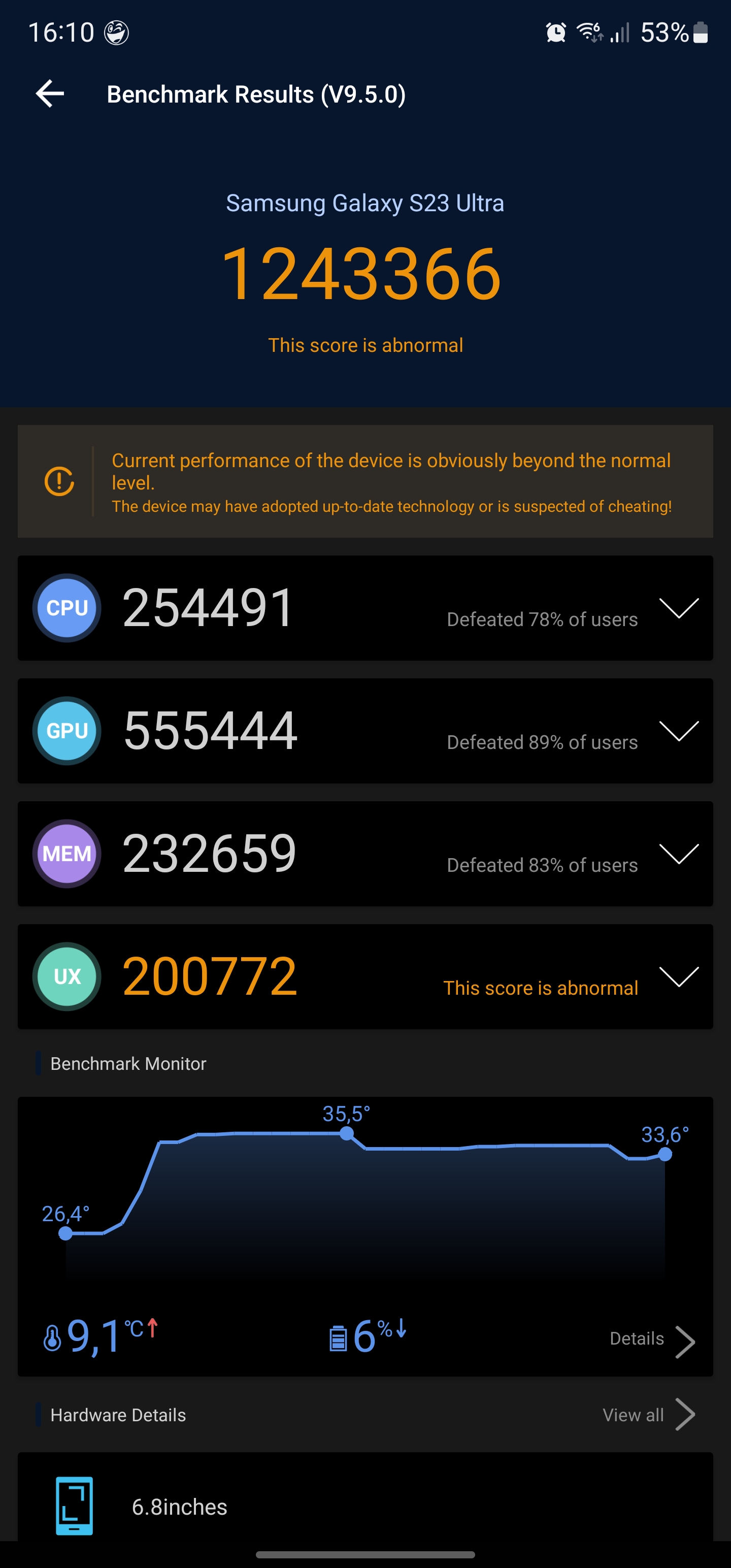
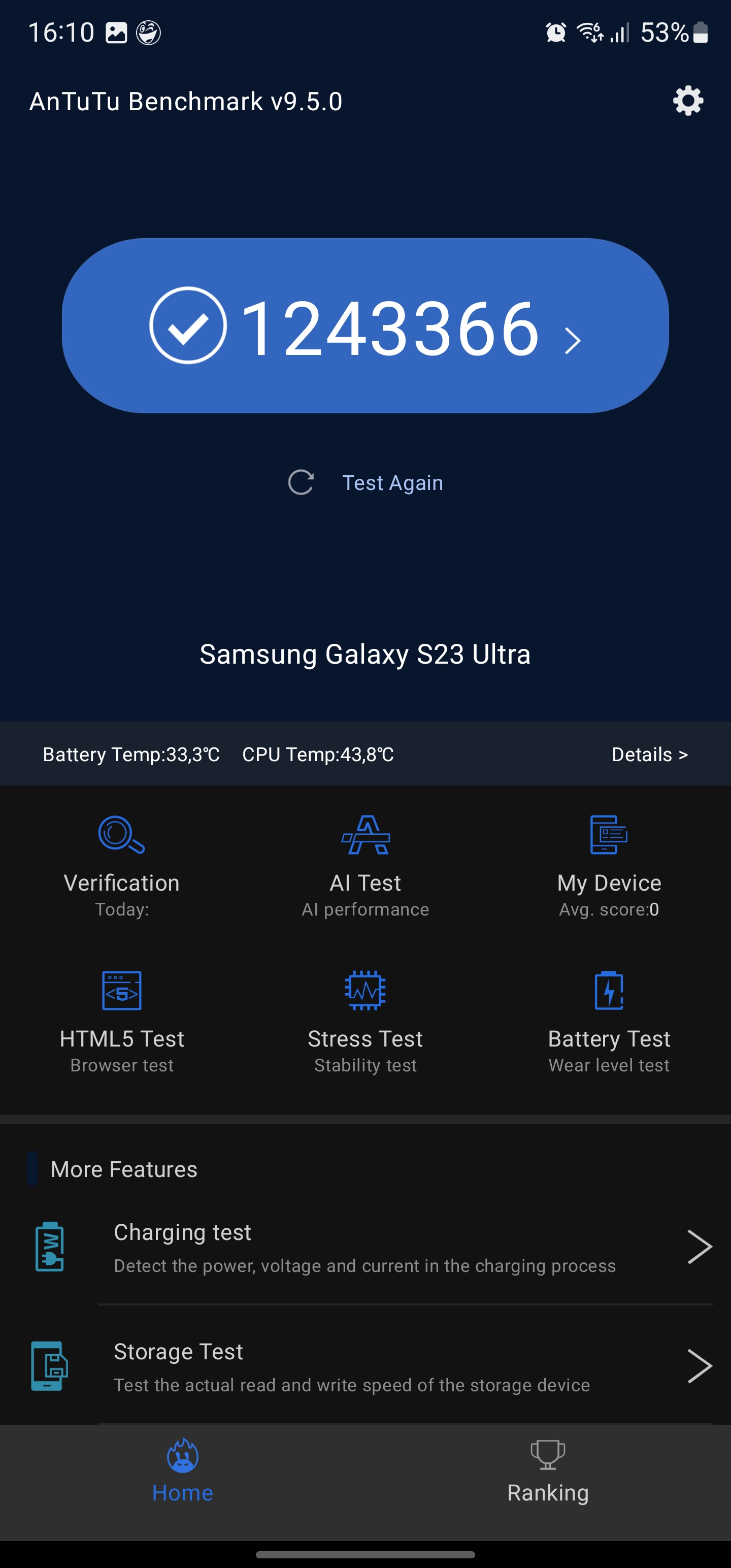
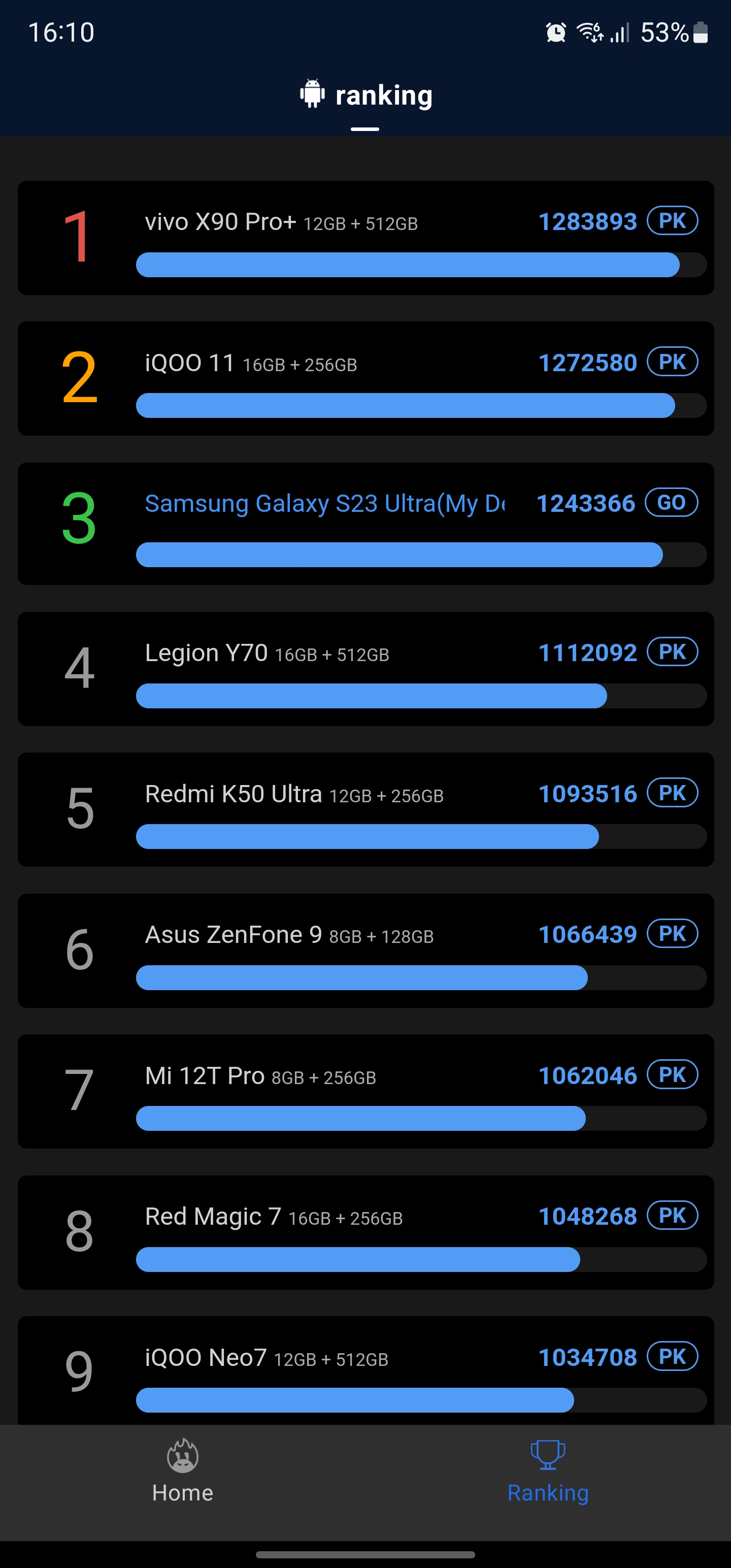
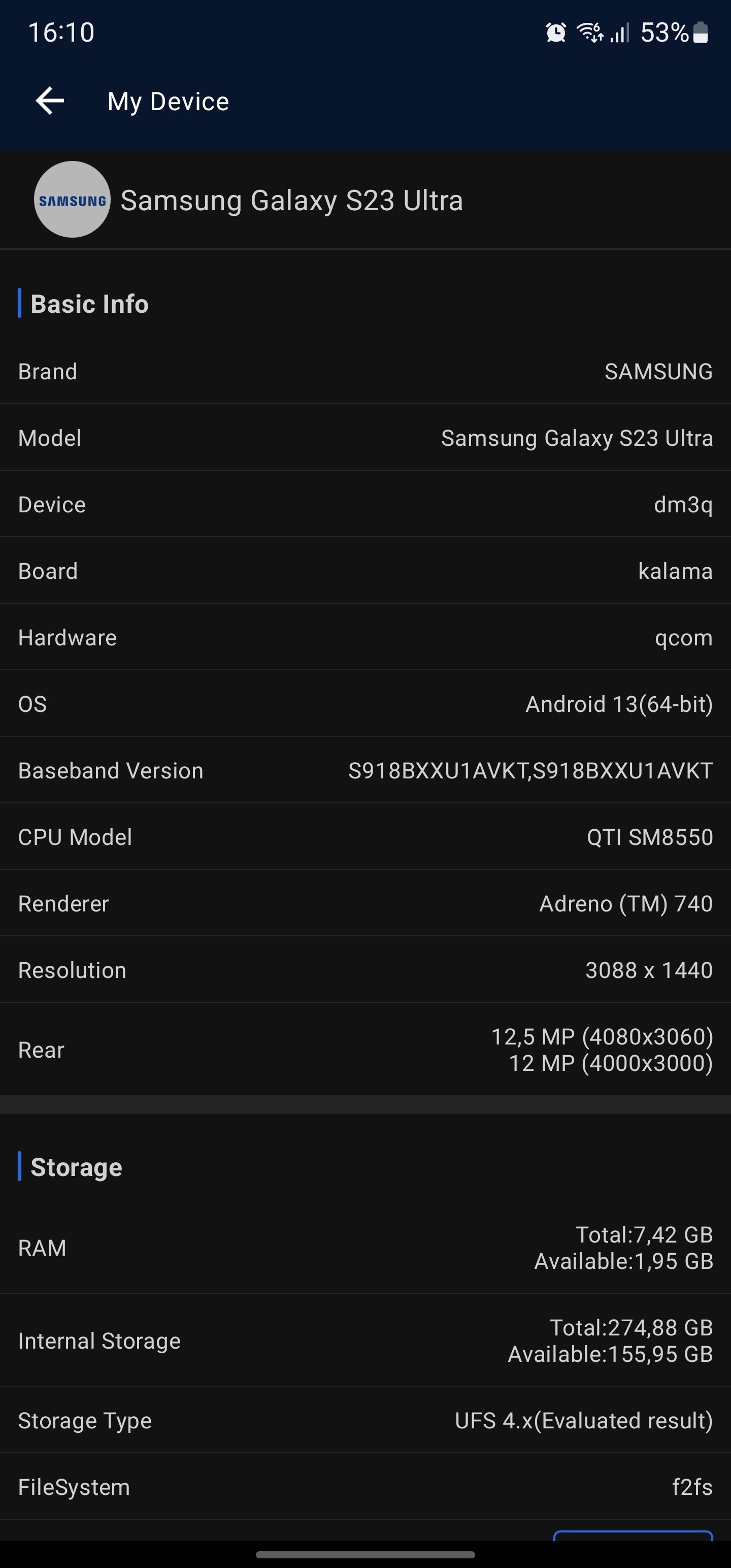
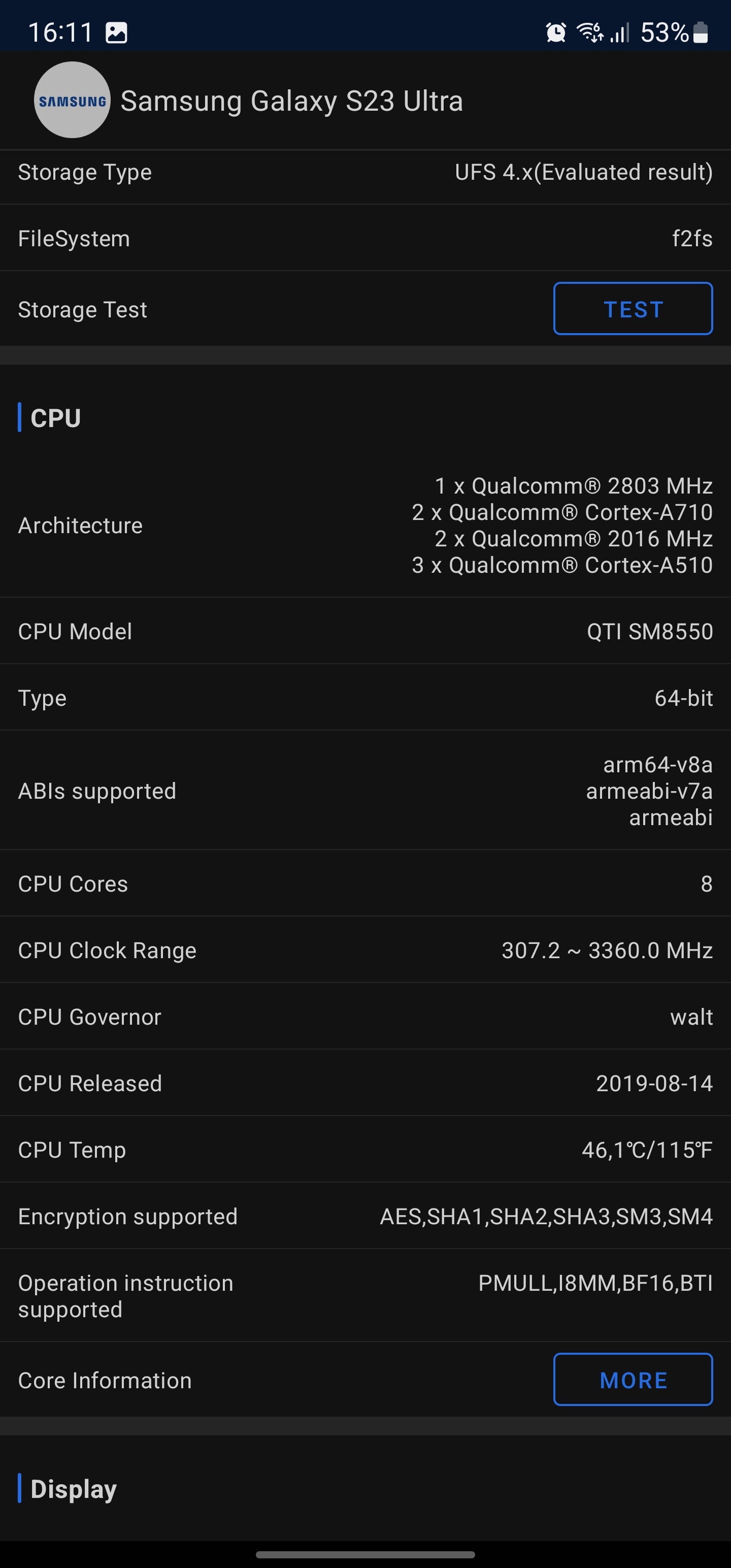
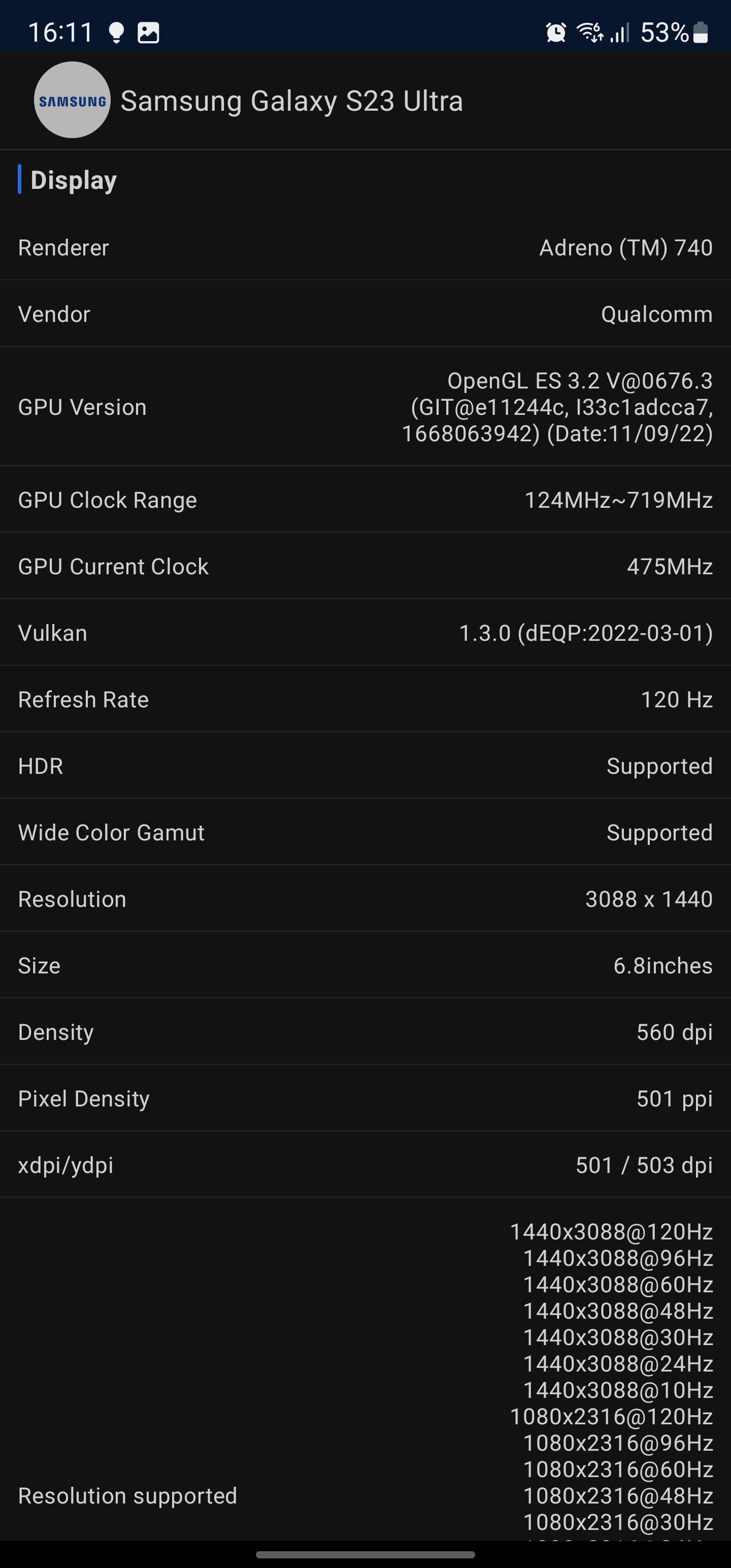
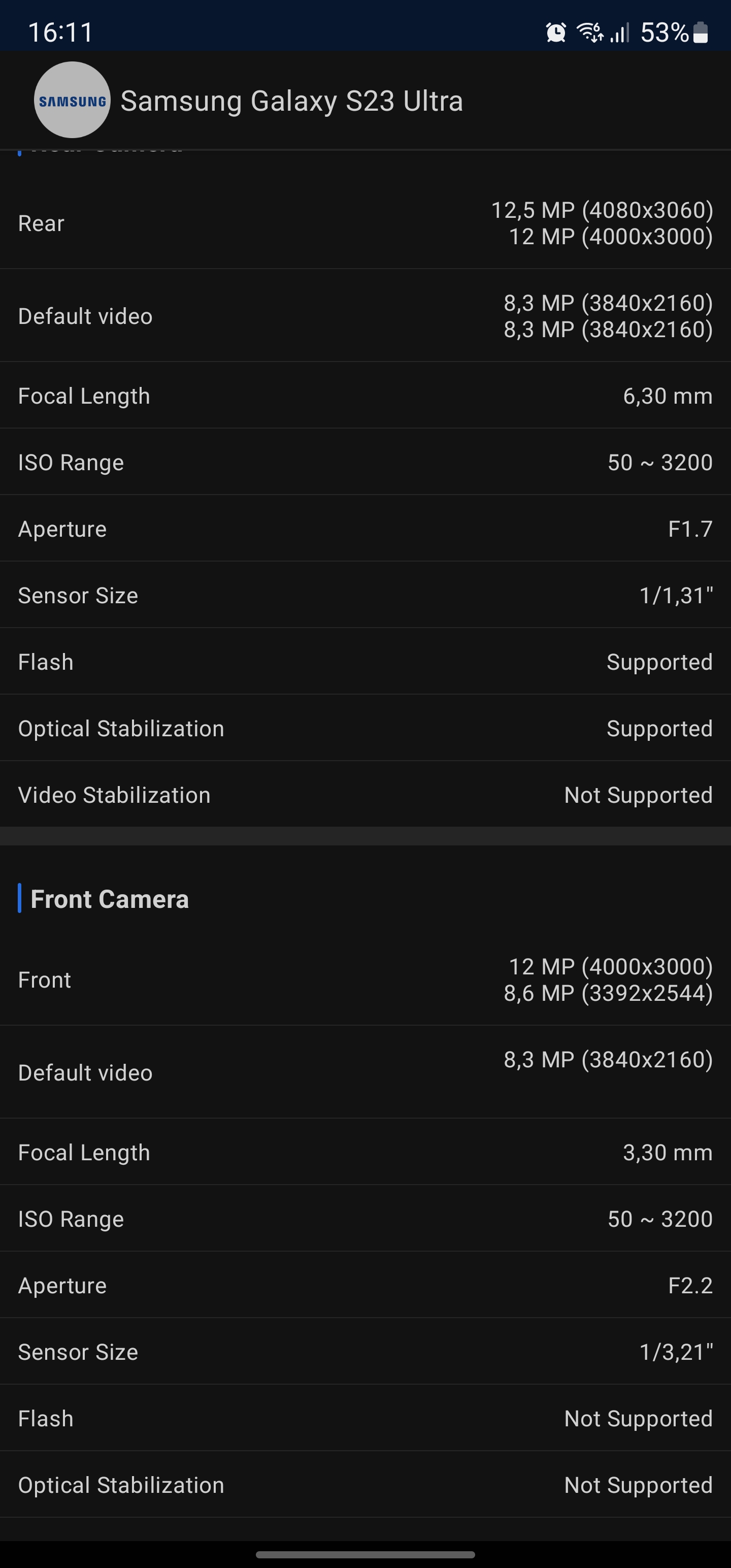
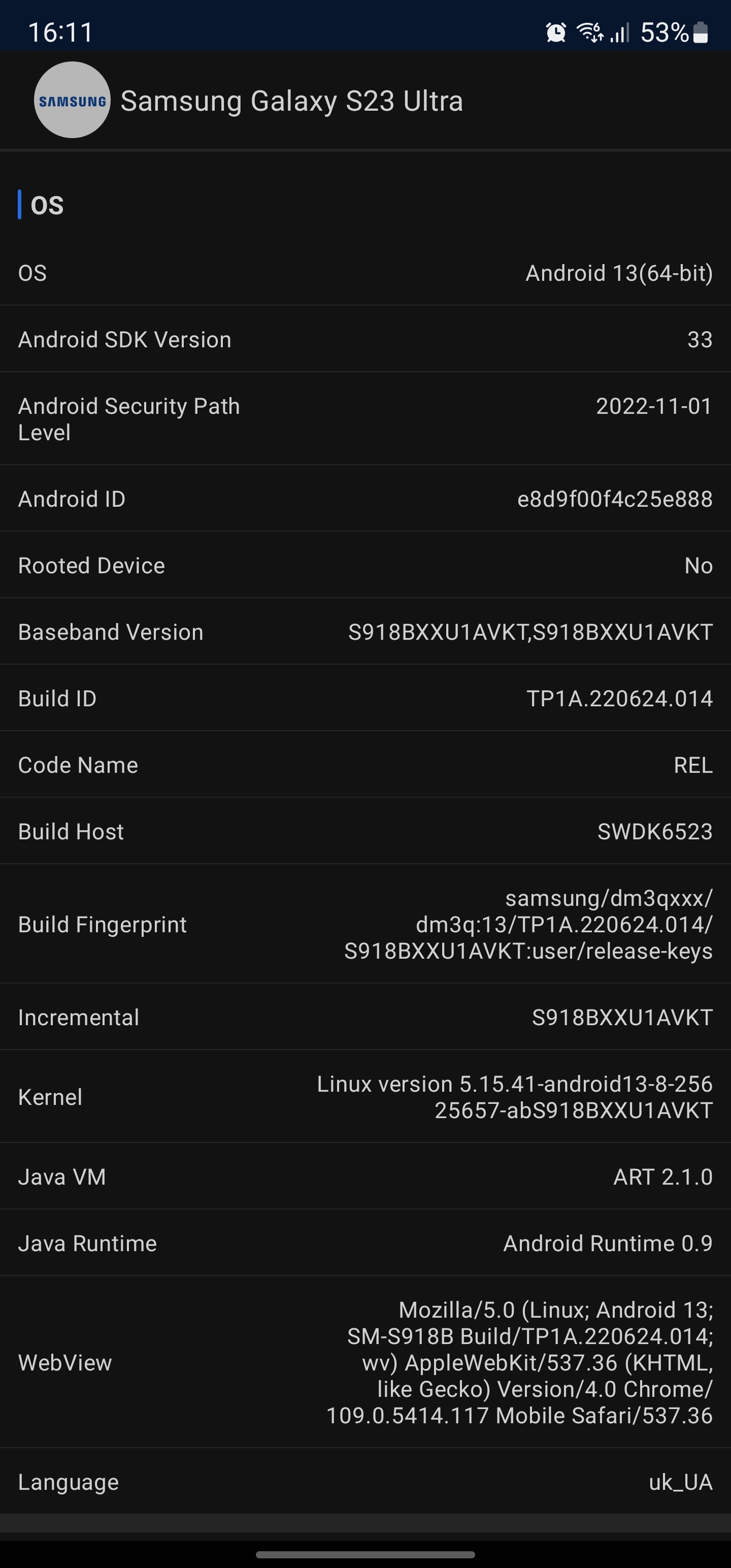

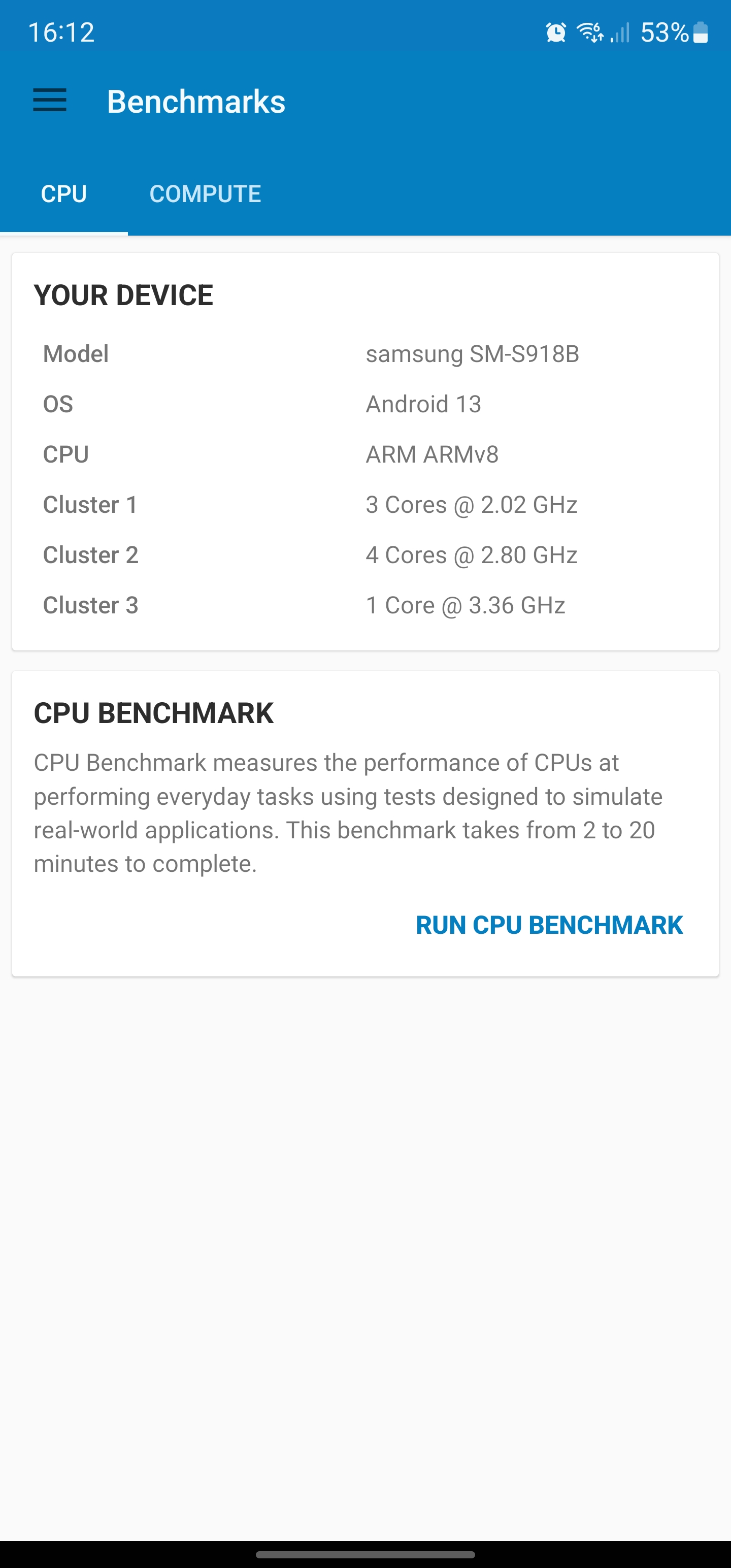

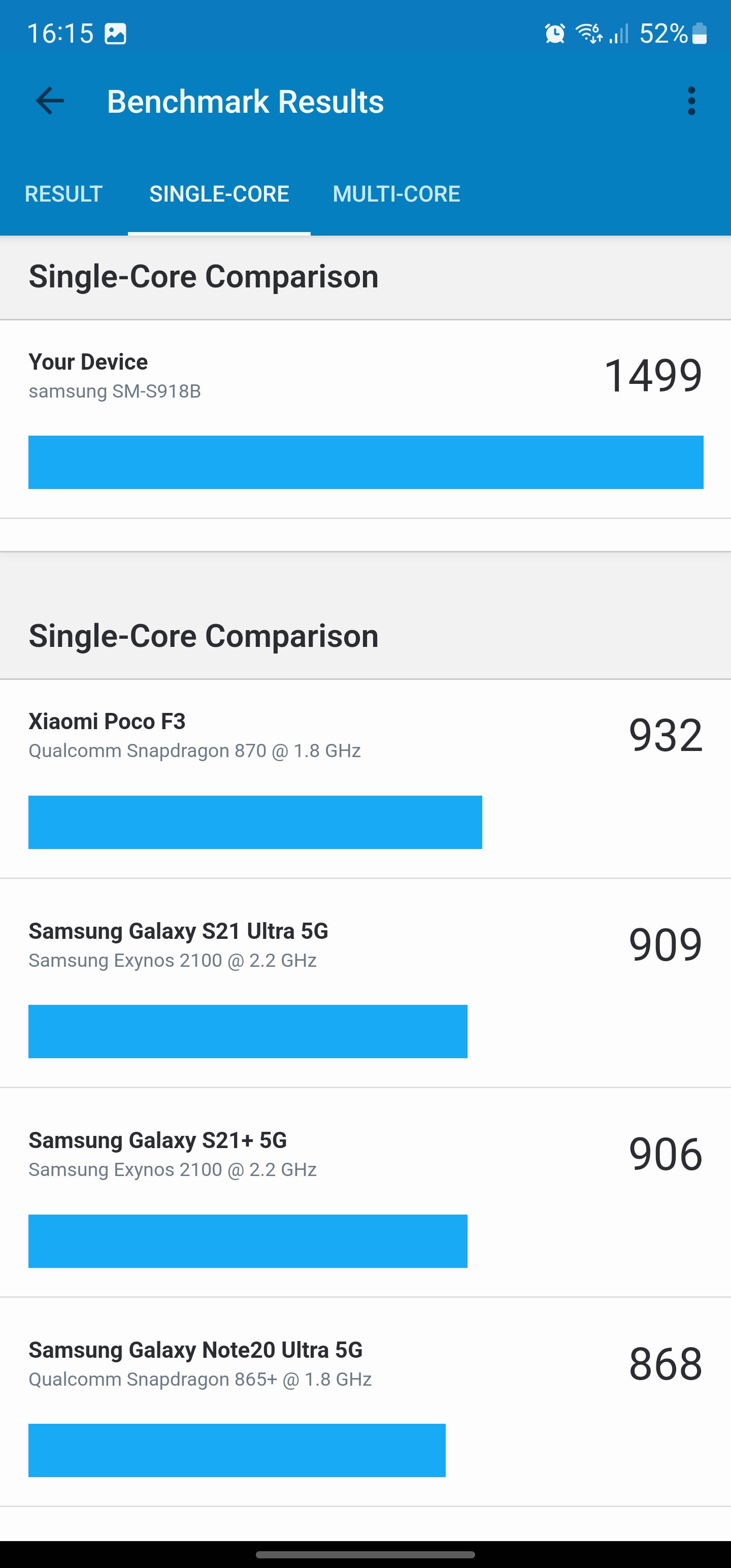
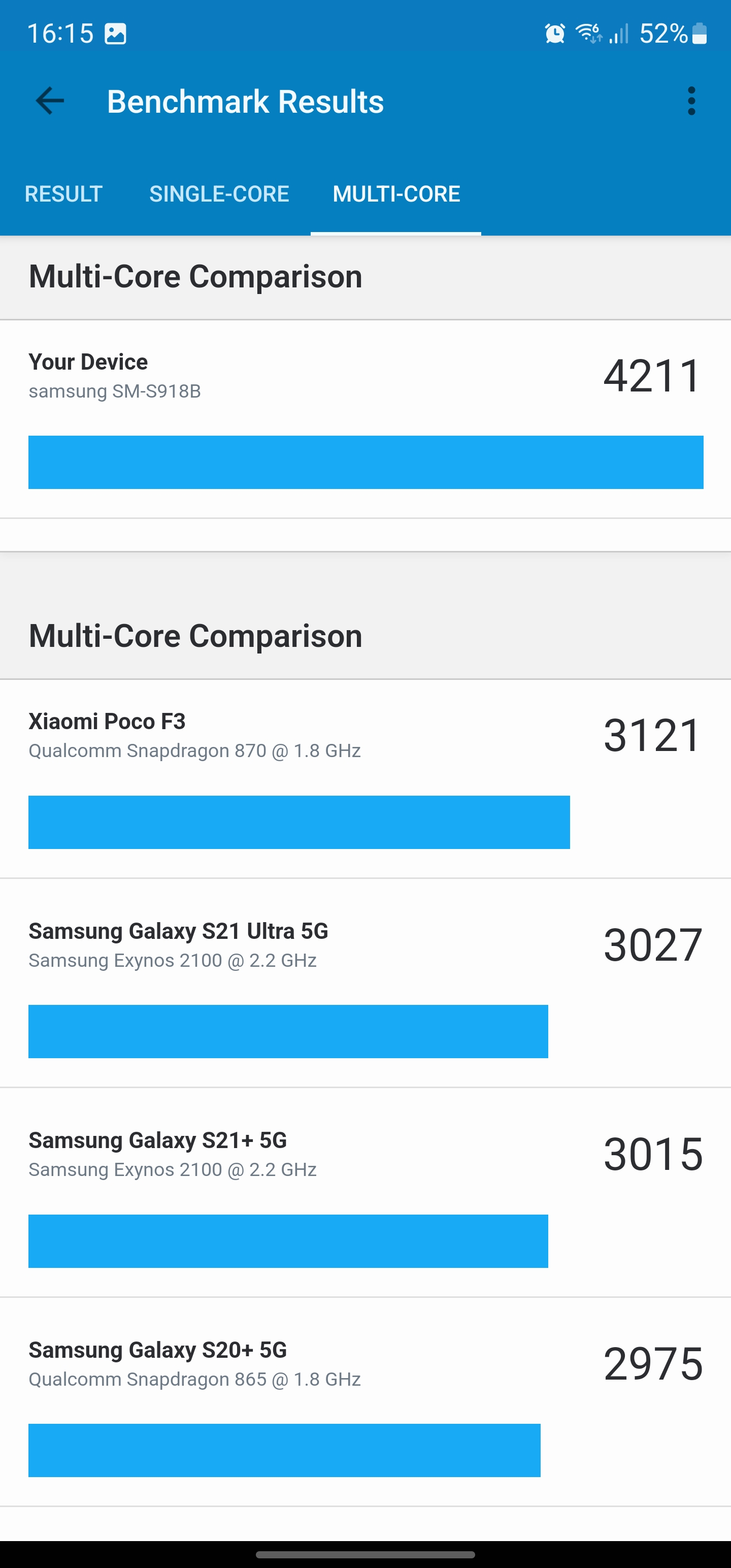

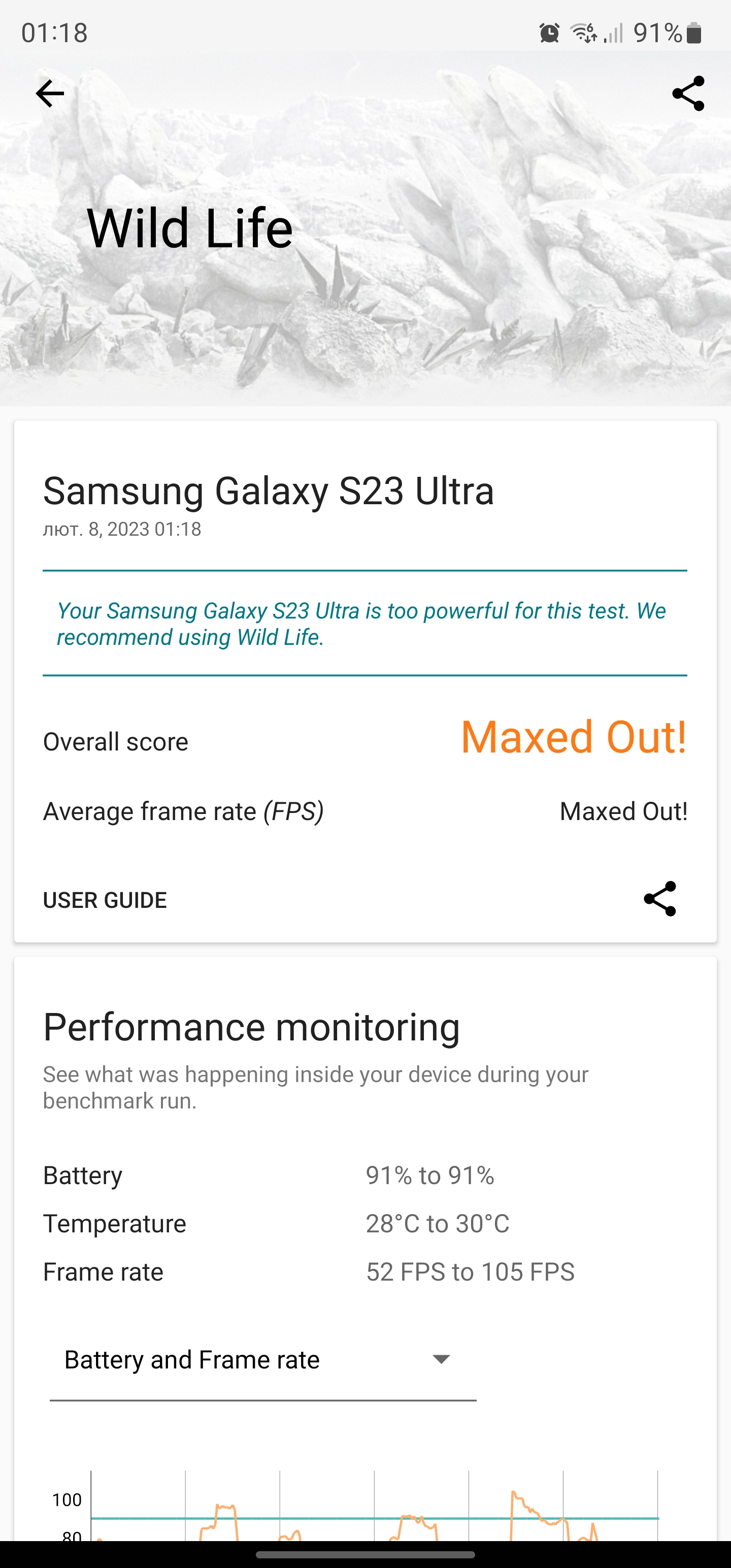
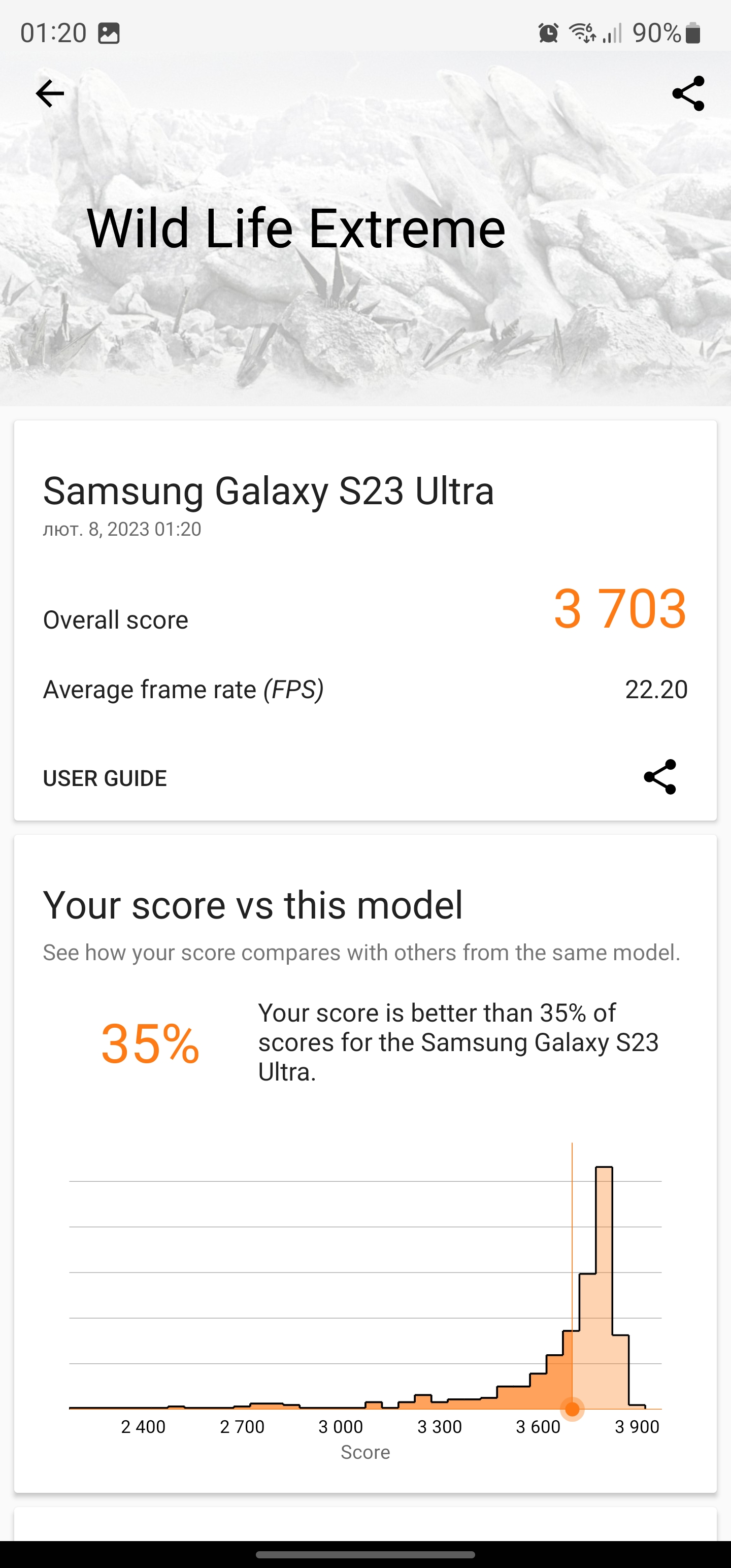
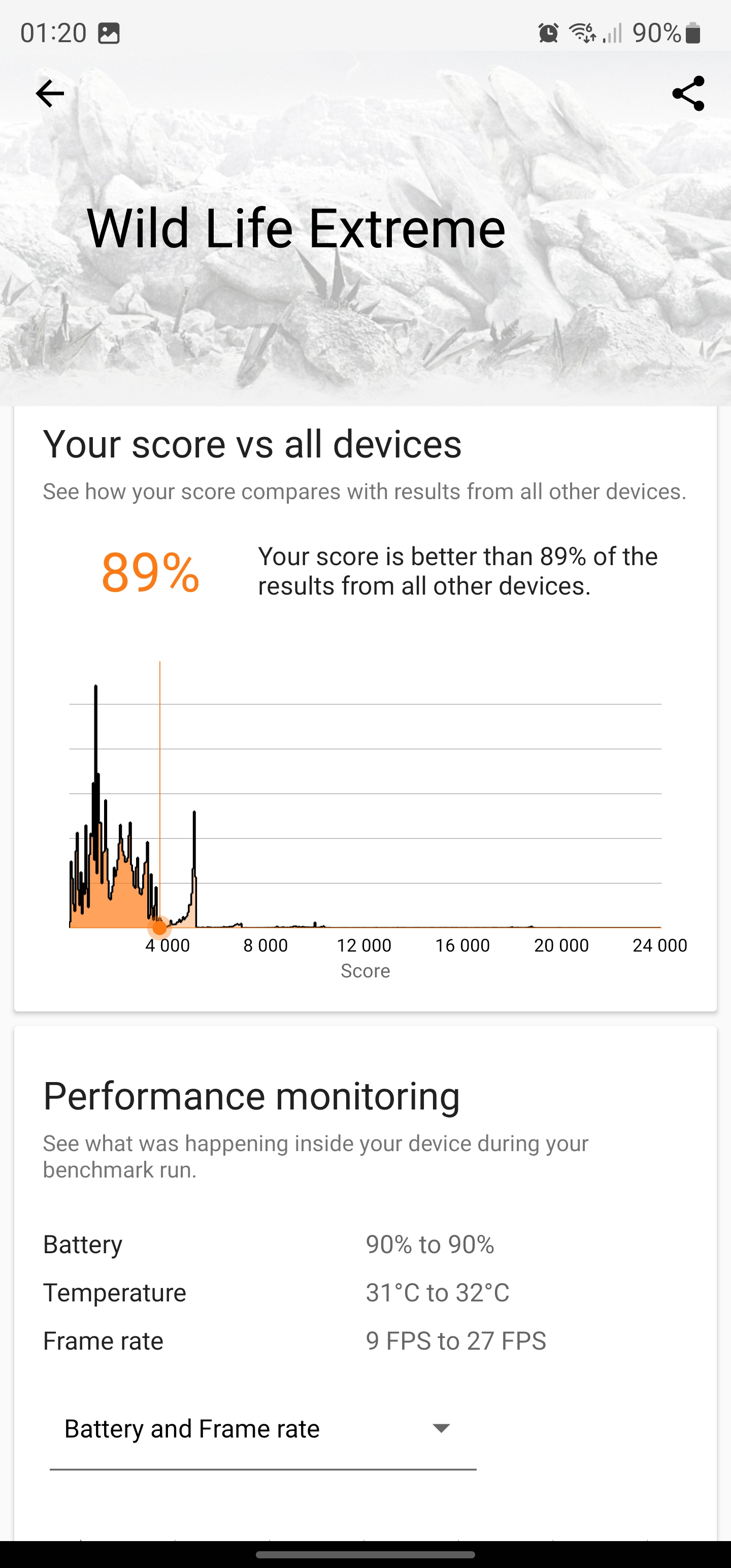
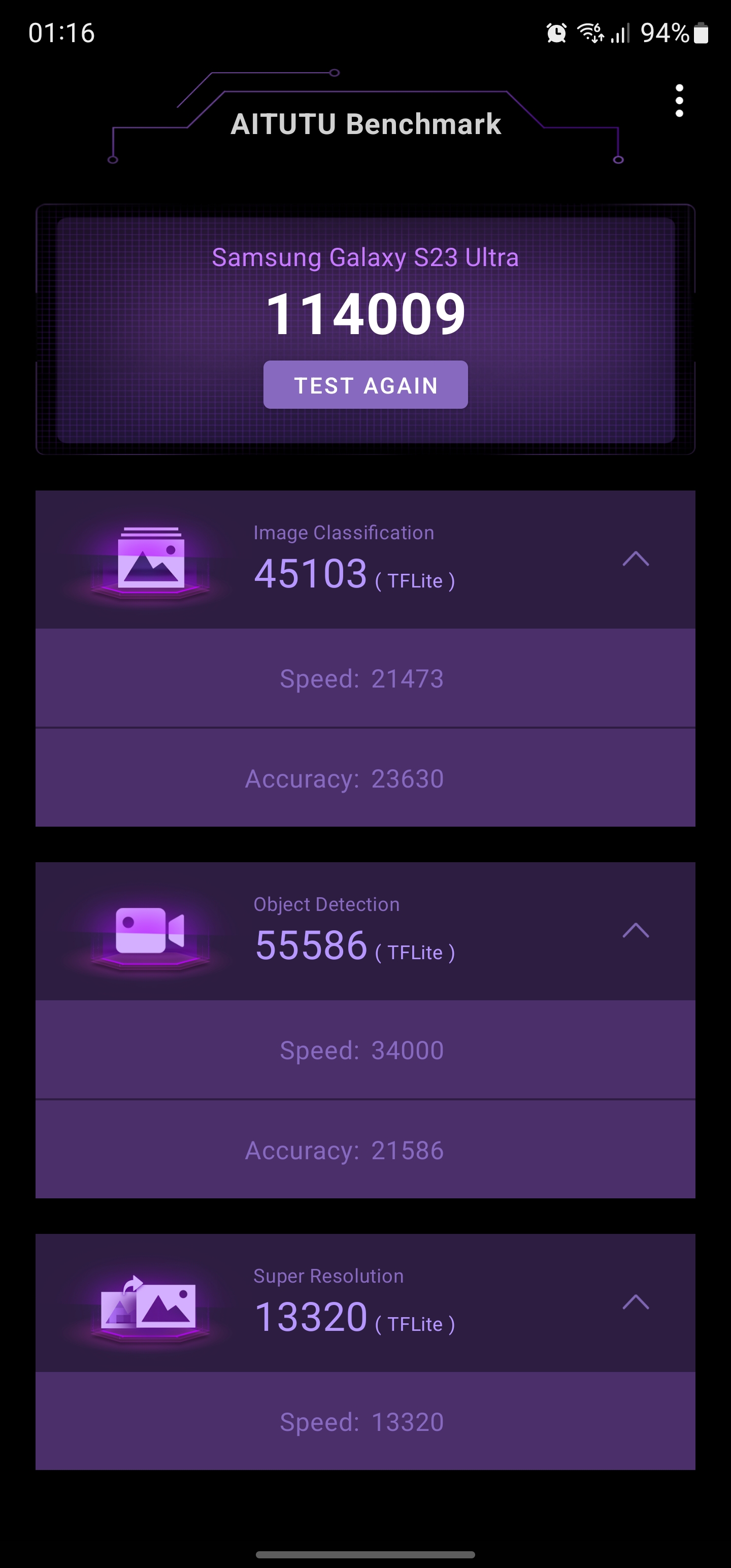
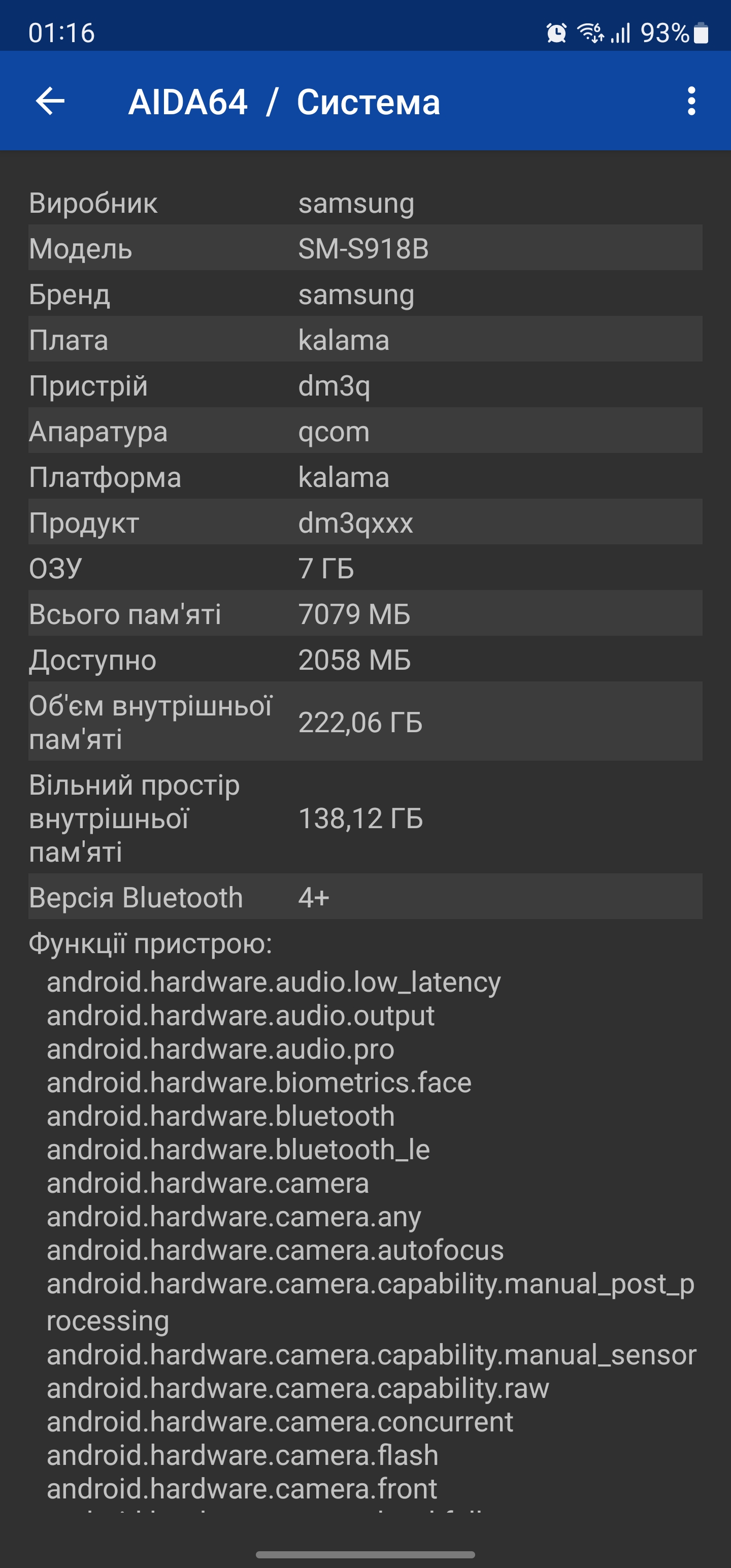
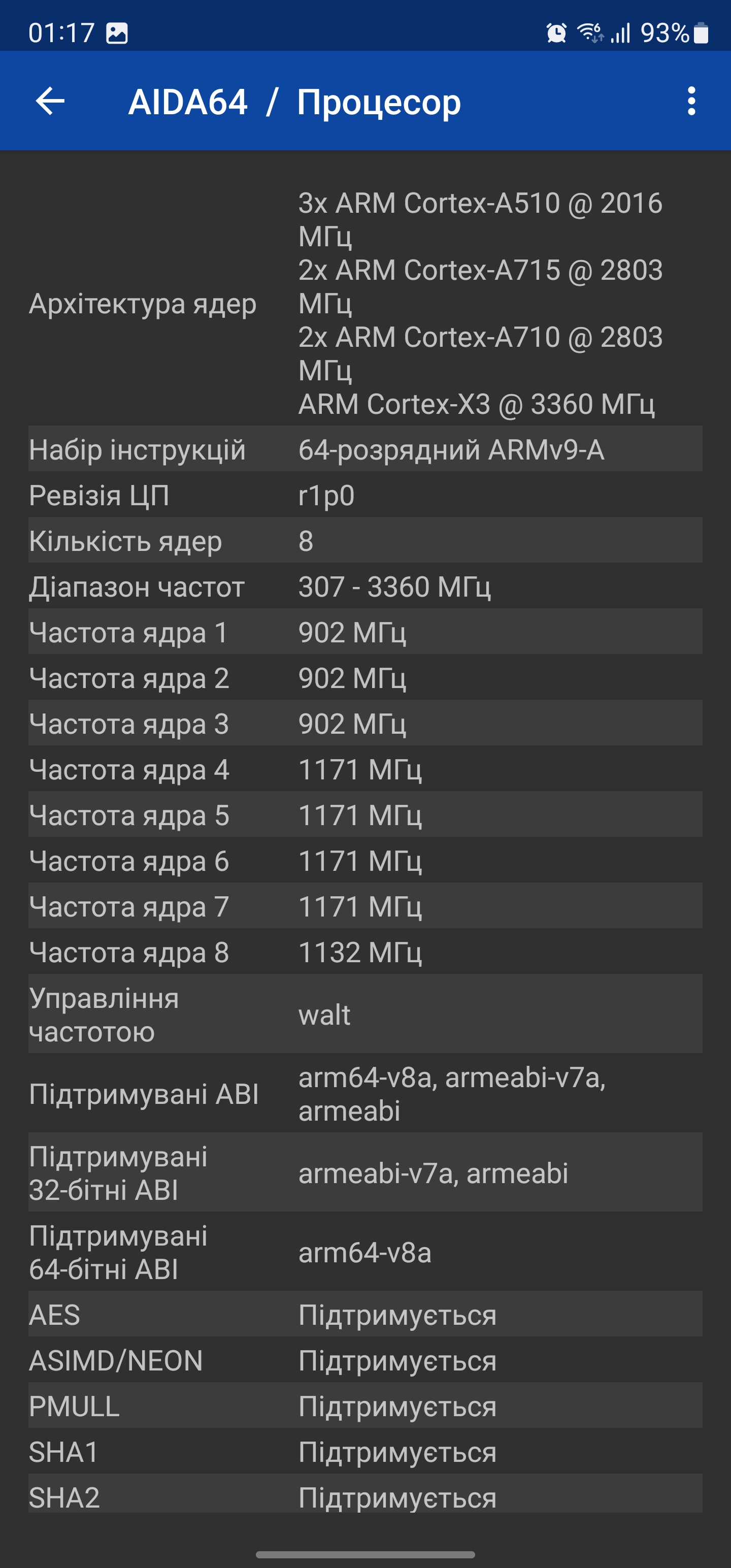

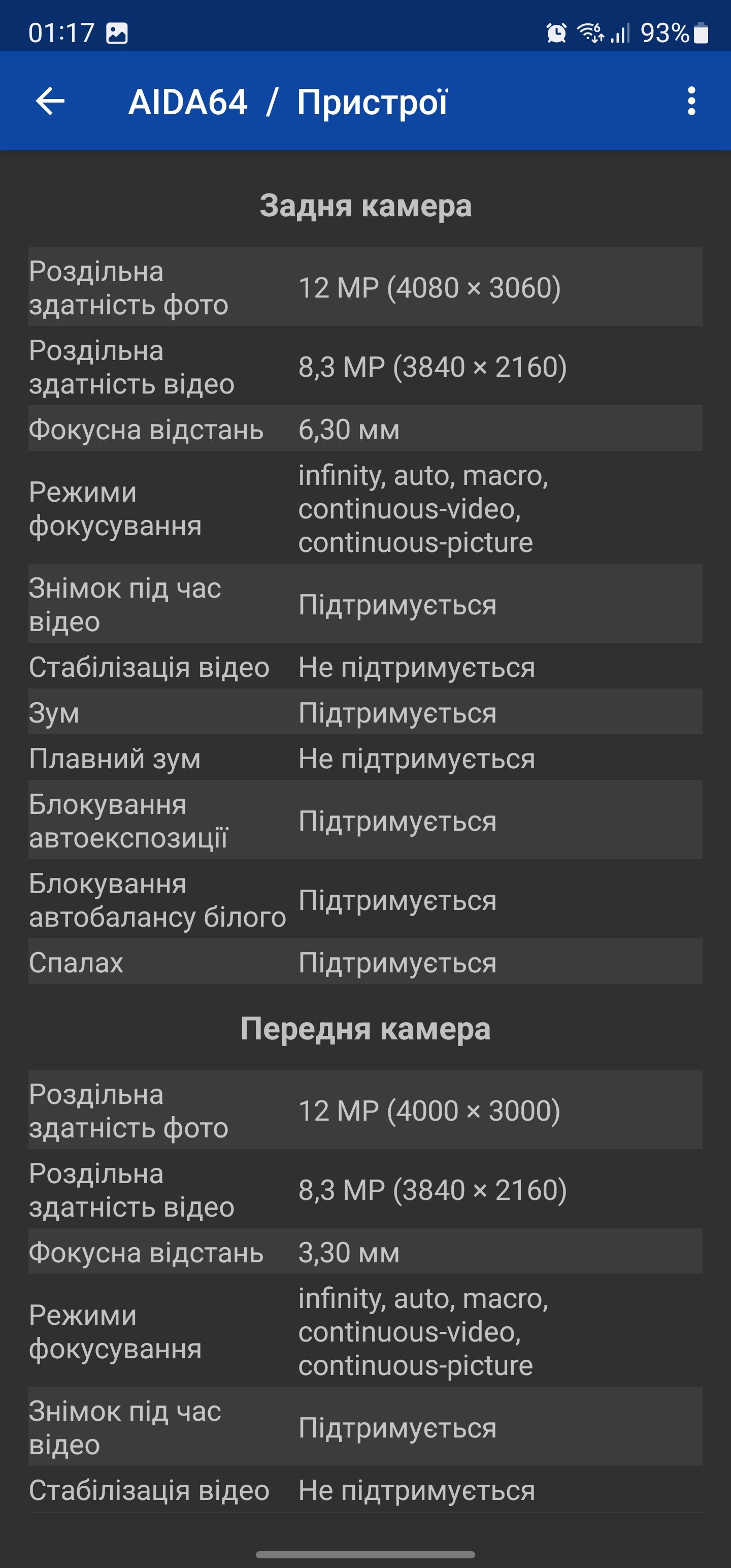
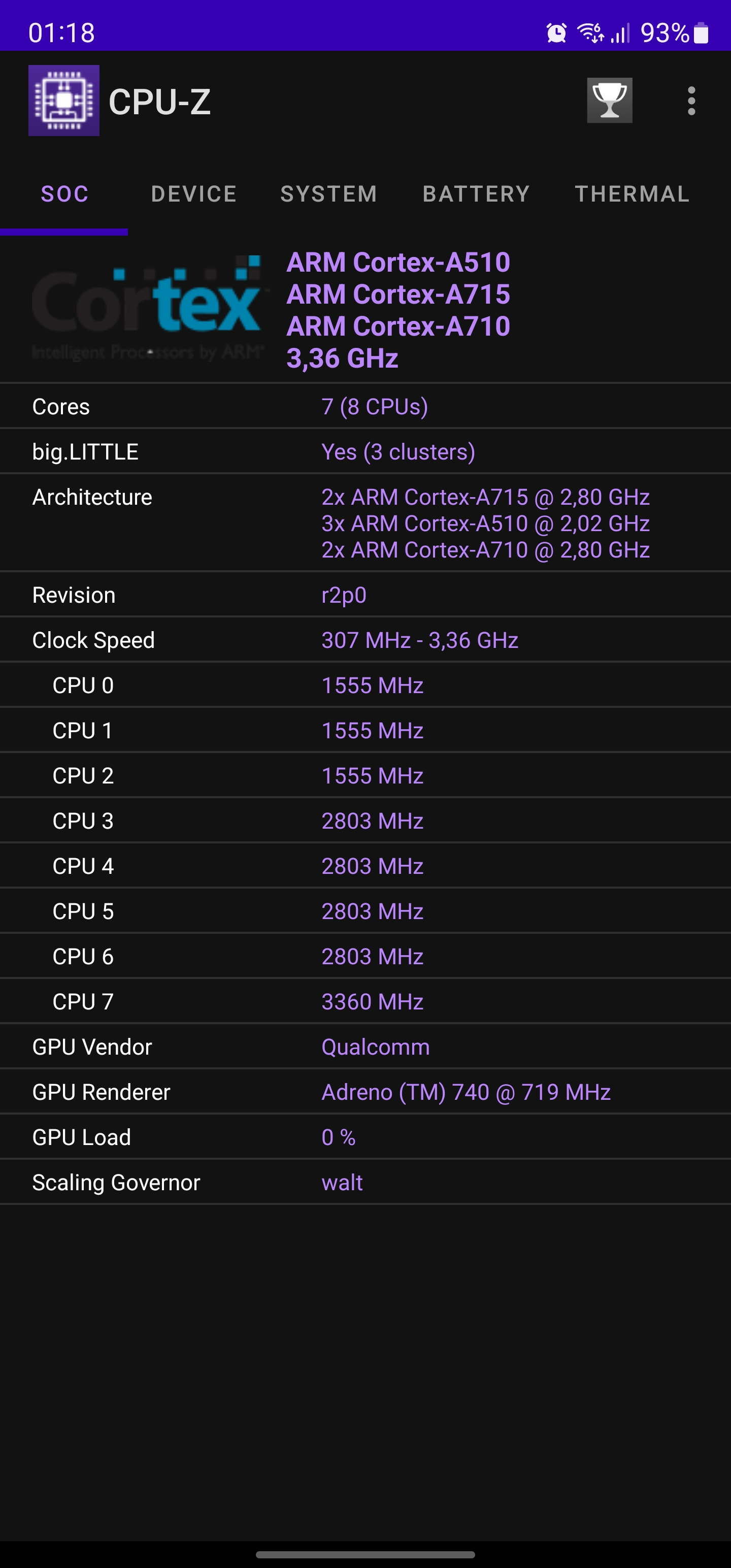
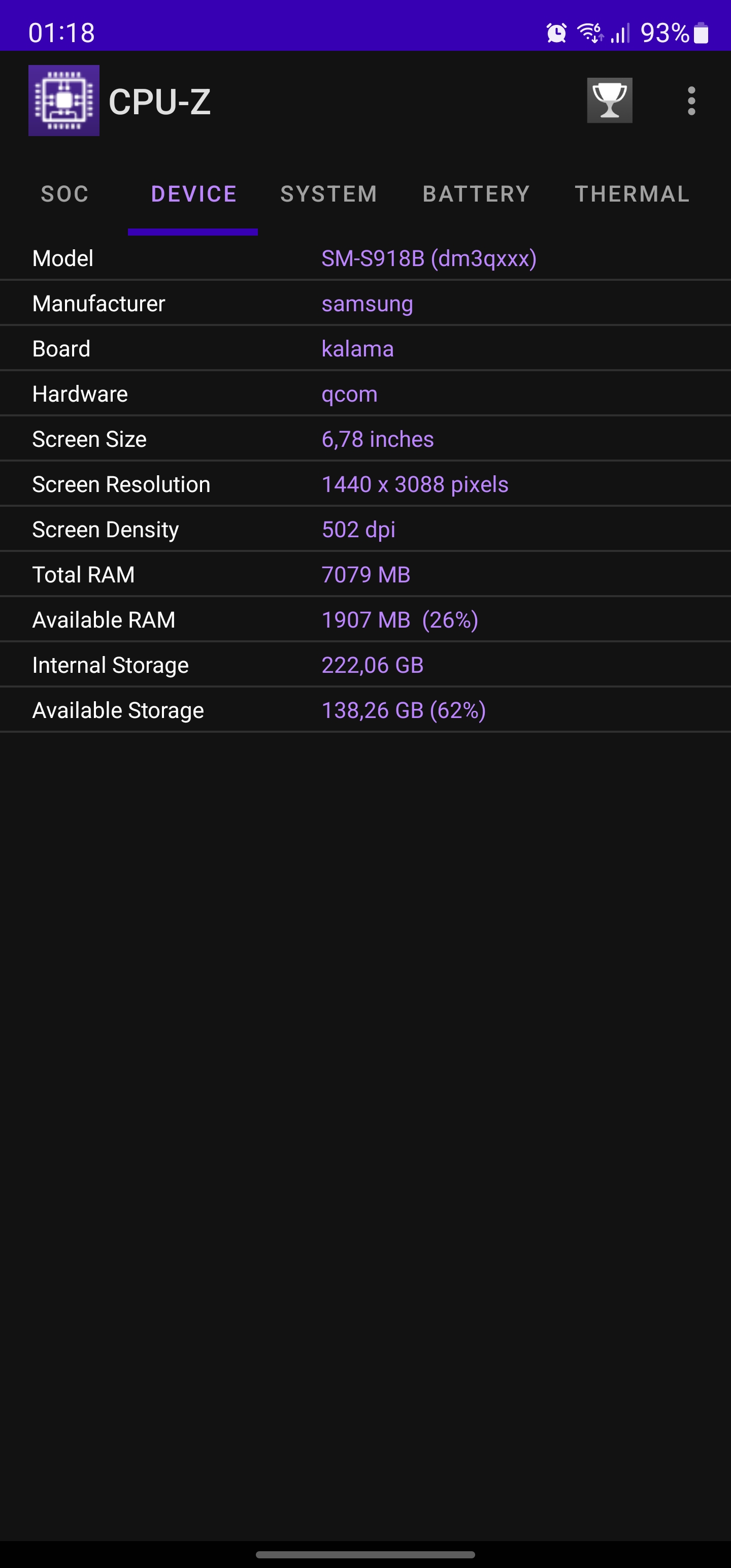

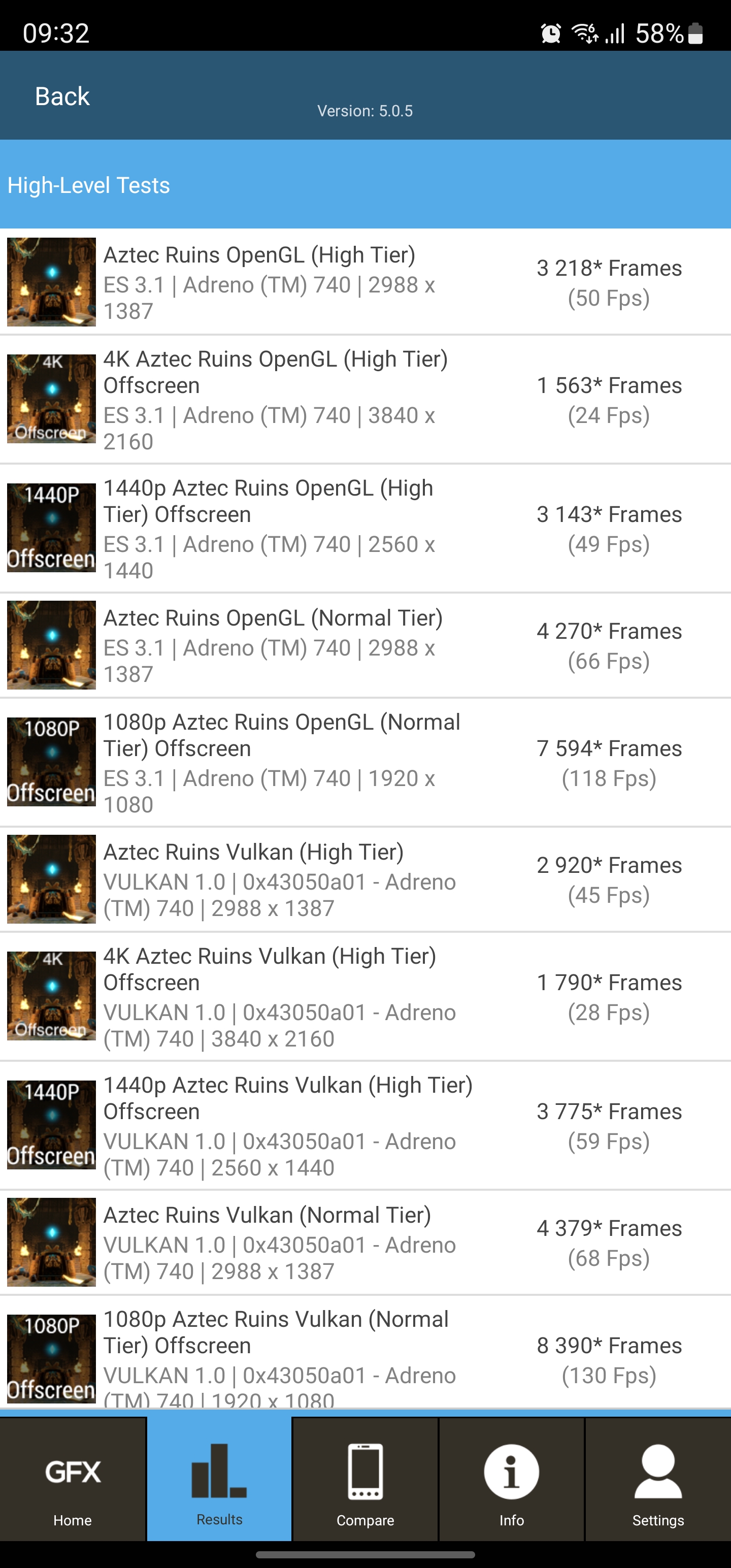

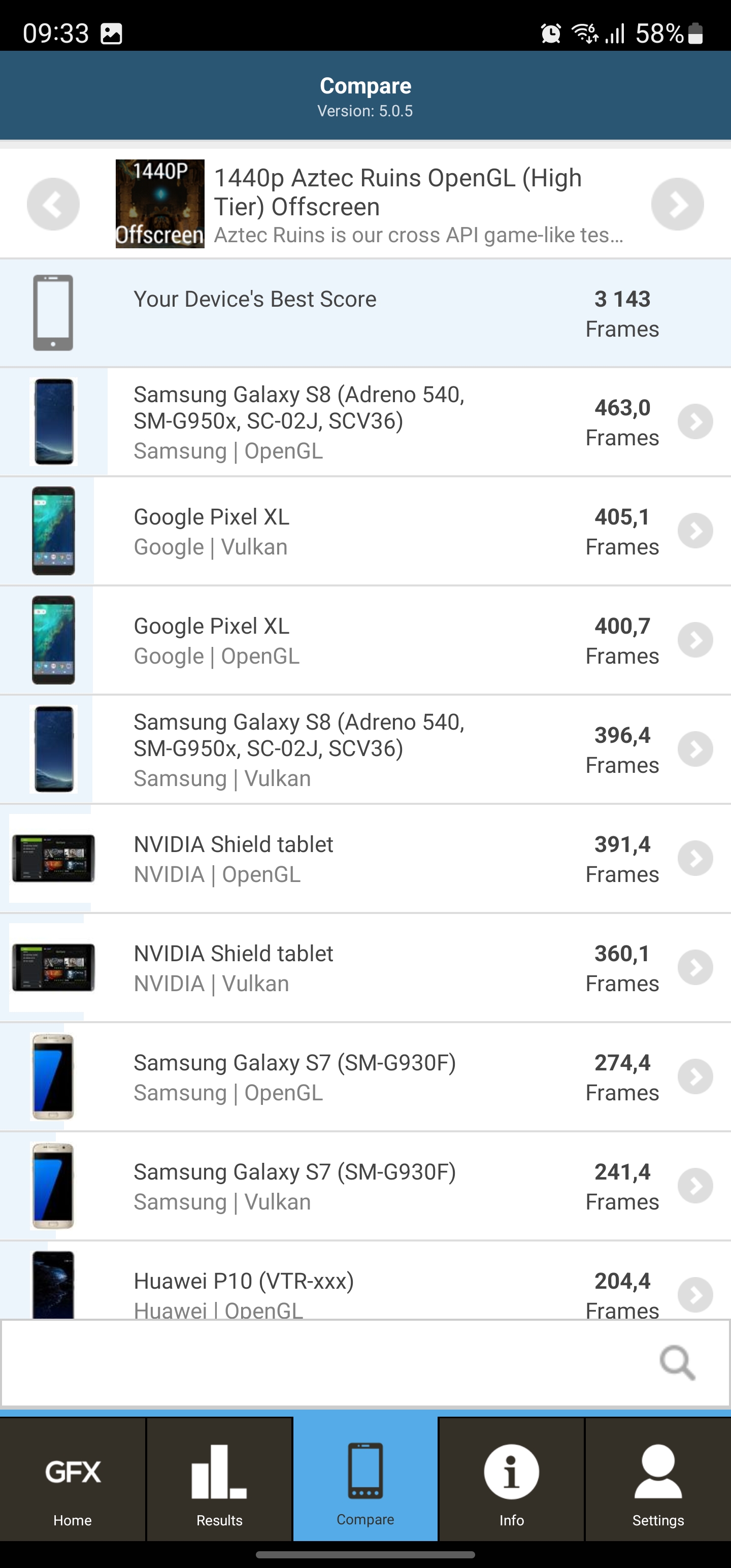
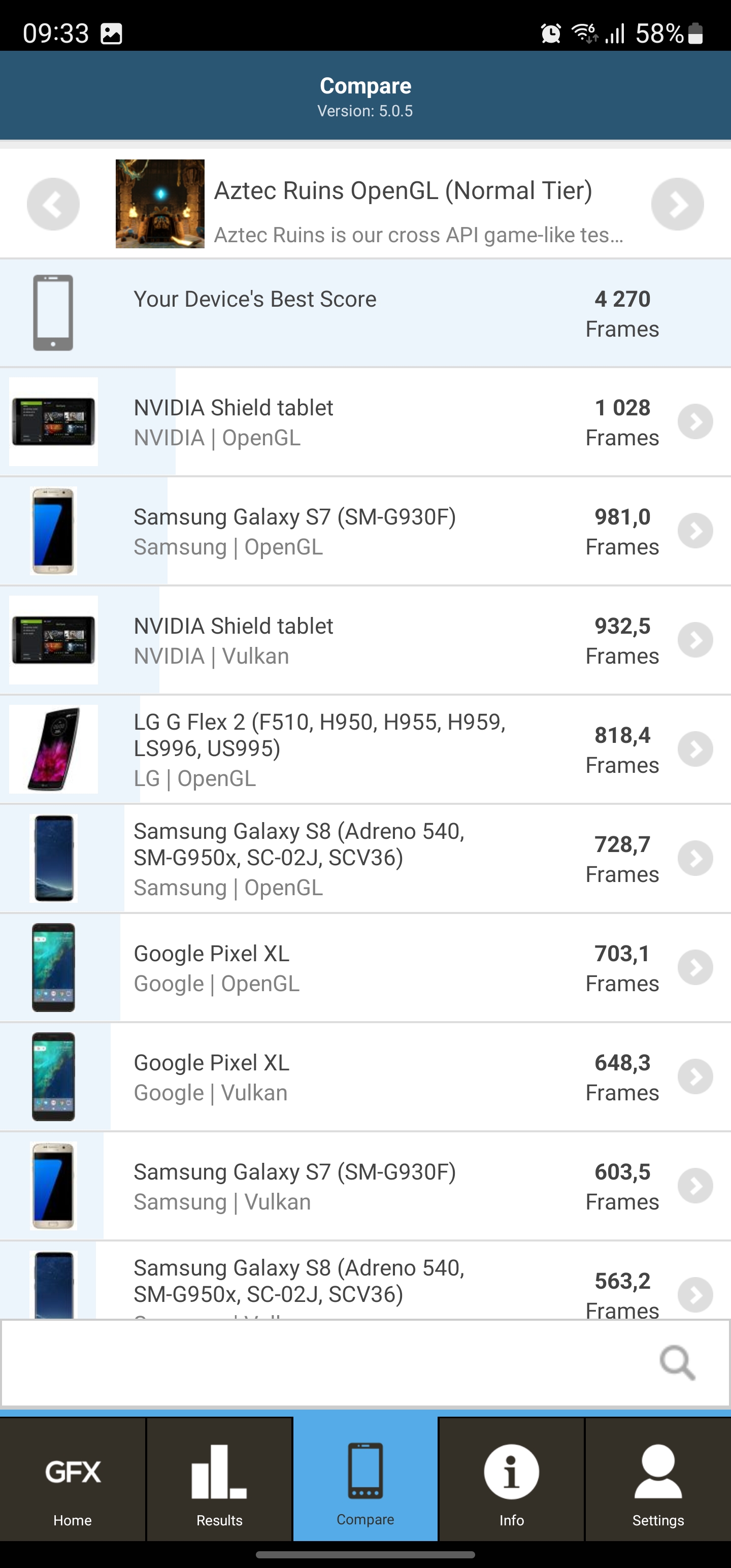


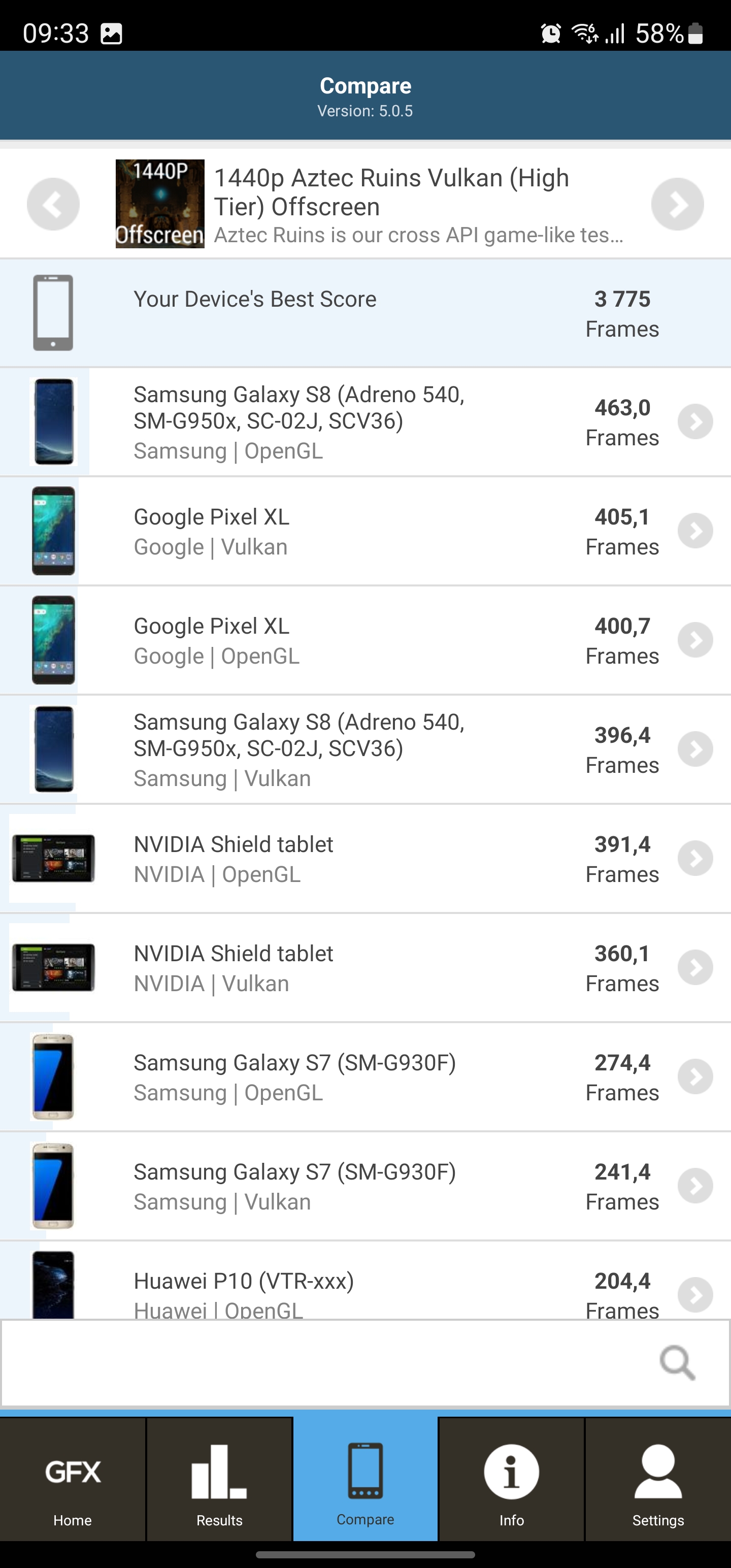


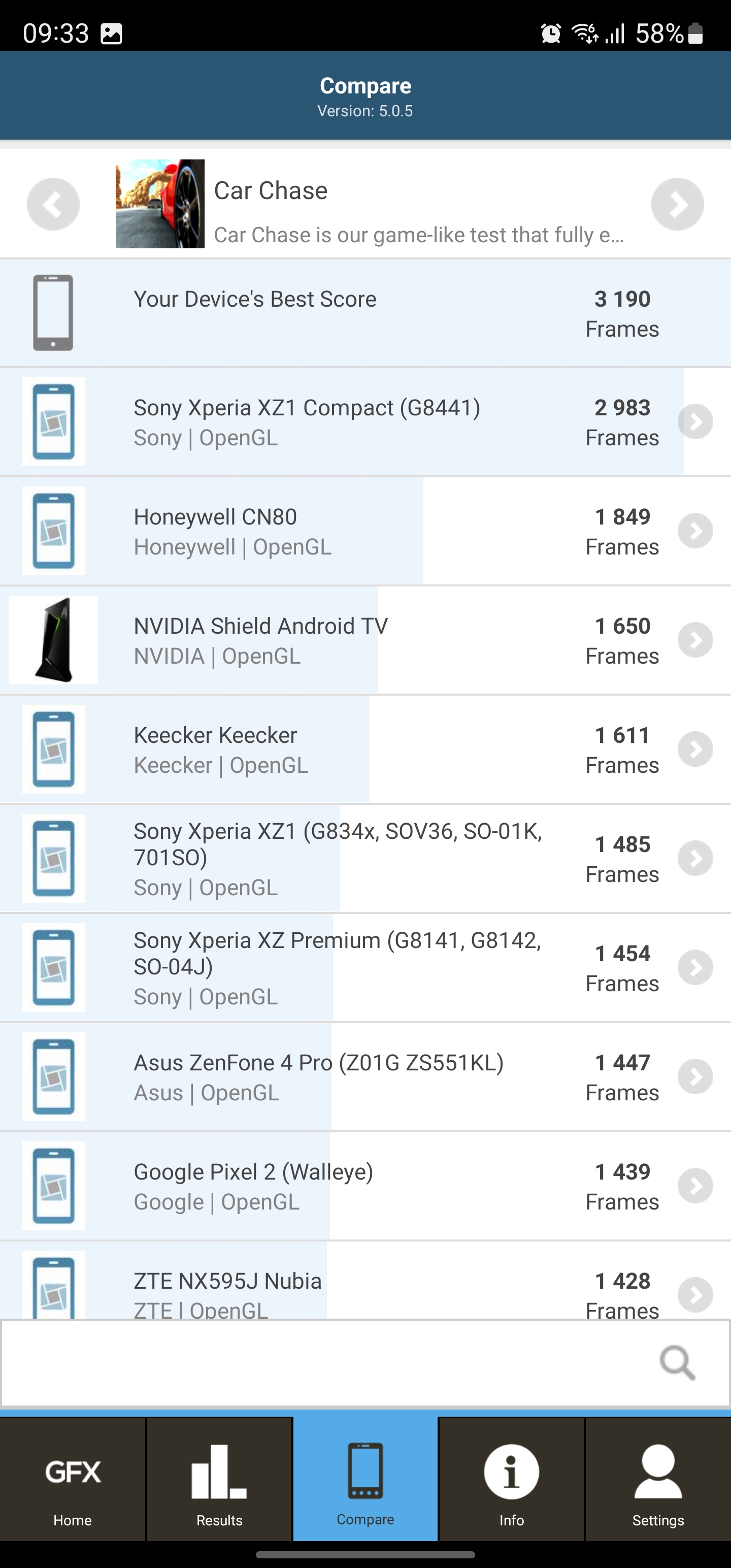
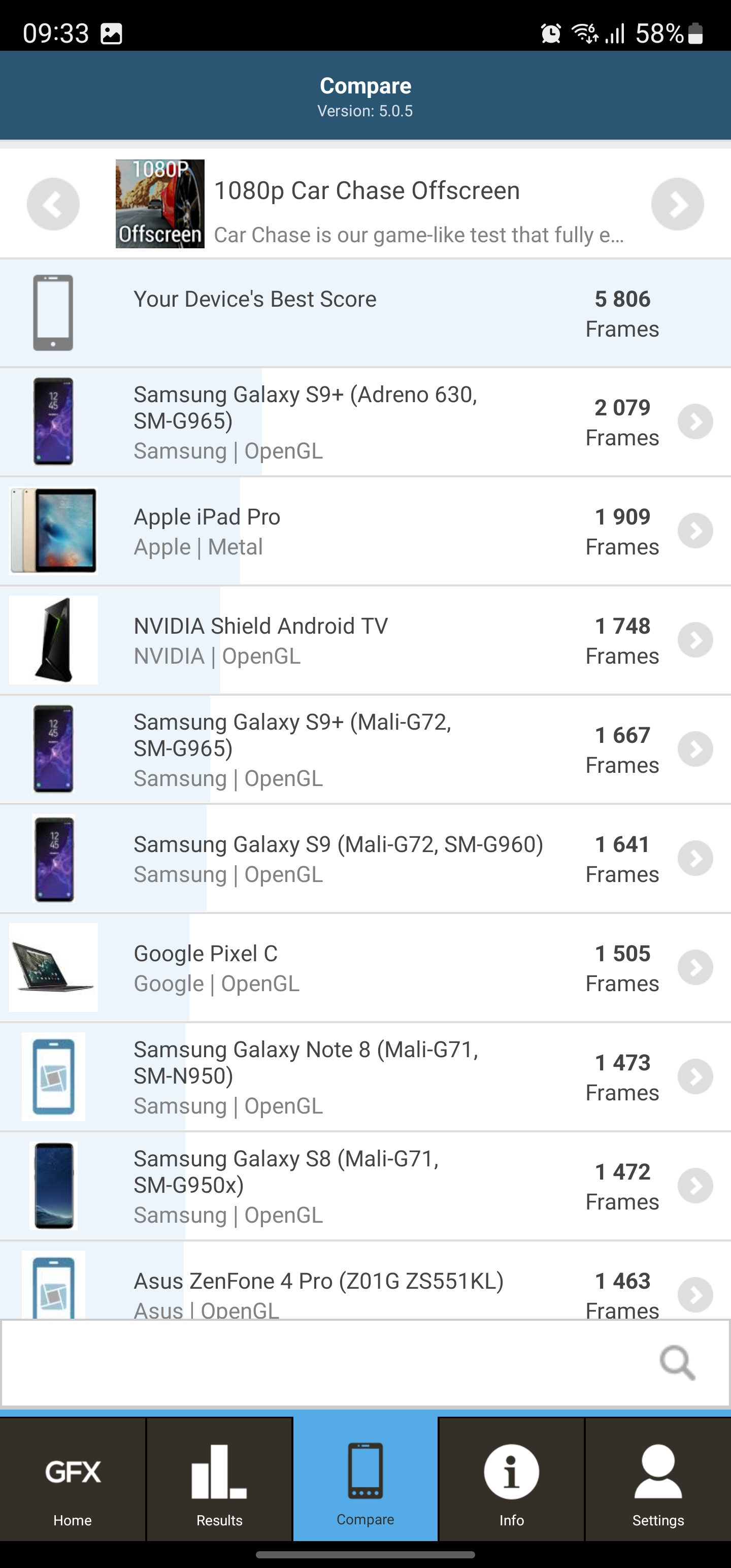
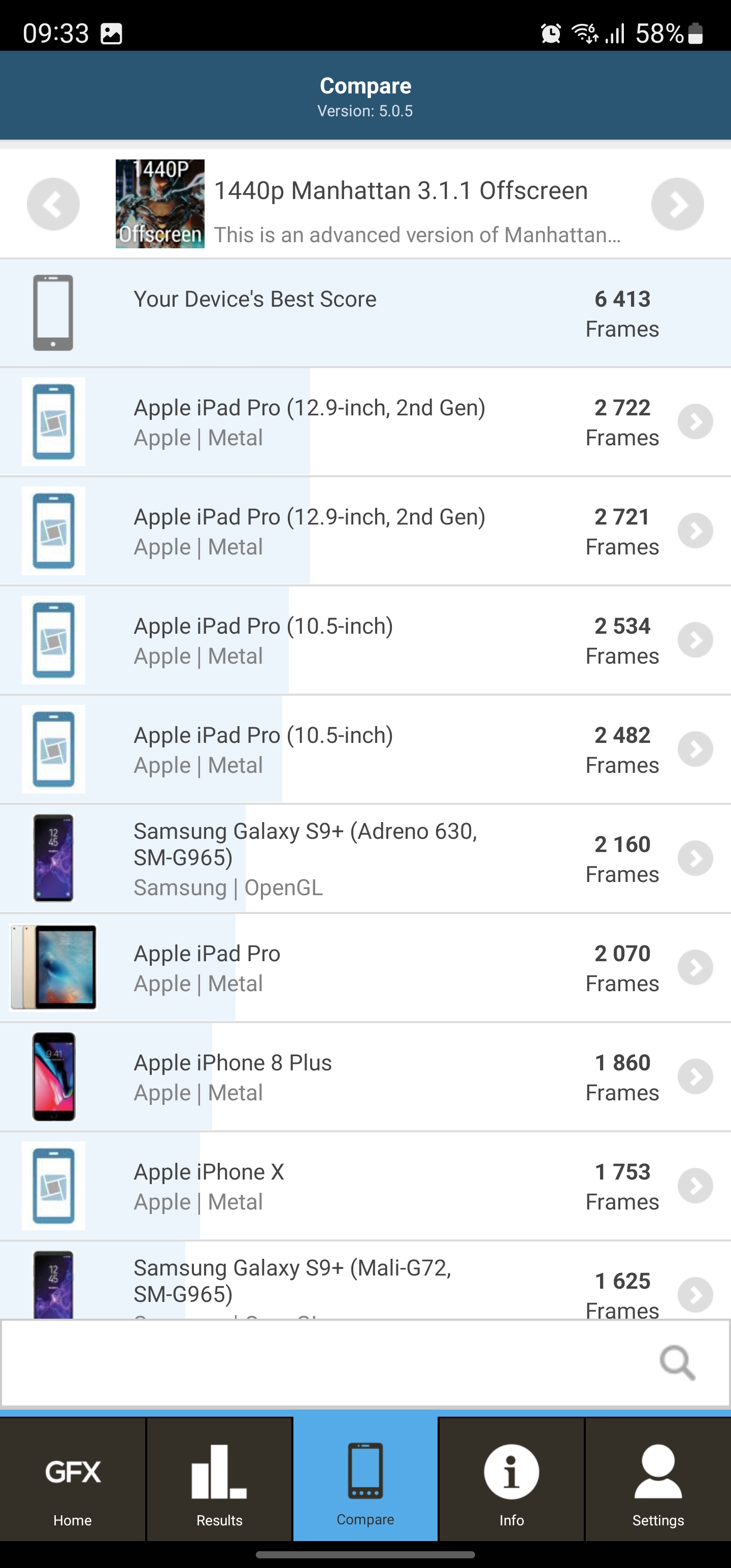
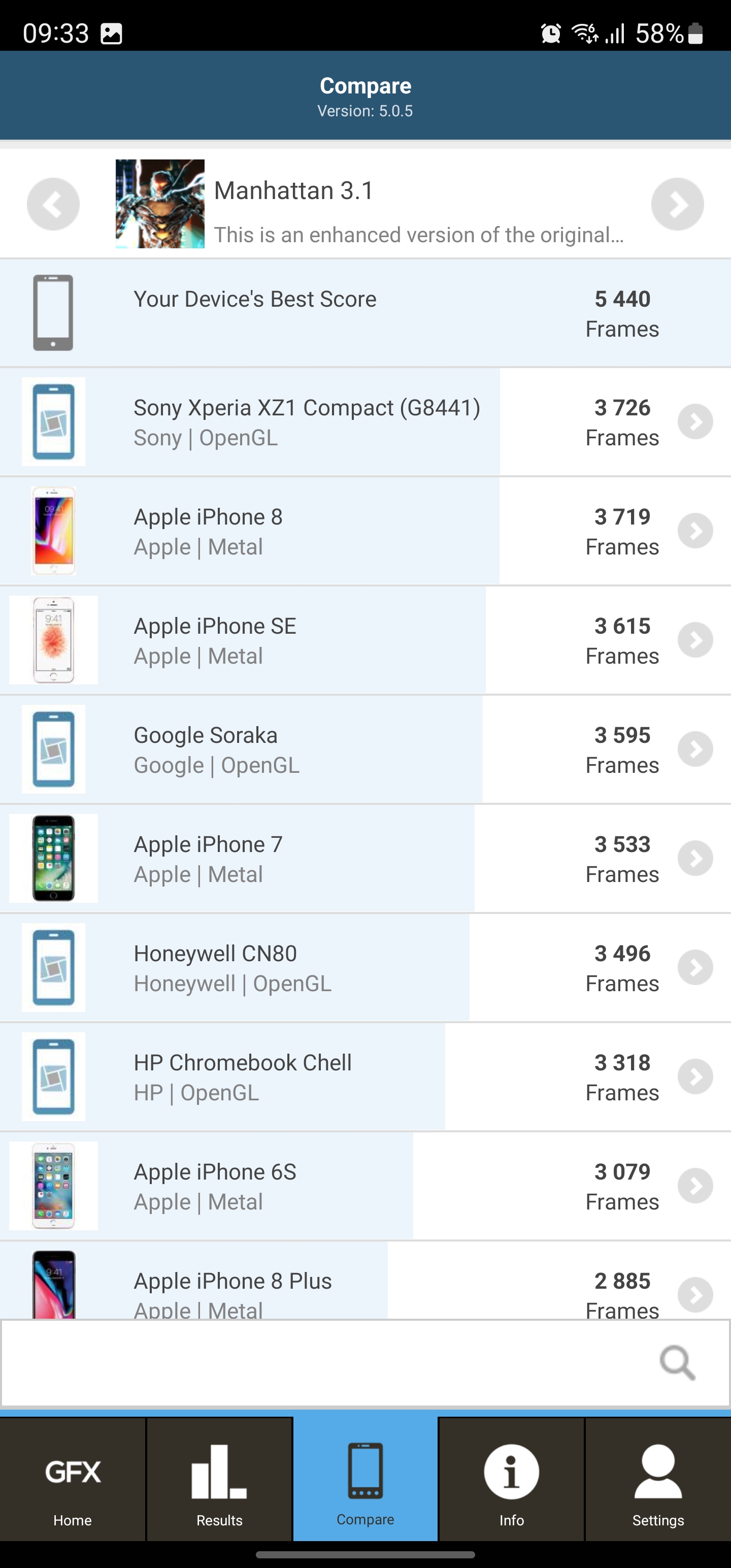
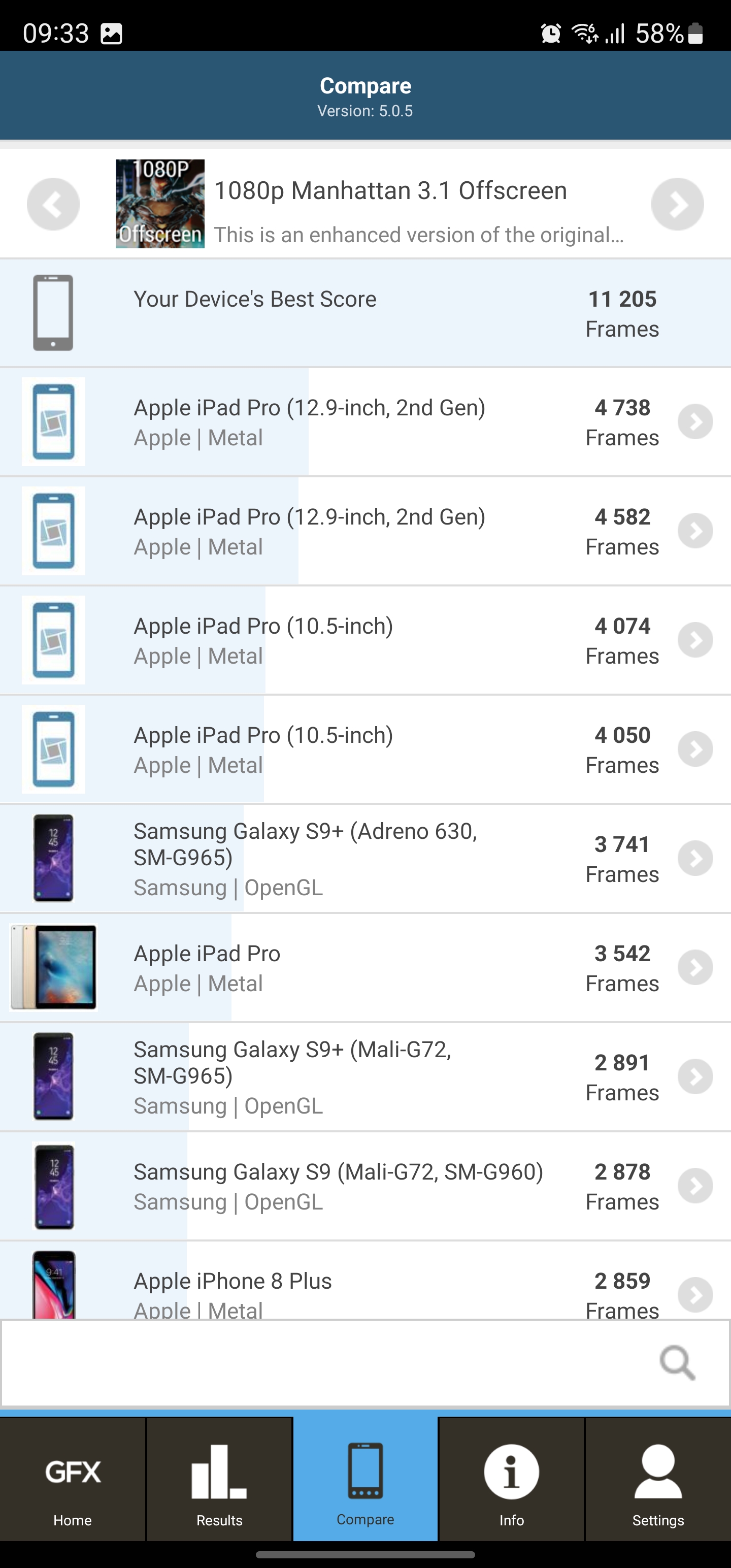
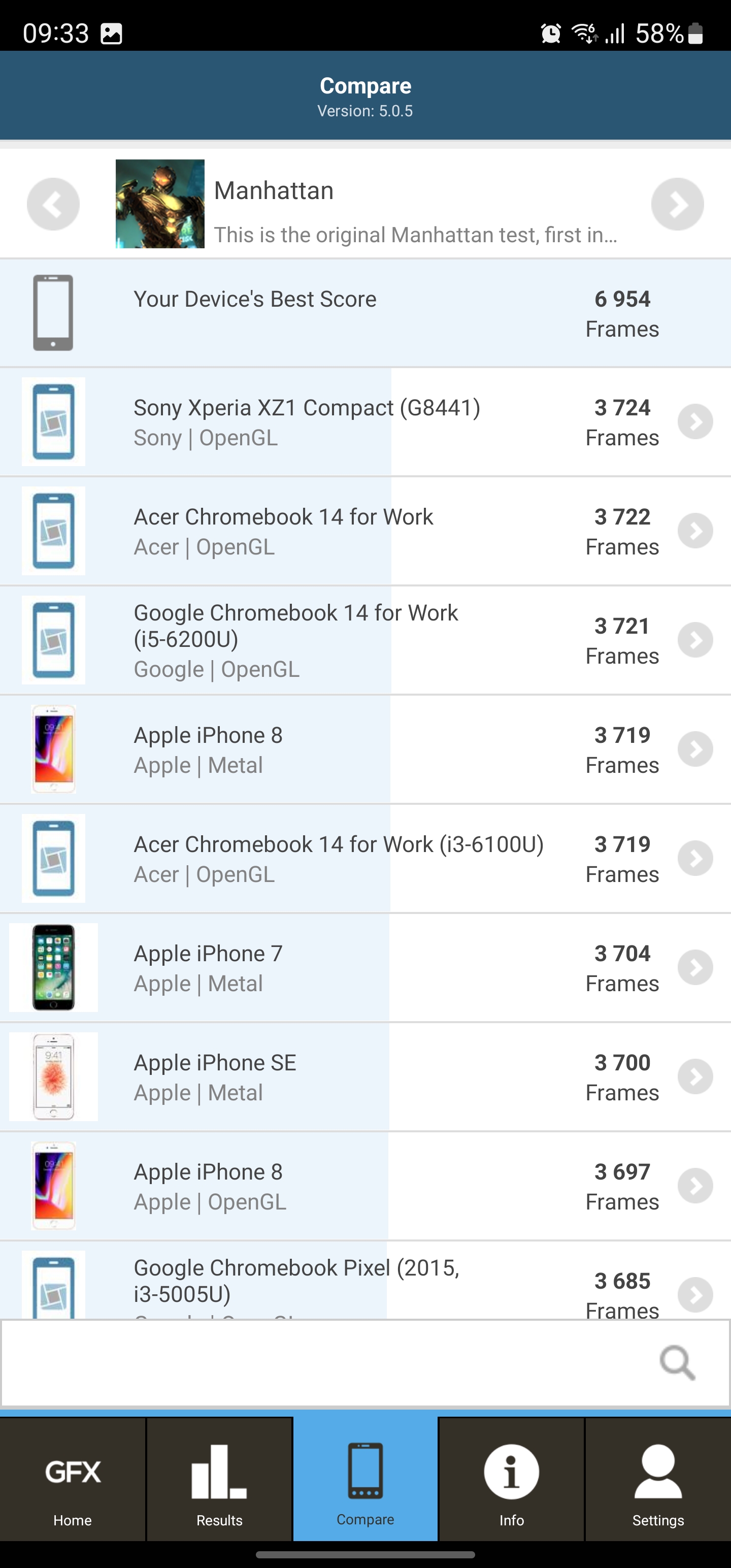

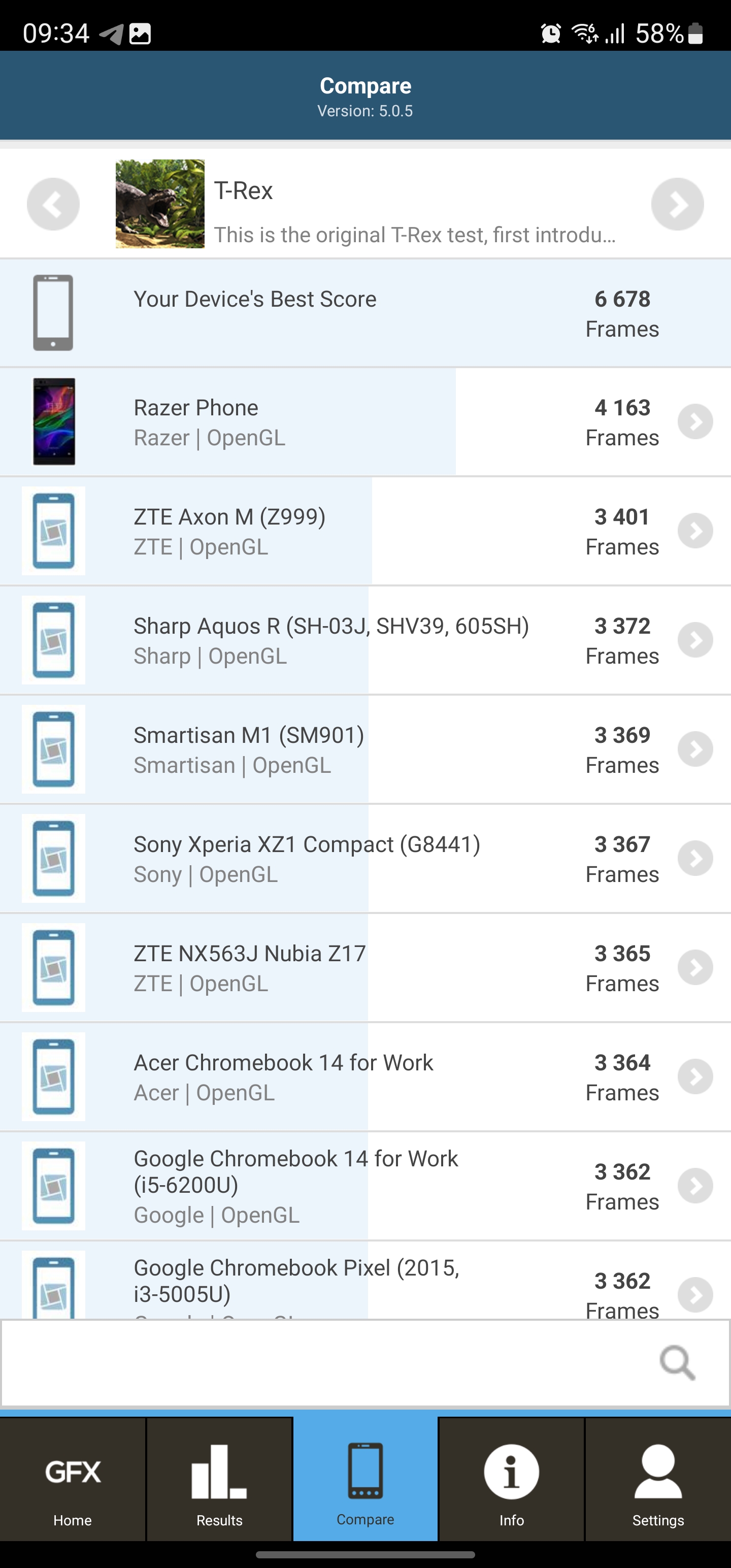
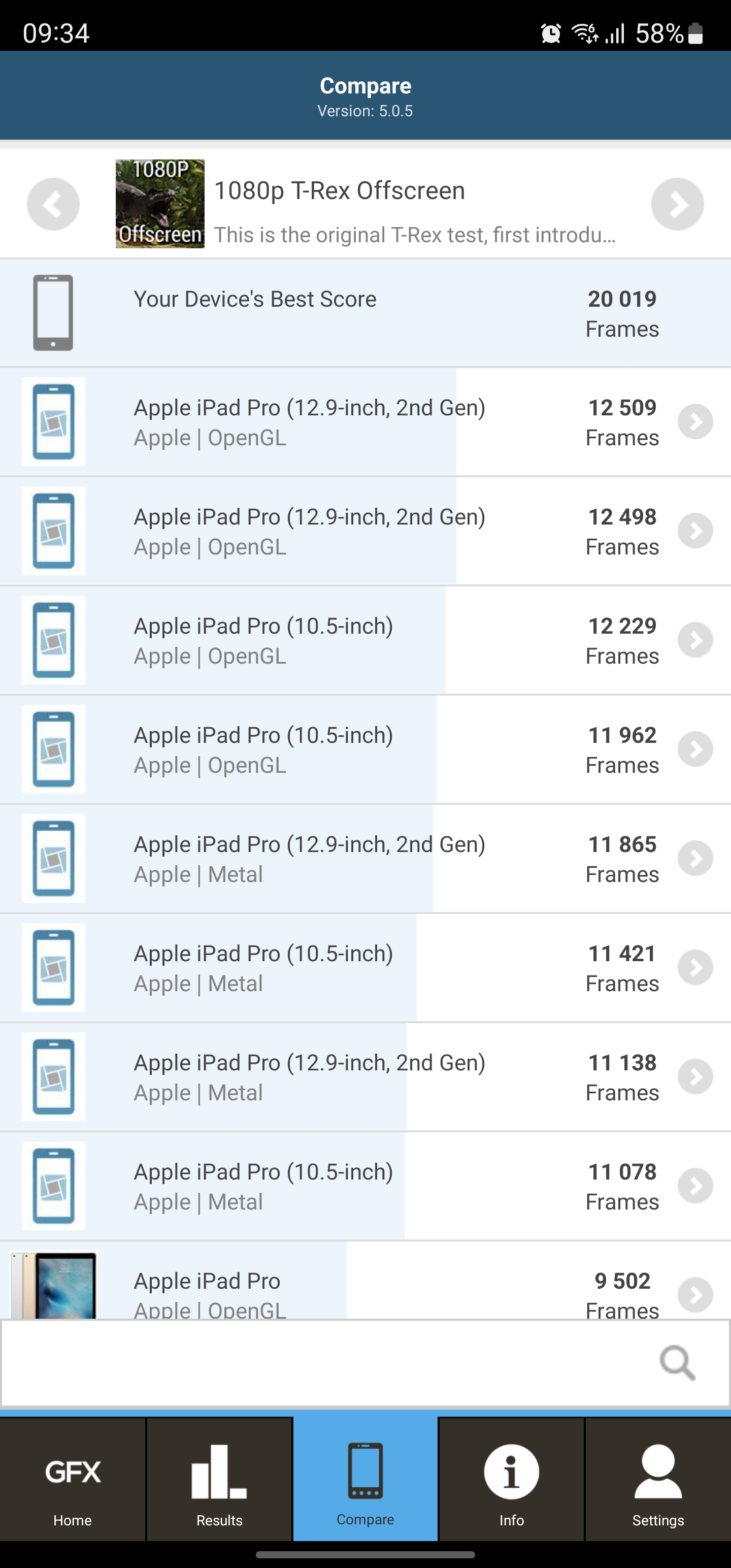
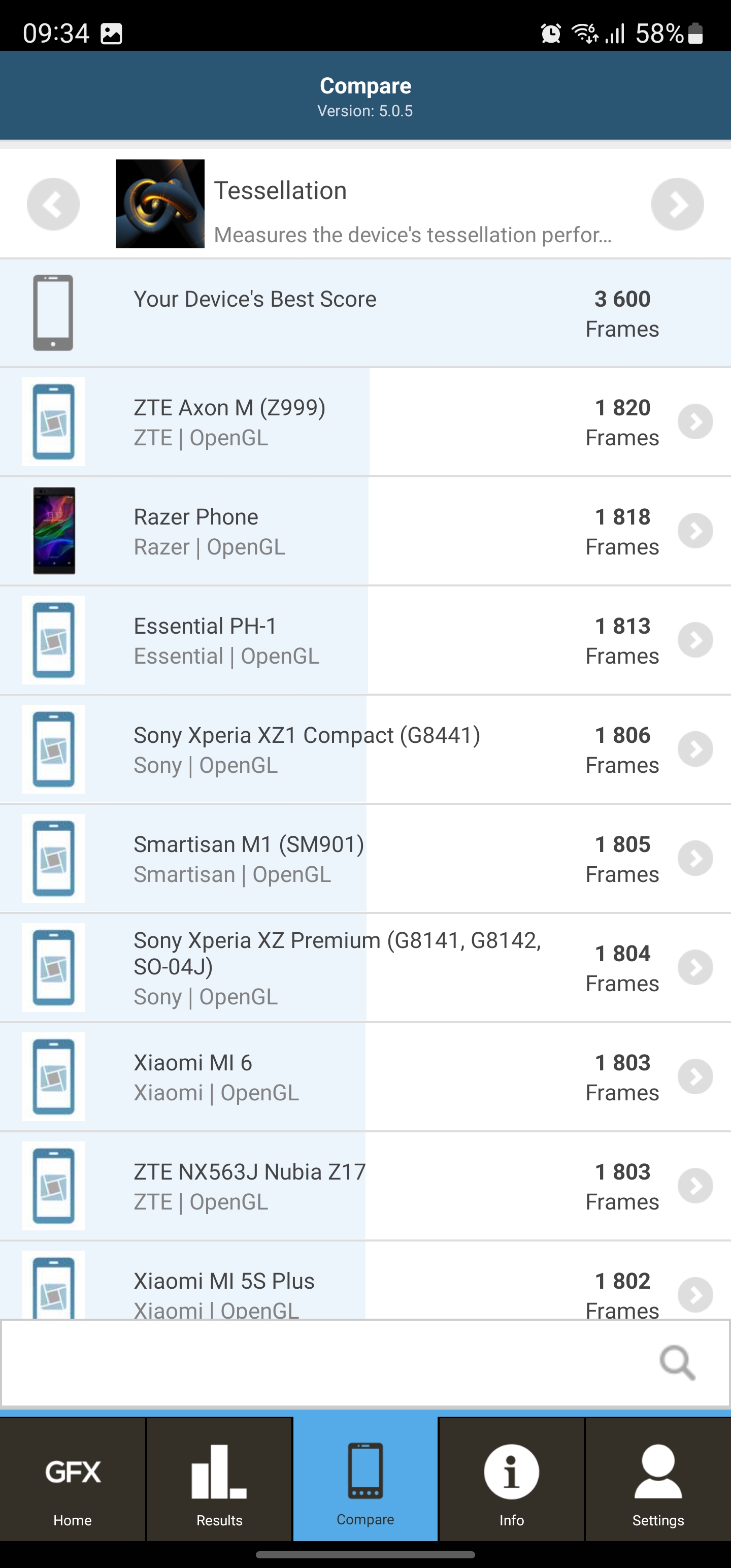
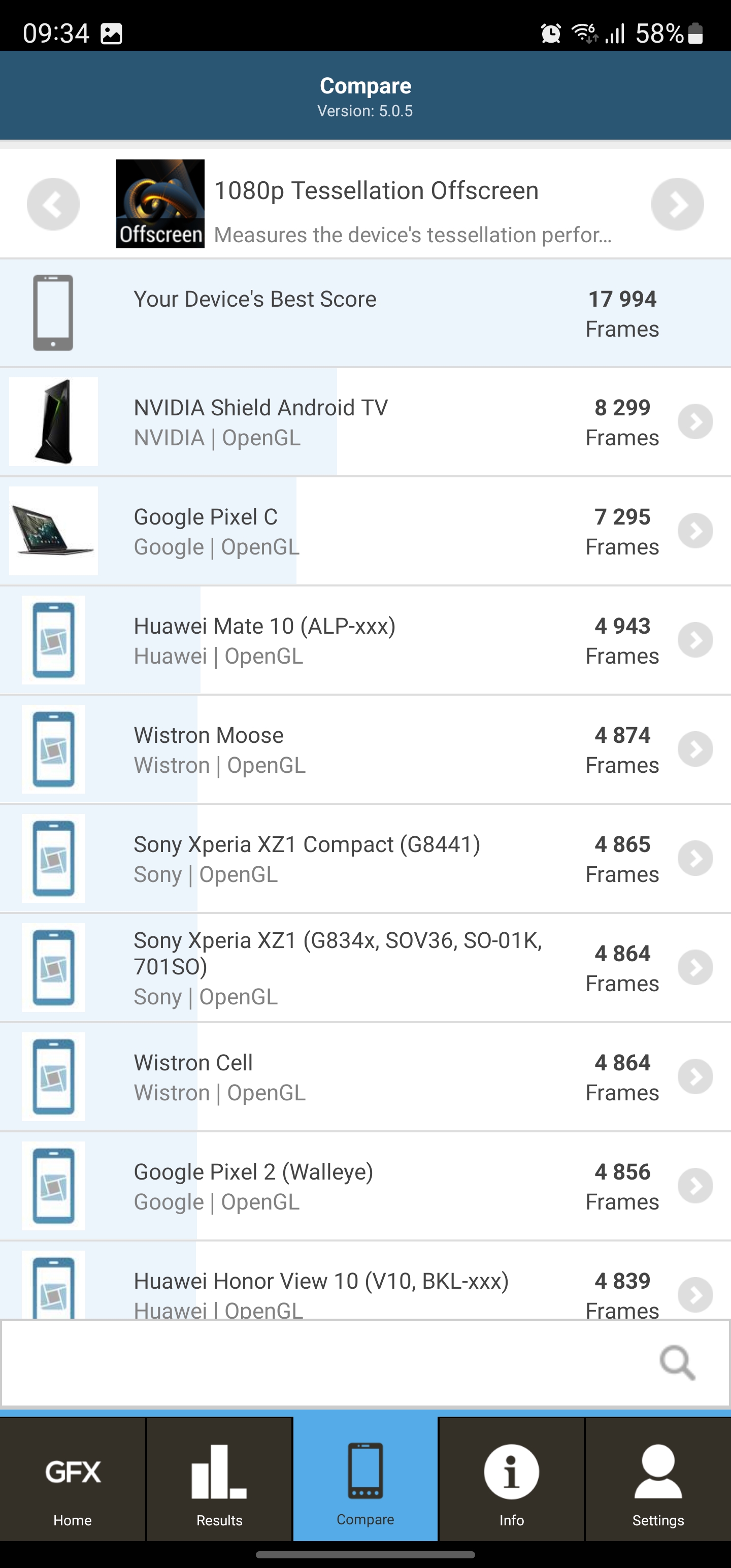
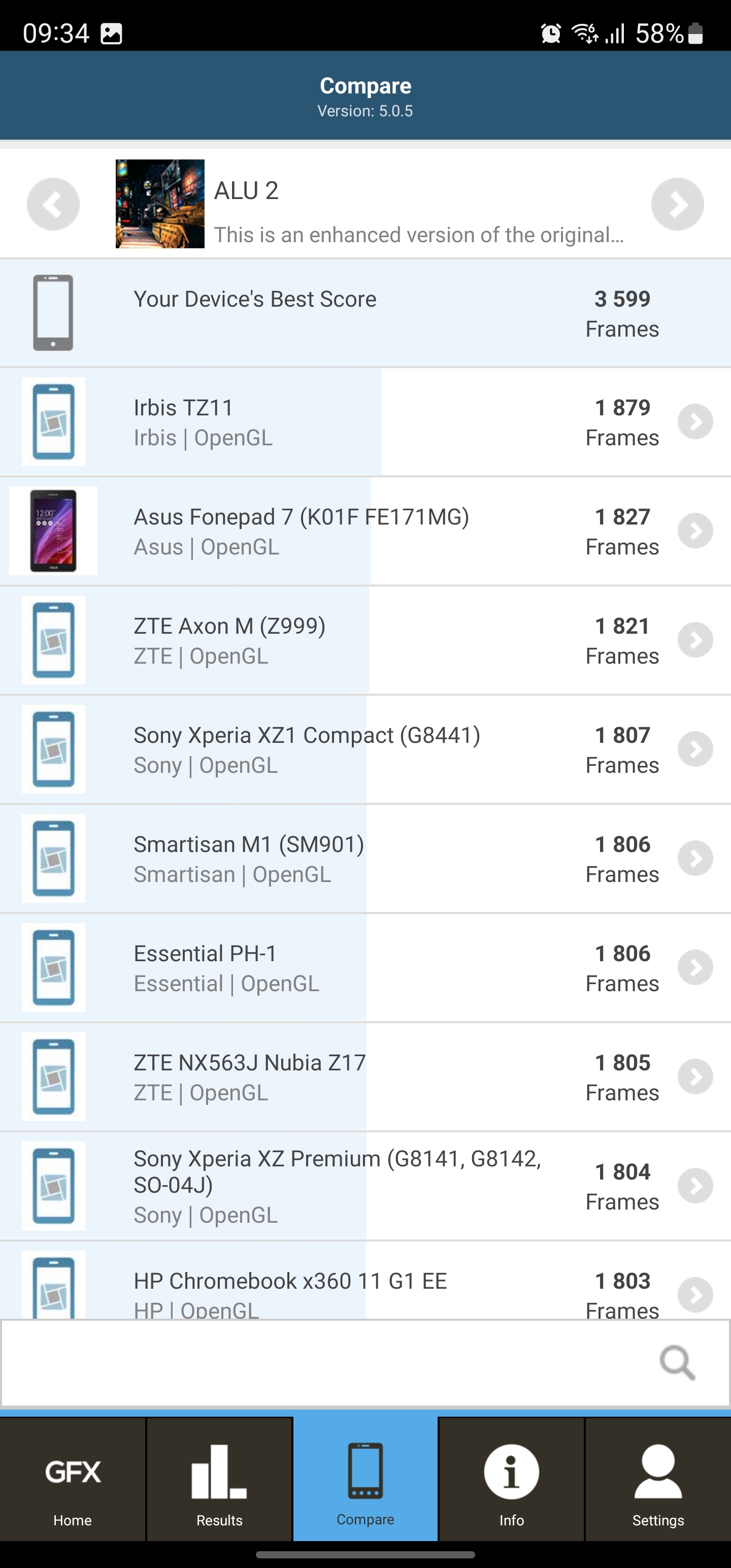

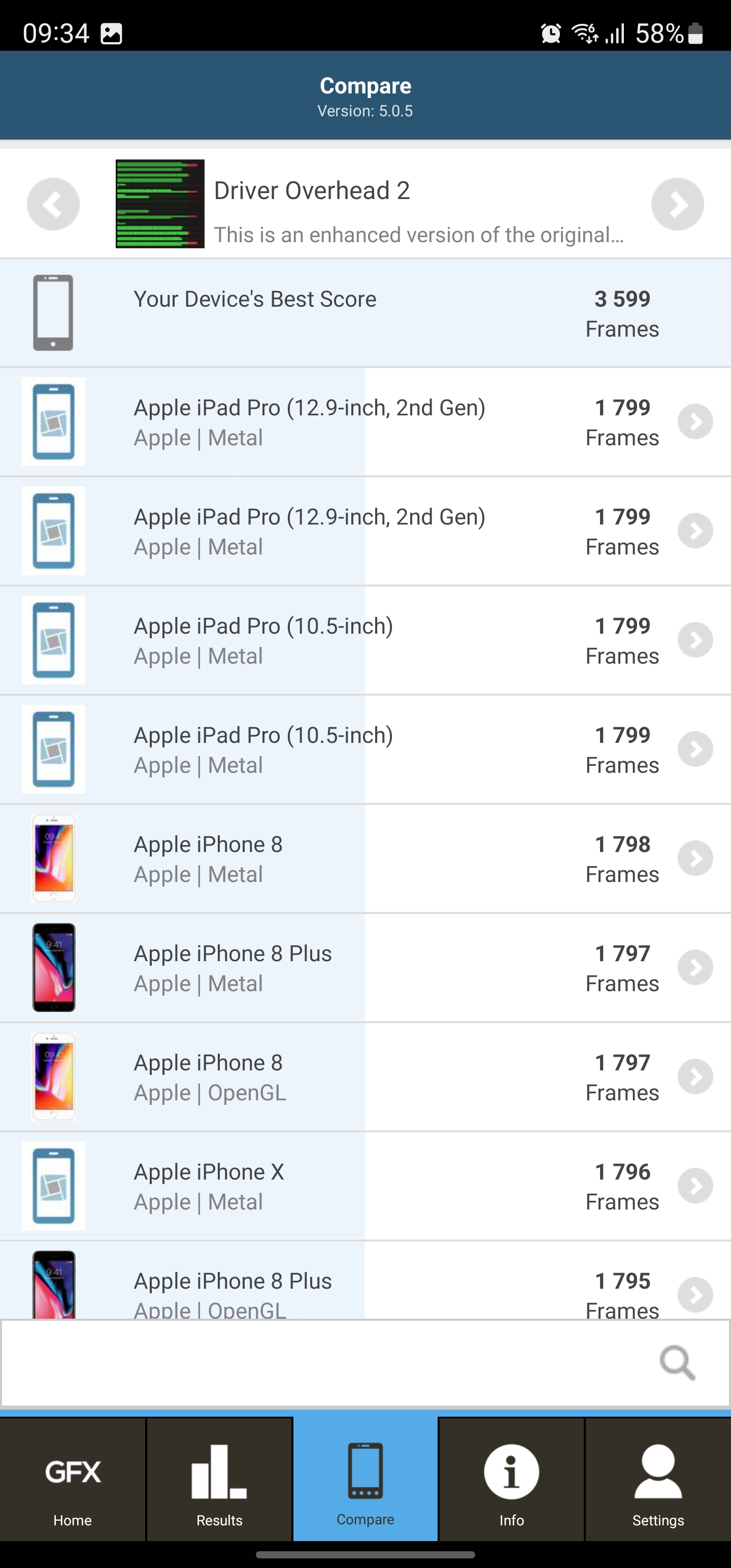
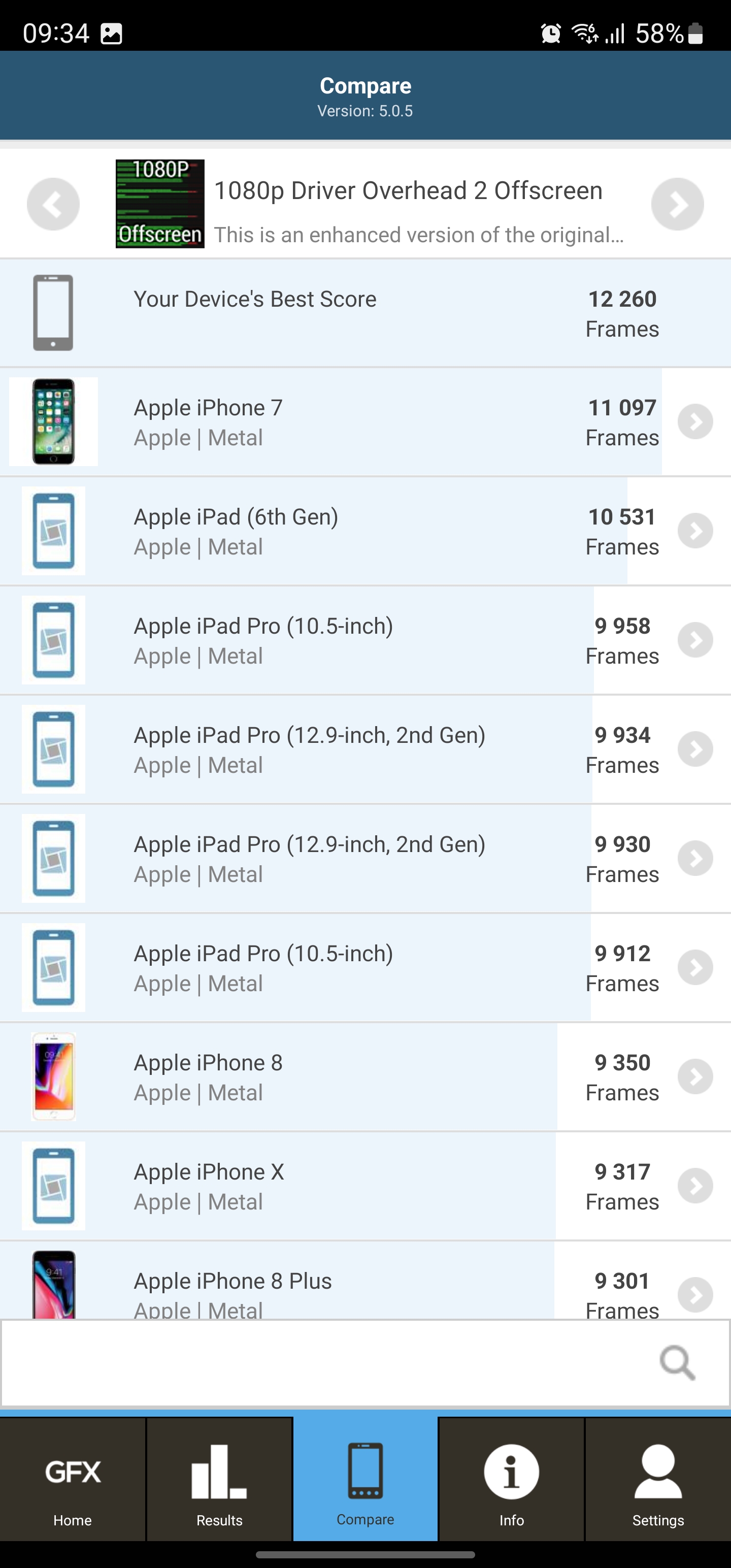
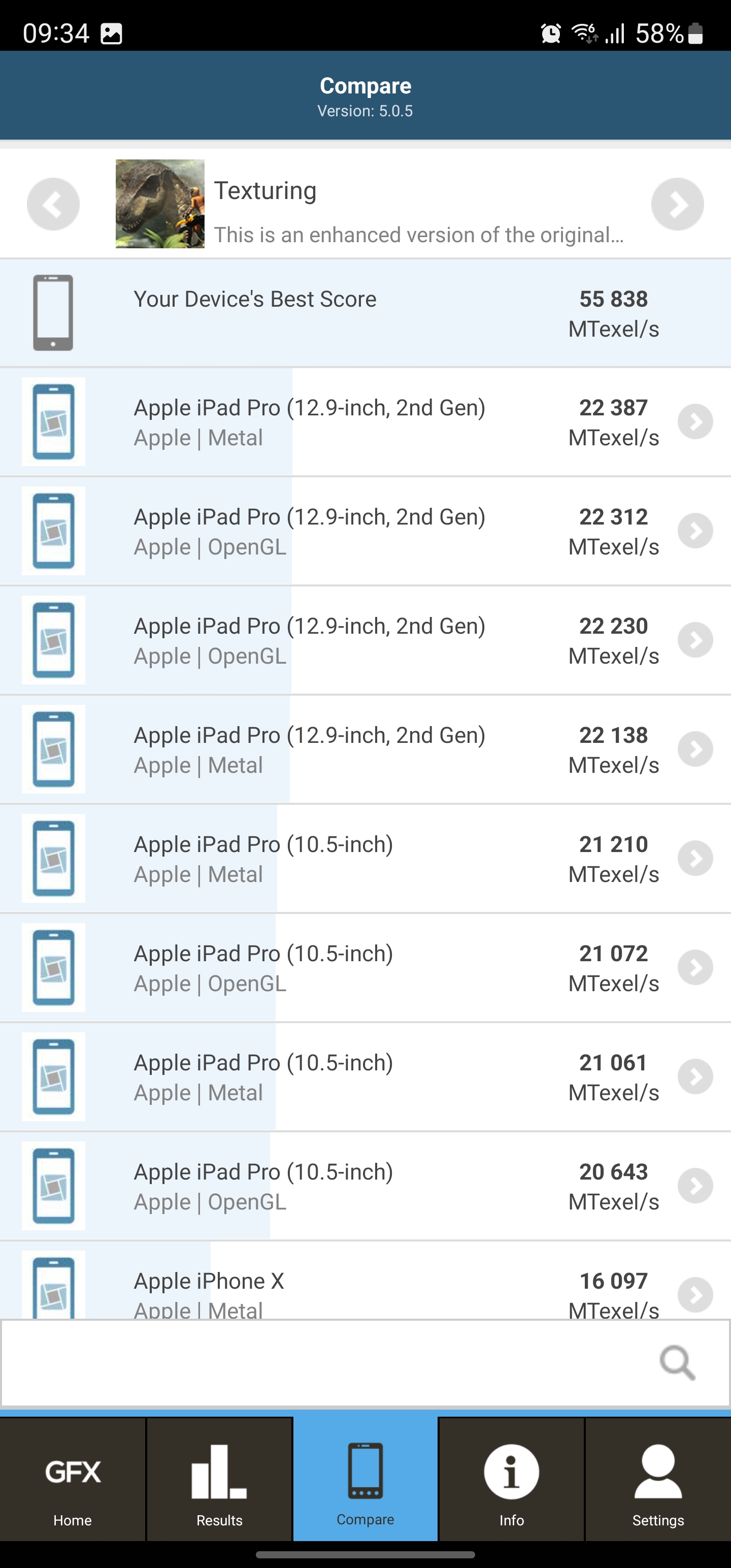
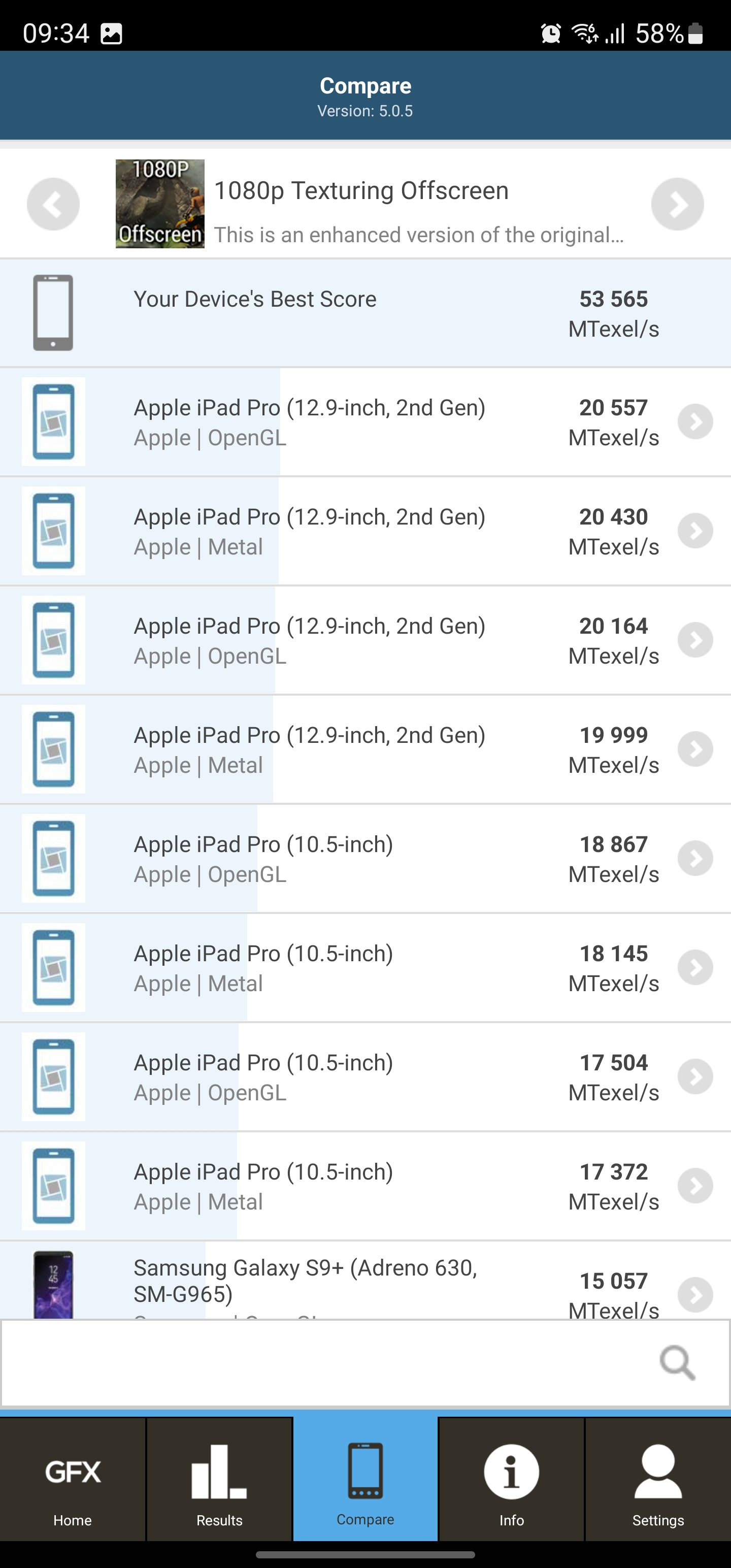
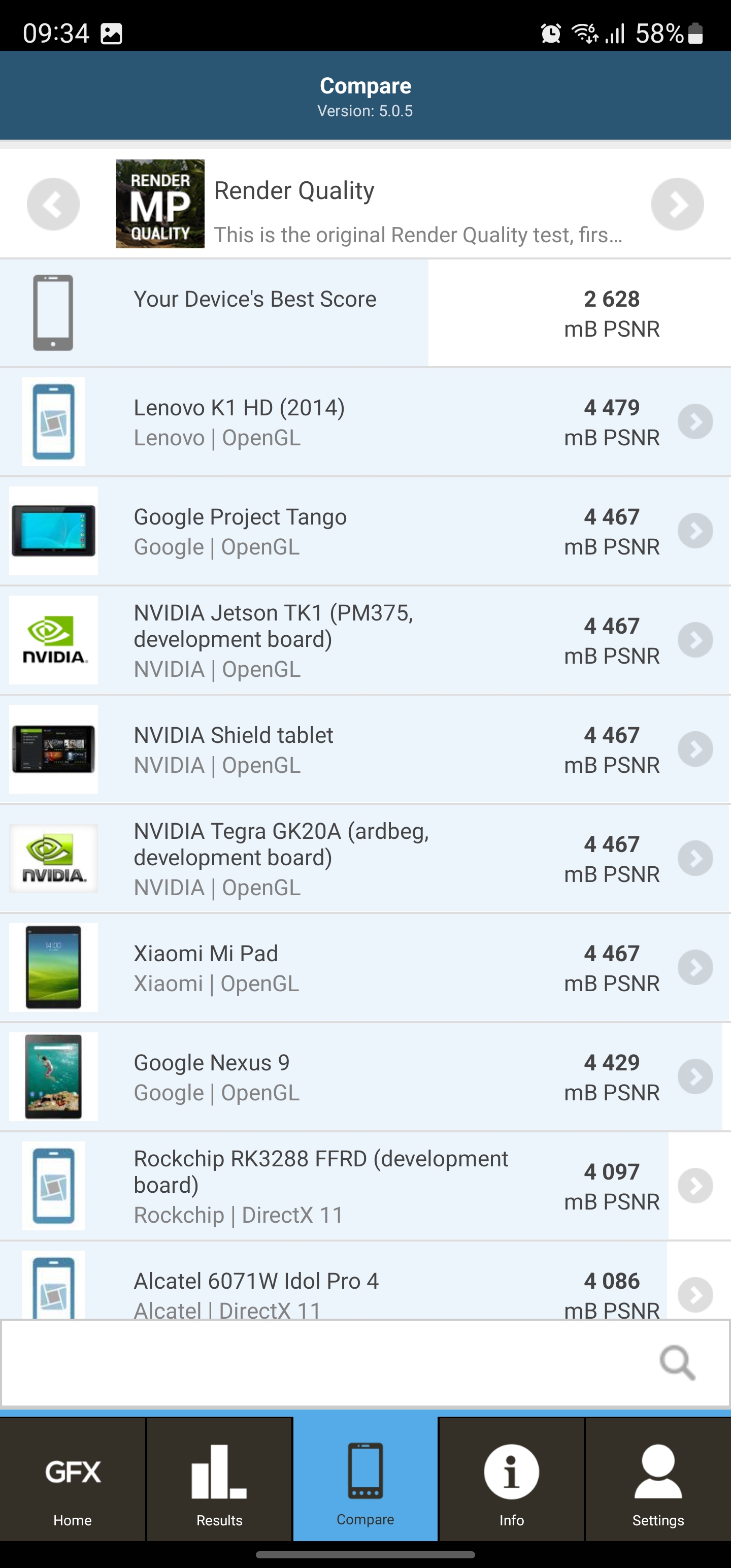
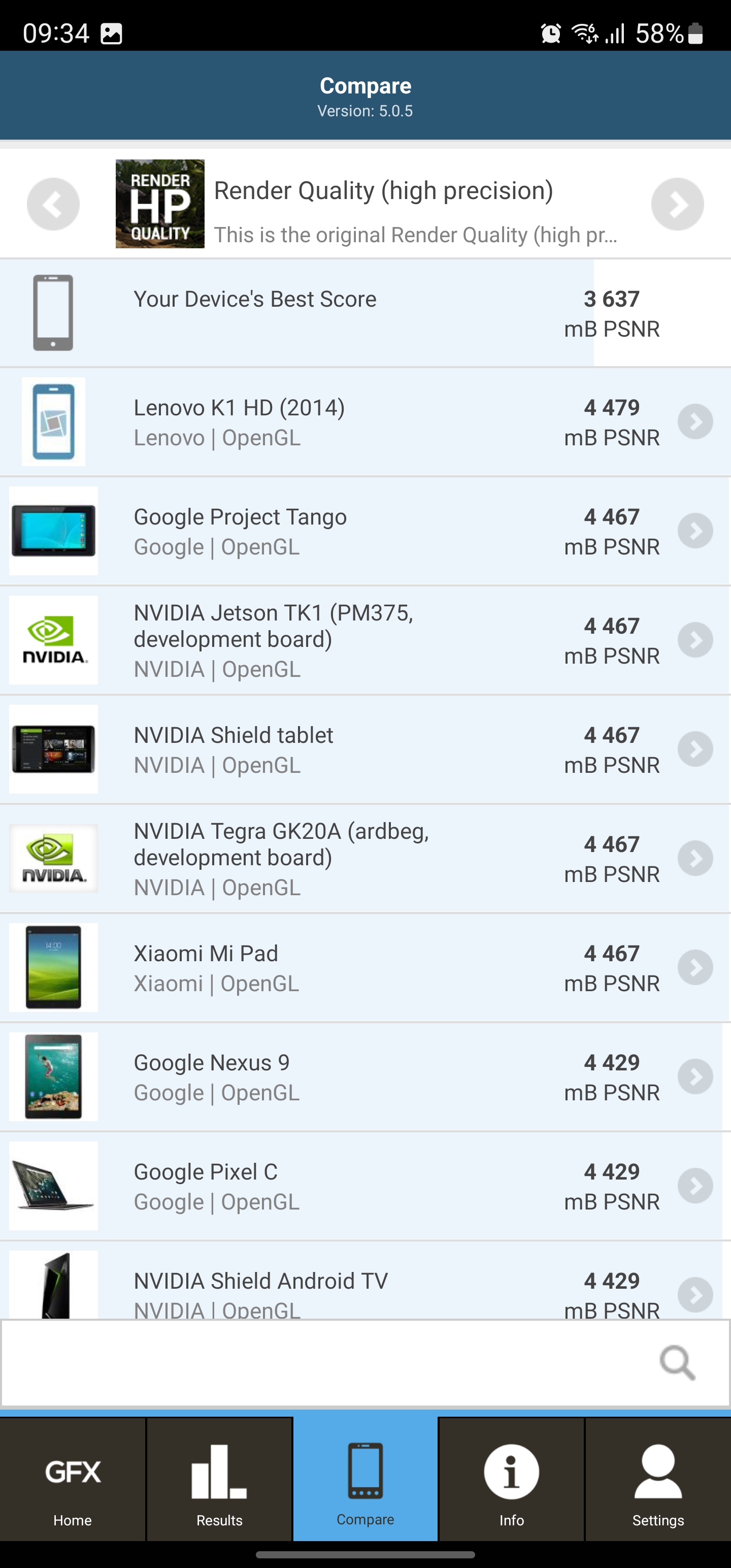


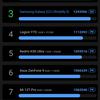






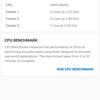
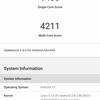
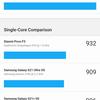
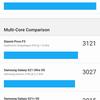



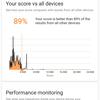




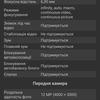
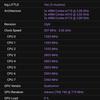
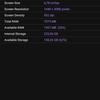
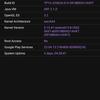





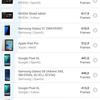
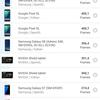
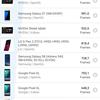


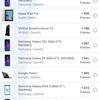


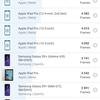













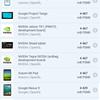
All manufacturers have not very good processors. Last year, the Samsung Exynos 2200 had some issues: it was very hot and consumed battery power quite quickly. The Qualcomm Snapdragon 8 Gen 2 Mobile Platform for Galaxy has been better optimised. With the maximum load in the CPU Throttling Test, performance drops to only 91% in 15 minutes, which is very good for such a productive processor. The case becomes warm, but it doesn't burn your hands.
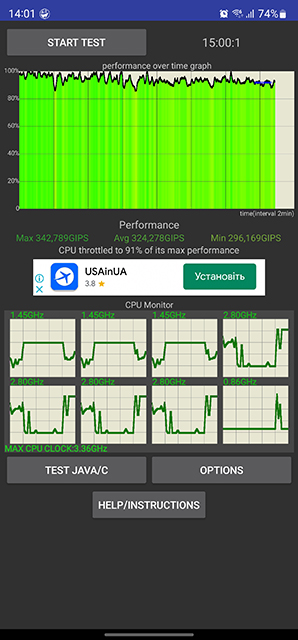
The smartphone's power will be enough for another two to three years. The interface, all applications in any quantity, load and work very quickly. Modern games are also in perfect order. At high and maximum settings, you can expect a stable 60 FPS (and in some cases 120 FPS). The proprietary Game Launcher and Game Booster gaming apps with additional modules and plug-ins remain unchanged.

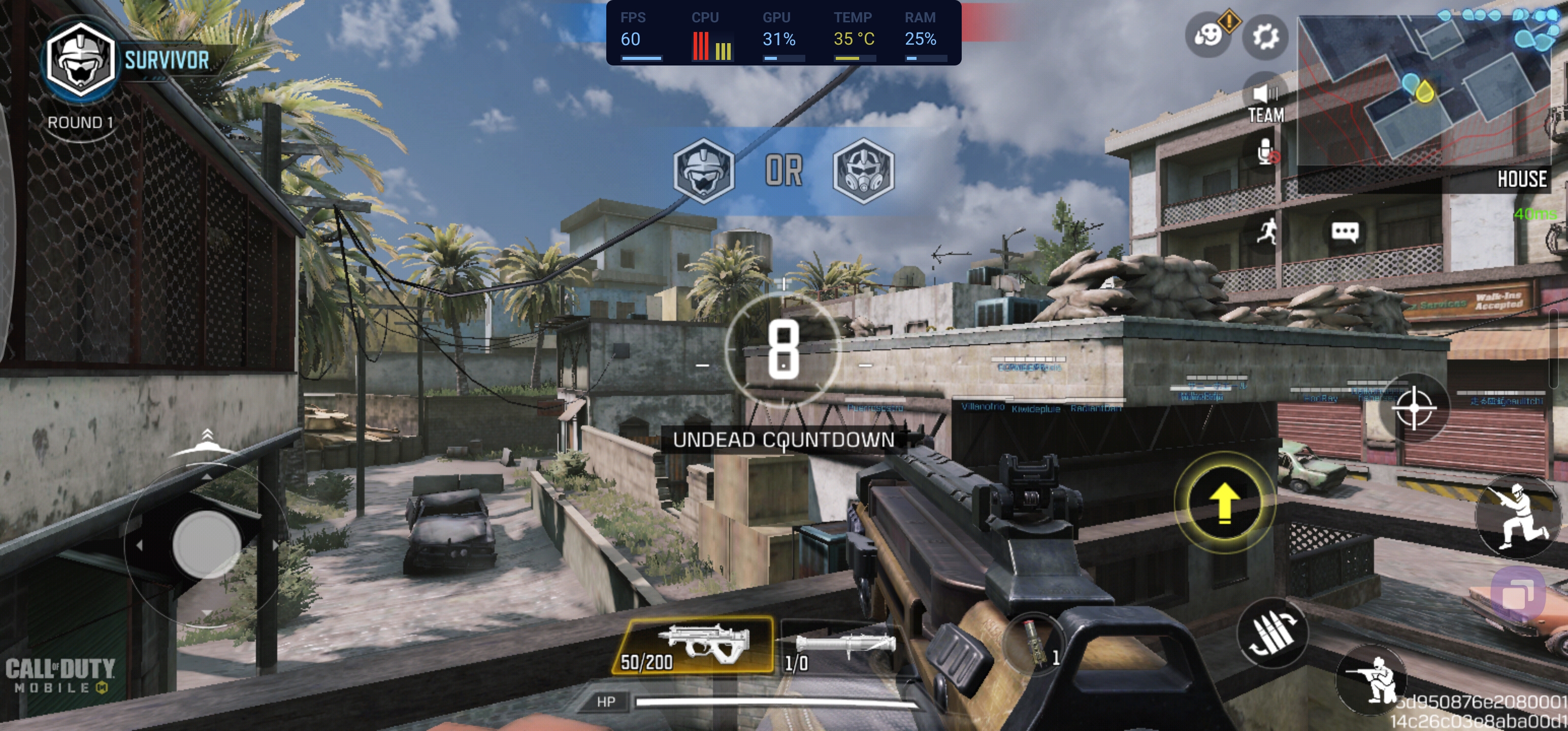
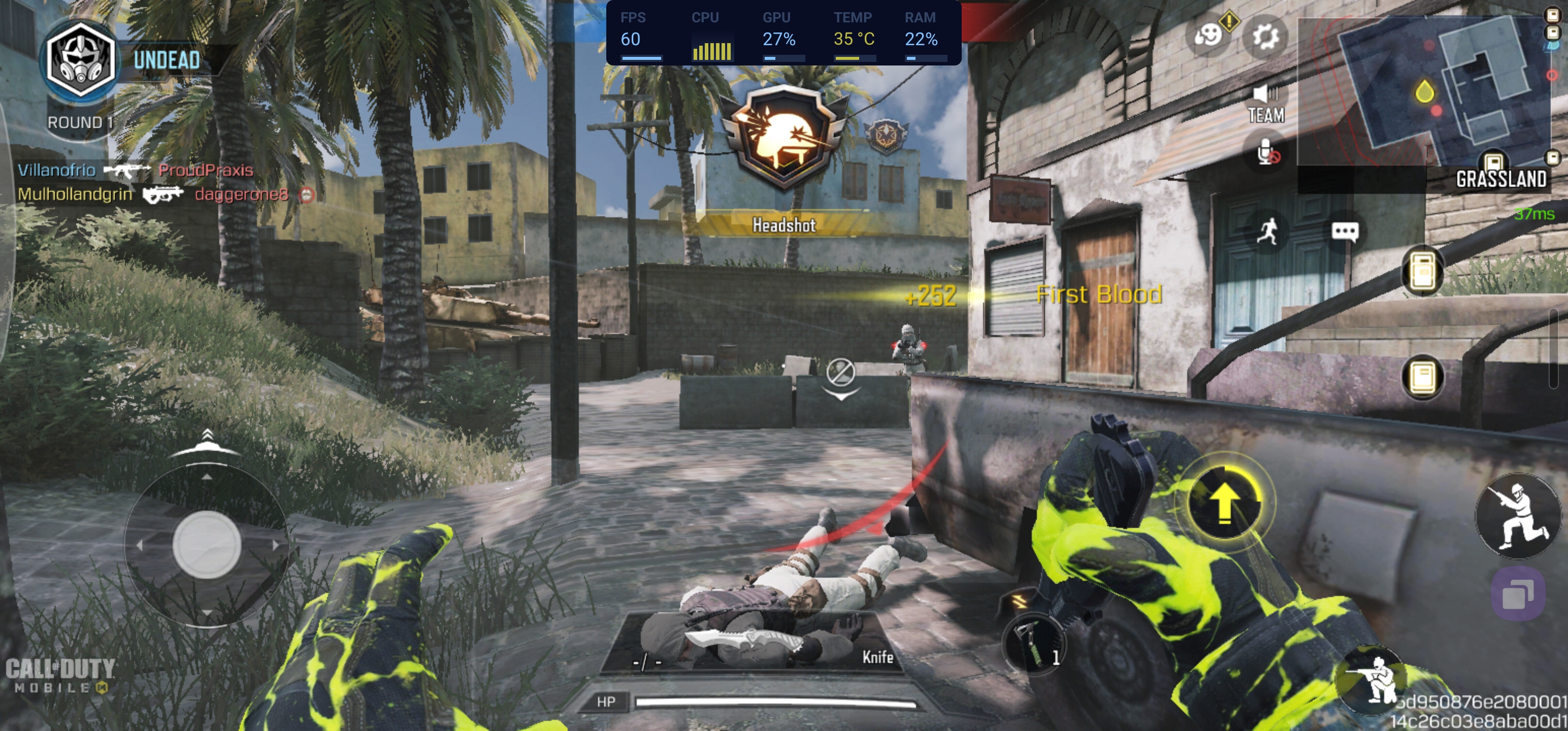
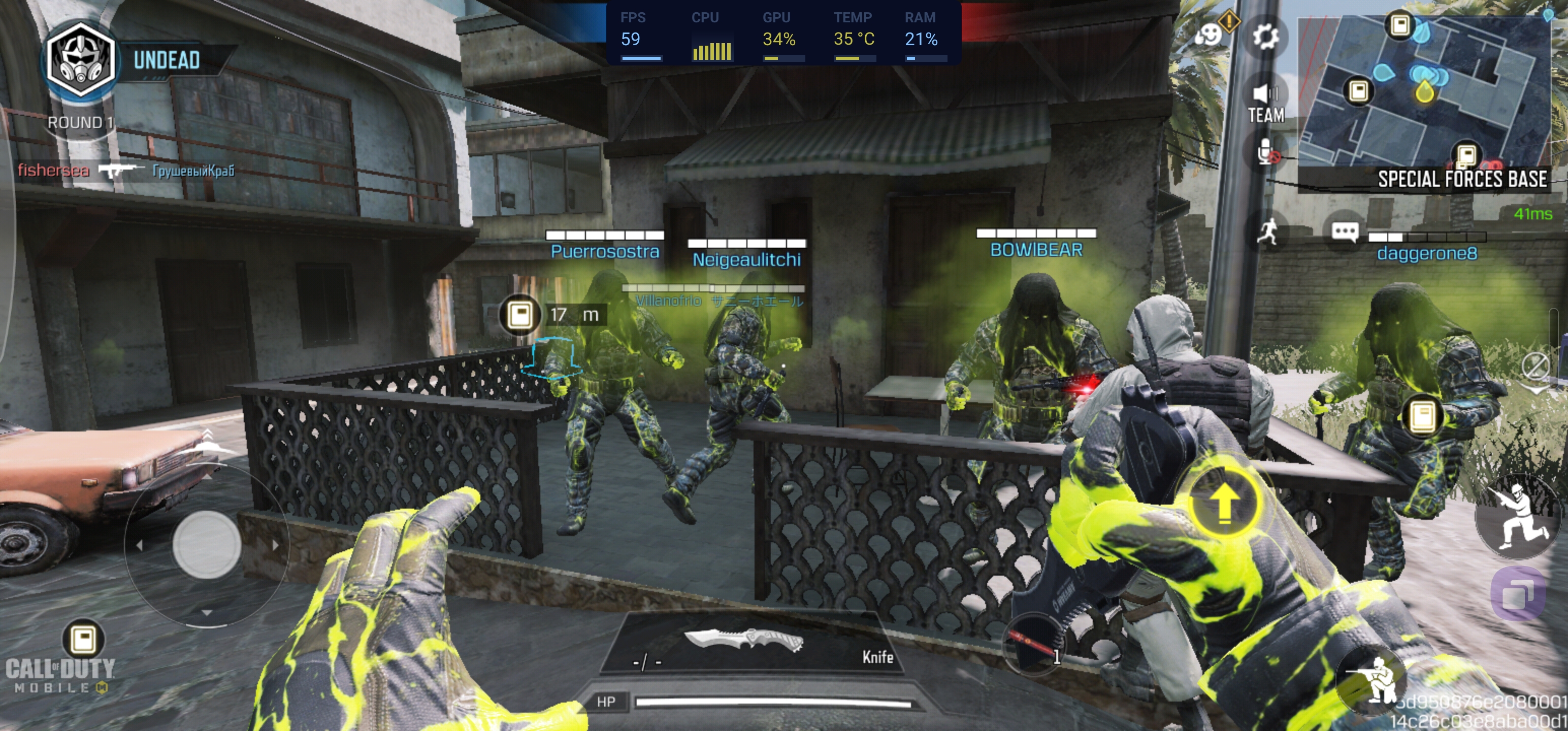
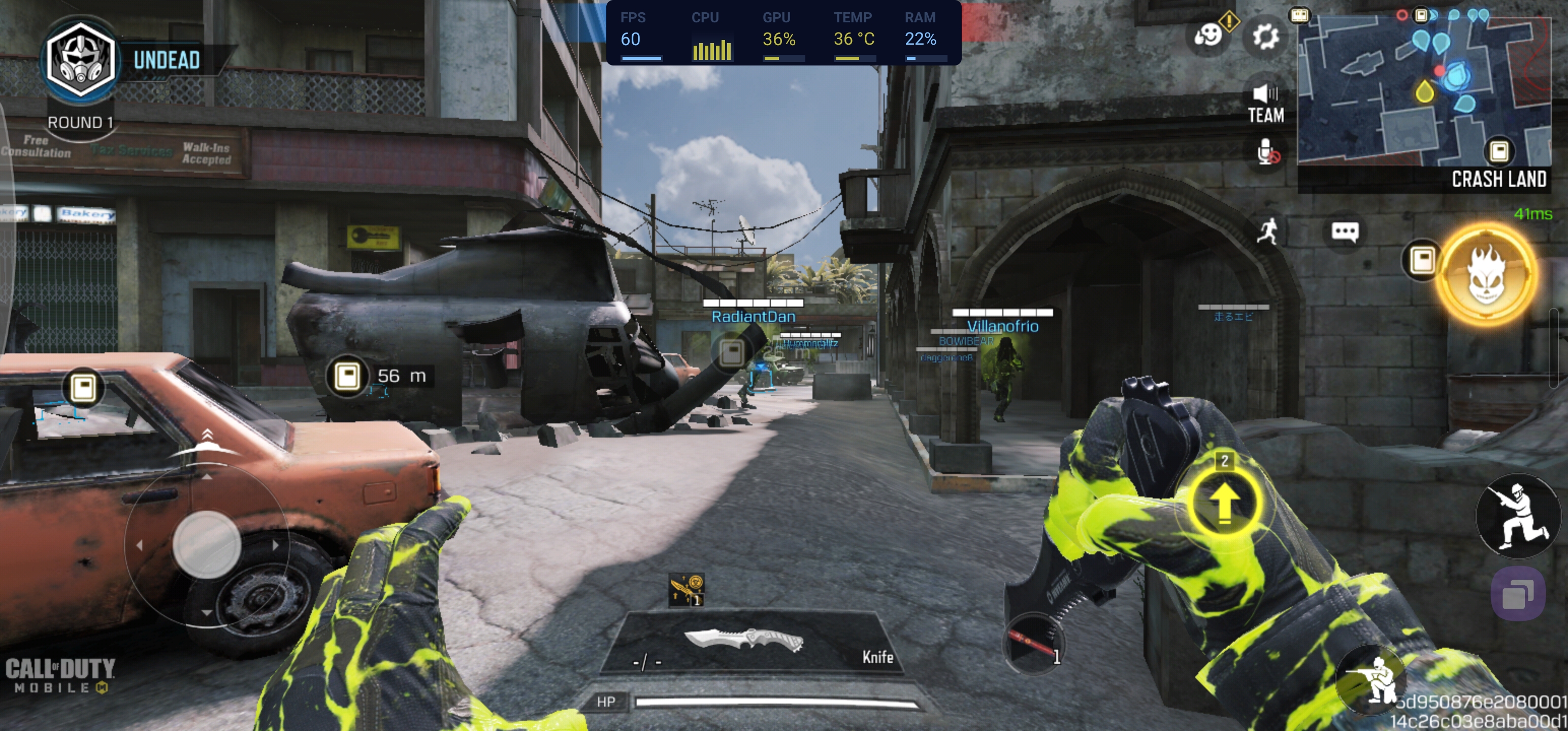
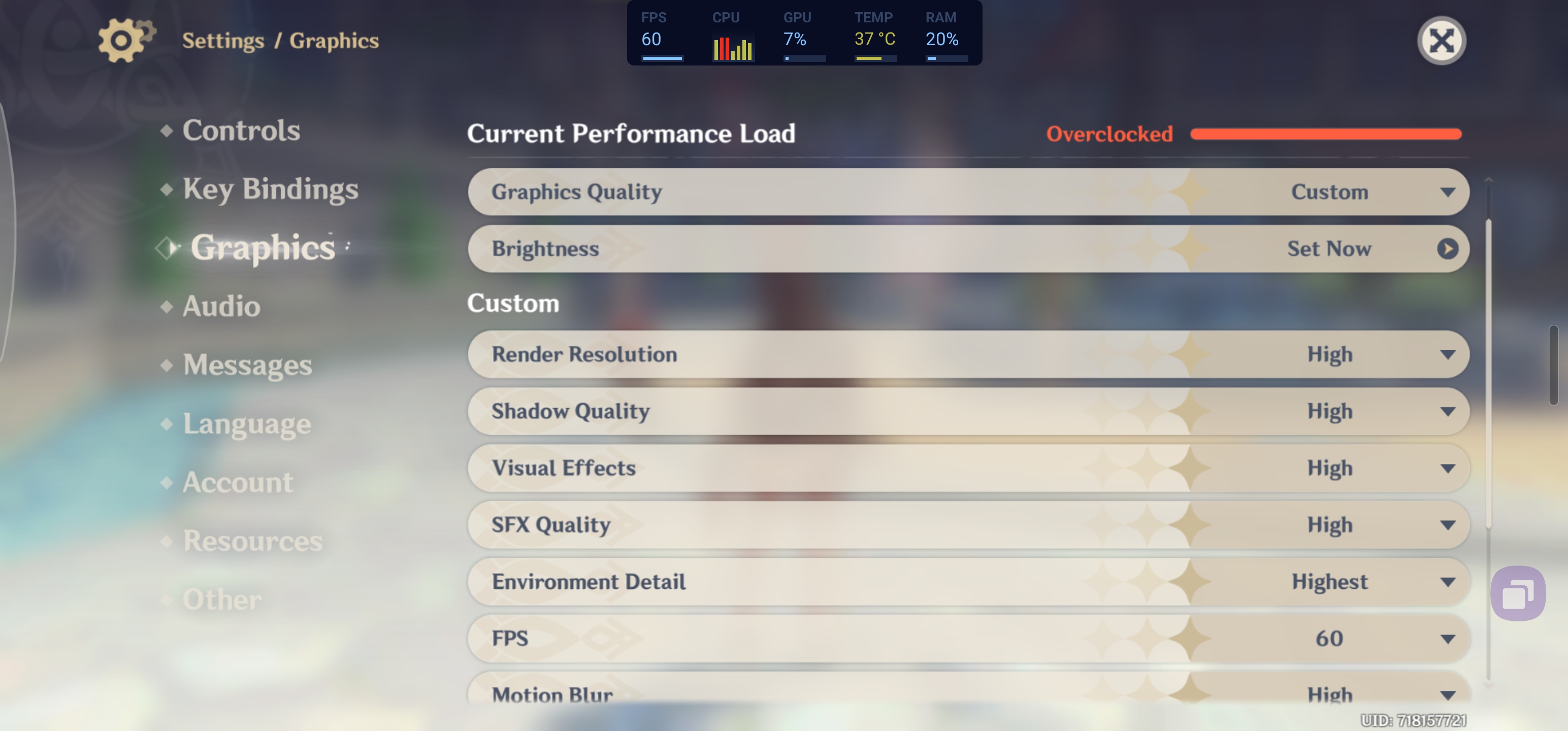


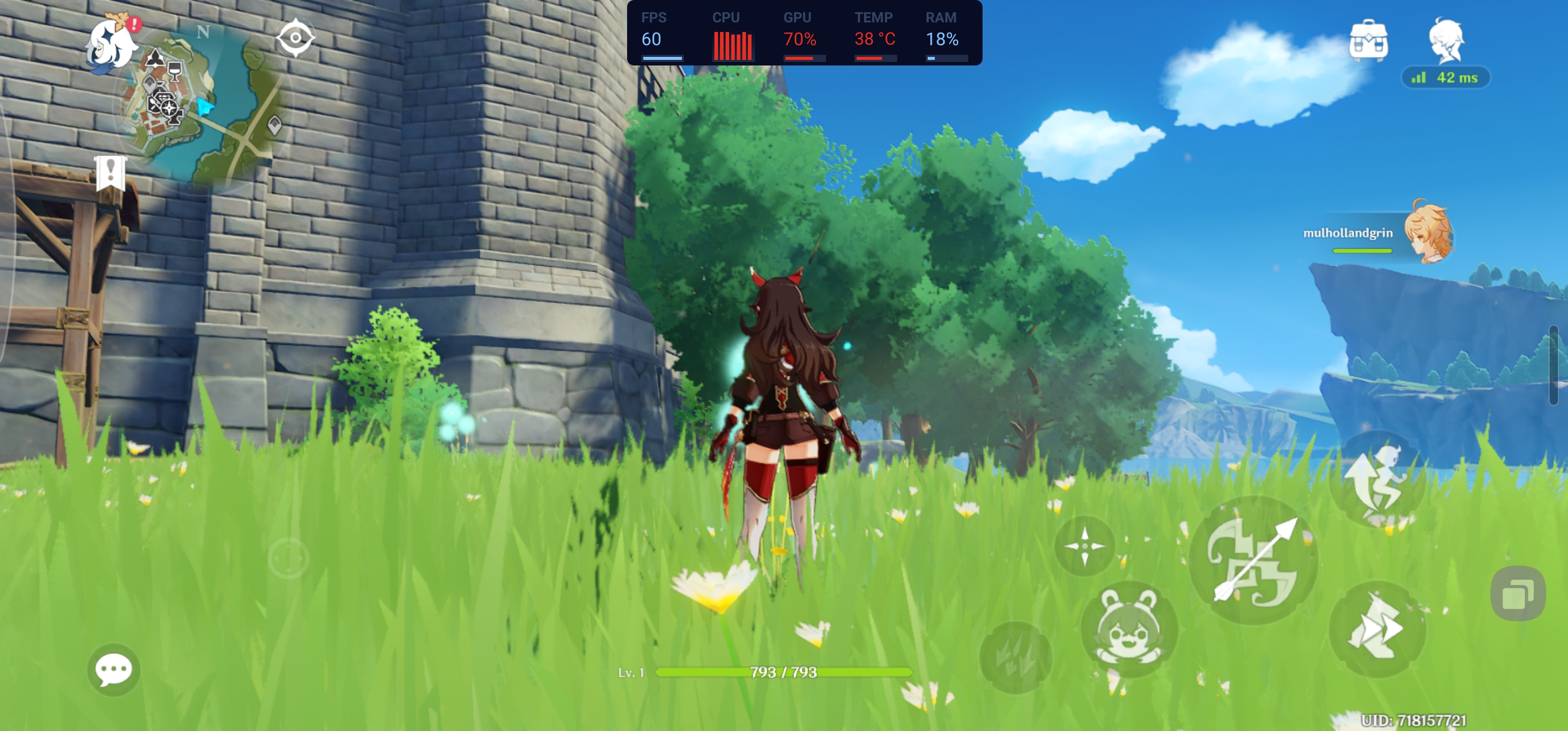
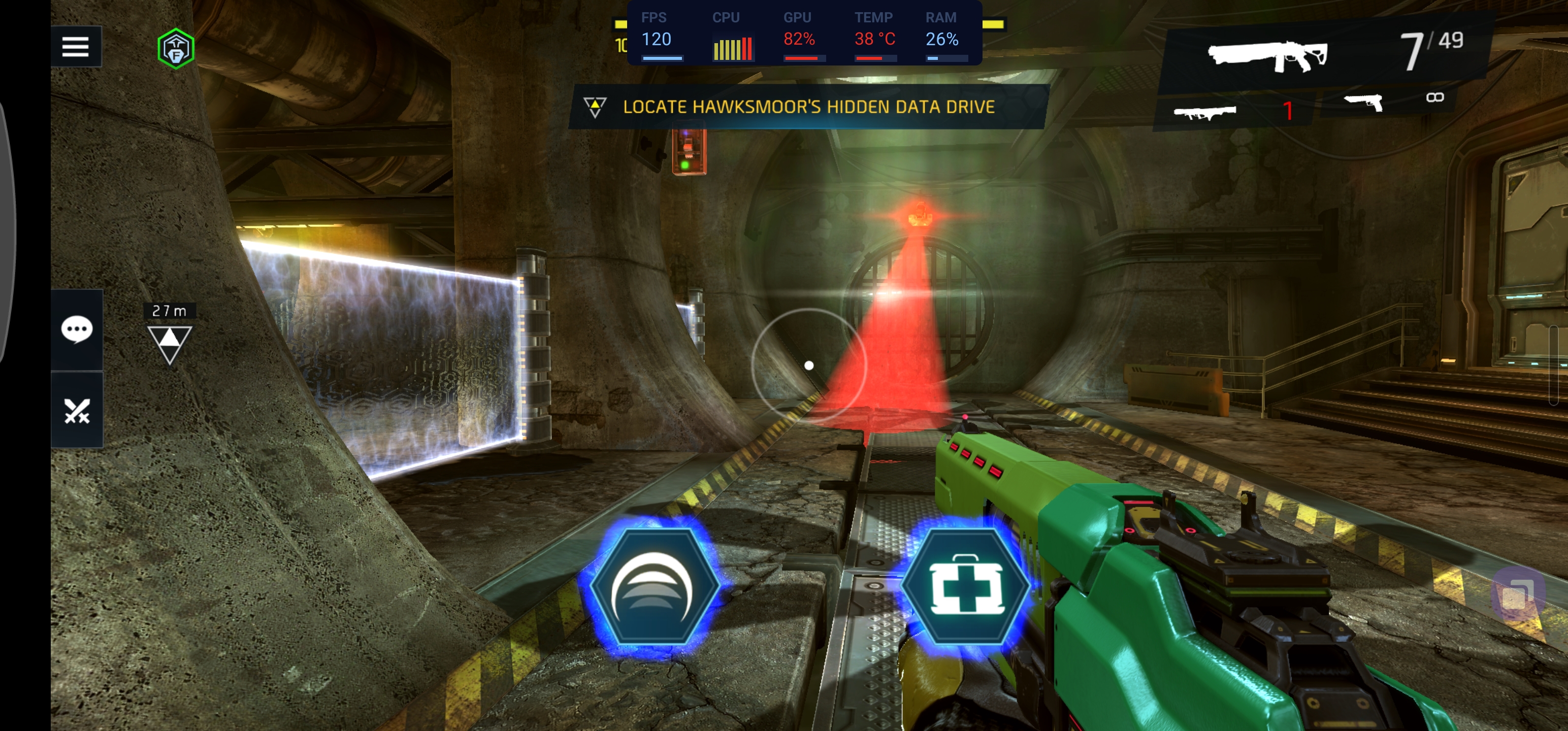
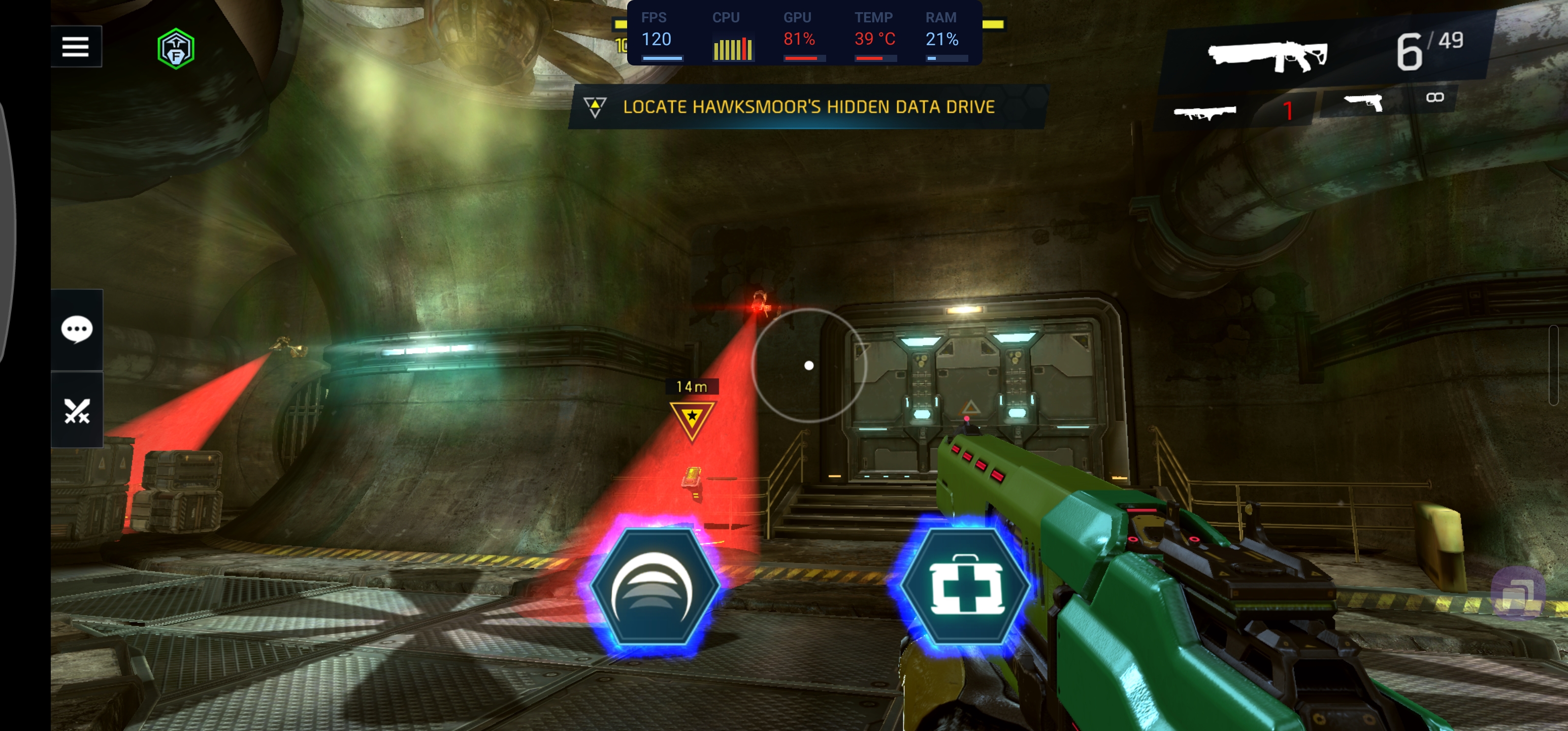
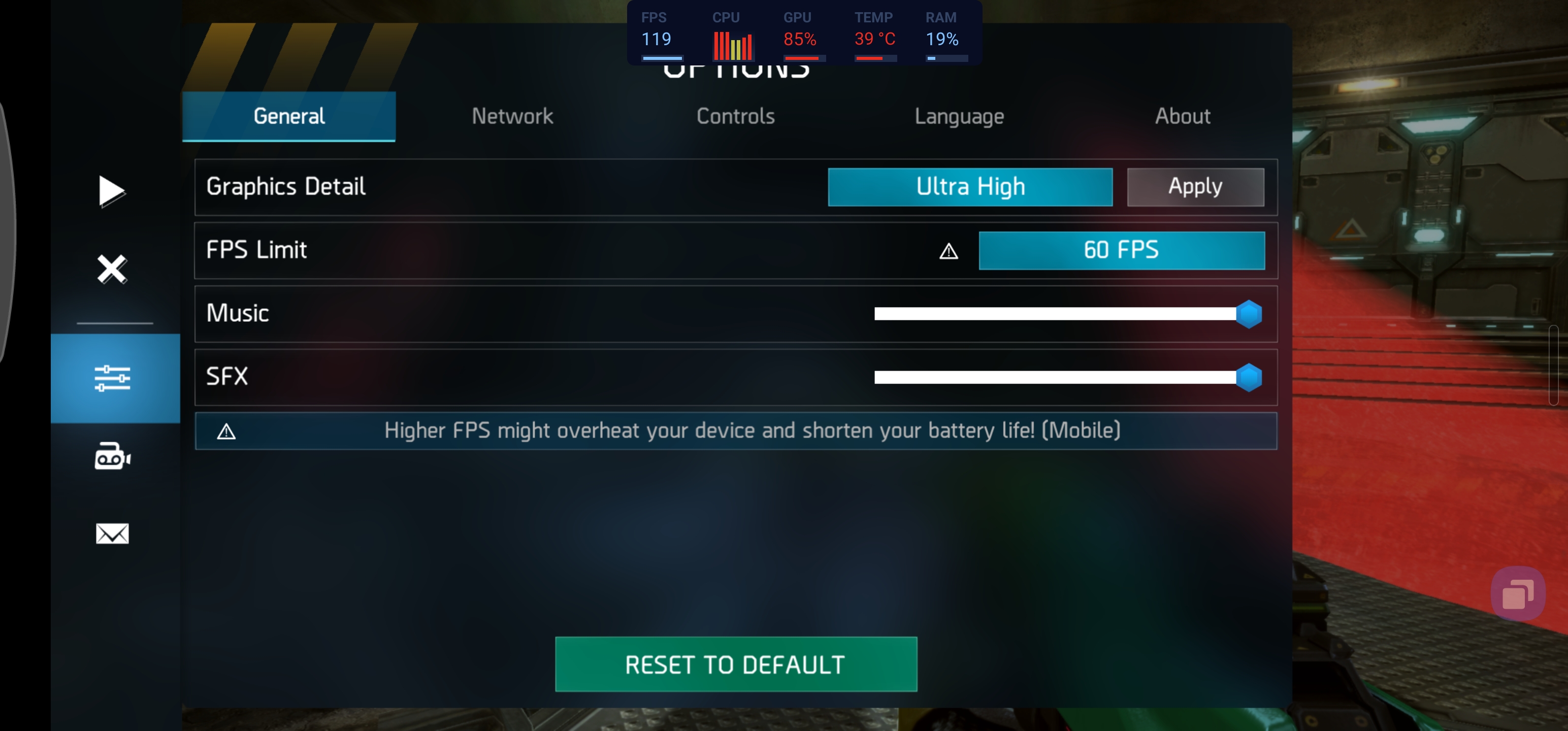
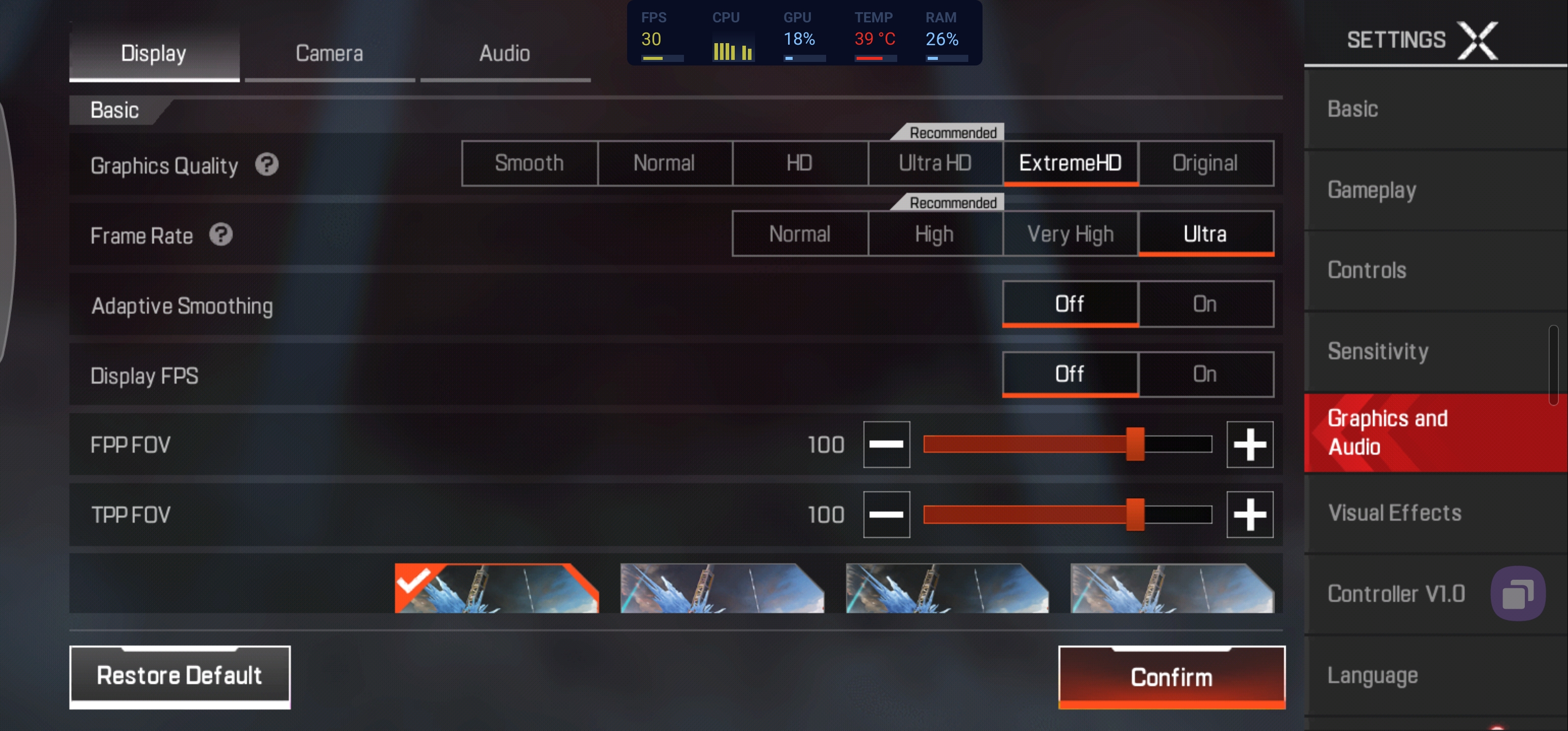




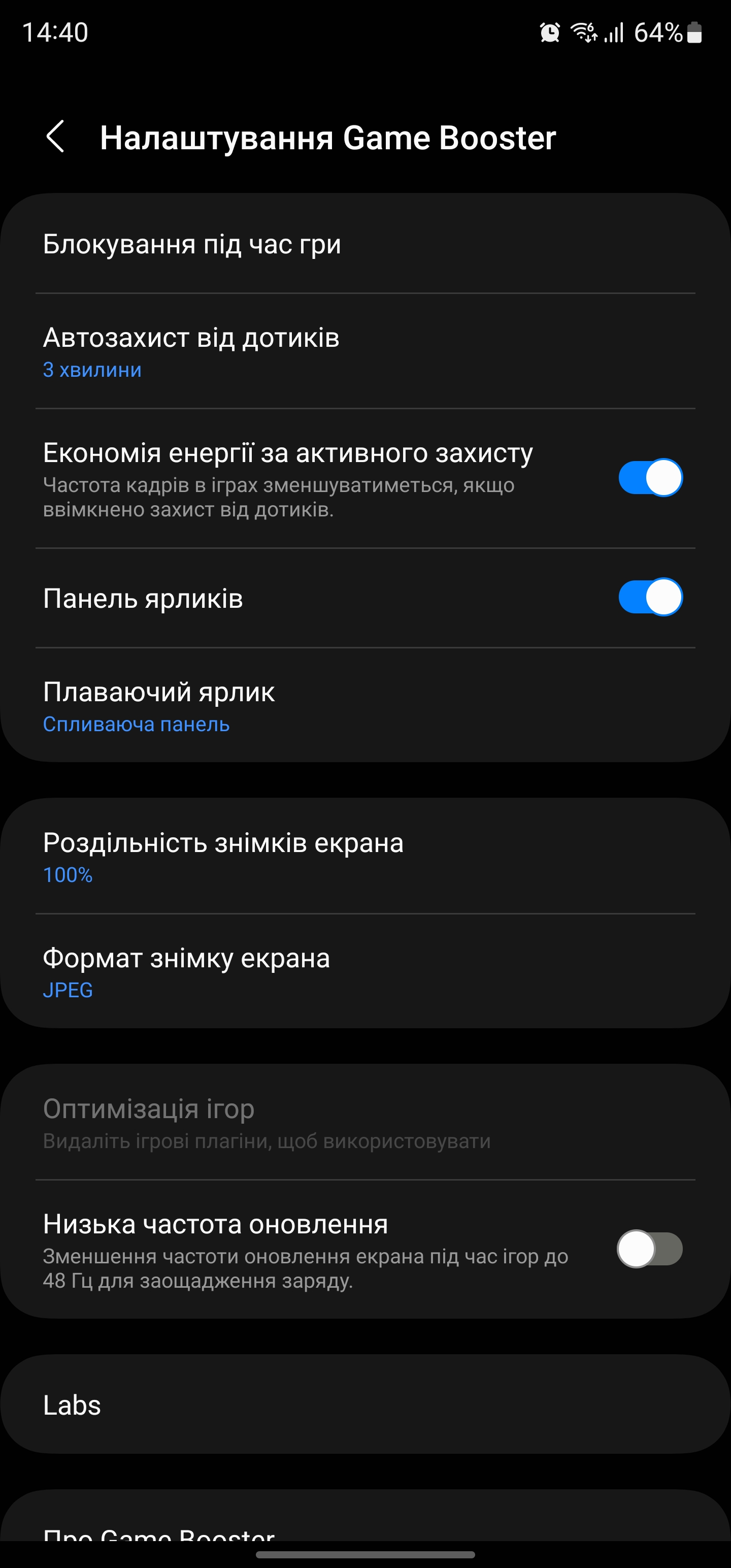

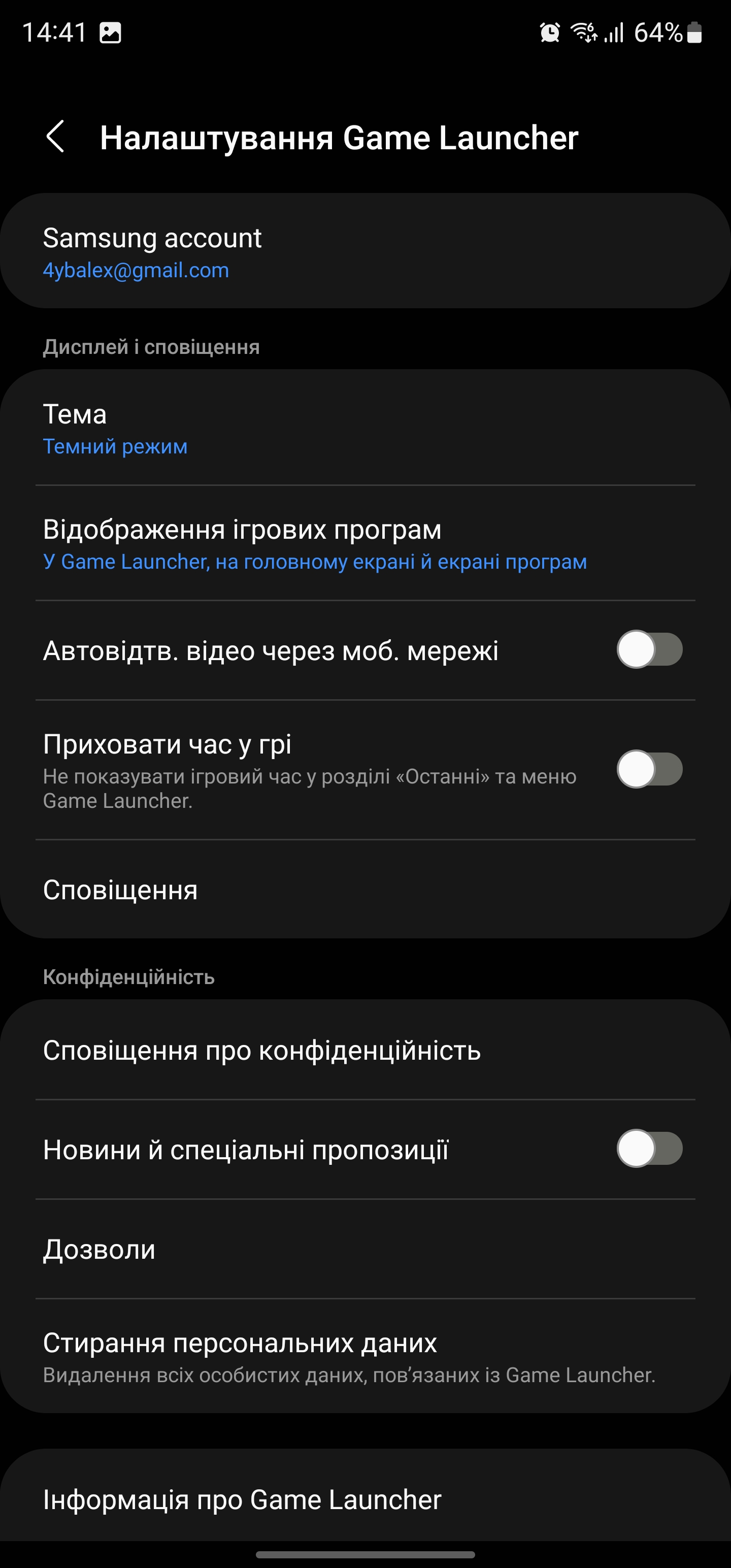

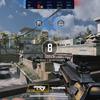



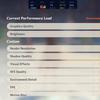












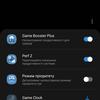

All the latest wireless interfaces are present: tri-band 802.11 a/b/g/n/ac/6e Wi-Fi, Bluetooth 5.3 LE, NFC for contactless payment and Ultra Wideband (UWB). Thanks to the use of a Qualcomm chip, there is now support for aptX, aptX HD codecs, in addition to LDAC. The smartphone can work with global positioning systems GPS, GLONASS, GALILEO, BDS. The main and earpiece speakers are responsible for stereo sound reproduction. The smartphone sounds really loud and relatively clear (considering the capabilities of such dimensions). There is even something similar to low frequencies, which are usually not heard in smartphones. There is support for Dolby Atmos surround sound. The proprietary music player has not changed: there is support for all formats, including FLAC, UHQ Upscaler (for proprietary headphones) and Adapt Sound to adjust the amplification level to the user's age and hearing.

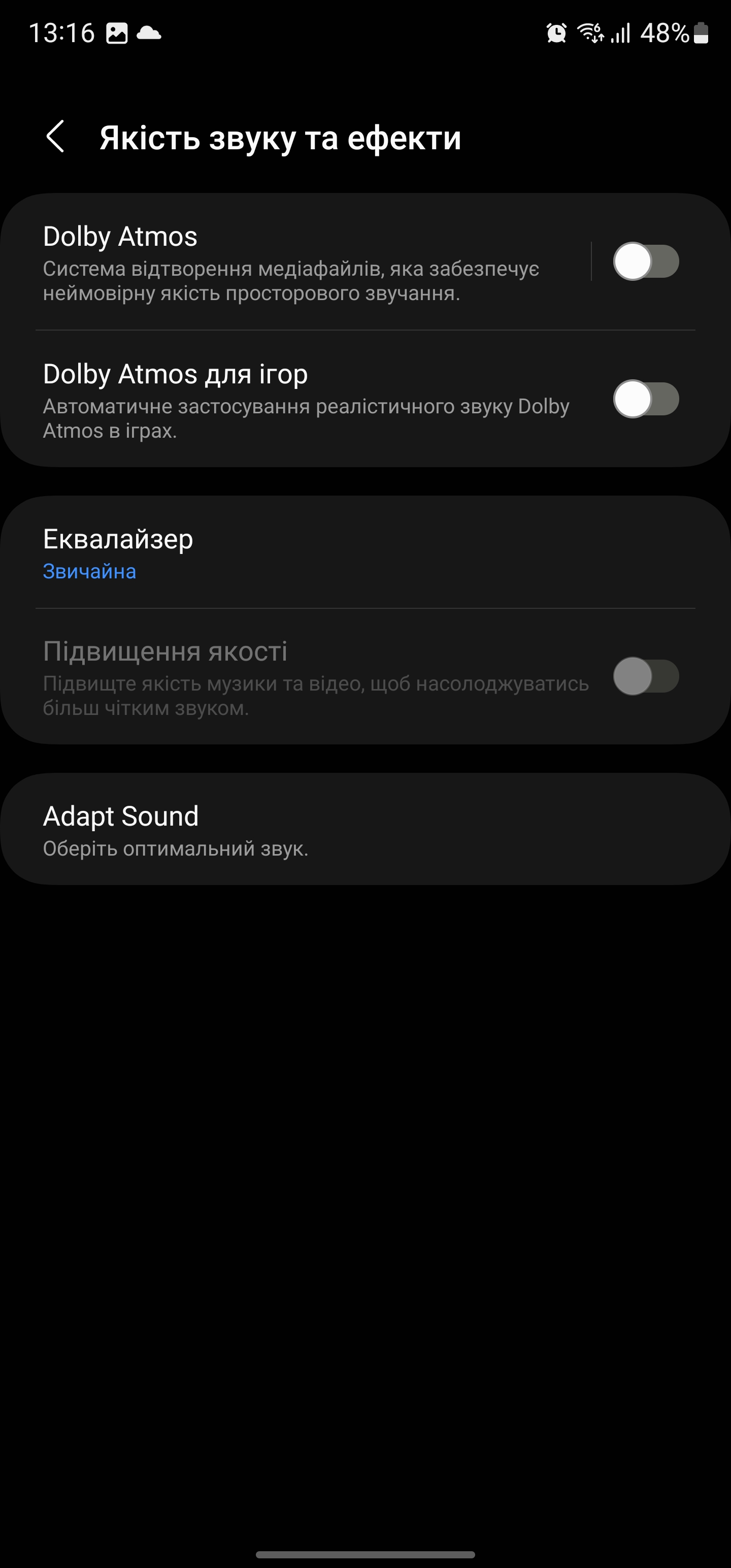
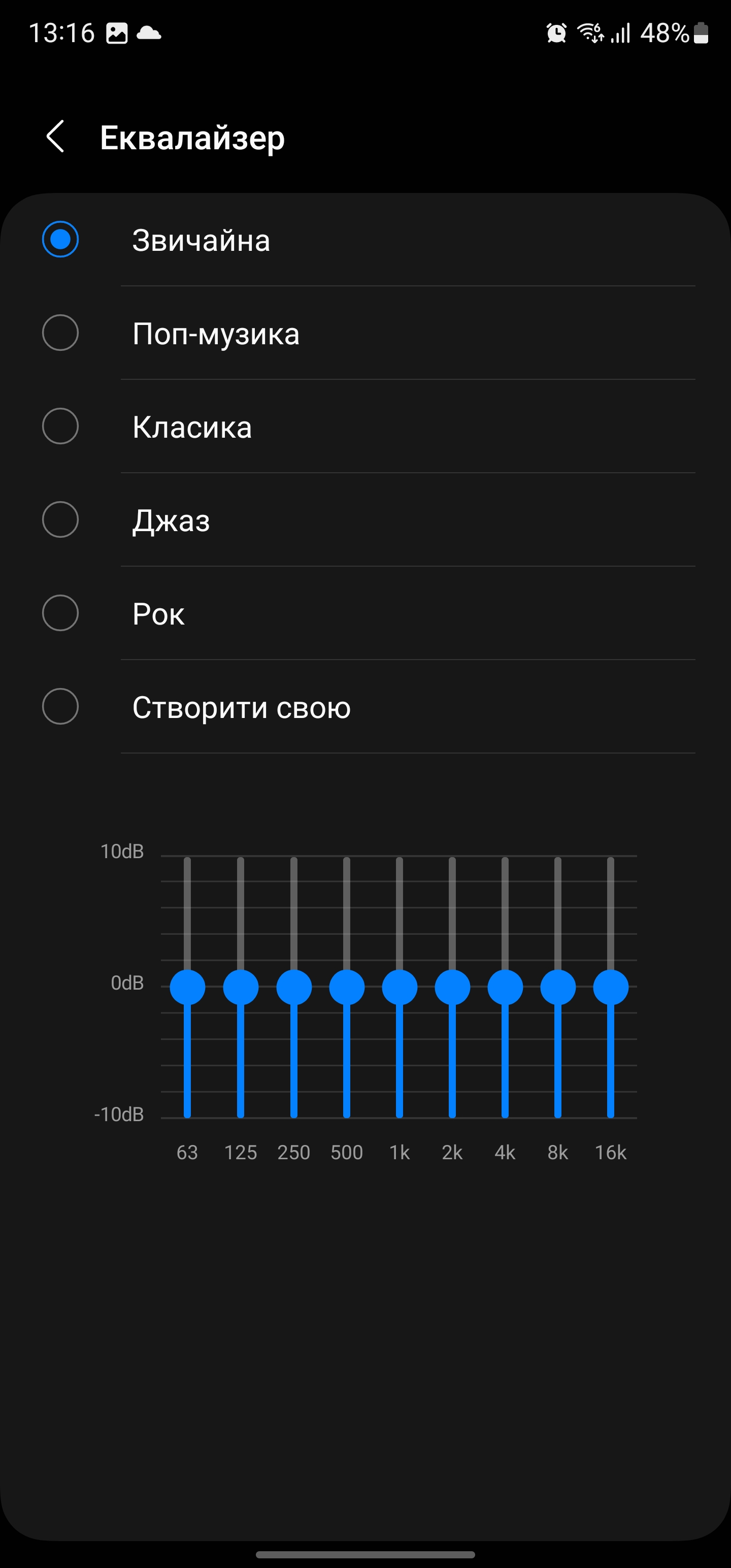
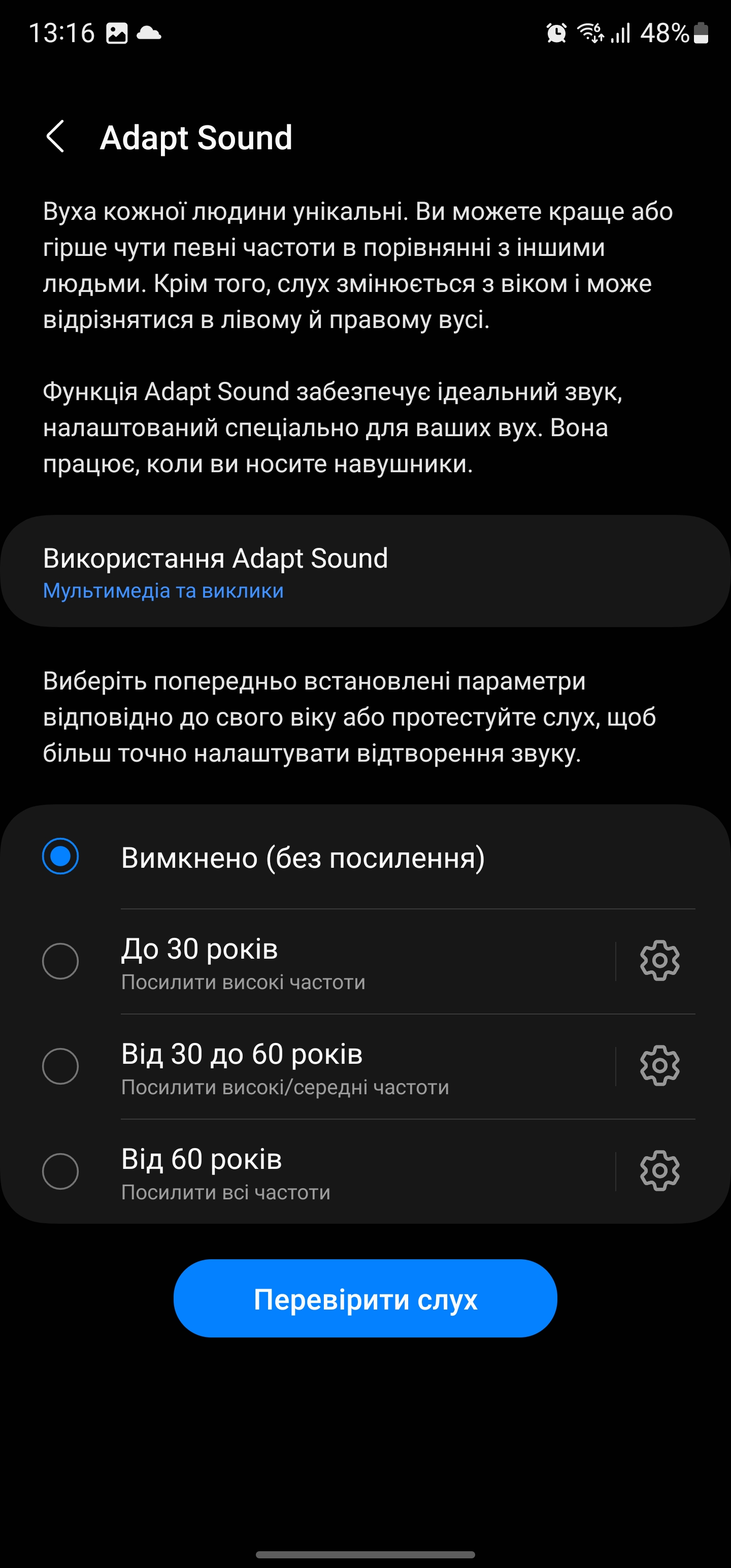


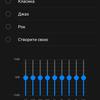

The battery has not changed since last year: its capacity is 5000 mAh. It still supports proprietary 45W fast charging via a cable, 15W wireless charging, and 4.5W reverse wireless charging. But the battery life has improved slightly. It seems to be due to software optimisation and a new processor. The previous Samsung Galaxy S22 Ultra worked until late in the evening with active use, no more. The Samsung Galaxy S23 Ultra lasts a day without any problems. The usage scenario is approximately the following: a few short calls, instant messengers, mail, browser, social networks, about an hour of music via Bluetooth (LDAC), and 20-30 pictures per day.
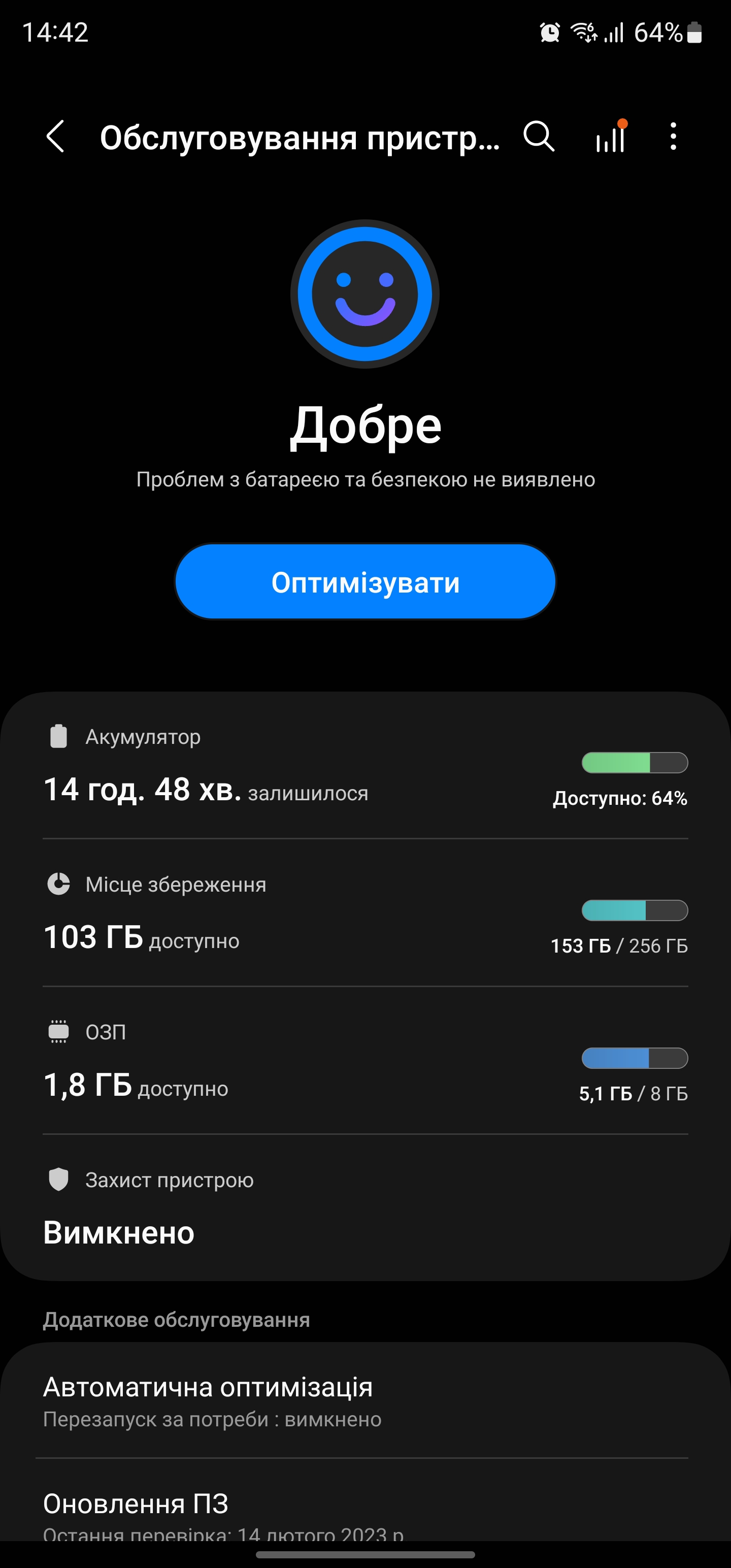
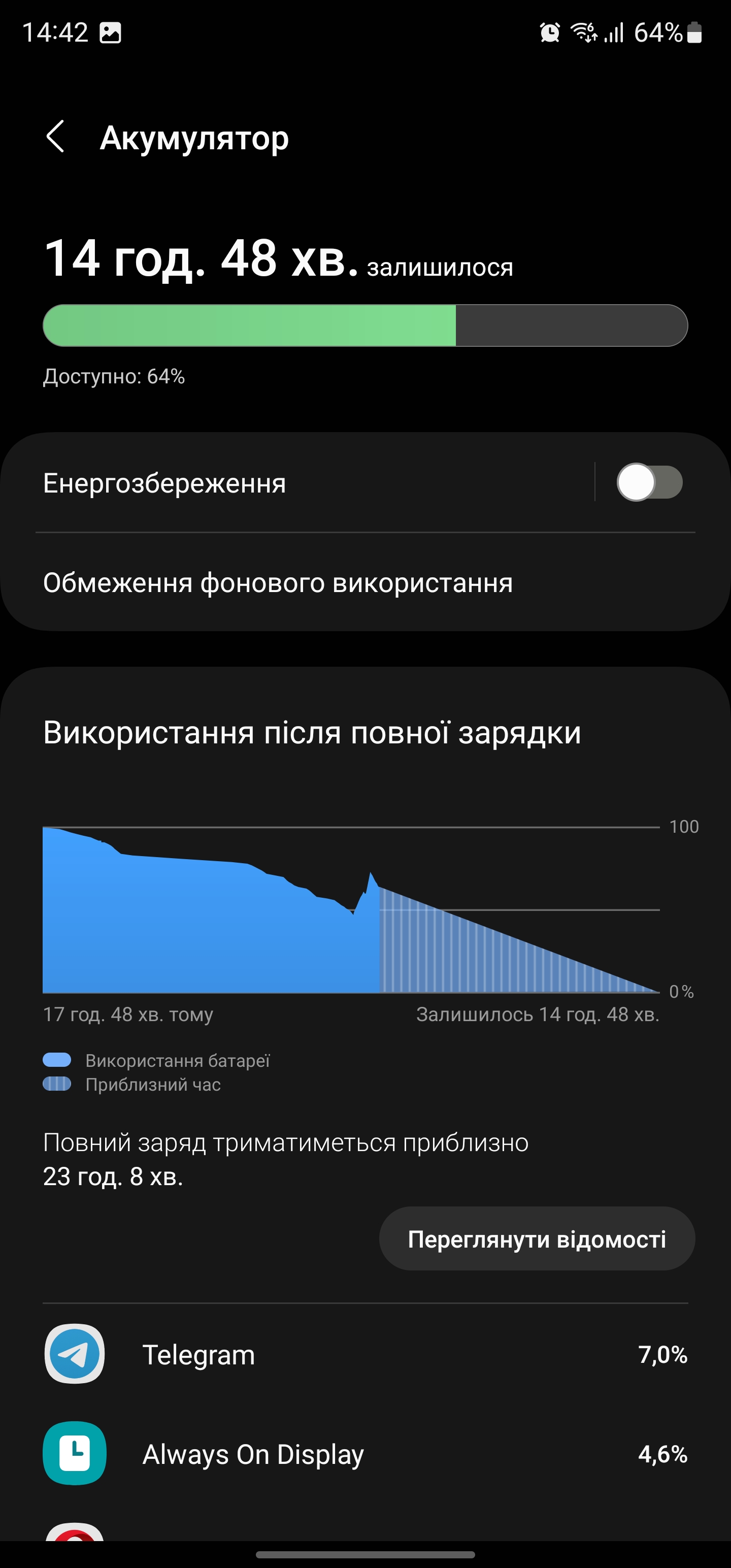
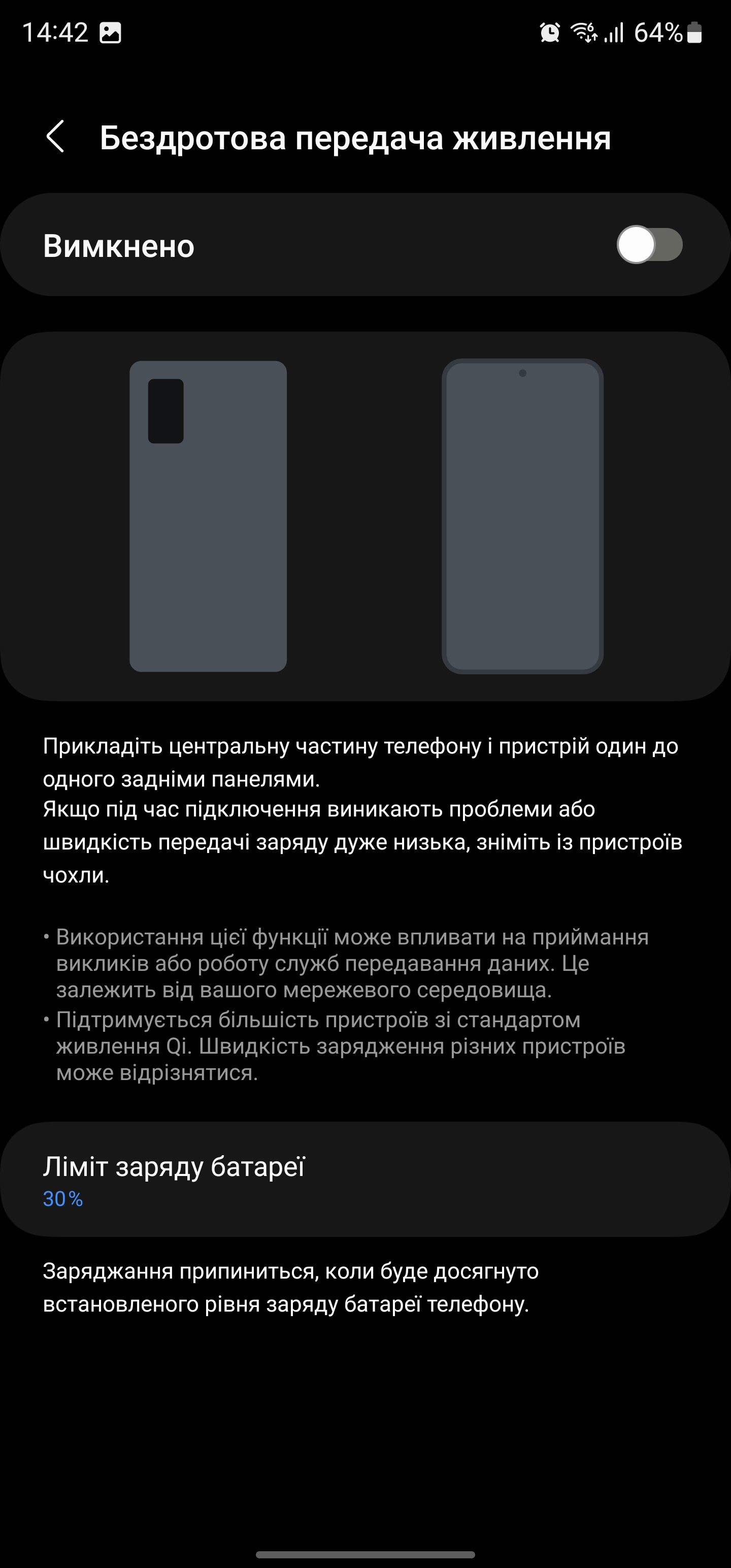


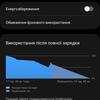
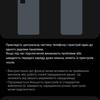

How user-friendly is the interface?
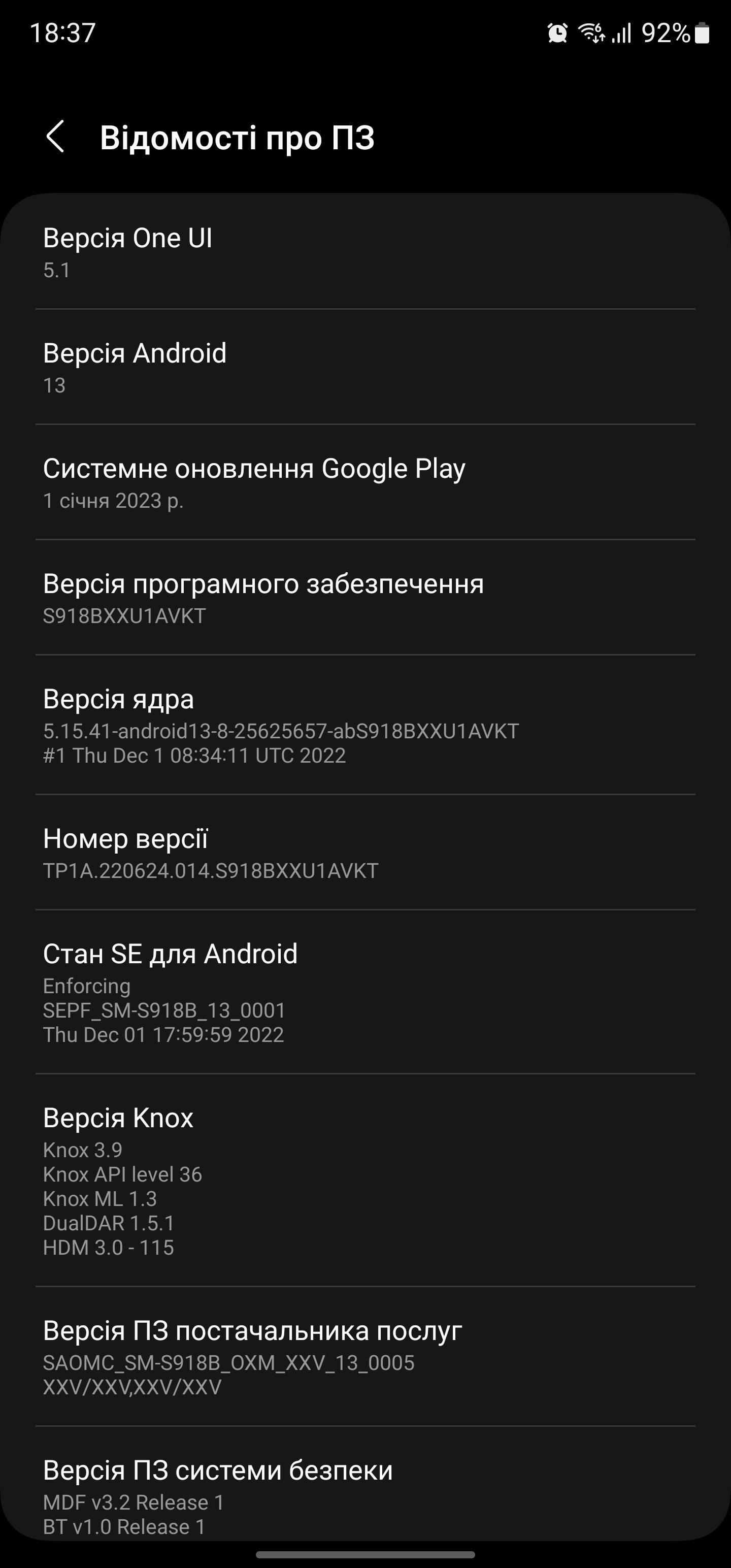
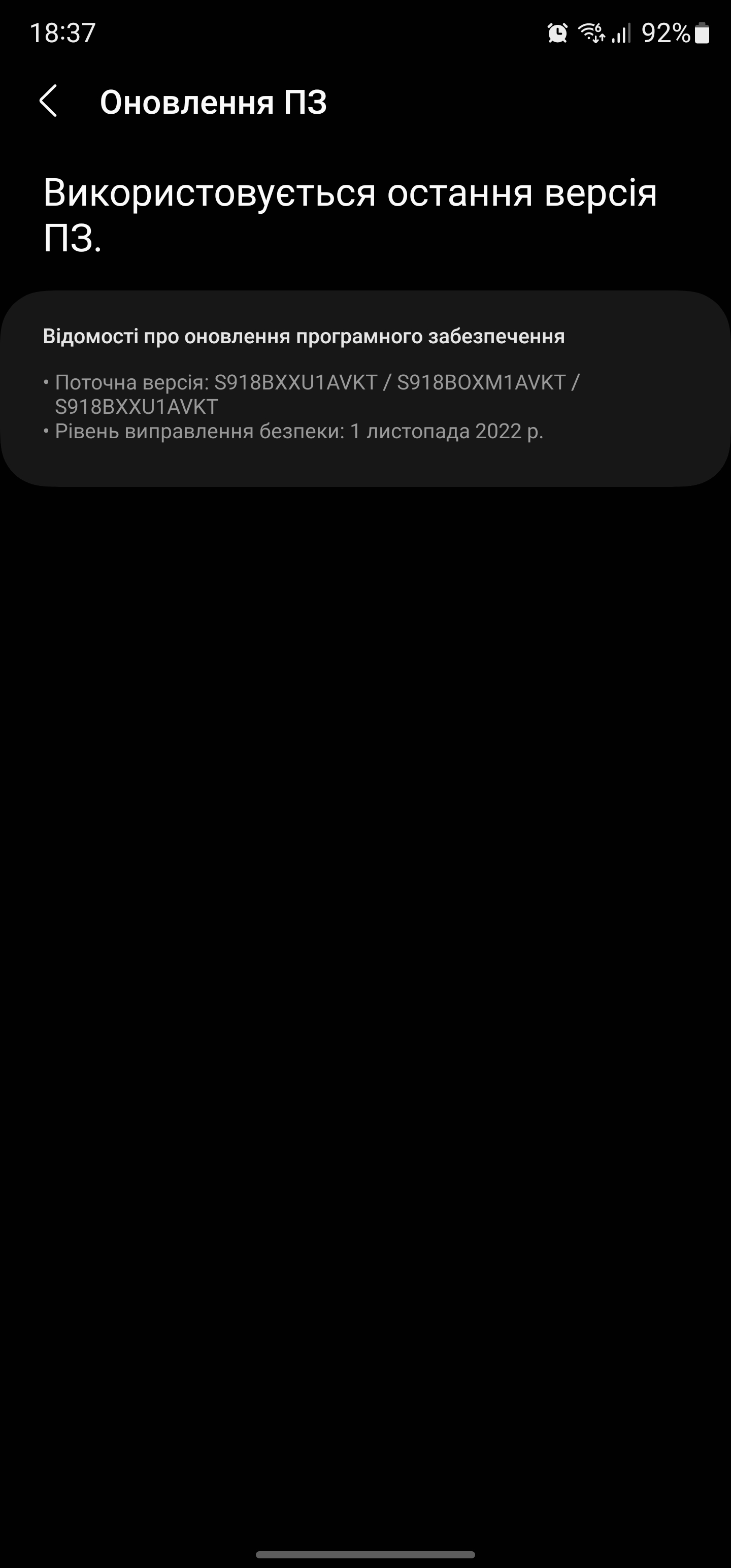


Samsung Galaxy S23 Ultra runs on Android 13 with the updated One UI 5.1 shell. There are no drastic changes, mostly small visual improvements. For example, the battery and weather widgets have changed slightly. As for the former, it now displays the charge level of all devices connected to the smartphone, including Galaxy Buds headphones and the latest generations of Galaxy Watch. Samsung's weather widget has a new style that allows you to view information about air temperature and precipitation.
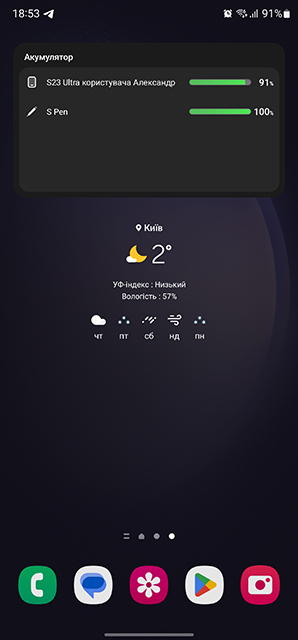
The gallery has a new family album, the built-in editor has been updated to remove shadows and reflections in photos, and it has learned to improve the quality of GIFs. In the viewer mode, you can swipe up to get detailed information about a file, and the search options have been expanded. You may also find the function of cutting out individual elements in photos quite useful.
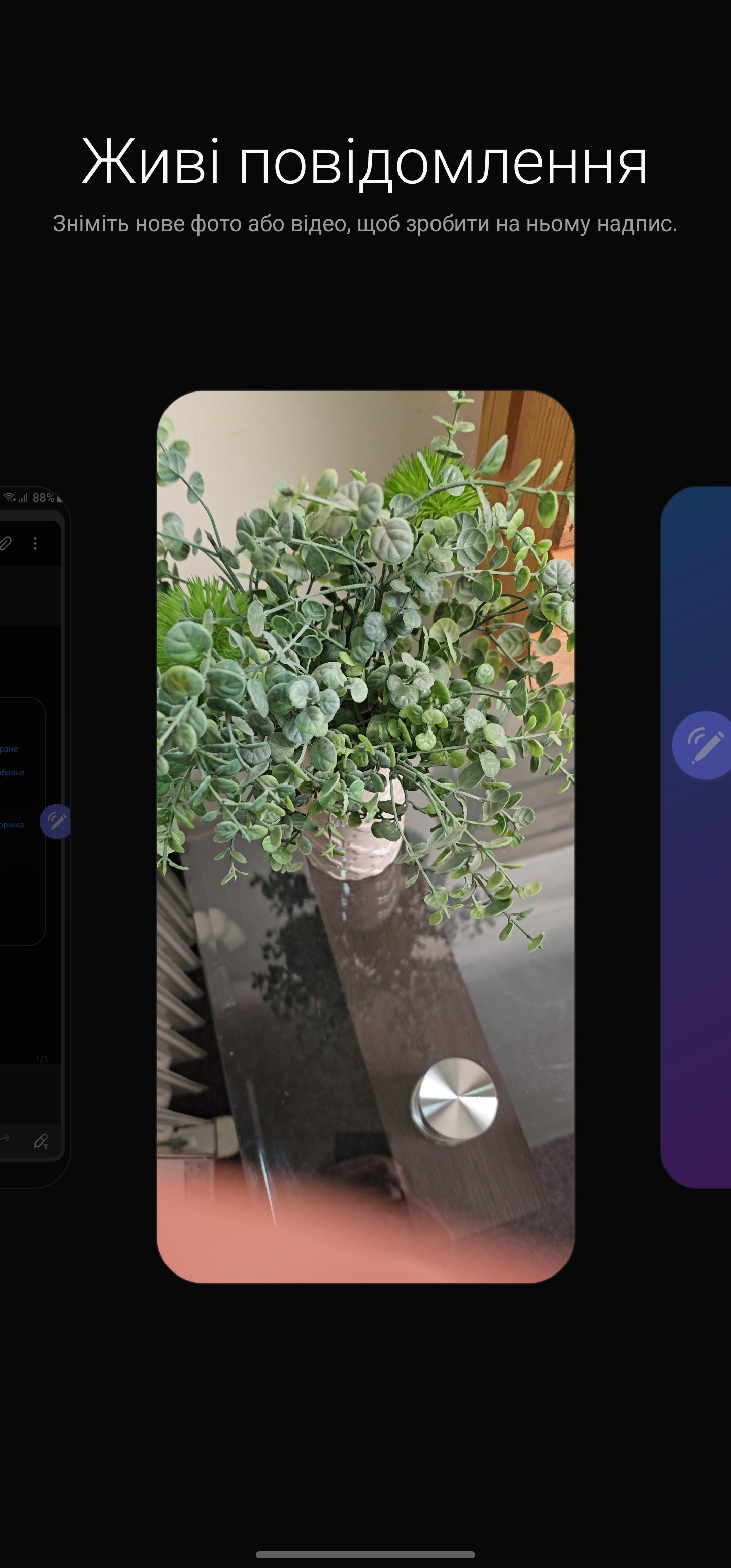
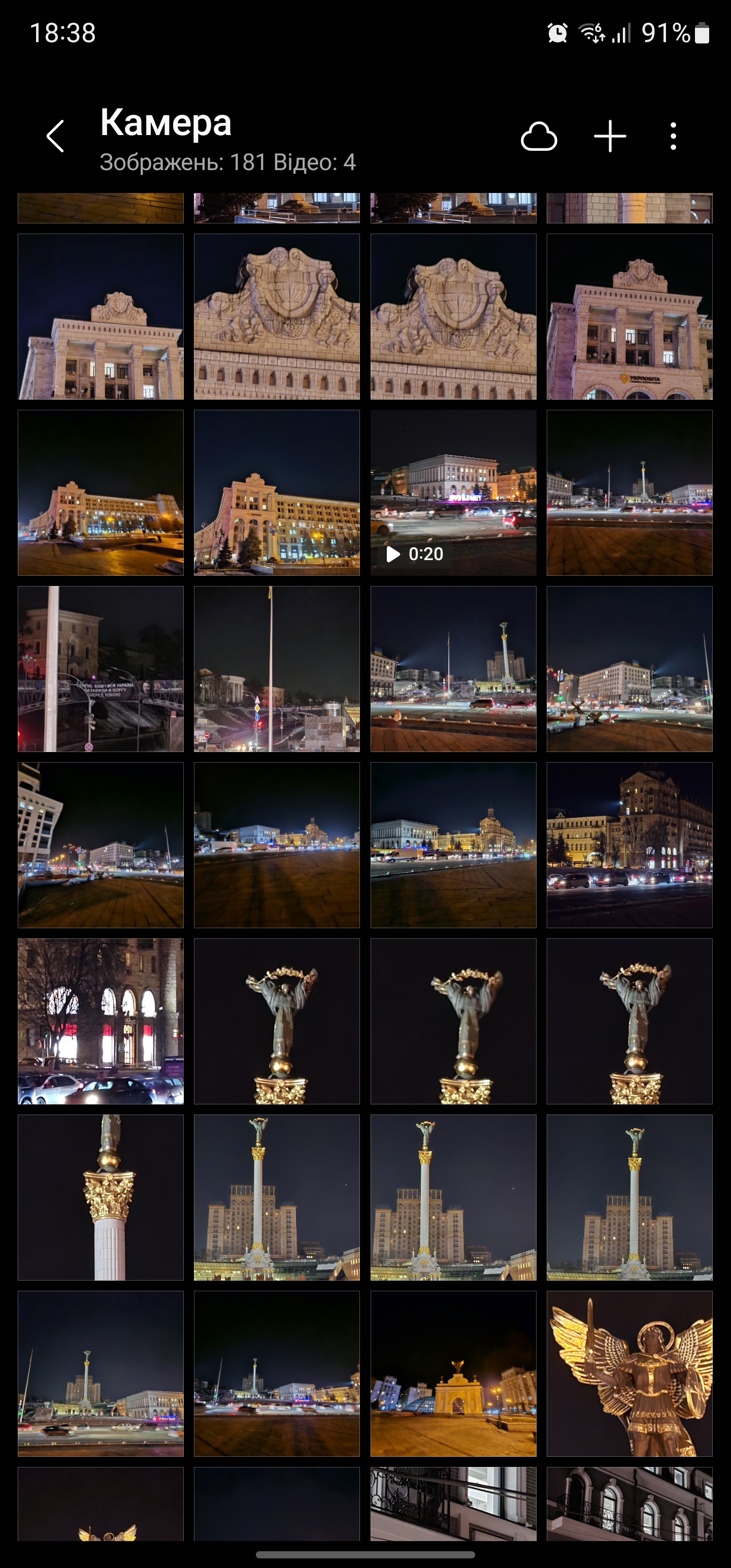
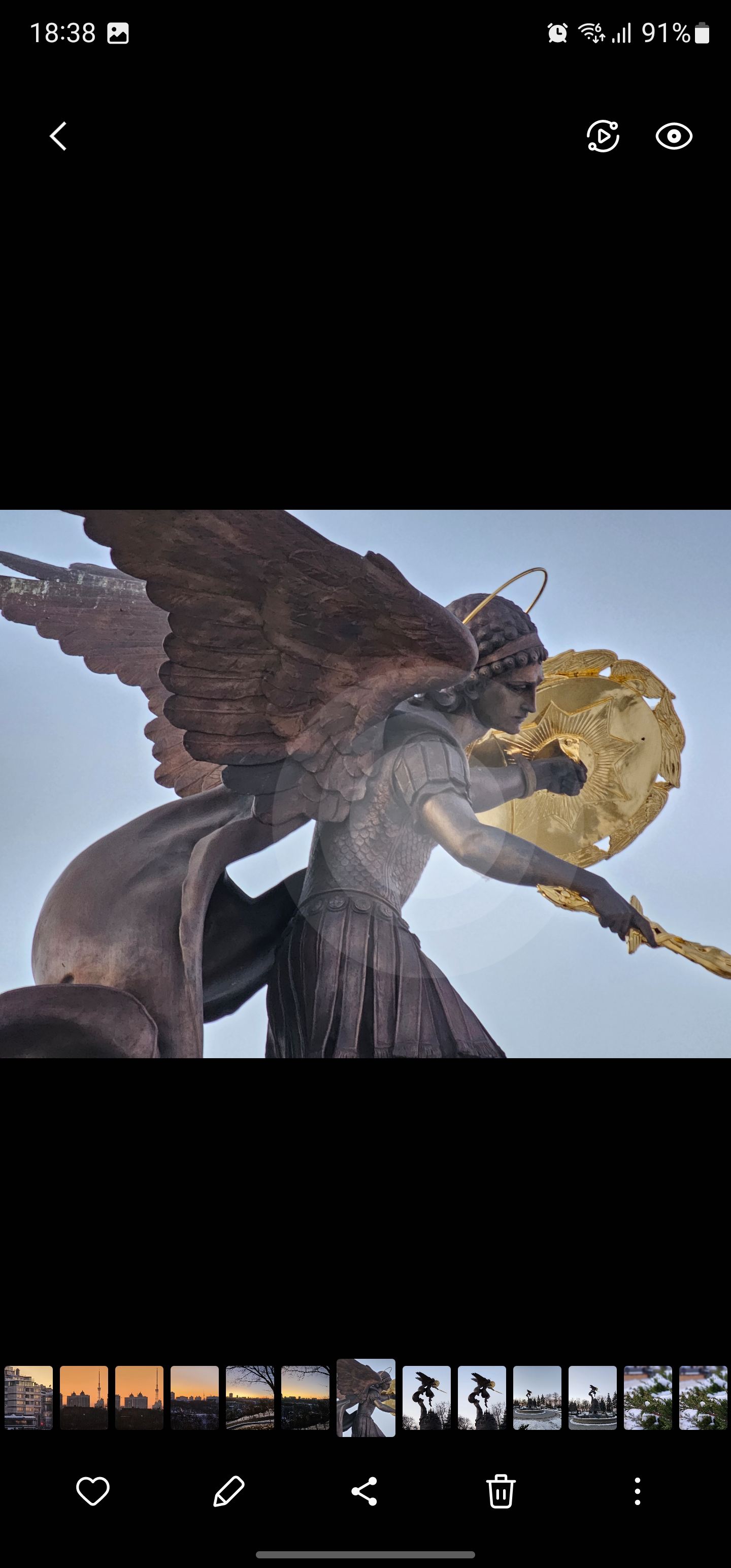
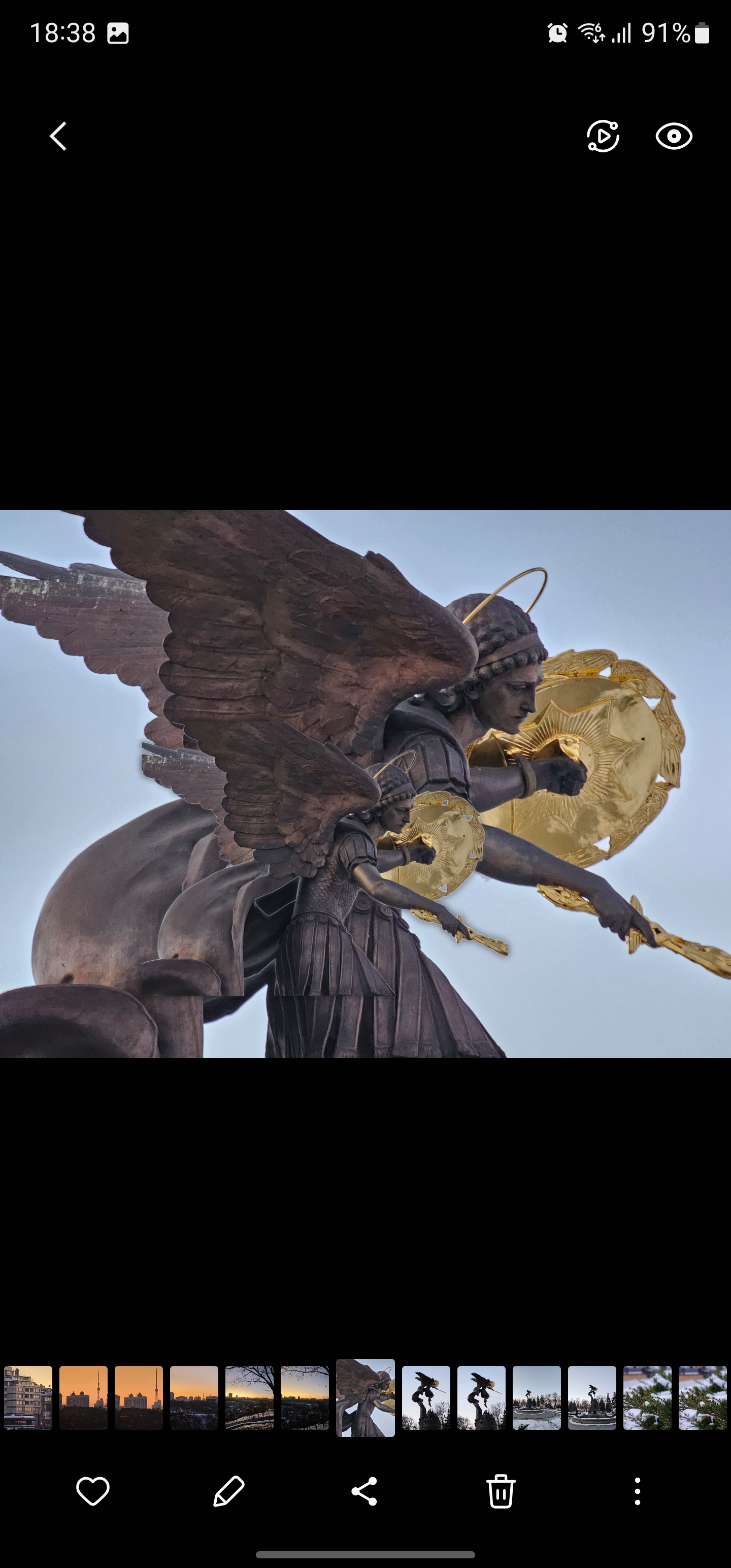
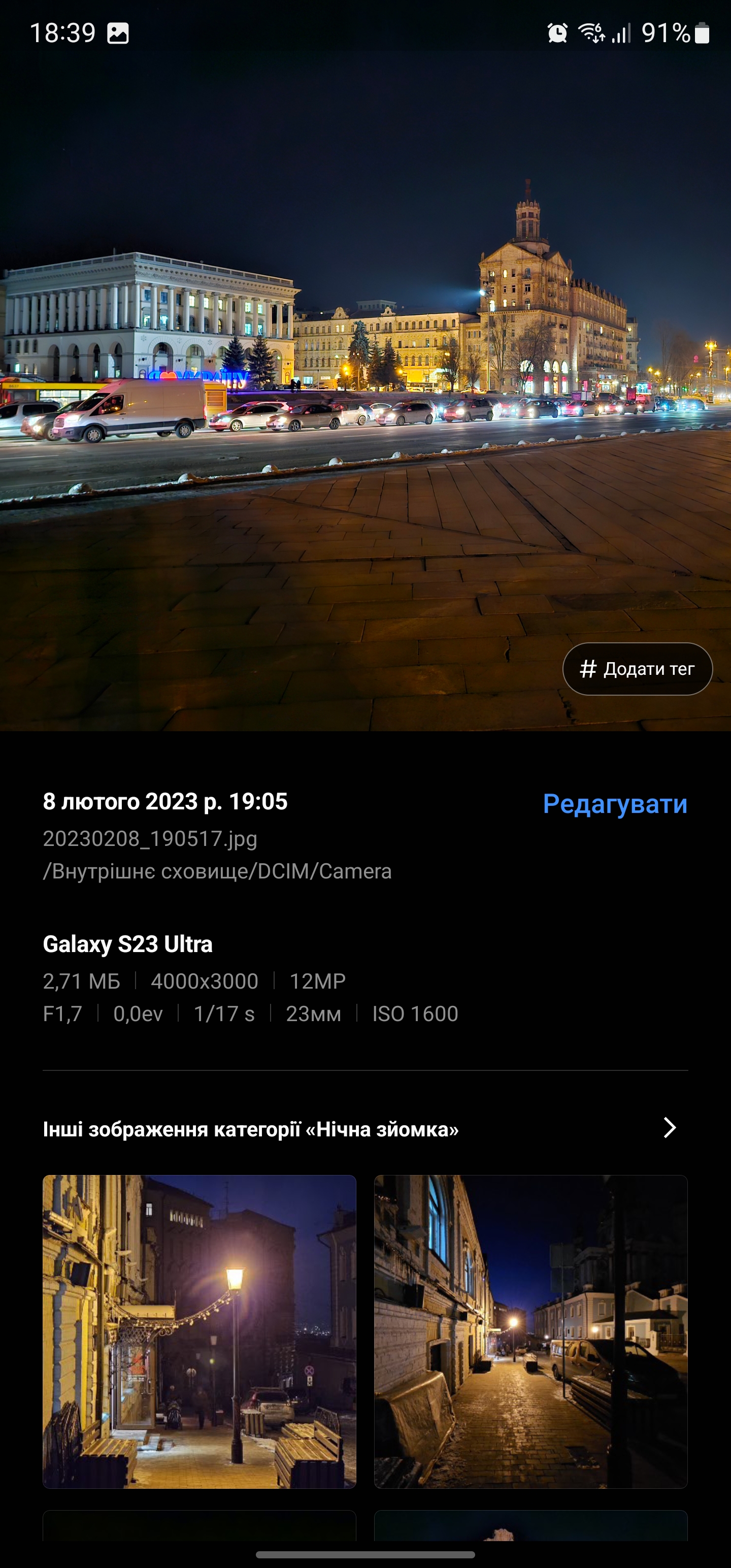





Many of the innovations relate to connecting to different devices and simplifying sharing. In the Samsung Notes app, you can now create a shared note that can be edited by several people. There are invitations to shared albums, notes and calendars via messengers, email and social networks. It is now possible to combine your smartphone with a Galaxy Book and Galaxy Tab tablet for simultaneous work. You can now customise the wallpaper on your desktop and lock screen for different scenarios (work, leisure, sports, etc.). To minimise and maximise application windows, just drag one of the corners of the pop-up window. The most frequently used applications are now displayed in split-screen mode.
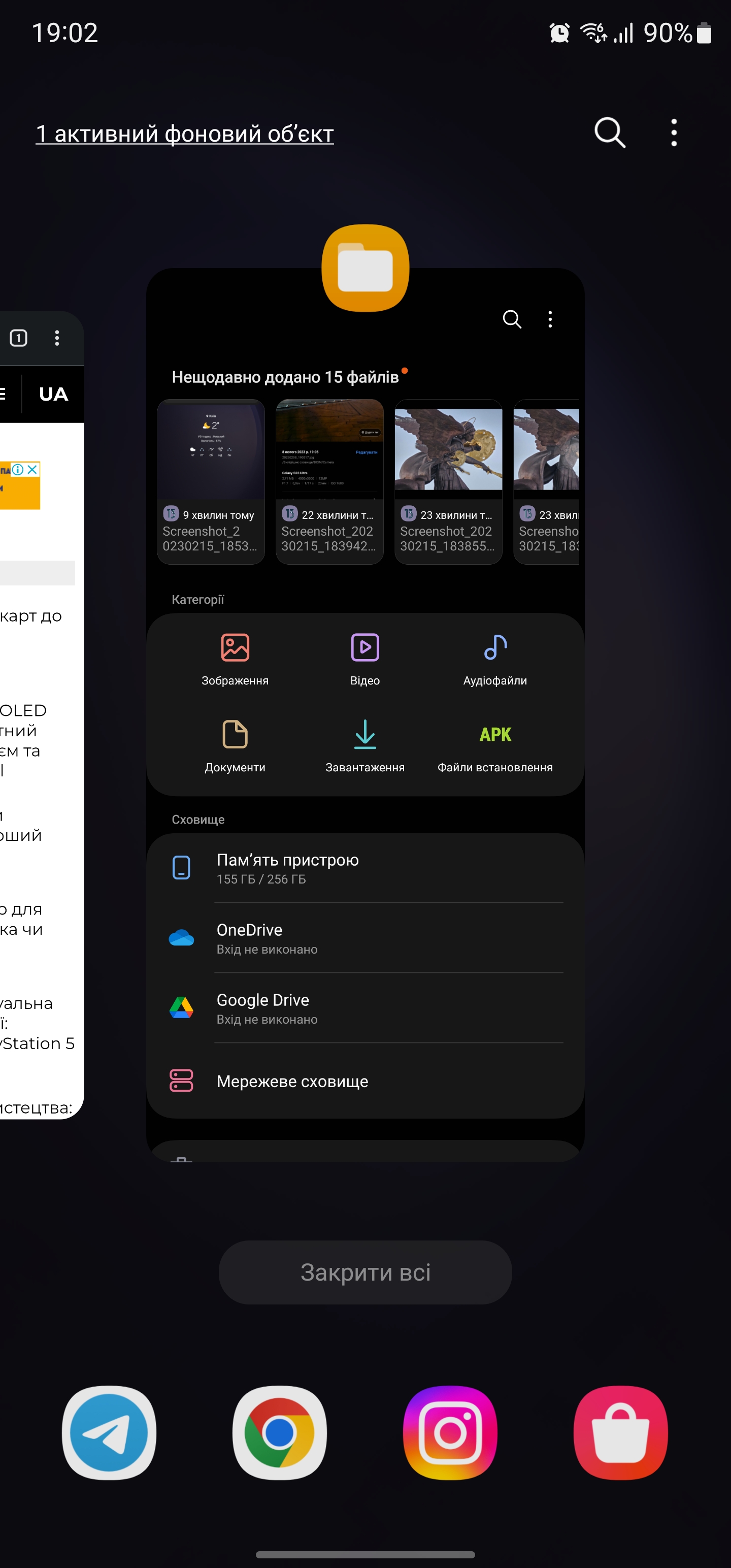
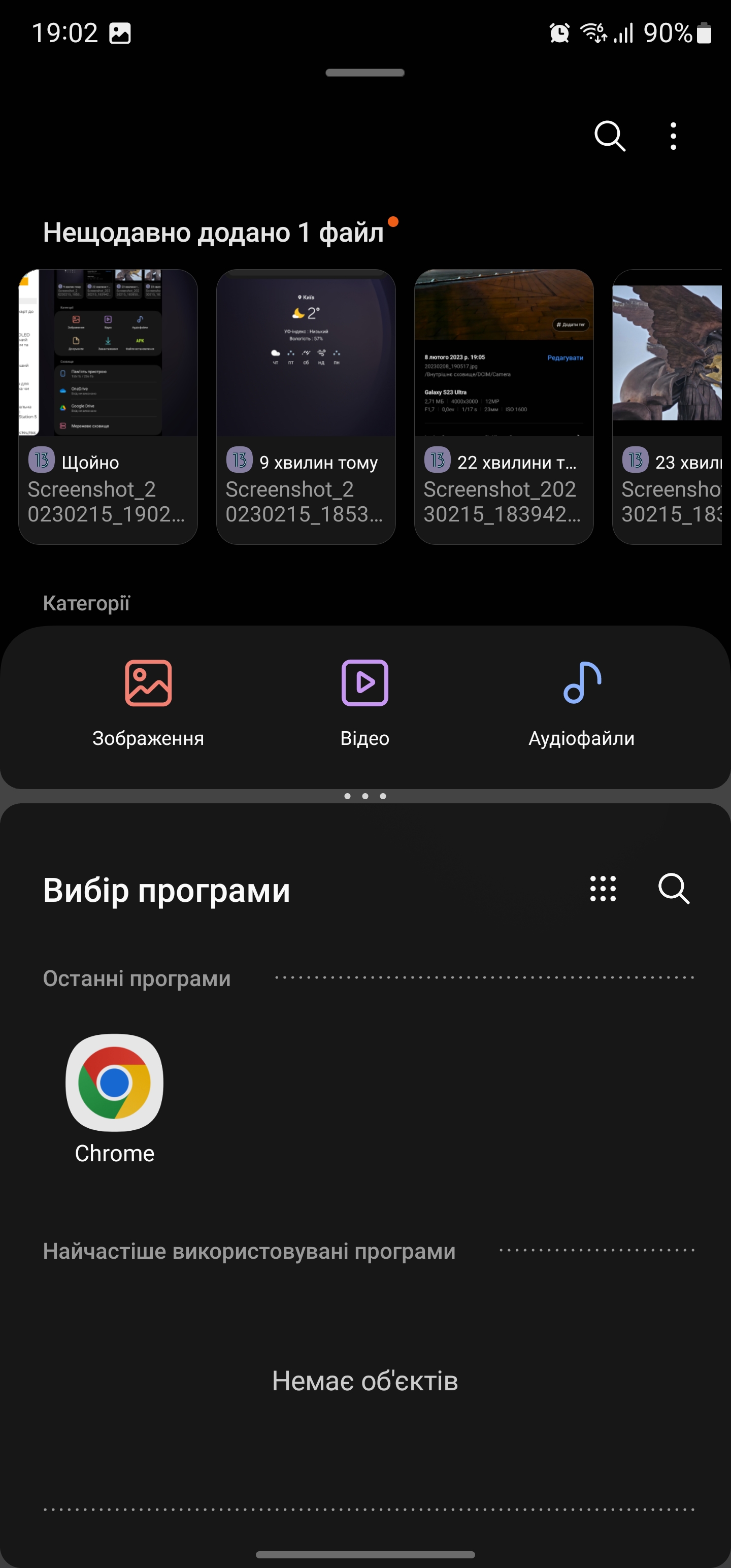
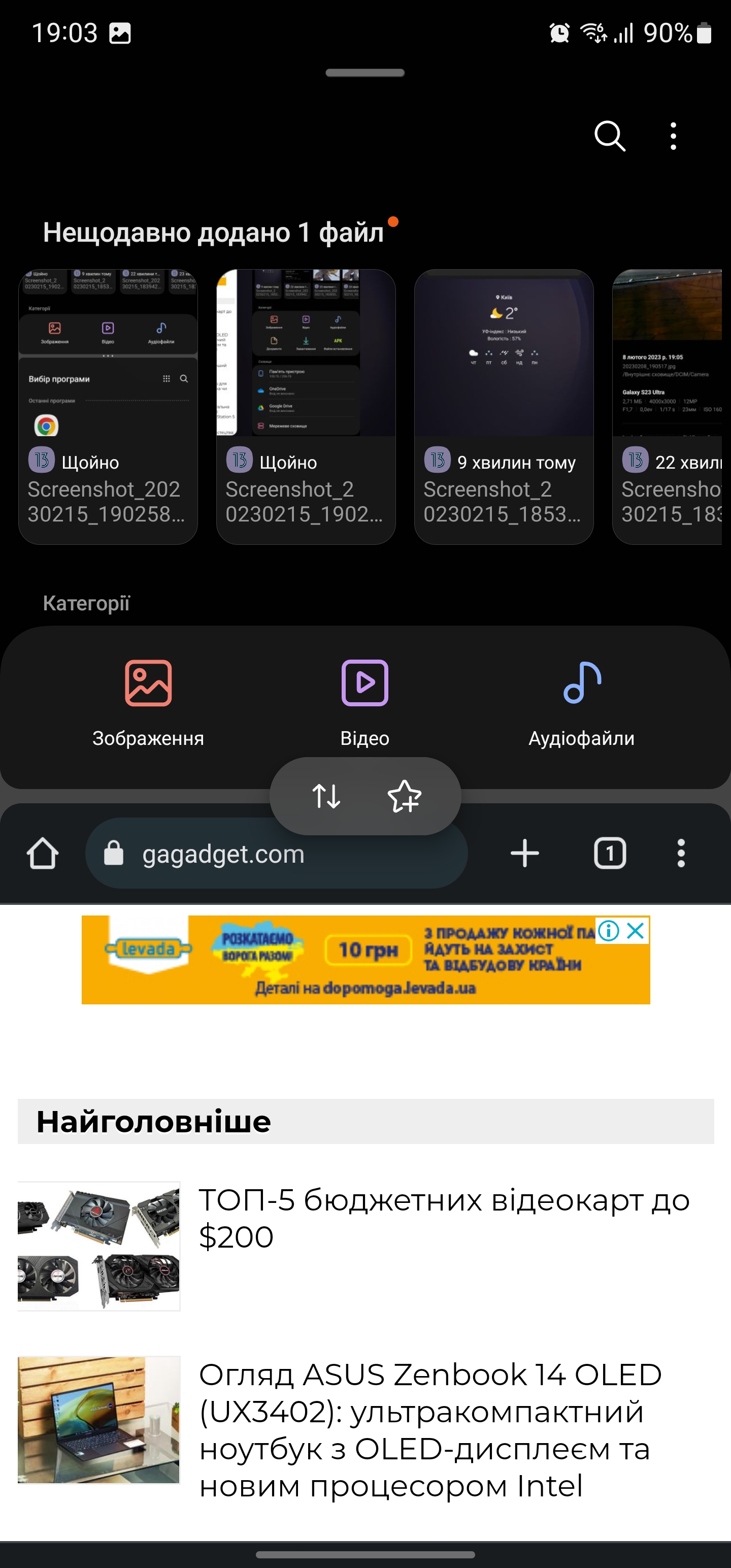
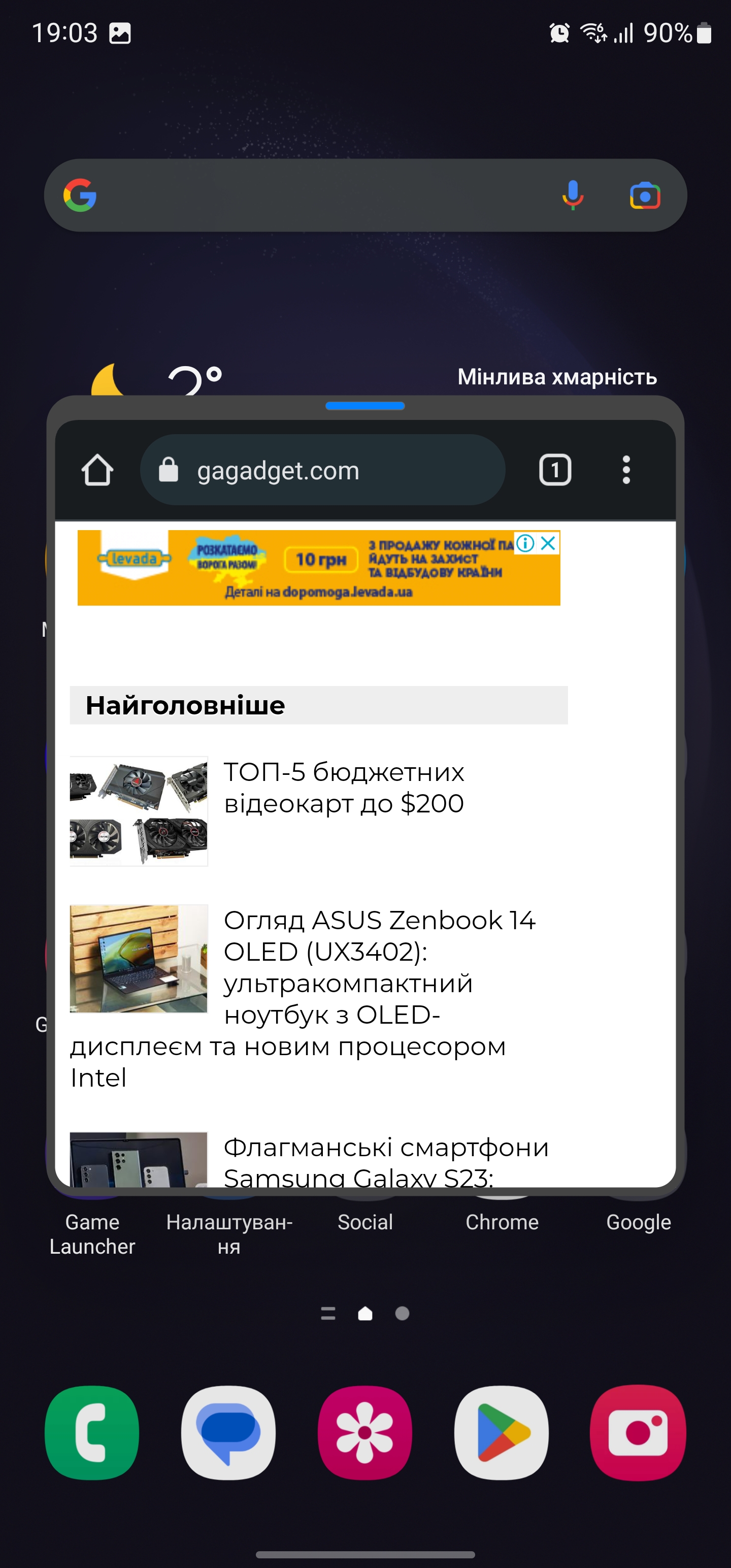

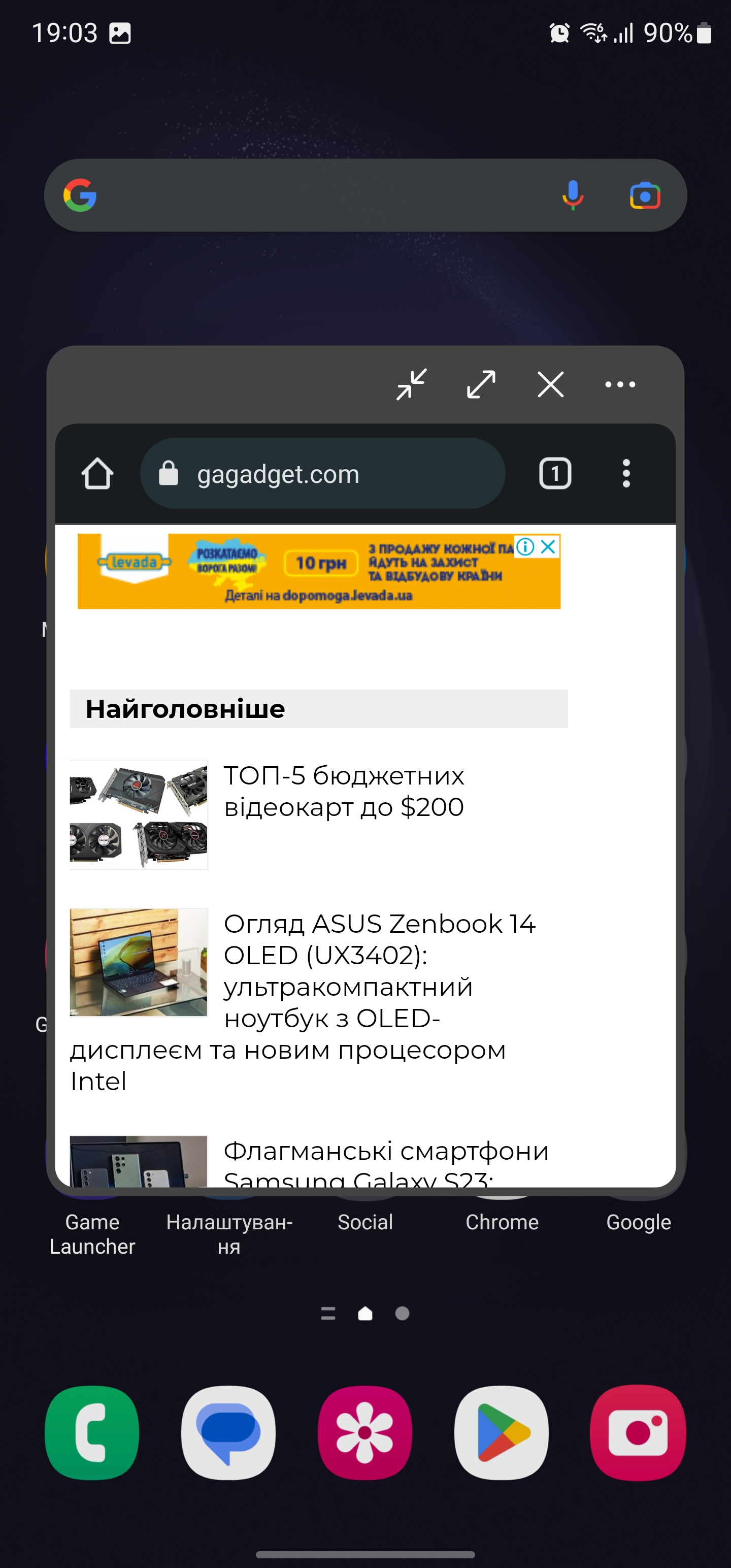
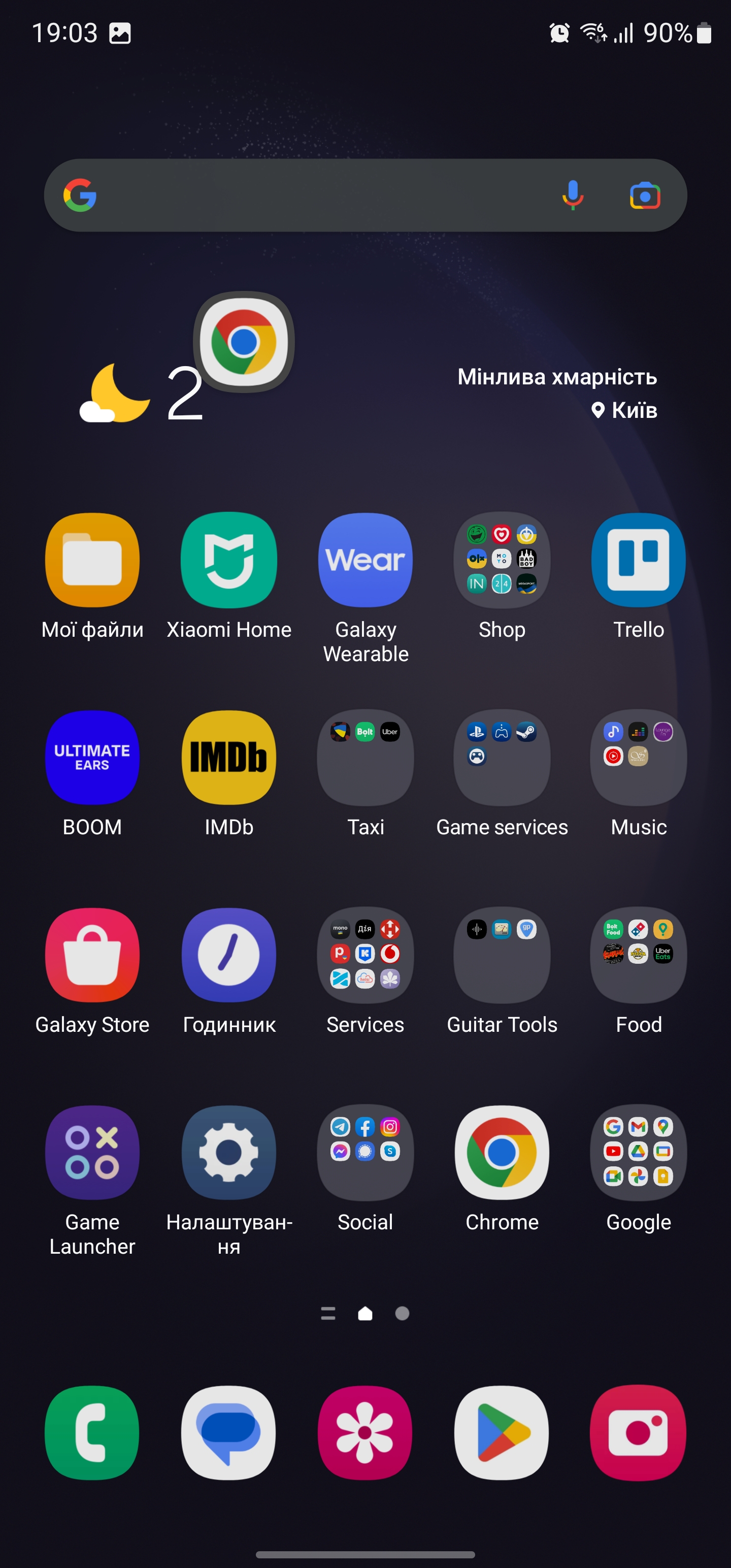







The basic logic of the shell remains unchanged. There are the usual desktops and a separate menu with all applications (you can disable it), widgets, a curtain, and a simple mode.
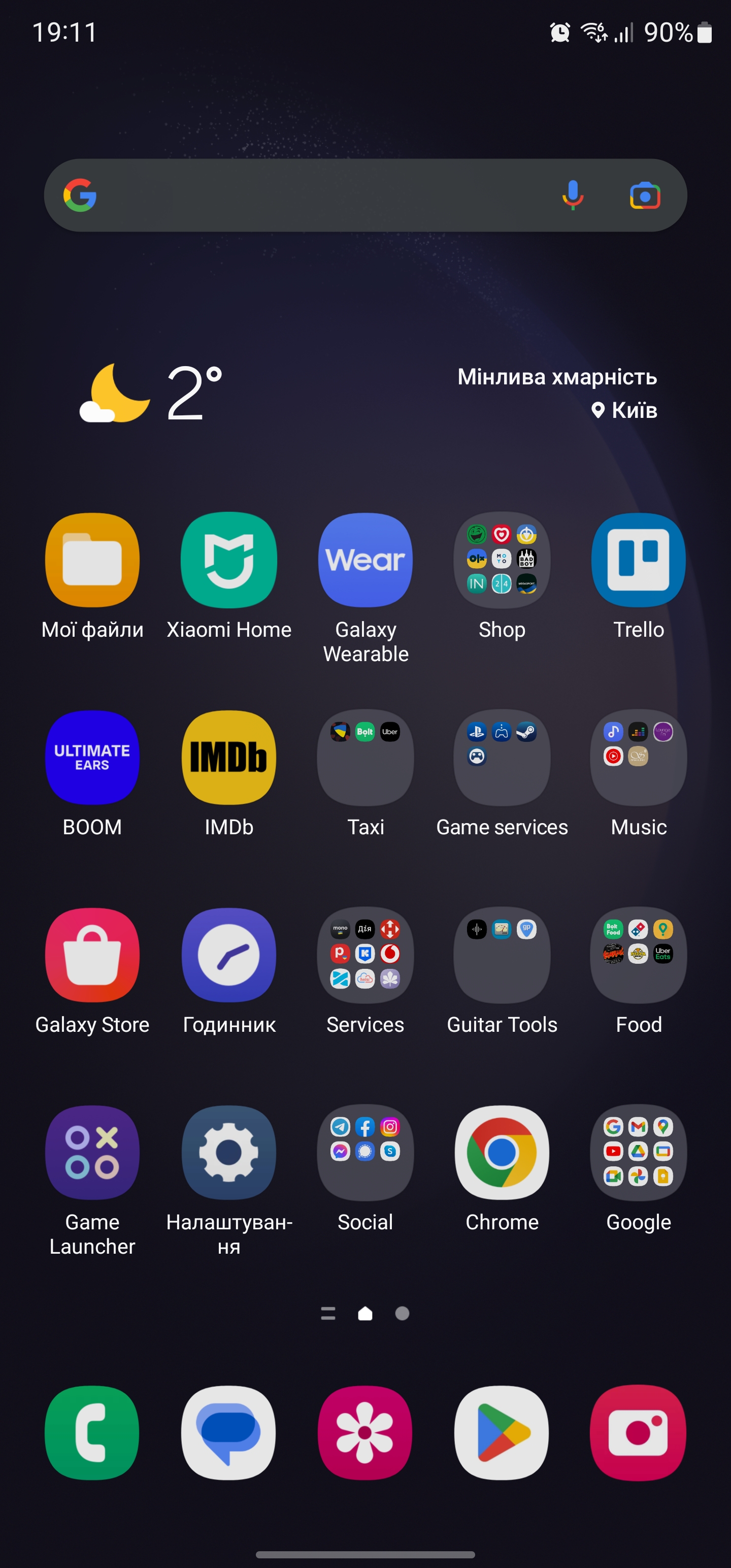
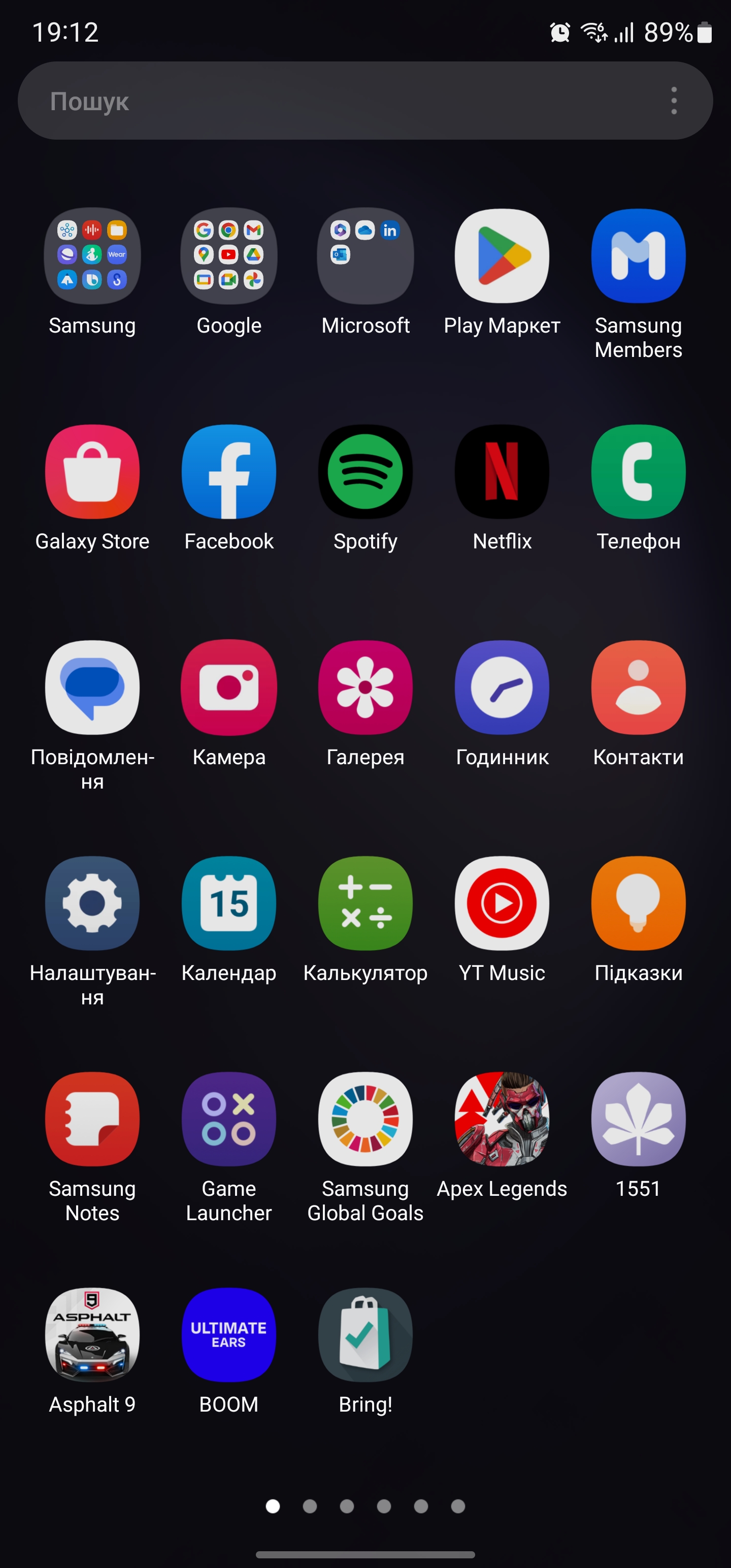
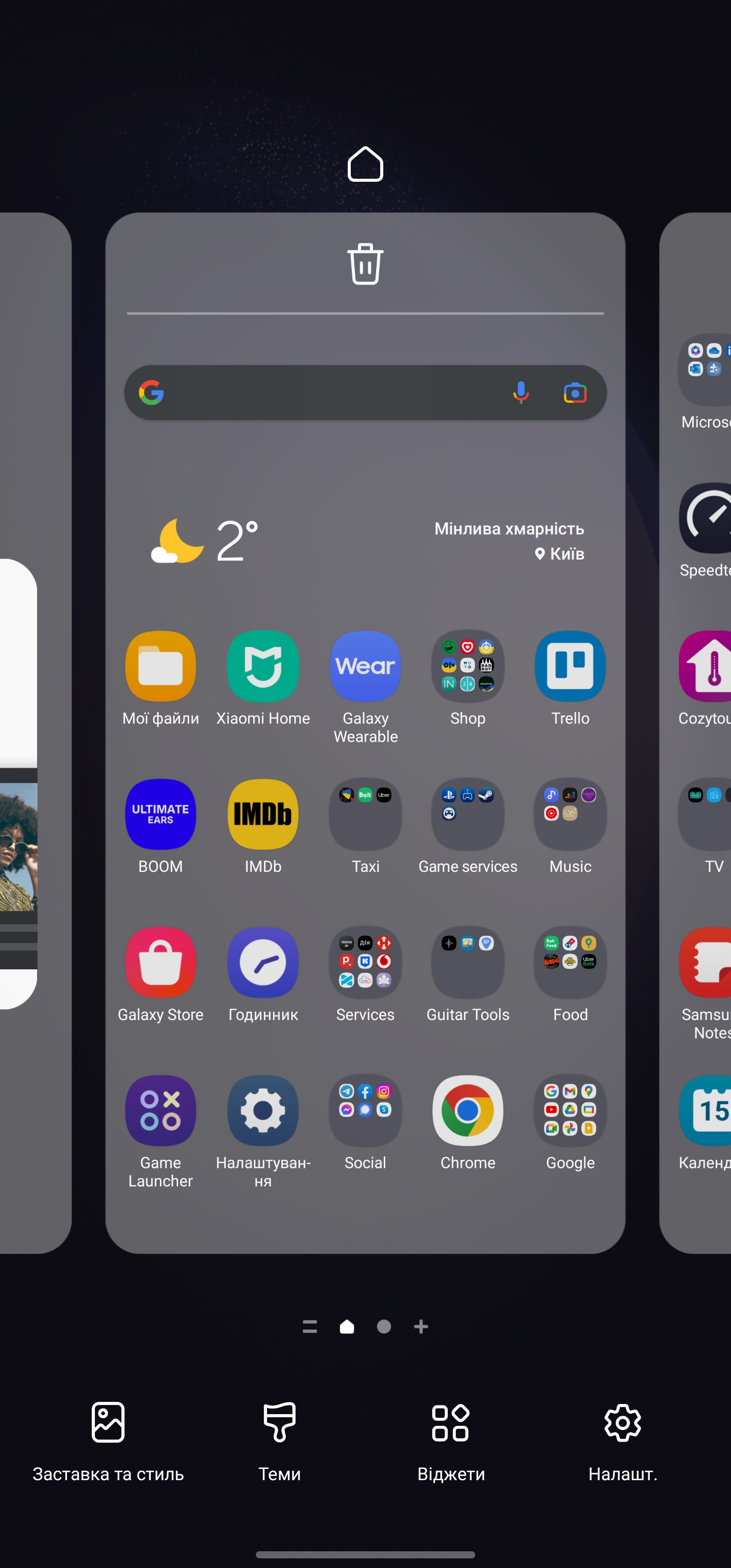

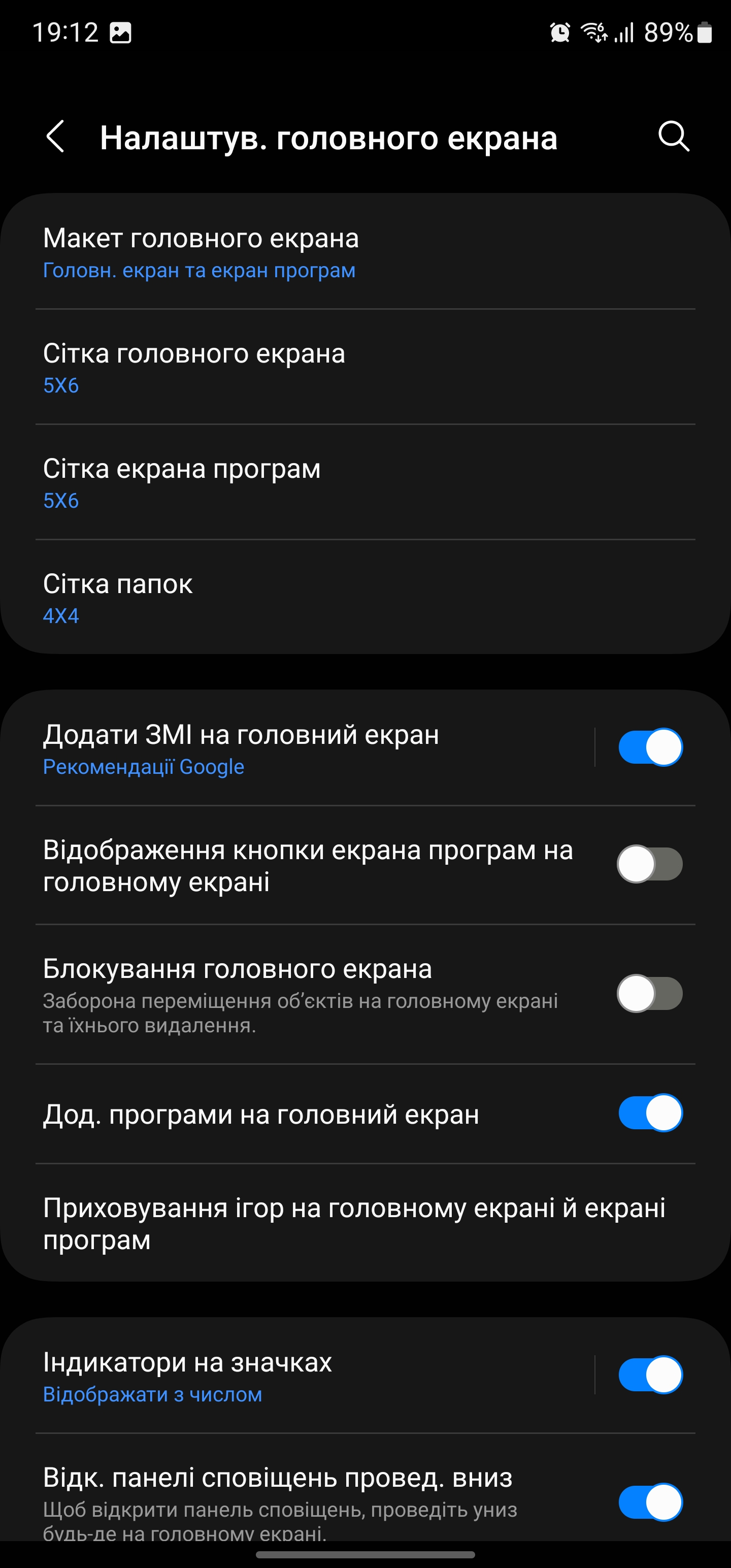

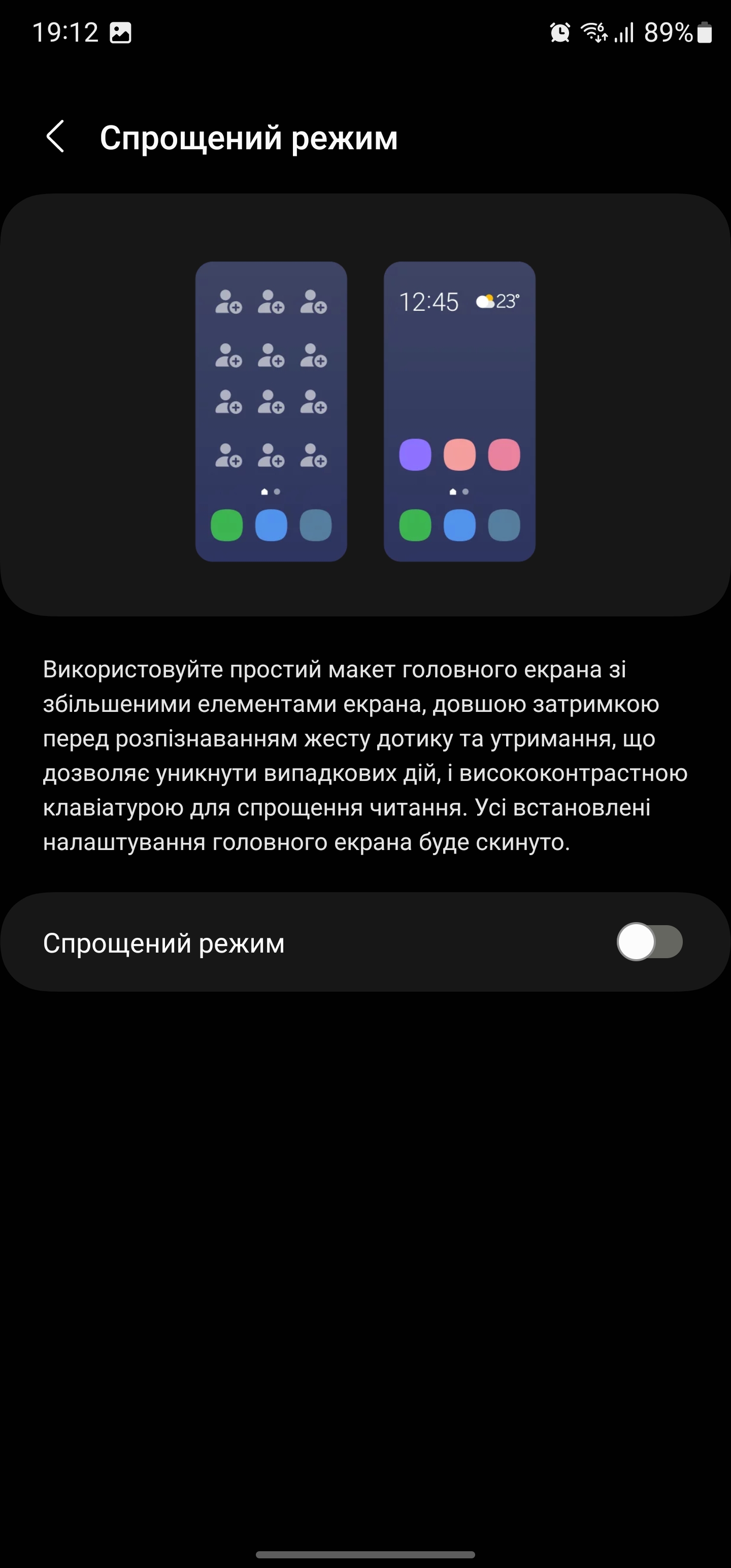
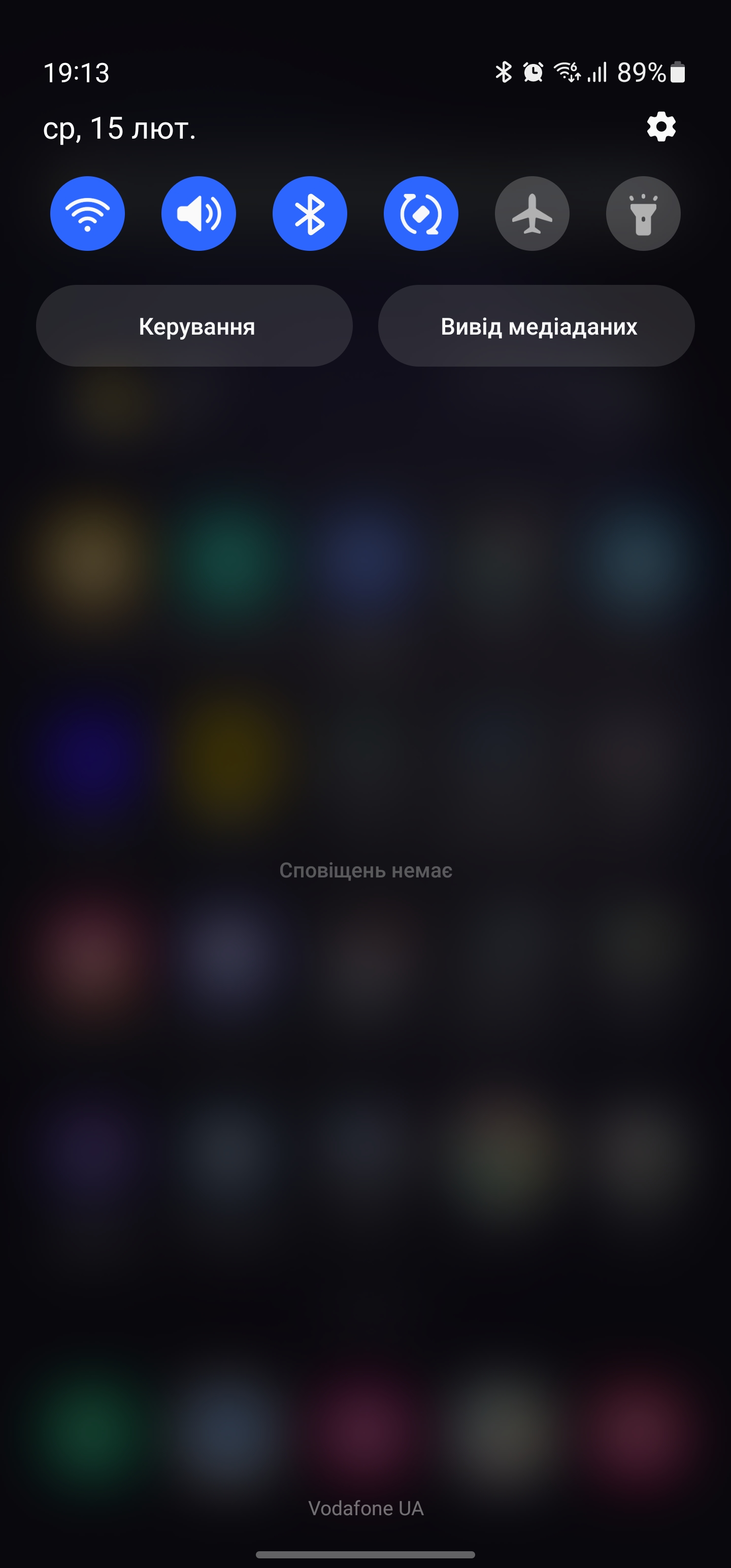









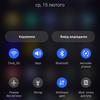
Navigation is available with three familiar buttons, the order of which can be changed. There are two versions of gesture navigation. There are the usual additional gestures: wake by double-tapping or by lifting the smartphone.
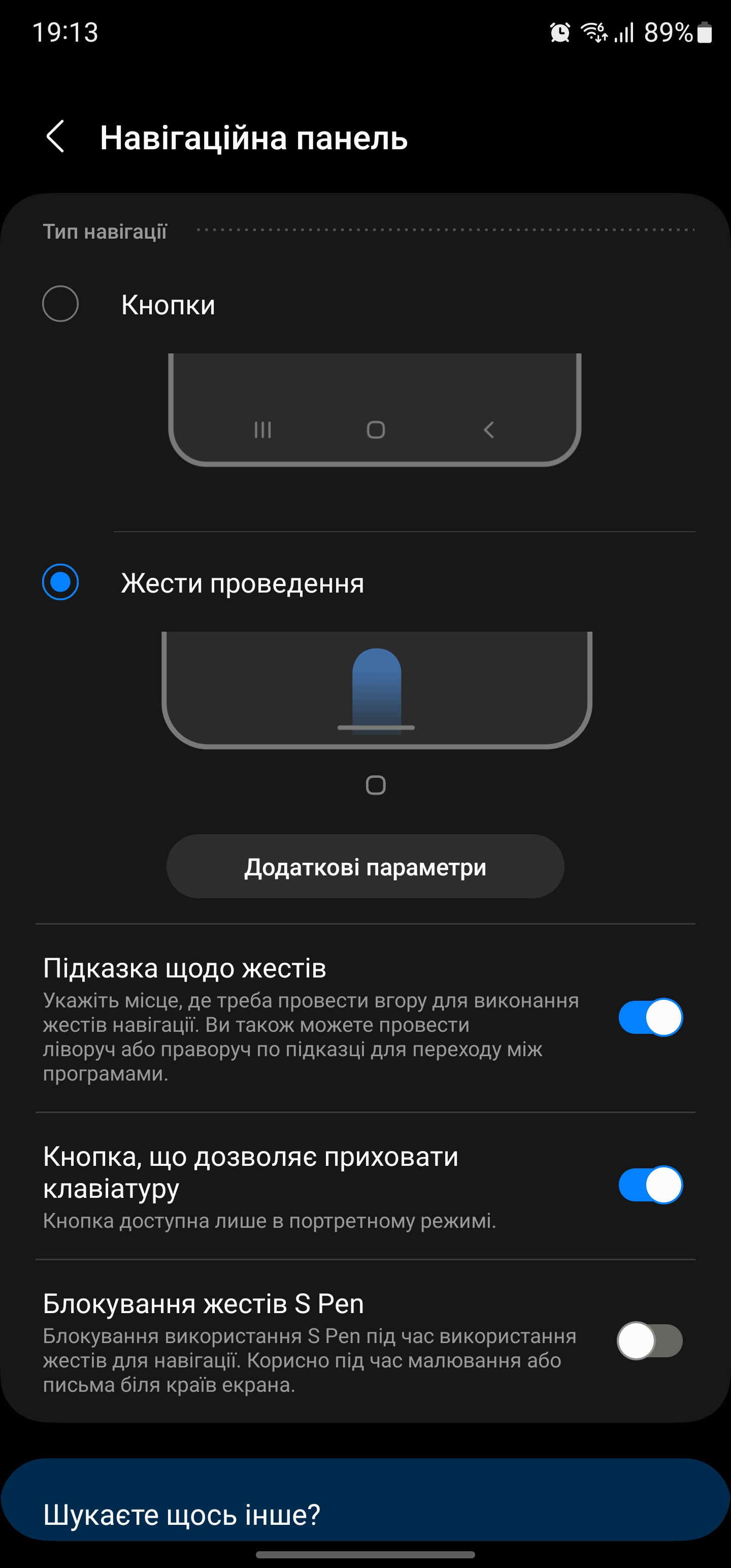
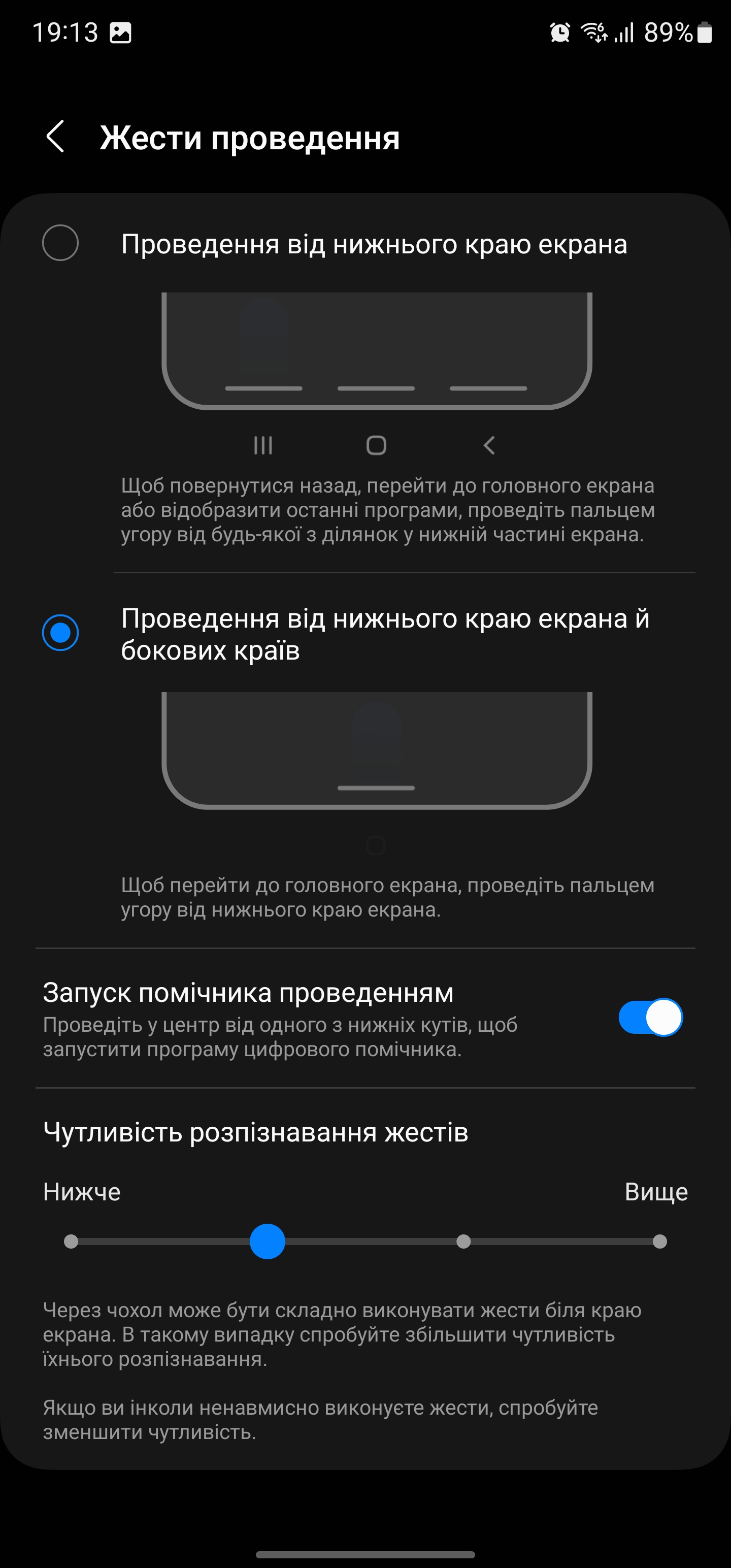
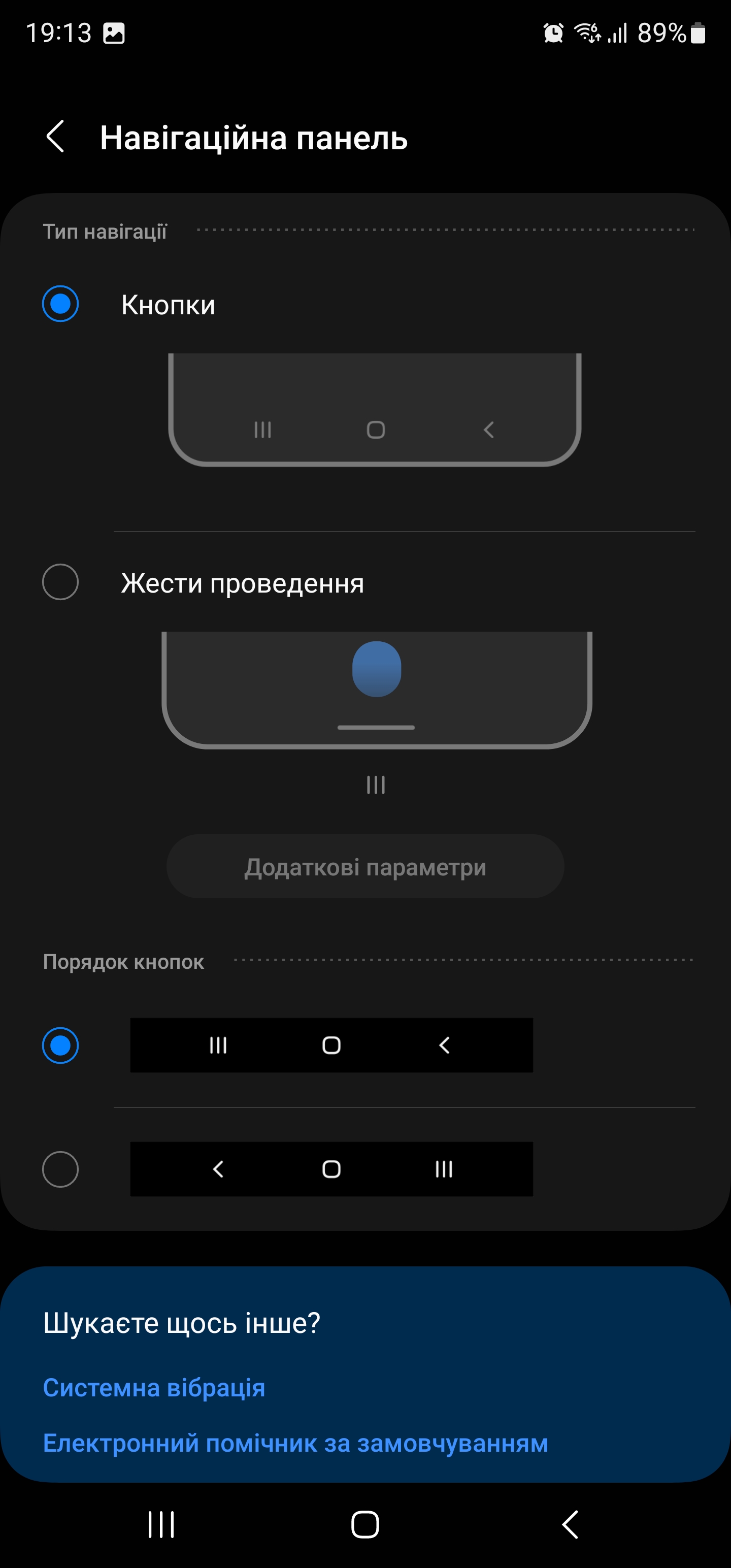
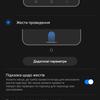
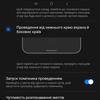
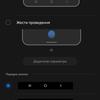
Edge sidebars are unchanged.
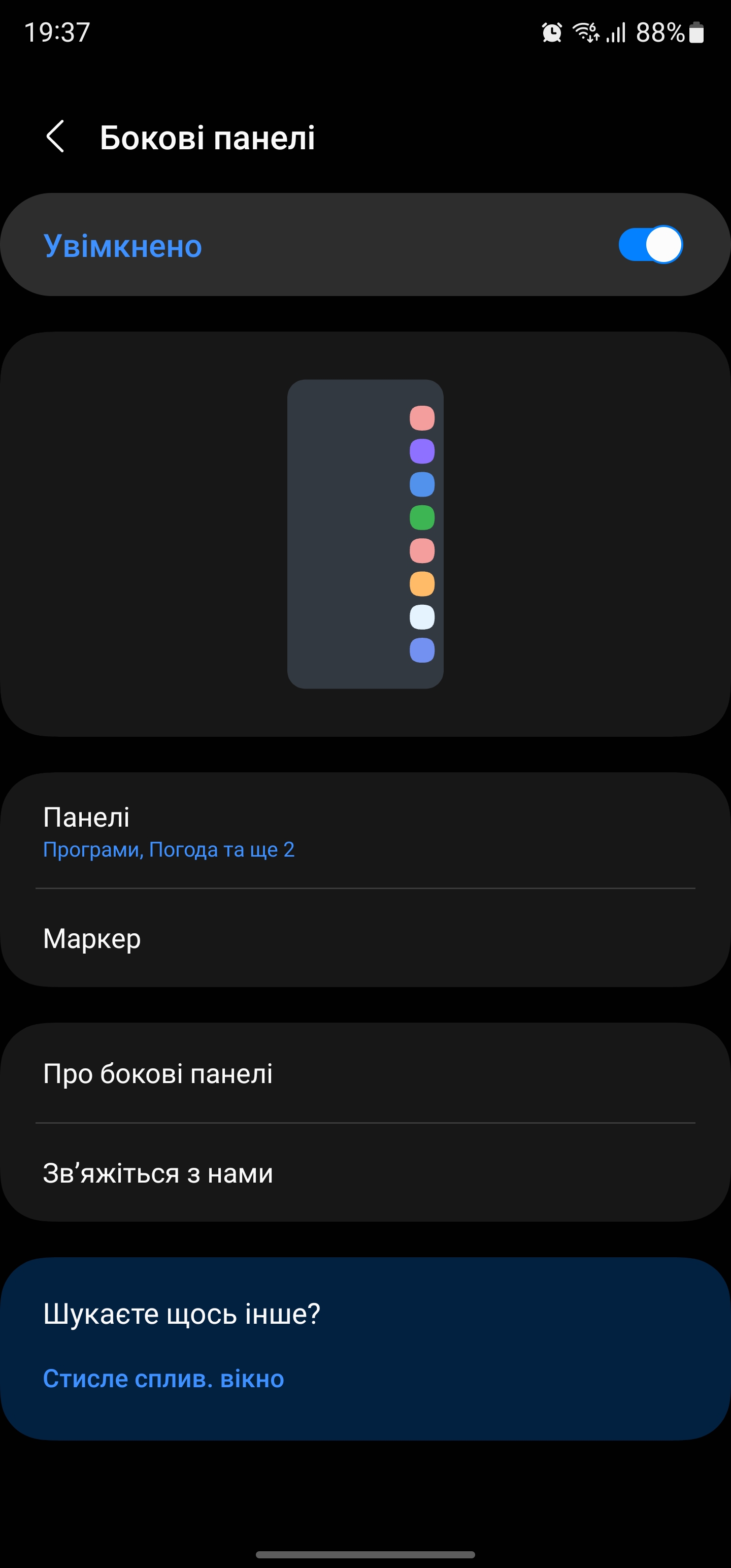
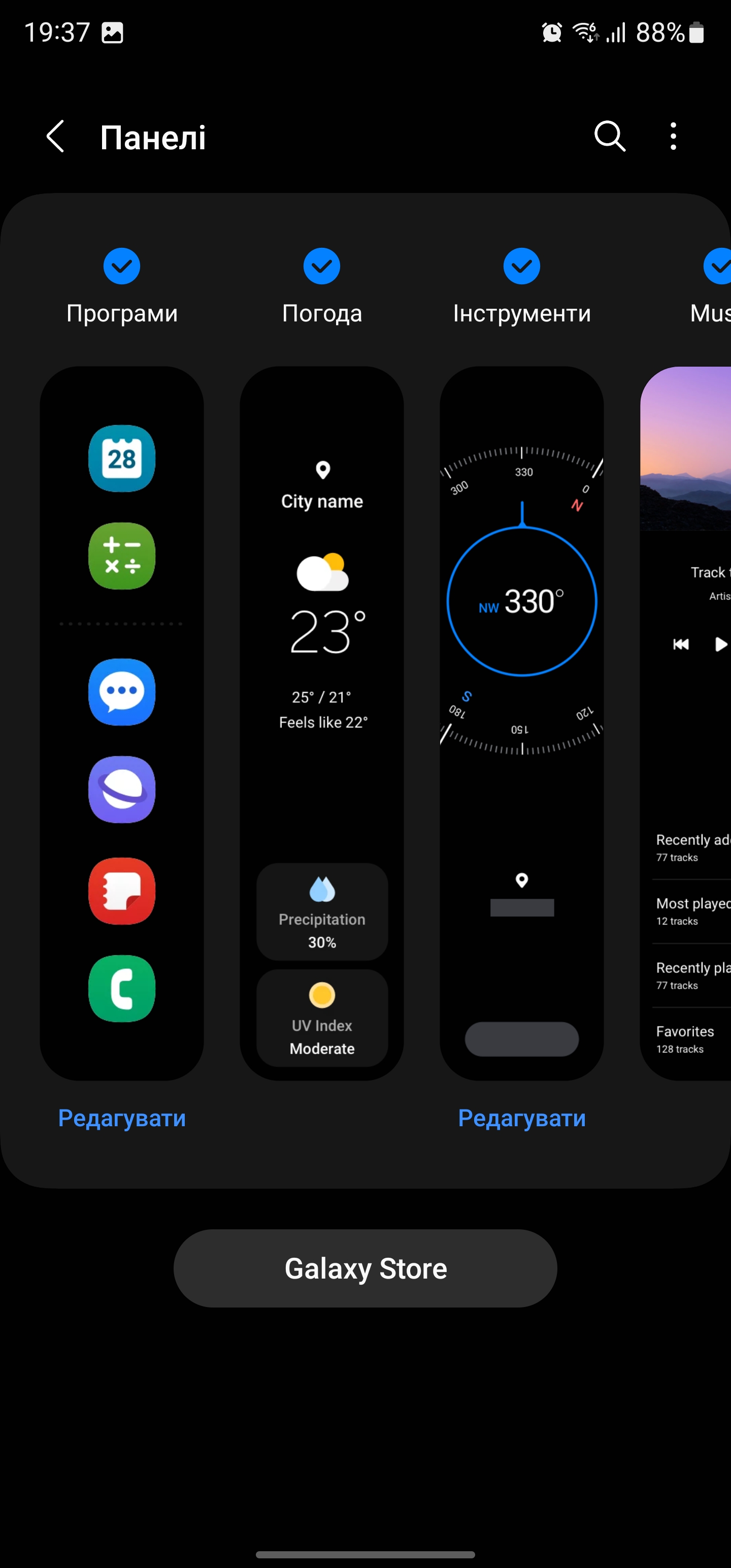

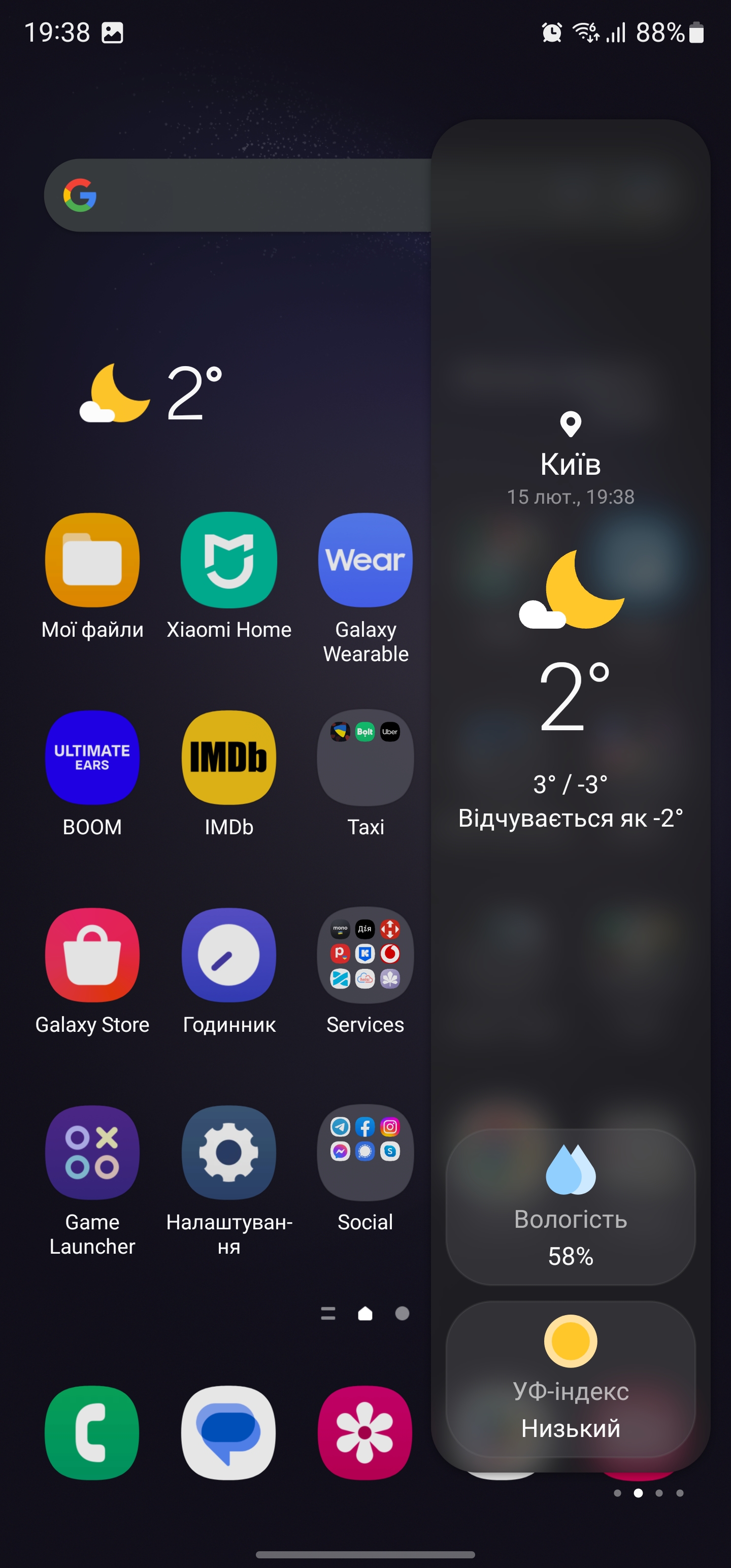
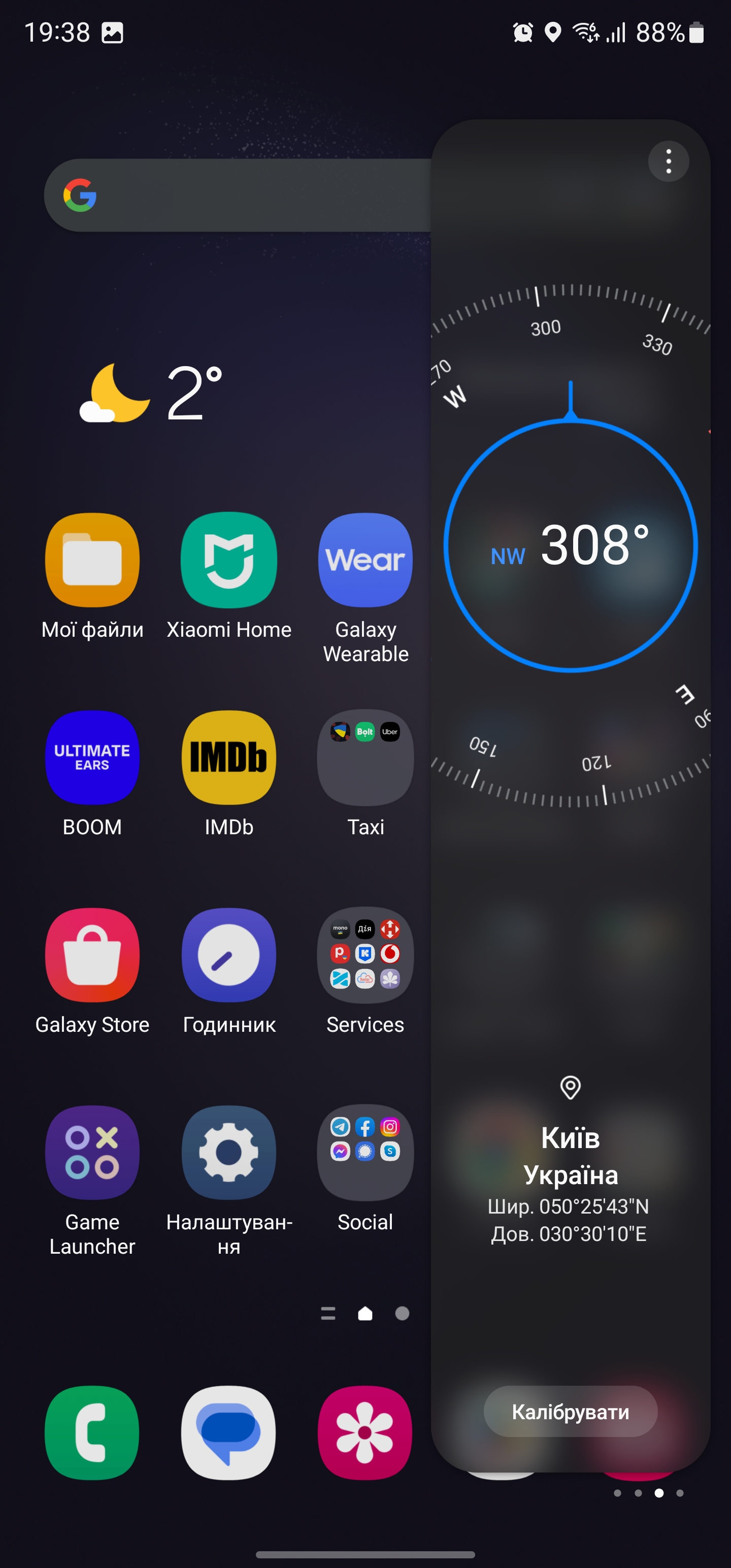
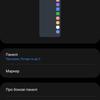
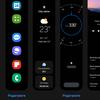
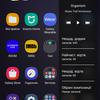
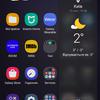
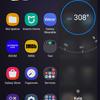
Dex desktop mode supports connection to monitors, TVs and PCs both via cable and Miracast.

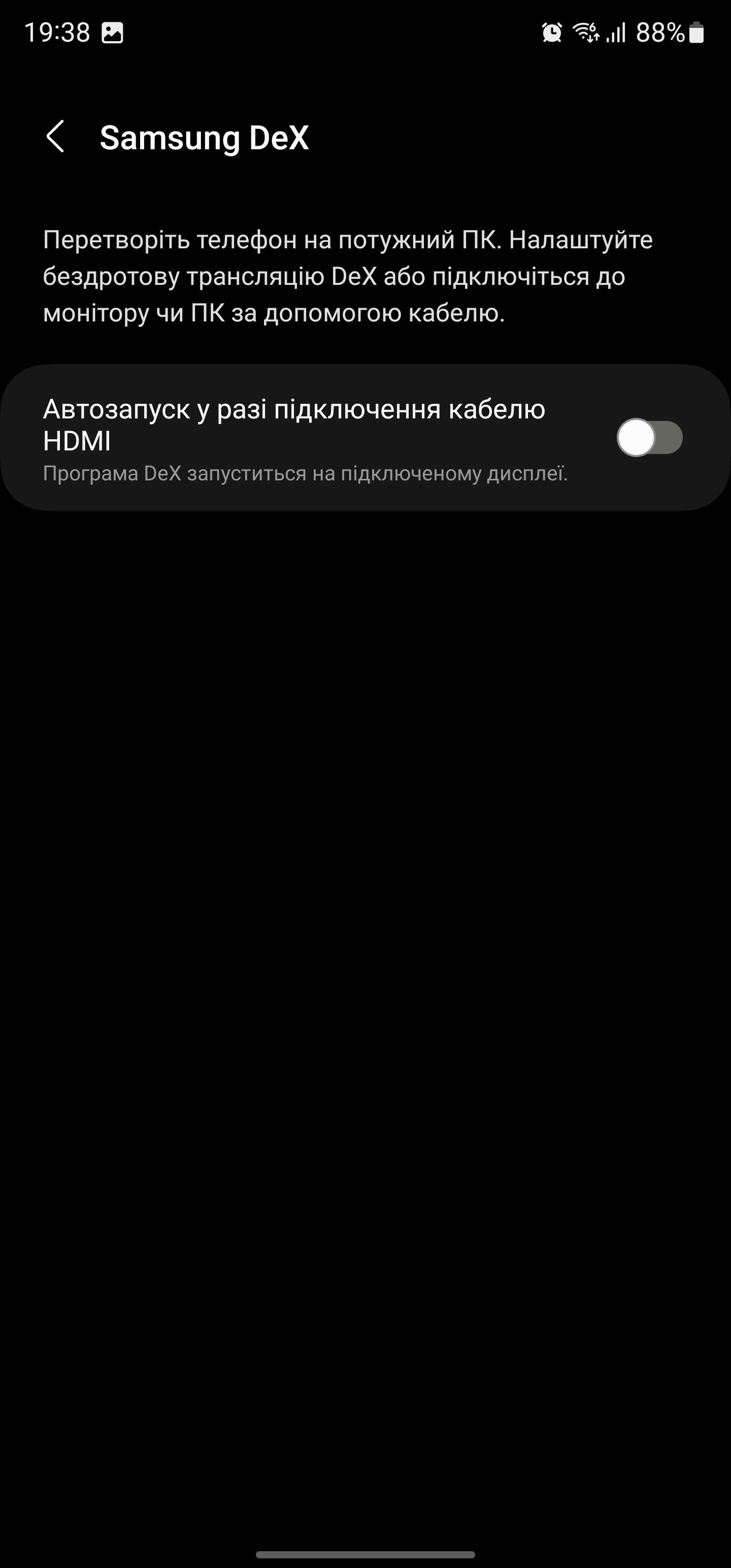


Standard set of apps:
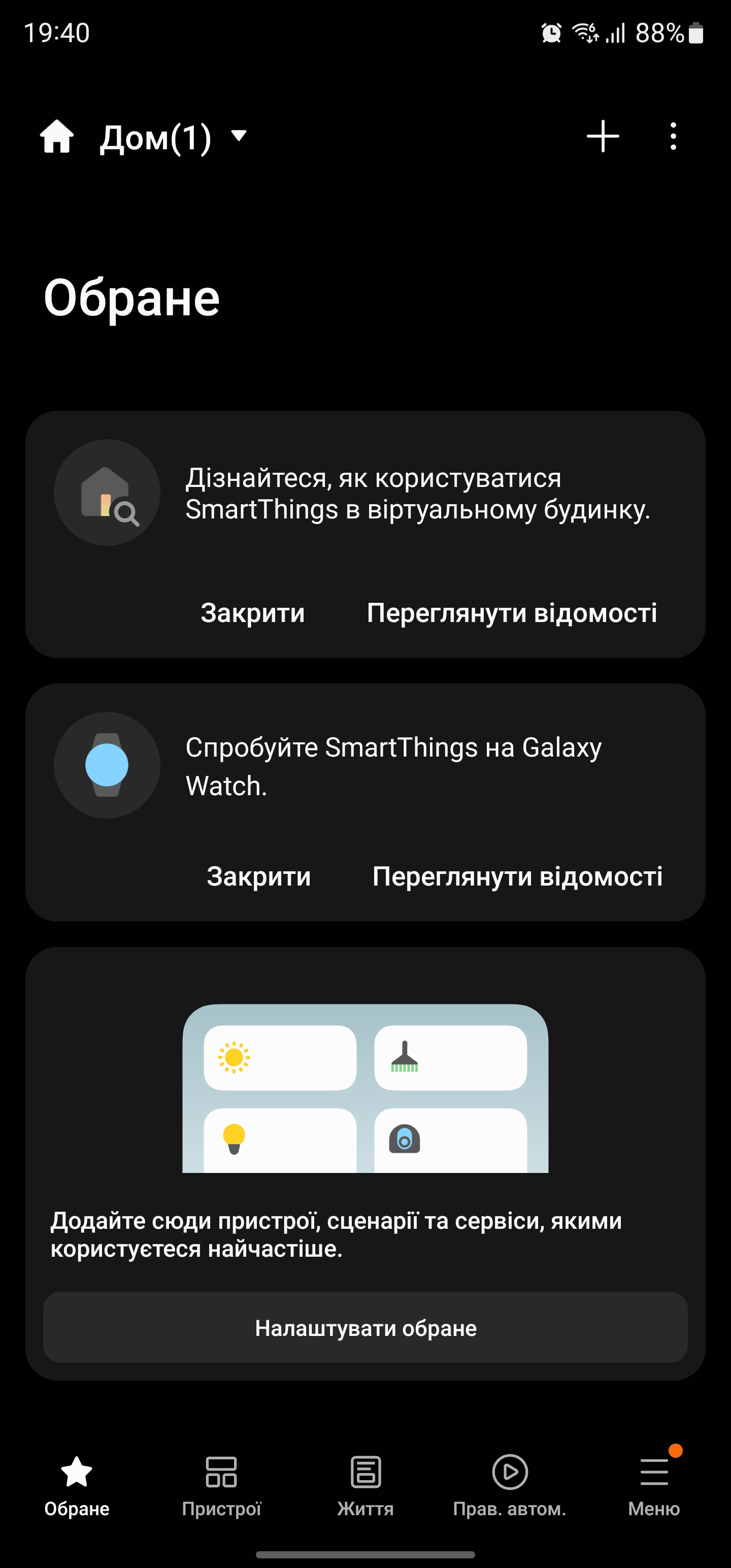

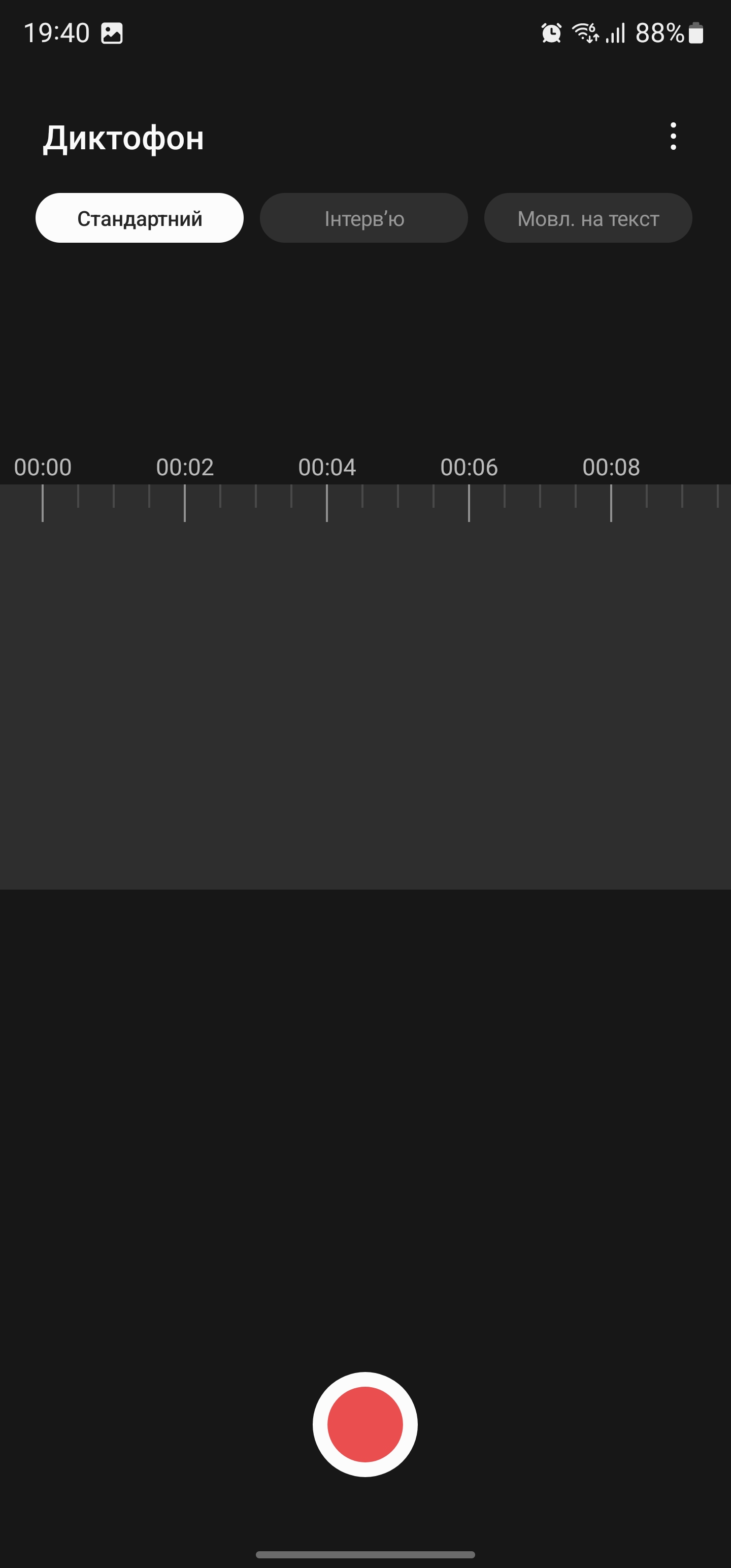
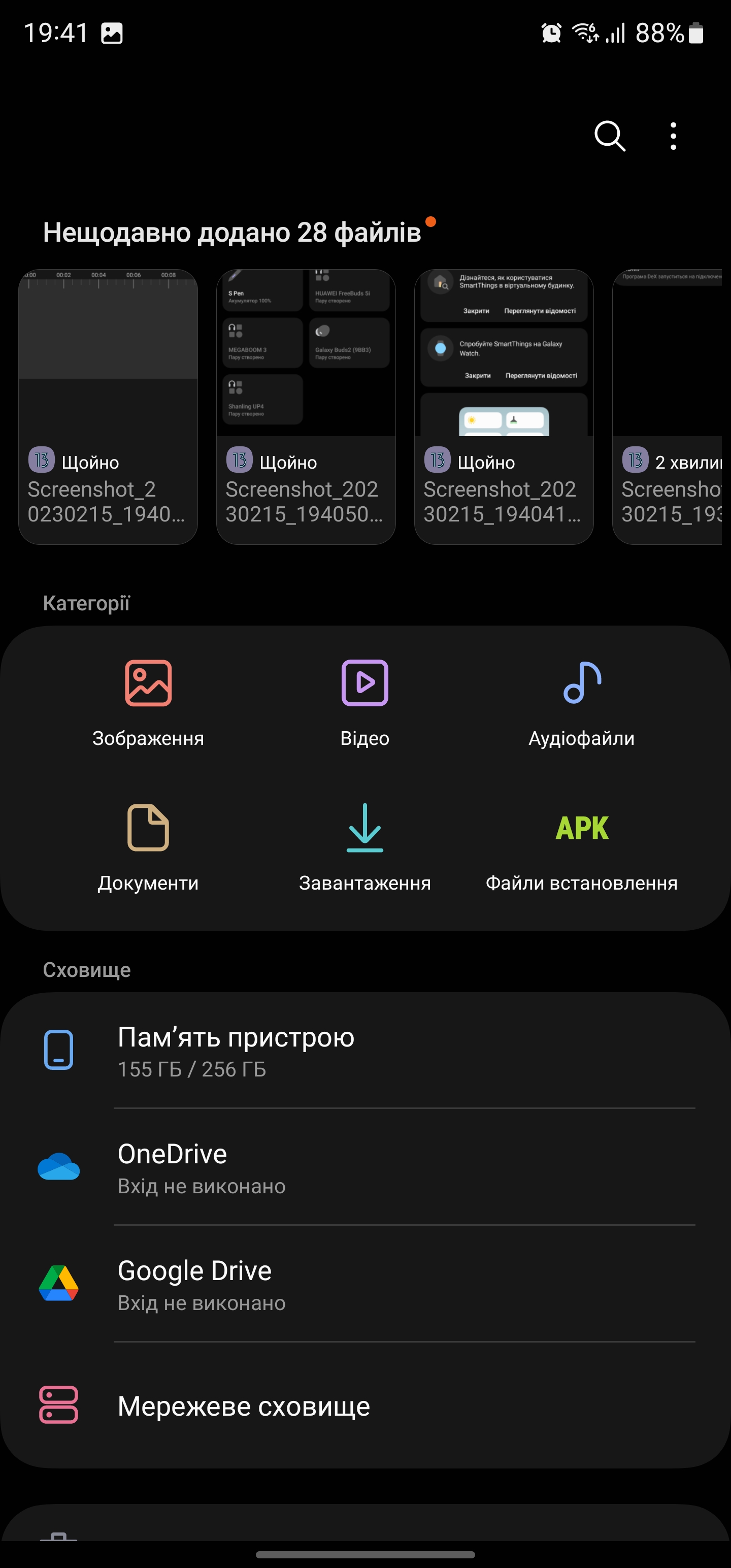
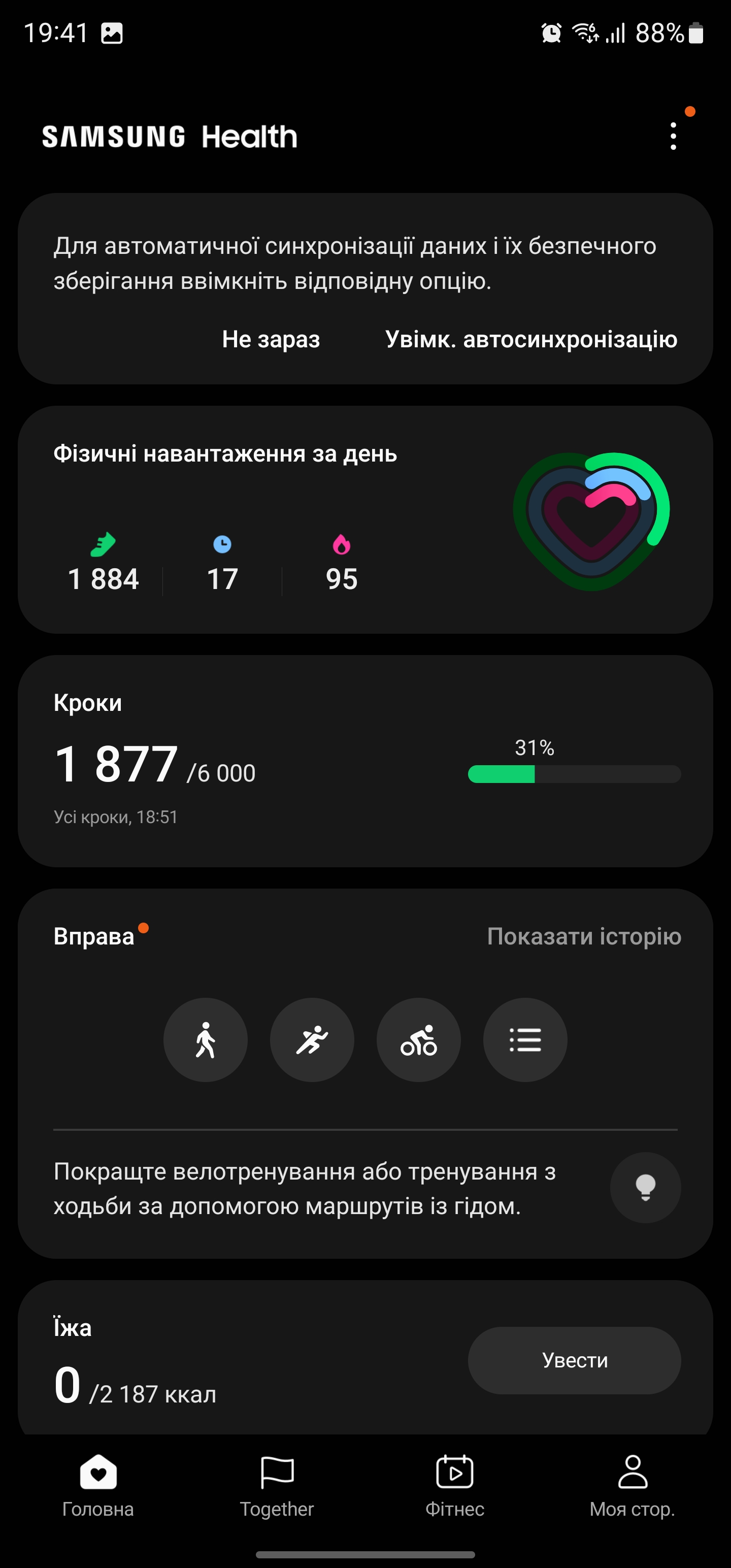
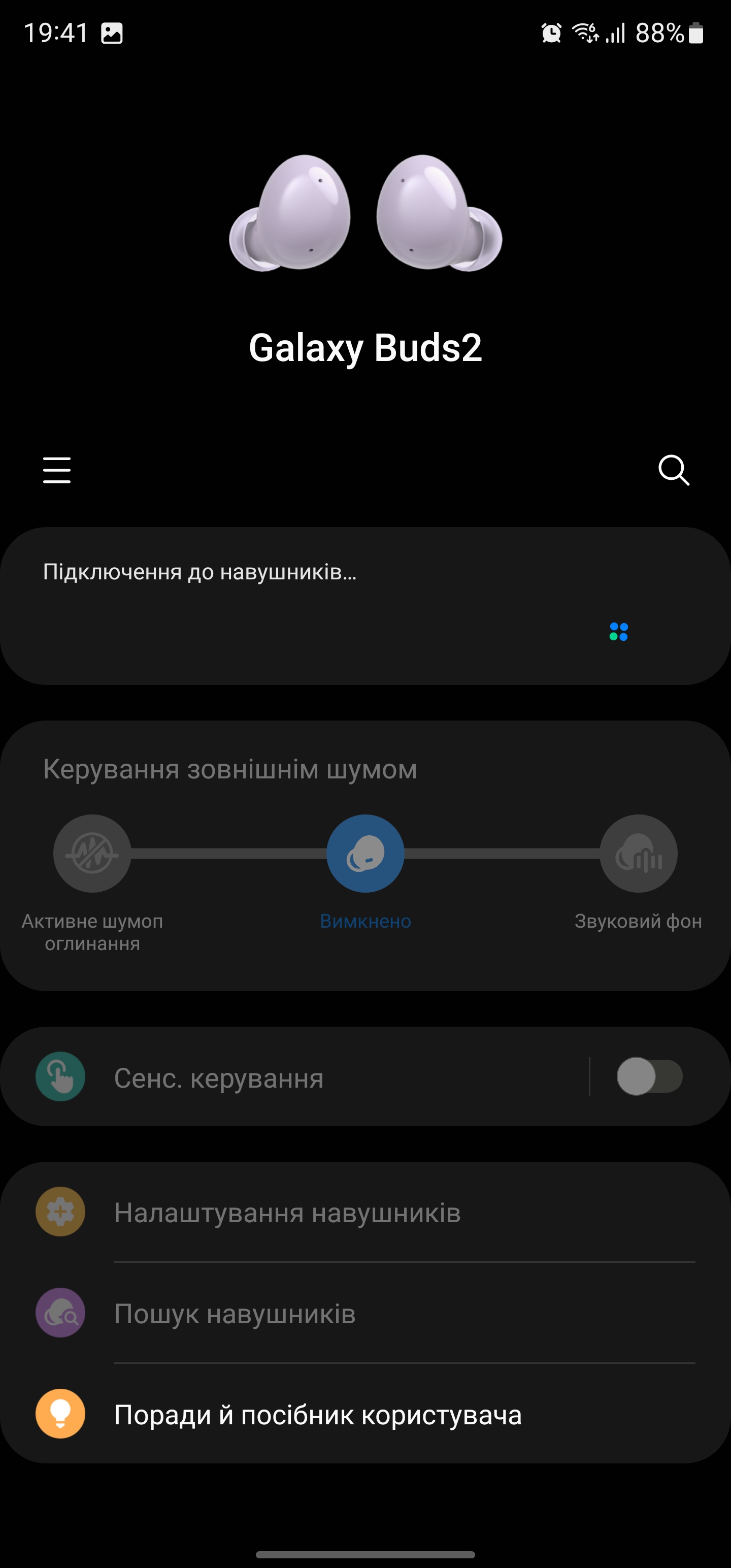




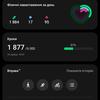

What can S Pen do?
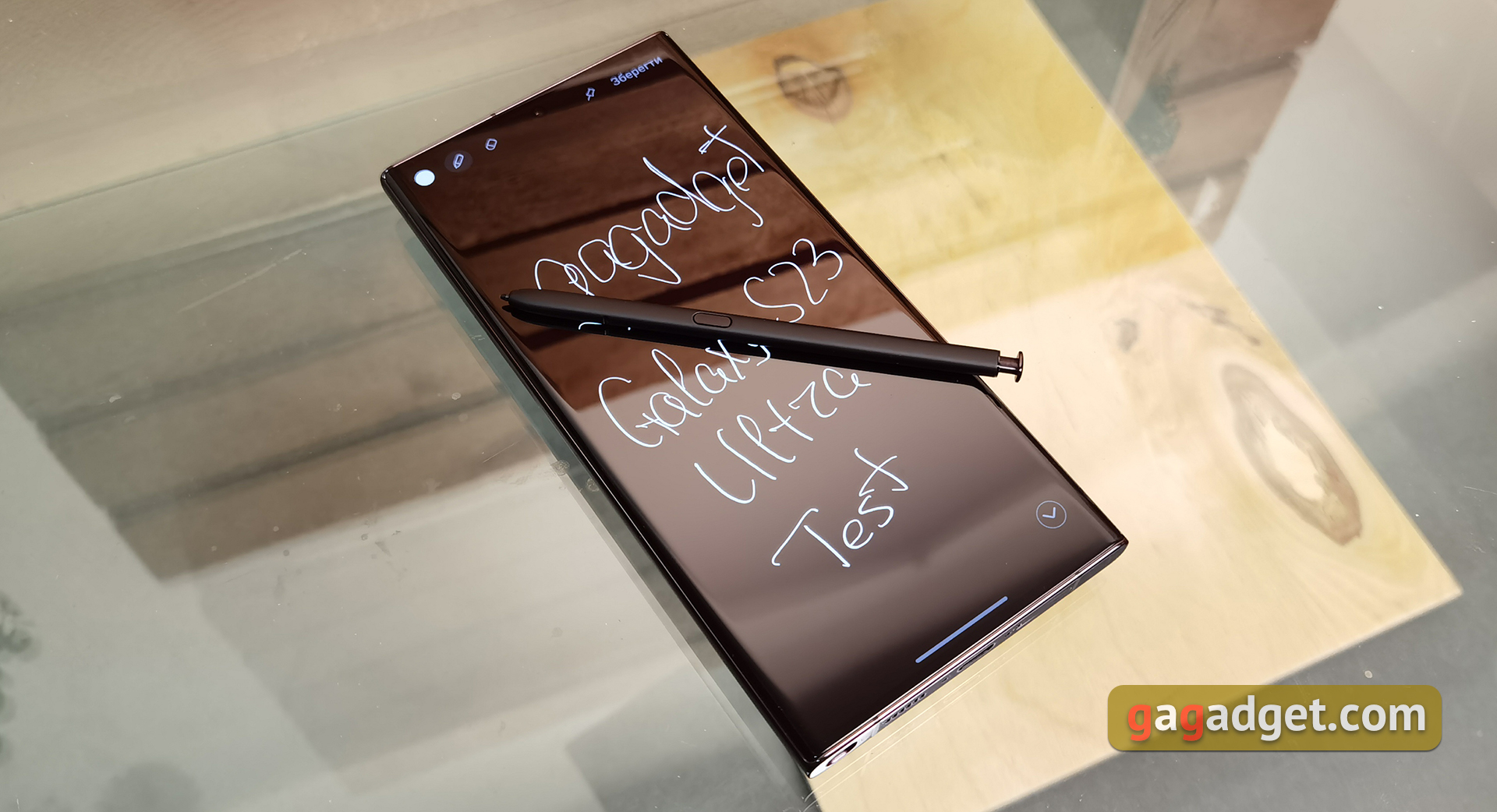
The S Pen can recognise up to 4096 levels of pressure and angle. It is equipped with a Bluetooth LE module, gyroscope, accelerometer and a single mechanical button. The response time is 2.8 ms. There are many customisable settings and additional features.


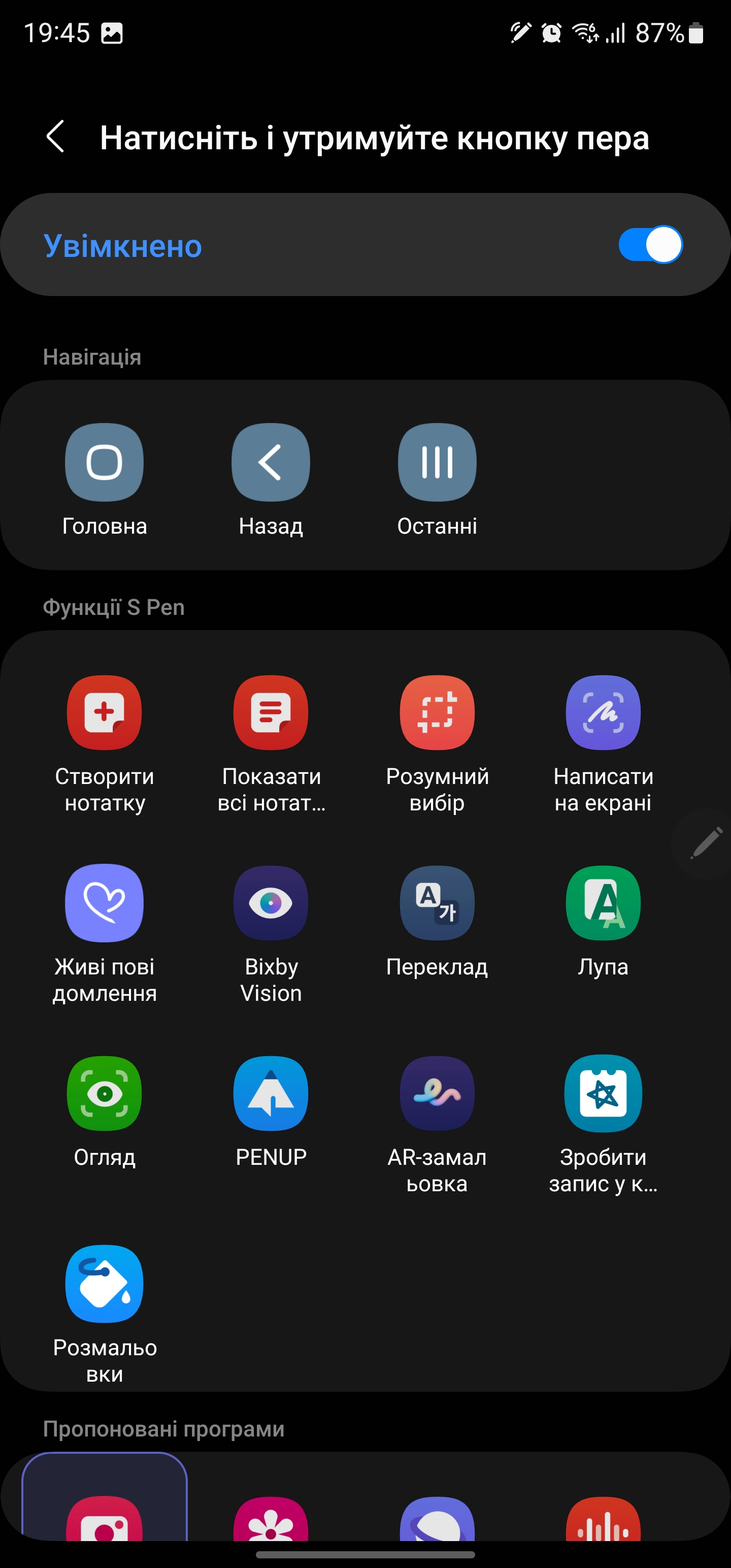
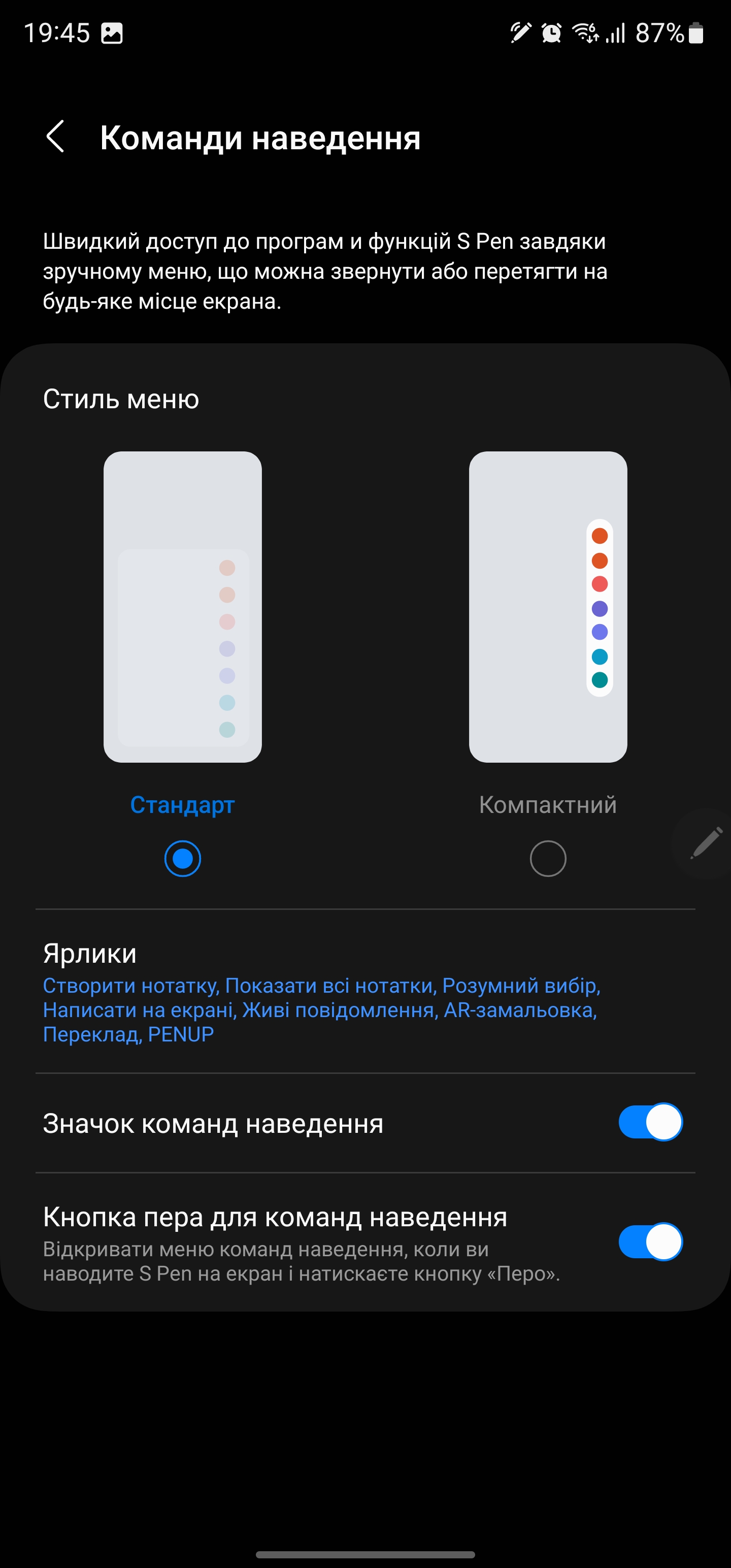
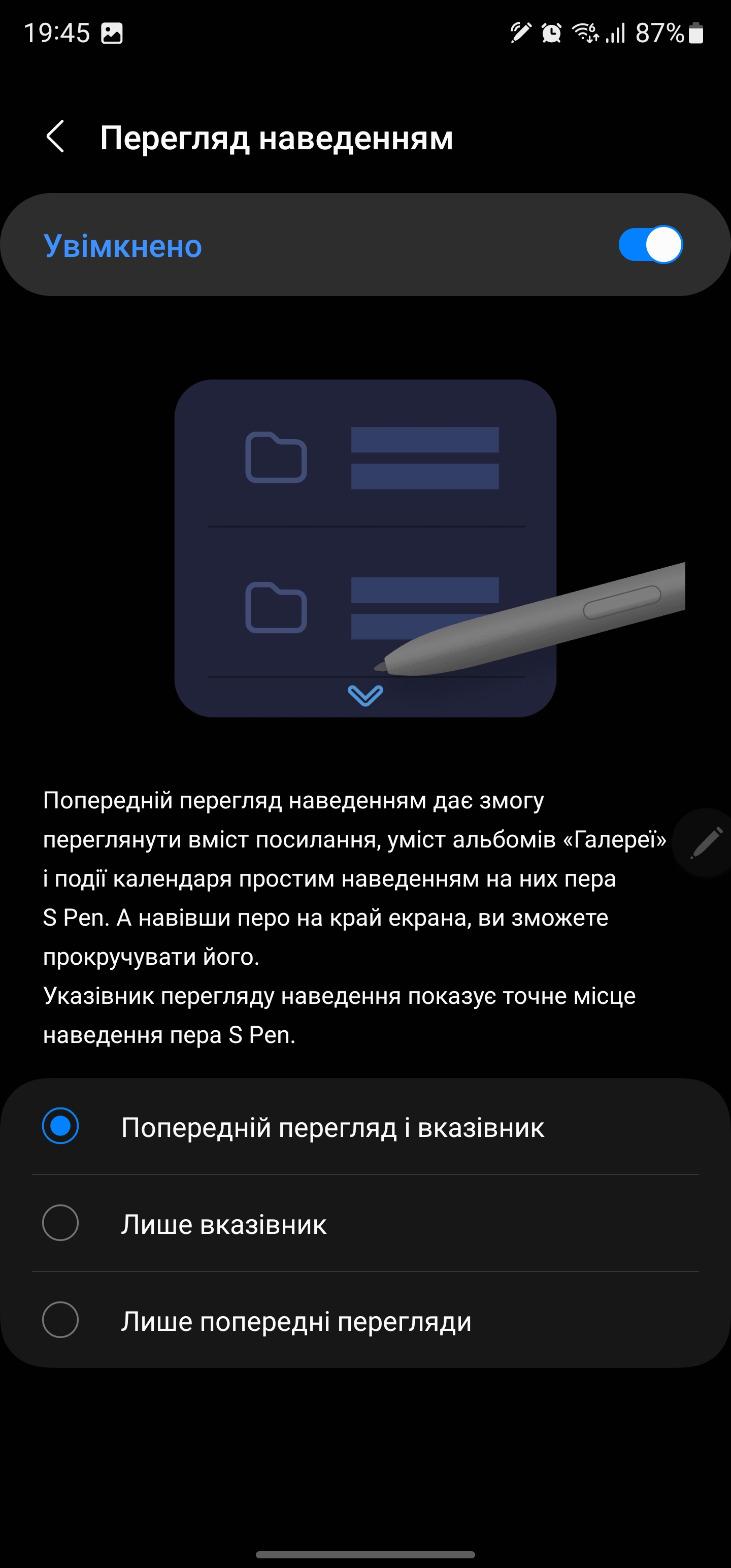
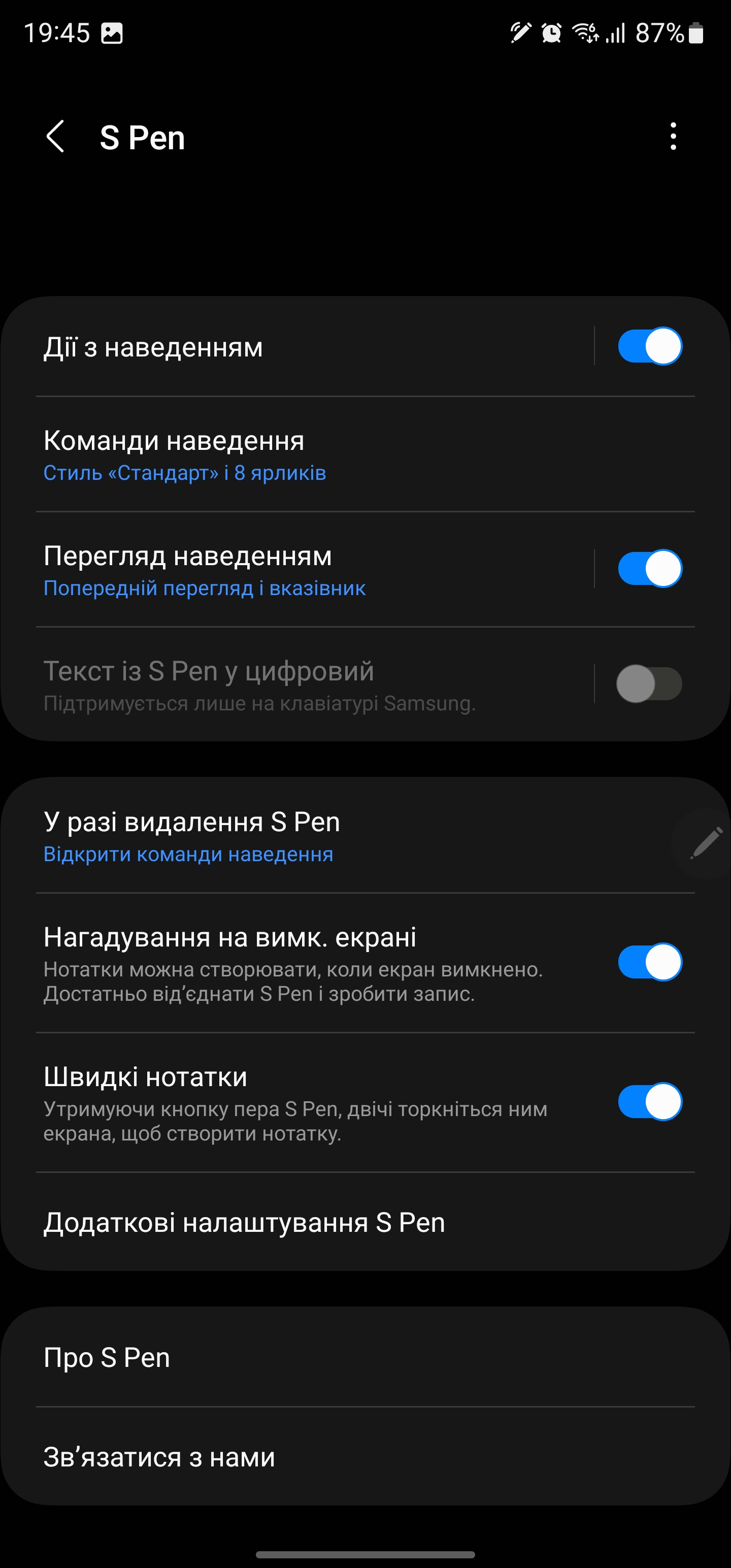
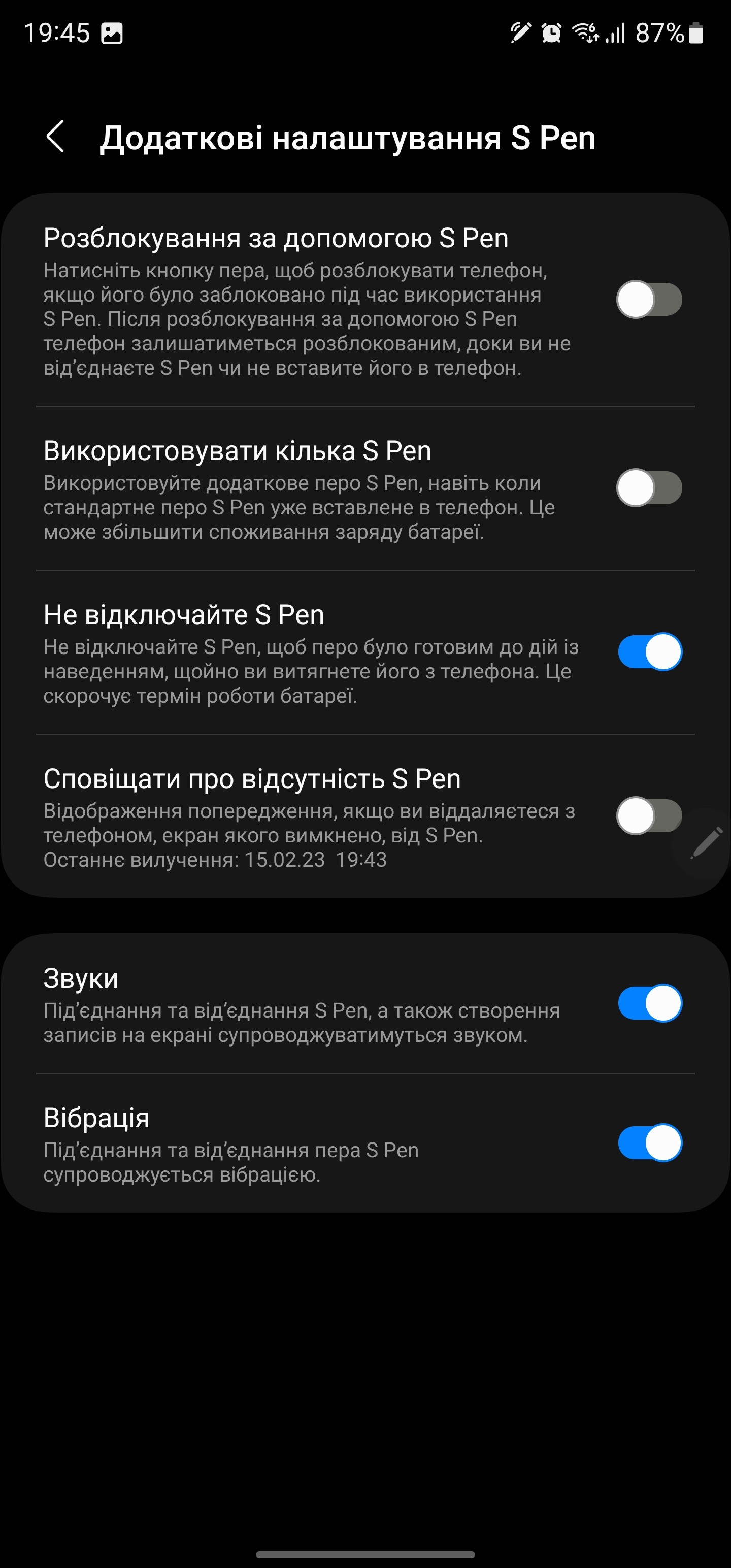


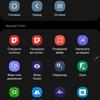
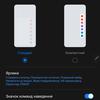
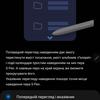


Handwriting recognition, on-screen translator, live notifications, notes, and the standard PENUP app for drawing. However, third-party apps such as Concepts or Sketchbook are also supported.

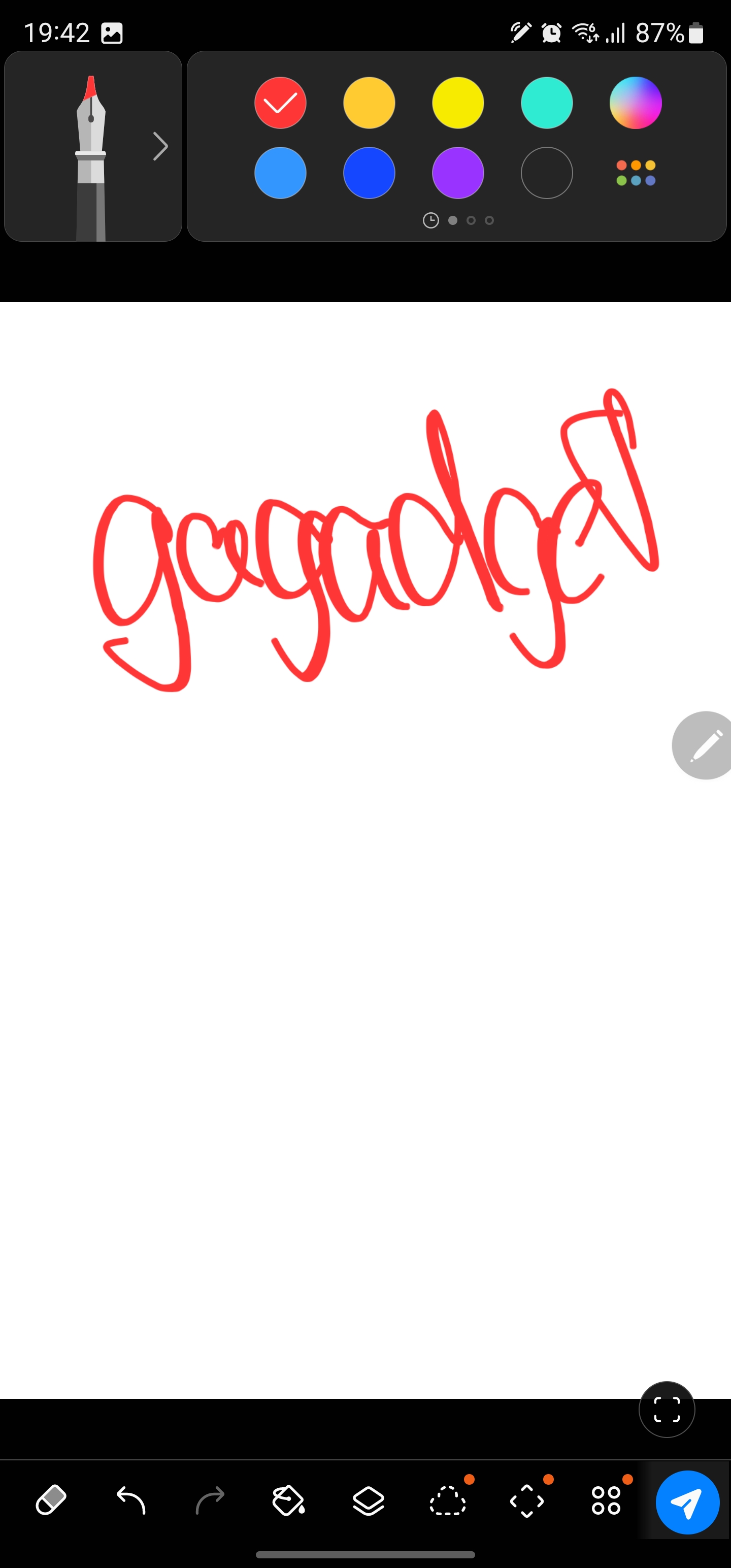
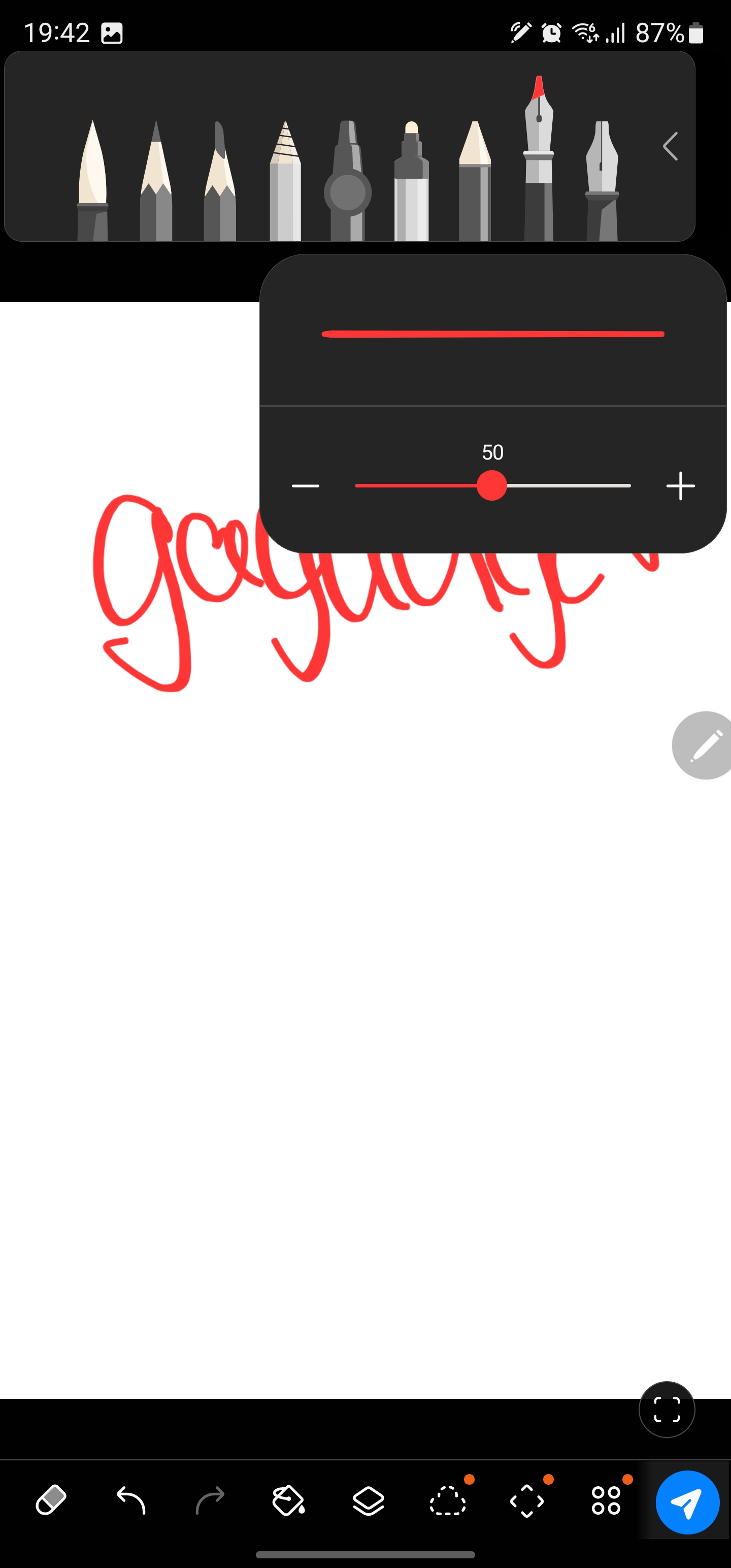
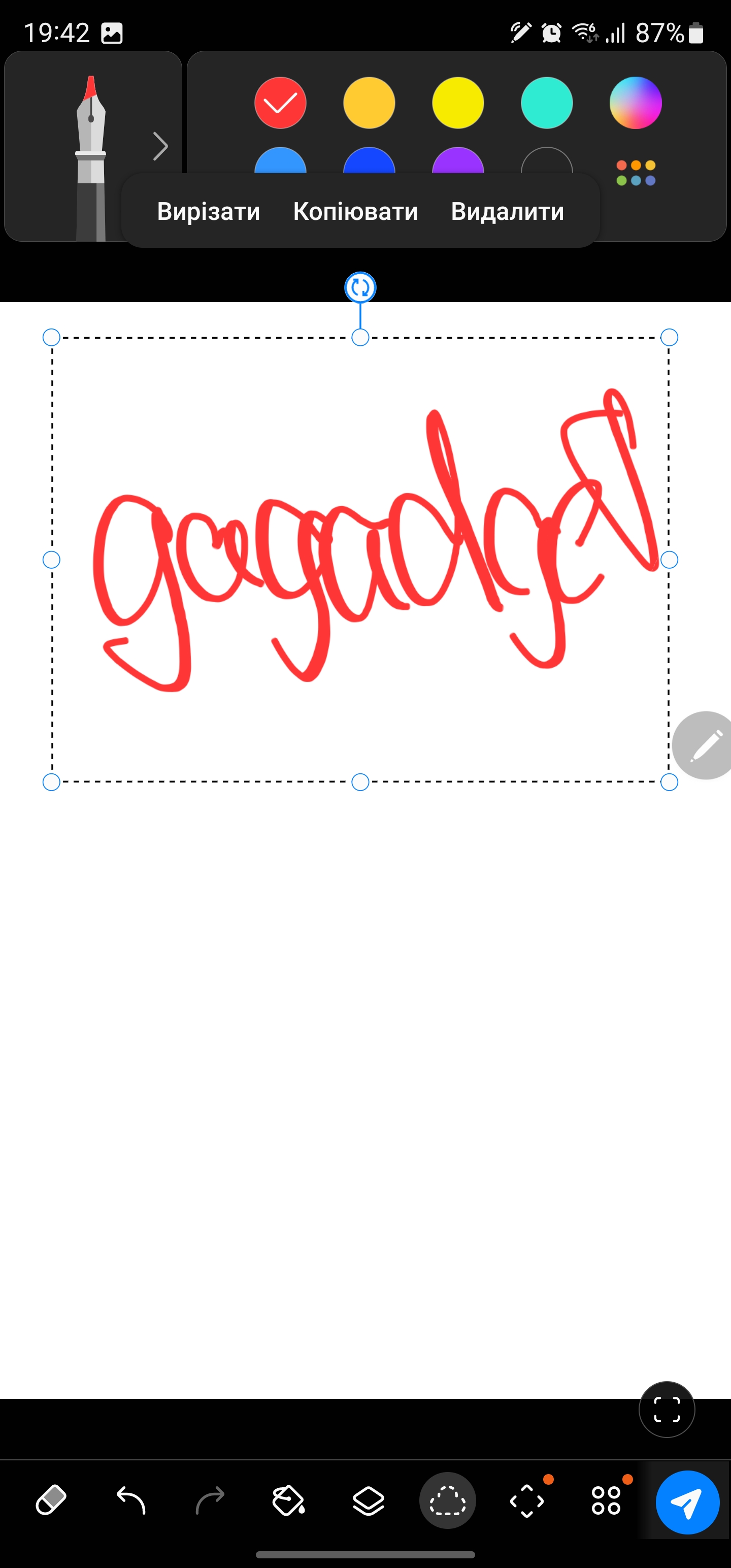

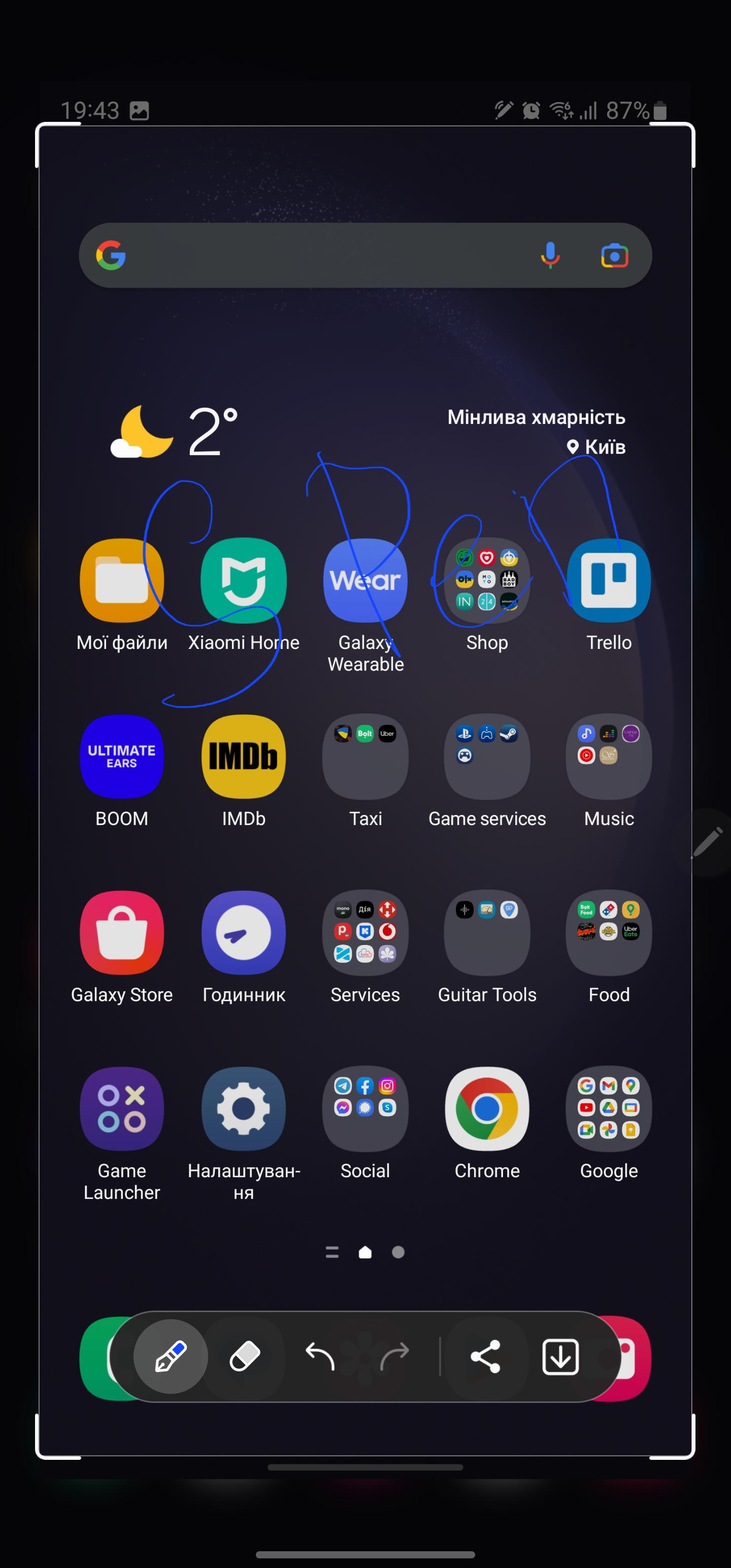
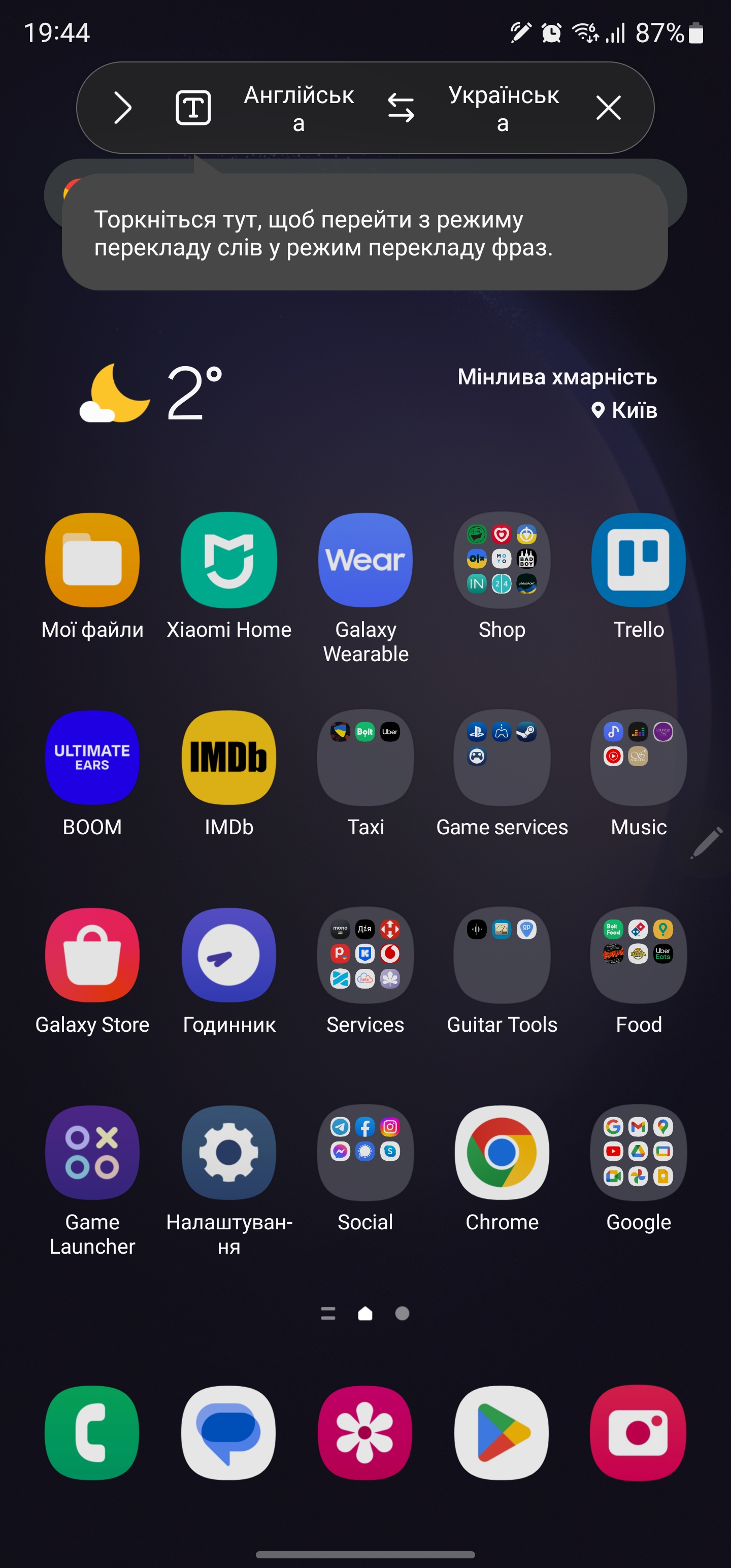





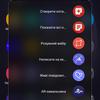
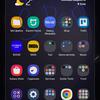


S Pen can be used as a remote control. In different apps, you can set up different gestures with the stylus in the air: switching tracks, pause, play in the player, zoom, switch cameras and switch modes in the camera, etc.
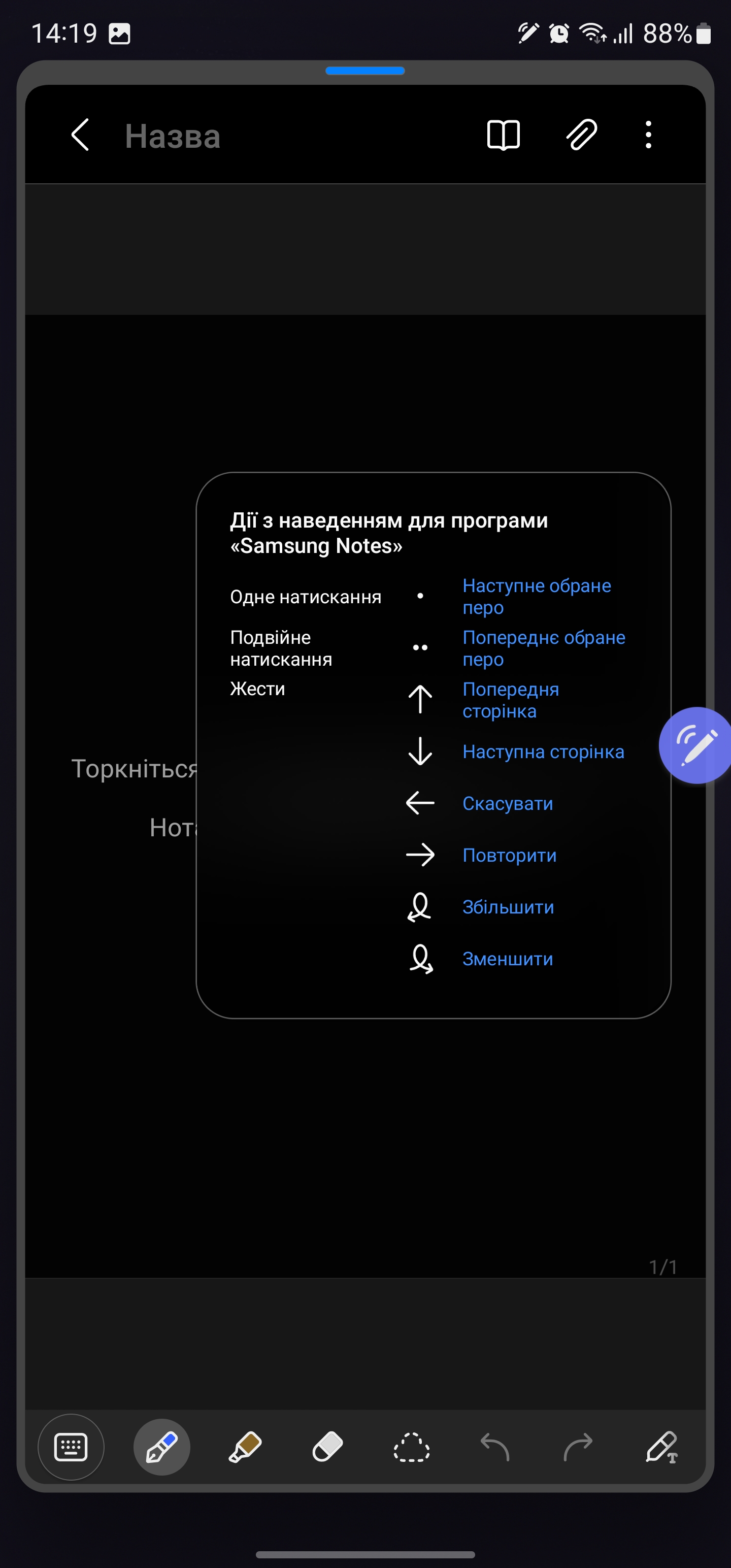
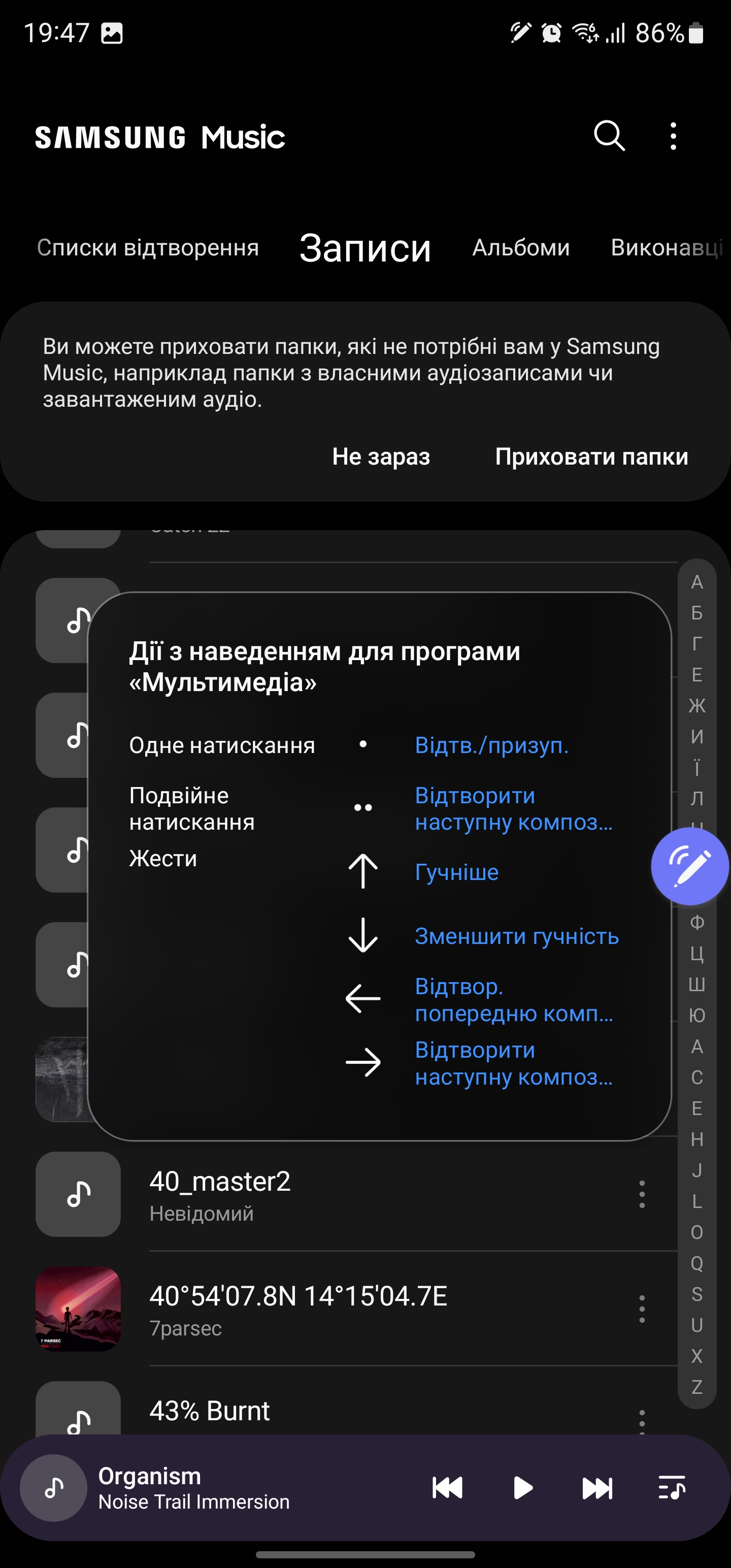
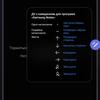
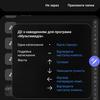
How good are the cameras?
Samsung Galaxy S23 Ultra has four rear cameras, just like its predecessor. For all possible occasions and needs. The main module now has a resolution of 200 megapixels Adaptive Pixel and in standard mode combines 16 pixels into one, the pictures have a resolution of 12 MP. Additionally, there are 50 and 20 MP modes. The main module has f/1.7 optics, 23 mm ECF, 1/1.3" sensor size, 0.6 µm, Dual Pixel PDAF phase detection autofocus and optical stabilisation with a doubled correction angle in all directions. Nightography processing algorithms have also been improved. The first 10 MP telephoto module is f/2.4, 70 mm, 1/3.52", 1.12µm, Dual Pixel PDAF, OIS with three times zoom. The second telephoto is a periscopic one, 10 MP, f/4.9, 230 mm CCD, 1/3.52", 1.12µm, Dual Pixel PDAF, OIS, 10x zoom. And an ultra-wide-angle camera with 12 MP, f/2.2, 13 mm, 120° angle of view, 1/2.55", 1.4µm, also Dual Pixel PDAF. The camera has changed slightly since. Now it has a 12-megapixel camera with f/2.2 aperture, 25 mm EFE, and phase detection autofocus. The maximum video resolution remains 8K, but now it's 30 FPS instead of 24 in the previous generation.
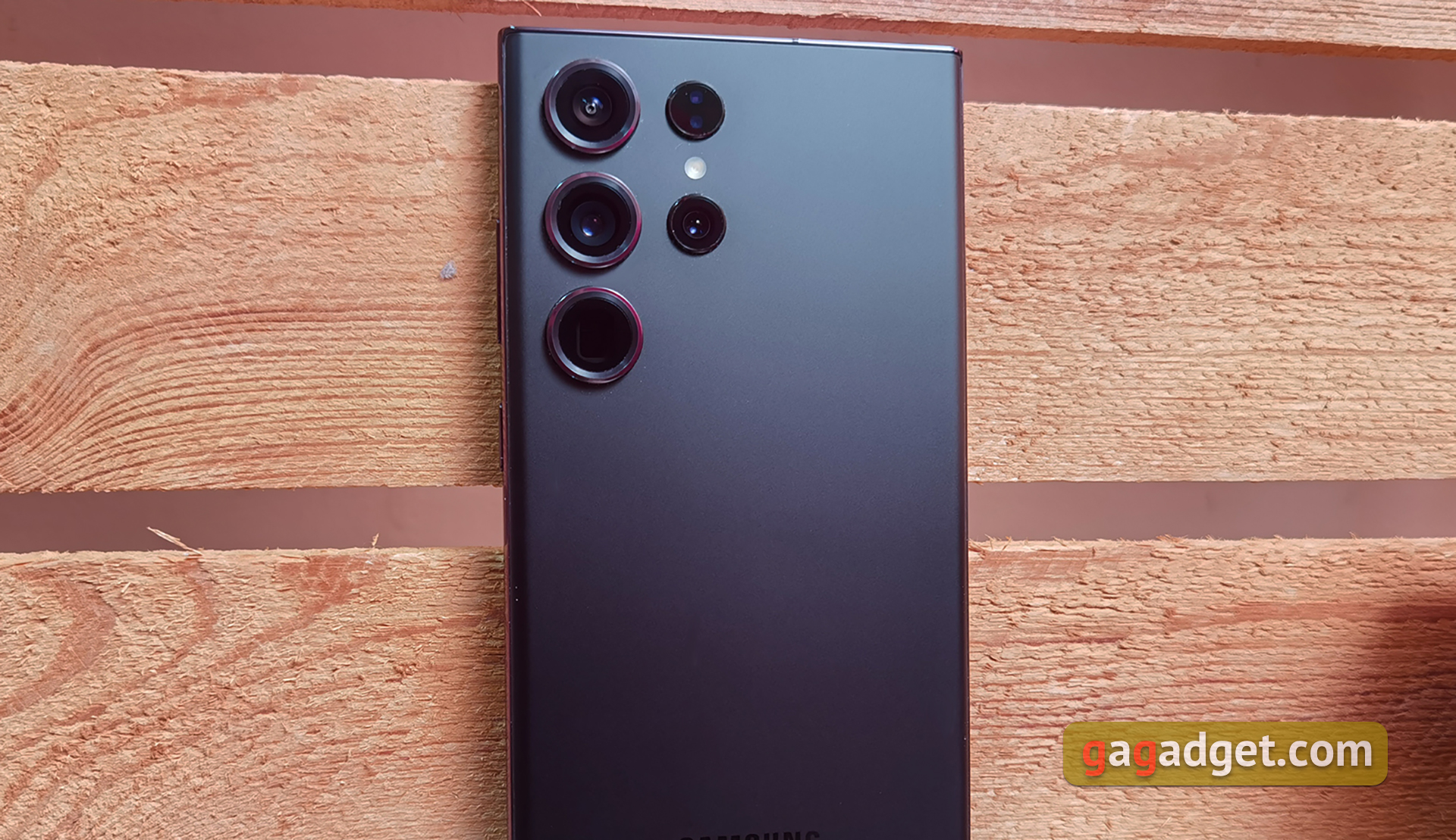
The camera app has the usual look and feel. The mode carousel is customisable: you can select the modes you want from the More section. All the main controls are on the main screen, including flash settings, aspect ratio, video resolution and stabiliser, timer, auto-enhancement and switching between the main cameras.



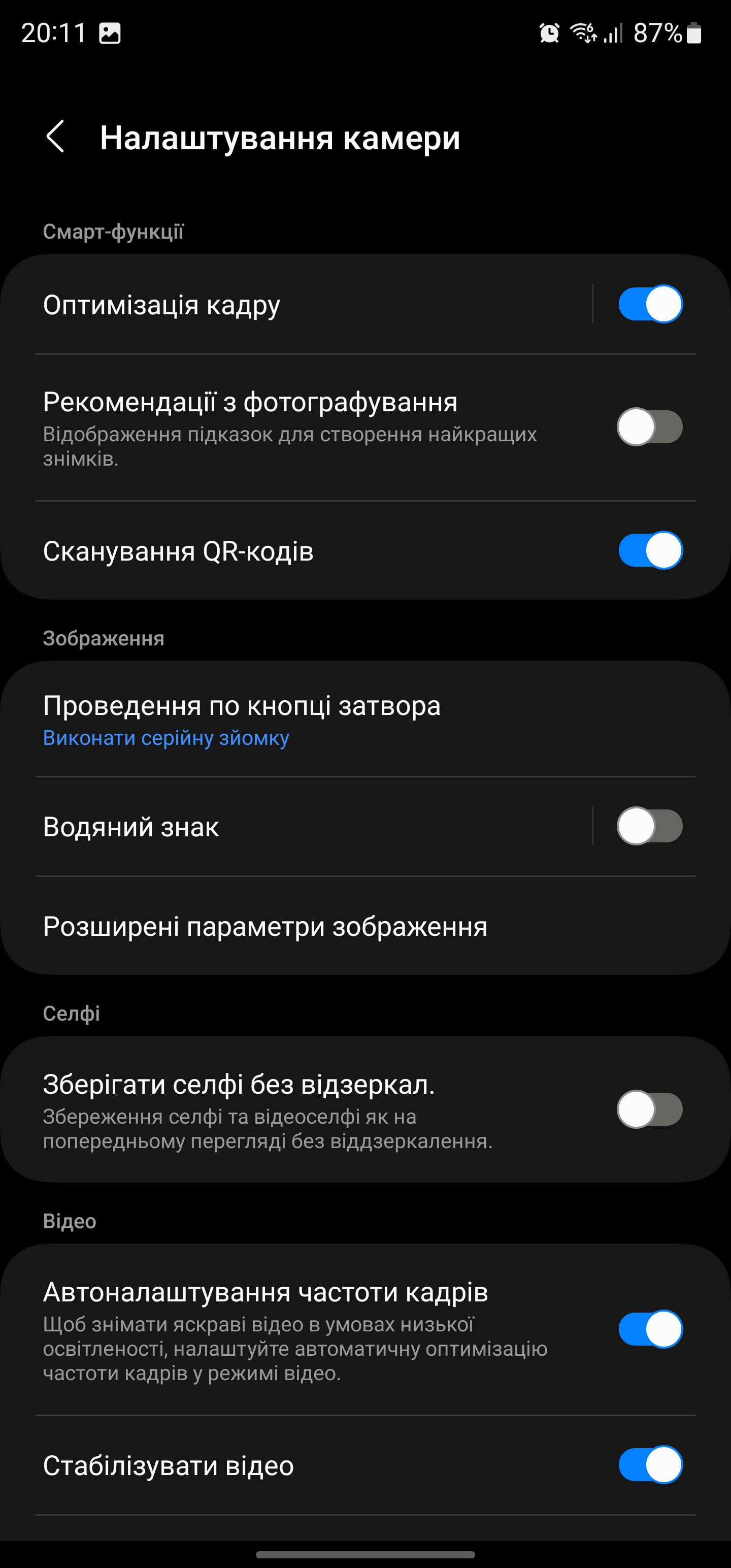
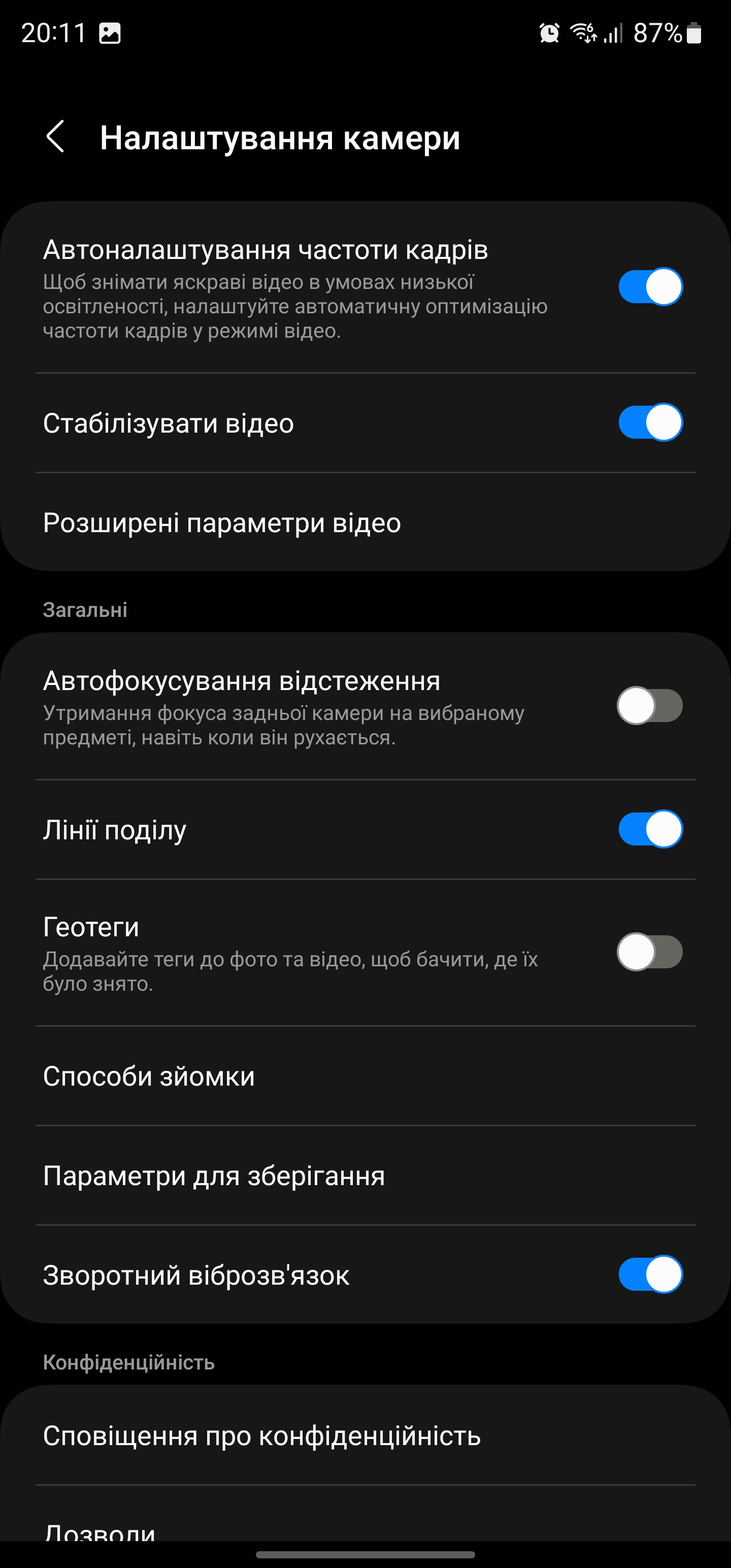
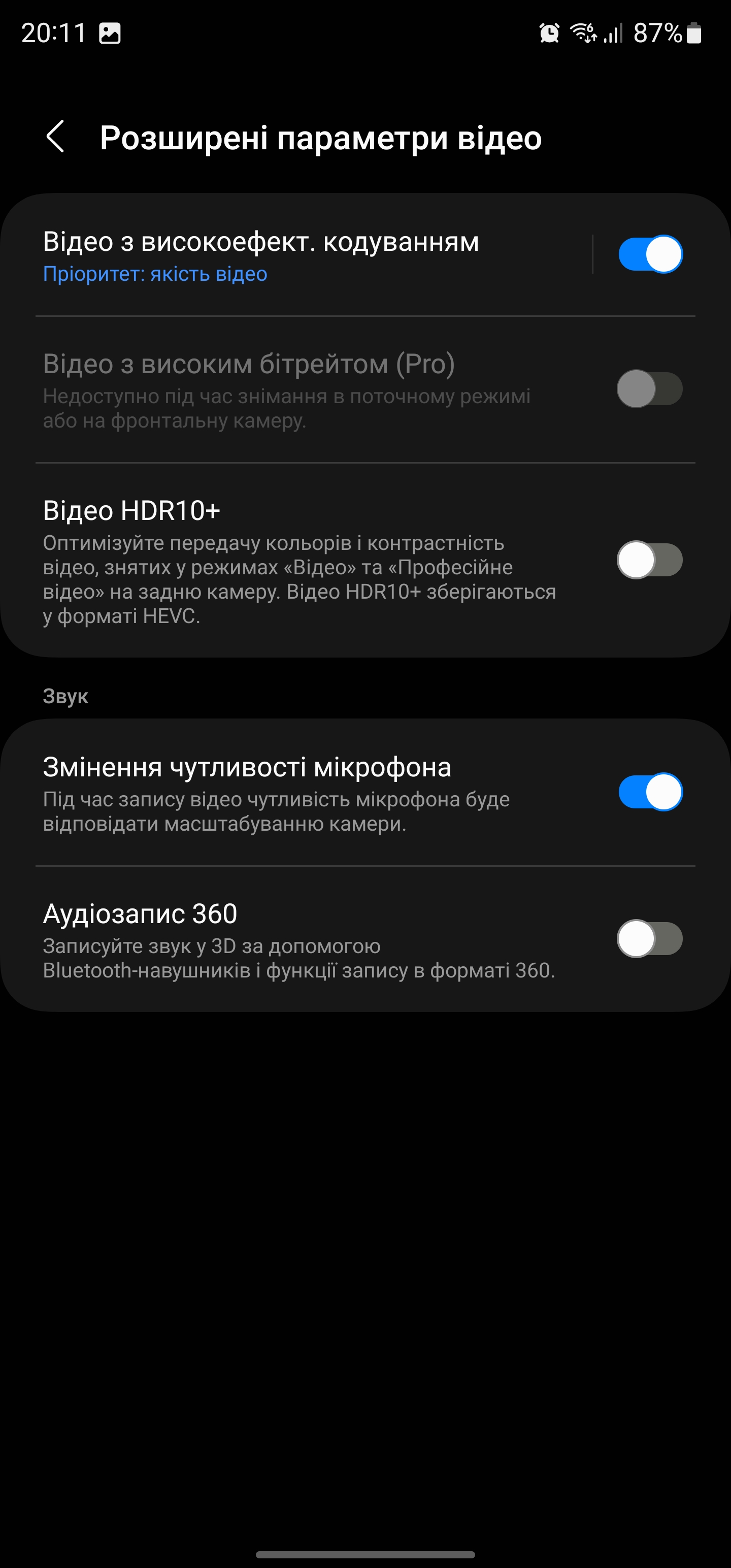
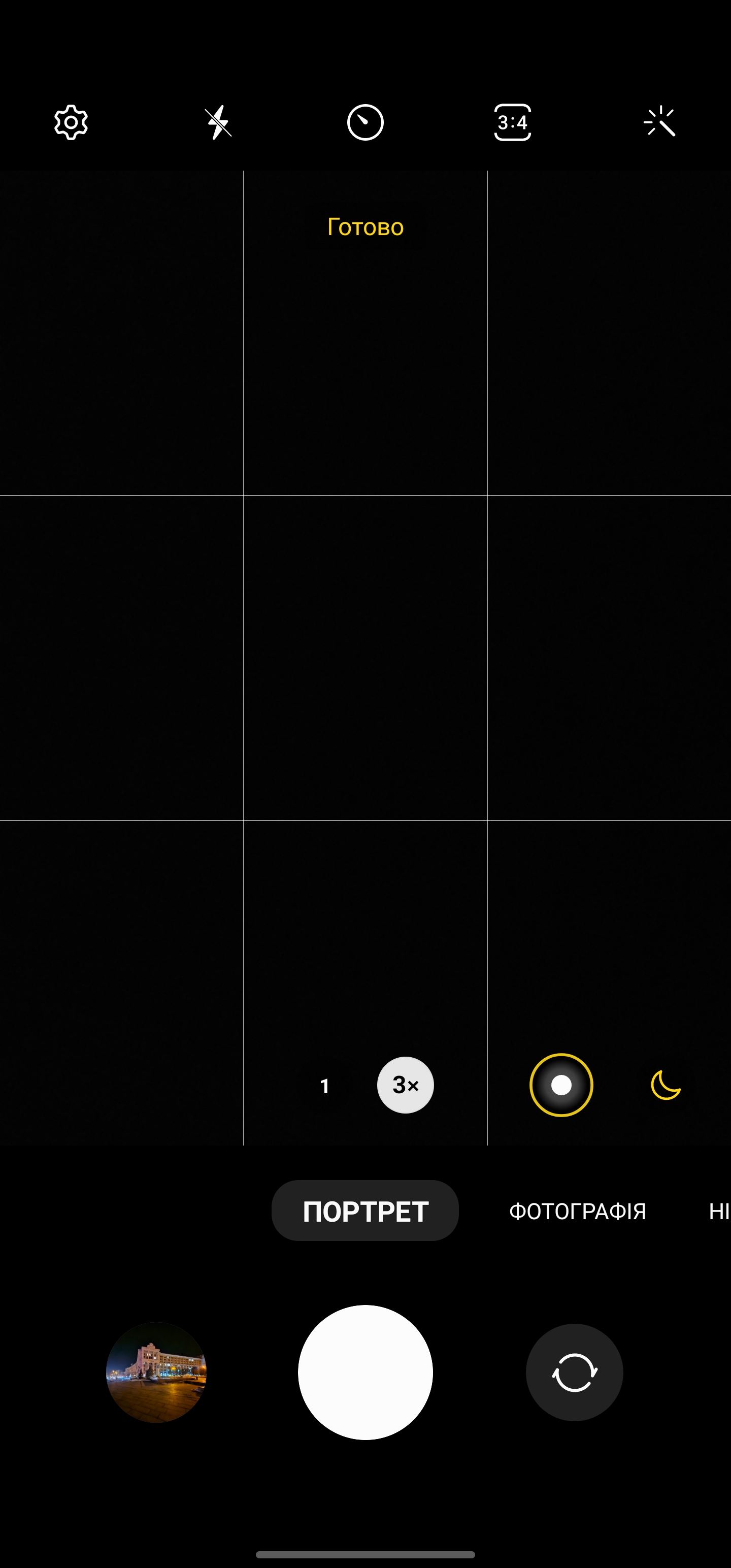
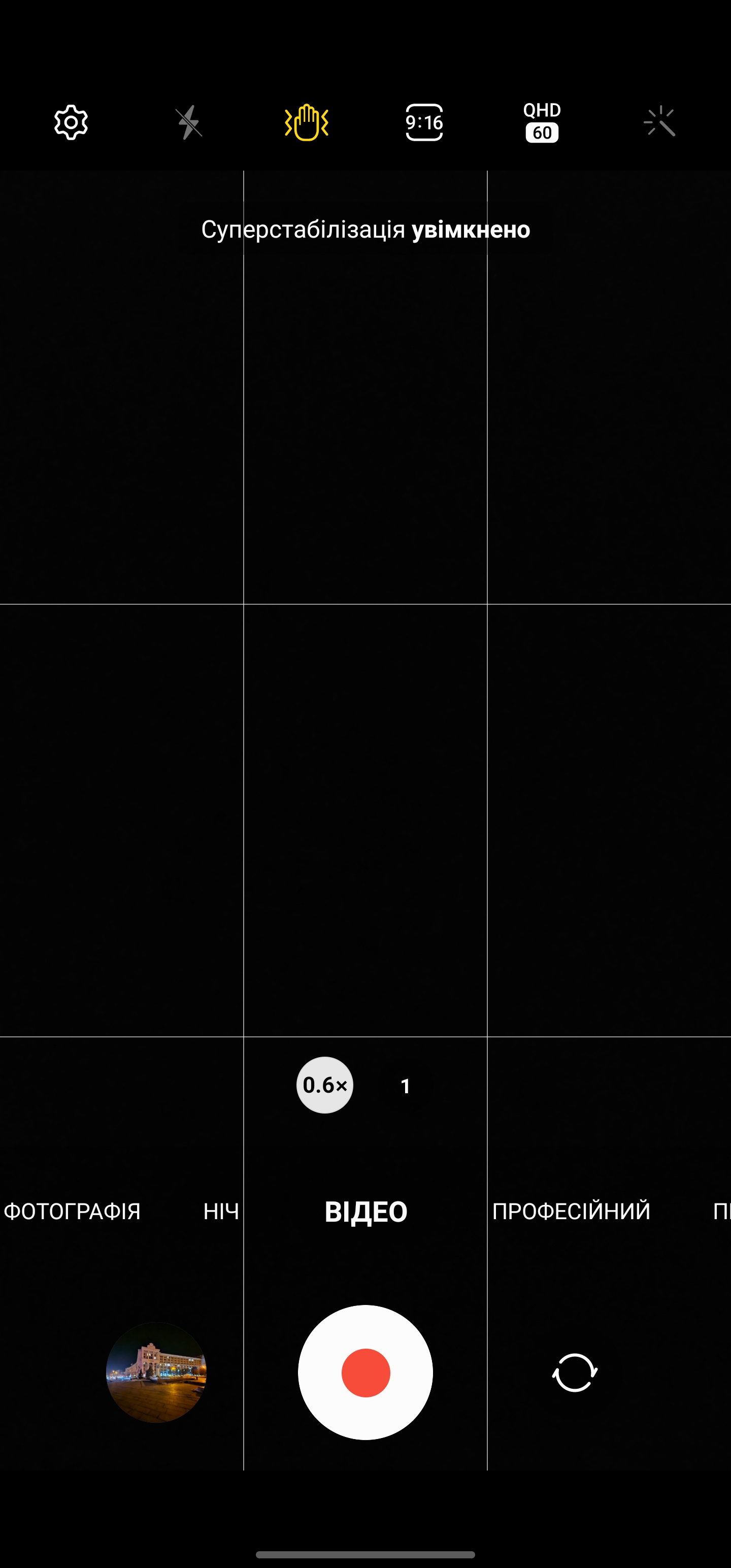

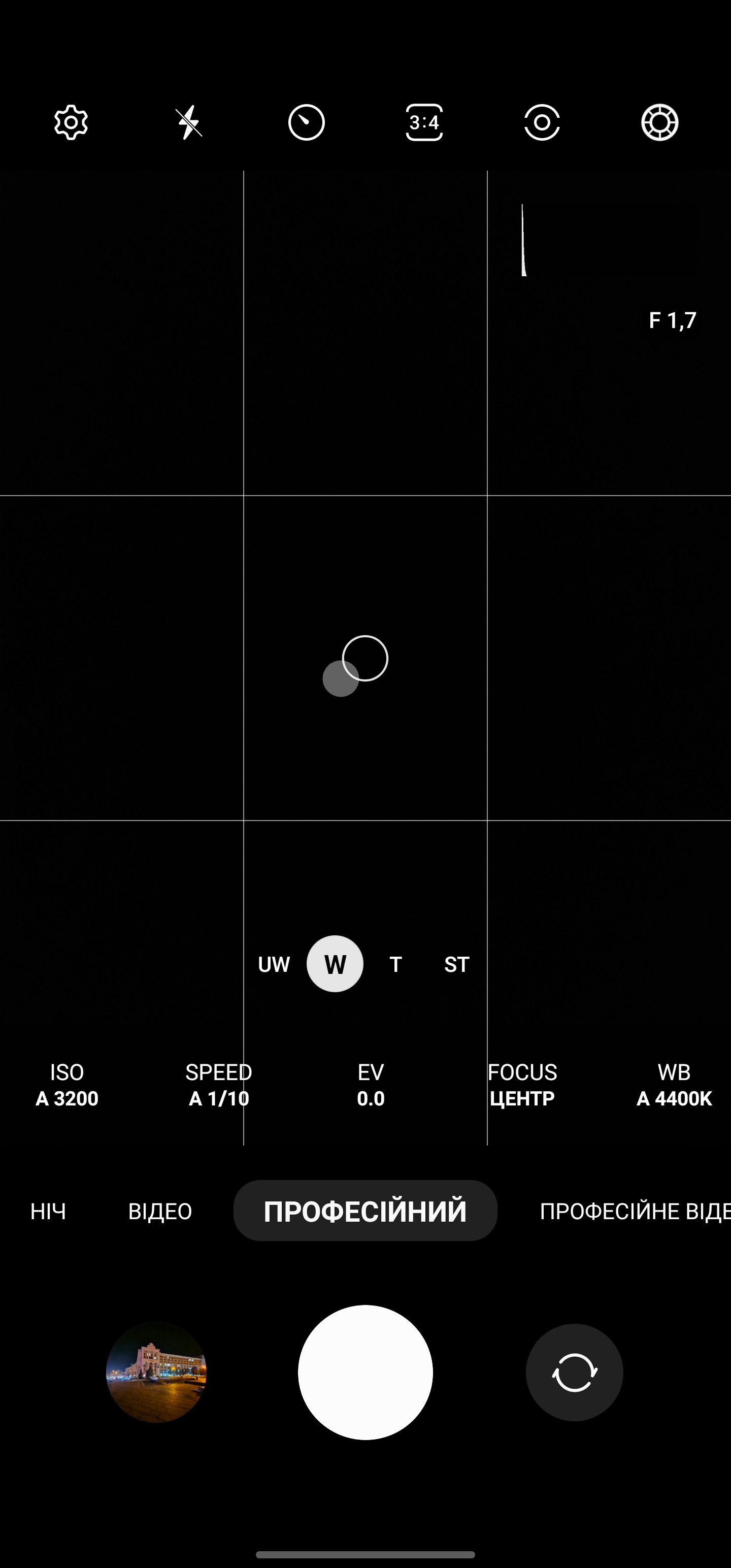
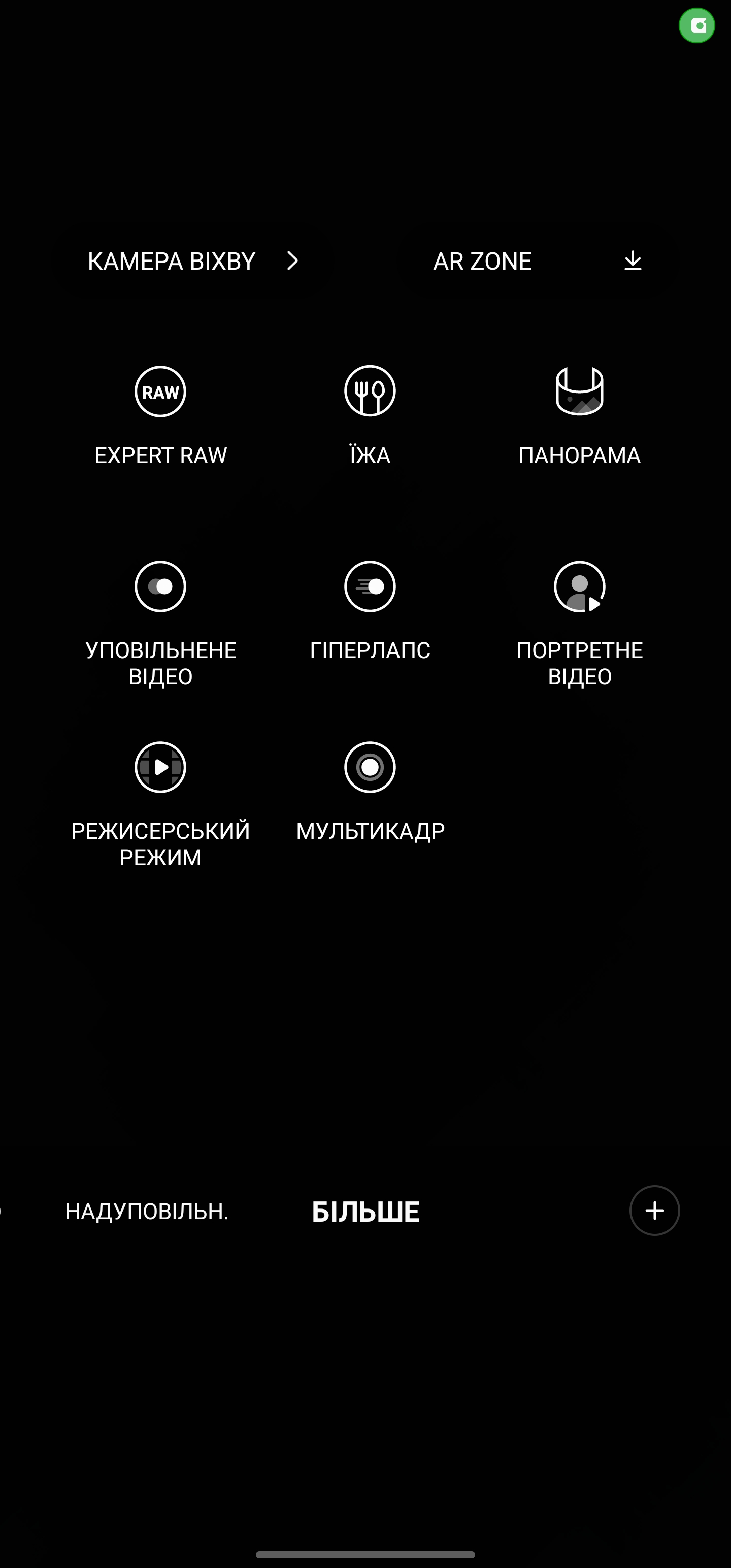
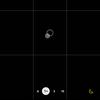
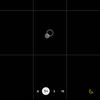
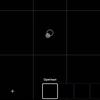






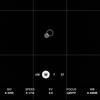
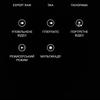
Expert RAW mode is now in the More tab, although it is still a separate app. It allows you to capture uncompressed RAW images for manual processing with a resolution of up to 50MB. You can save to RAW, JPEG, manual camera settings, and additional modes such as Astrophoto (with shutter speed selection and sky guide) and Multiple Exposure. You'll need a tripod for these modes.
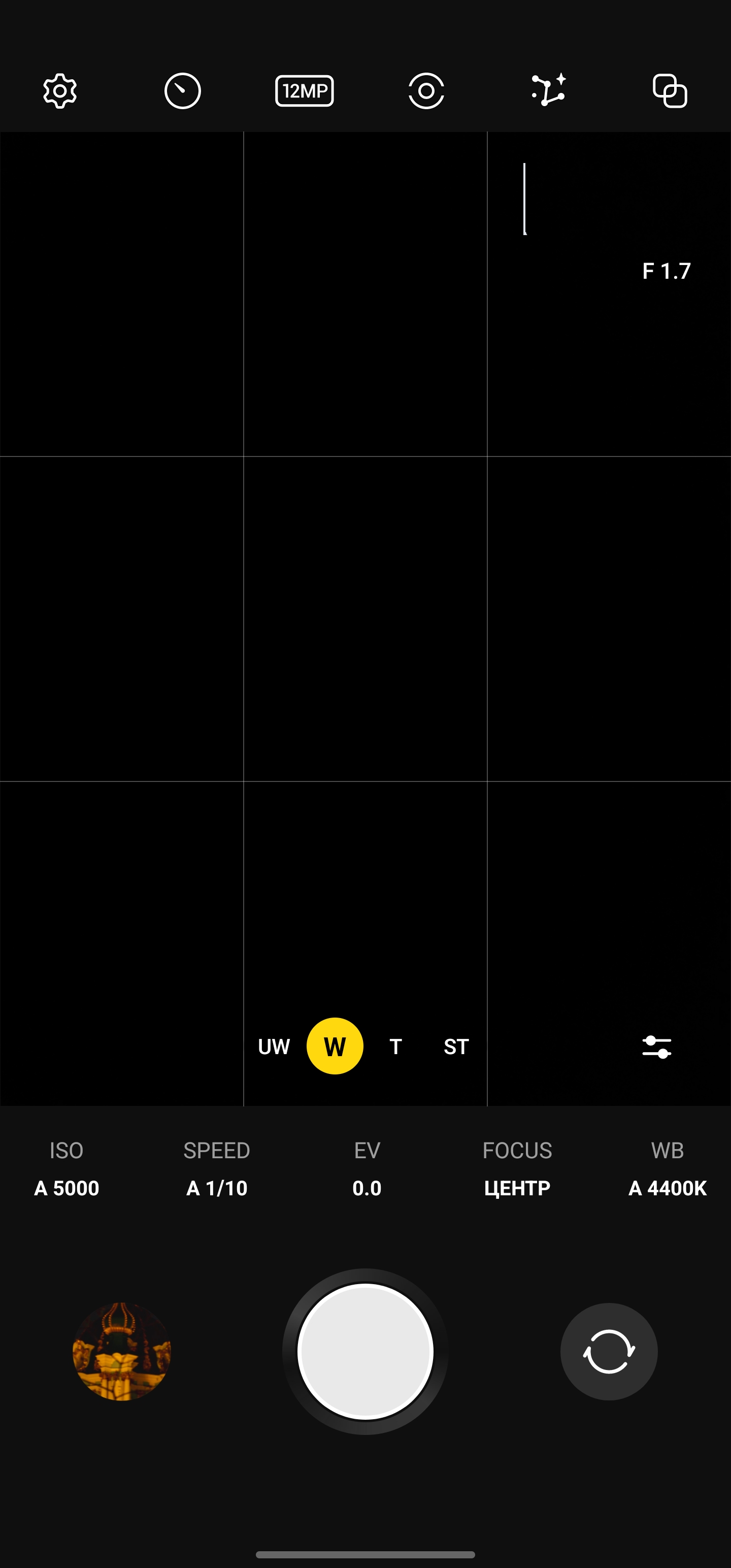
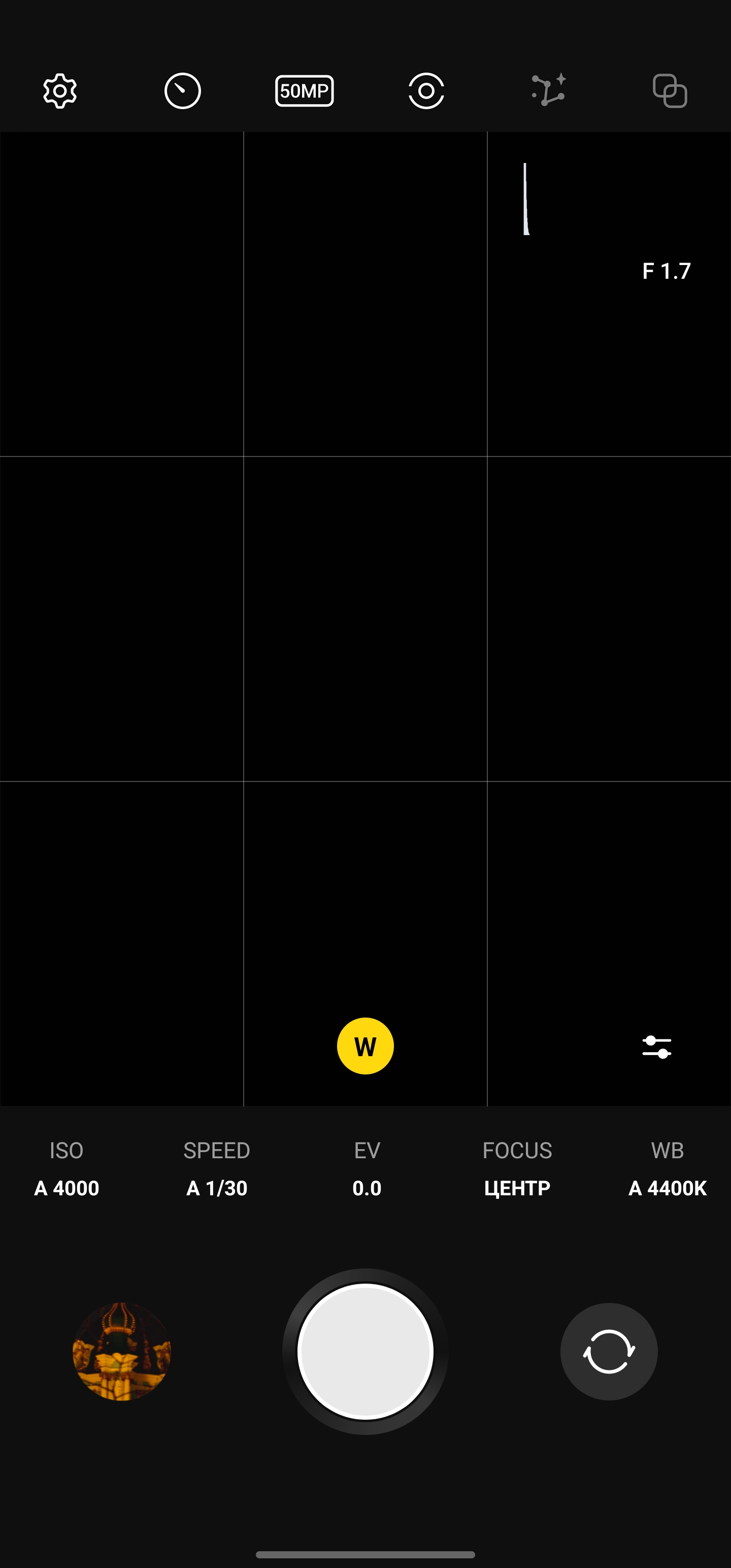
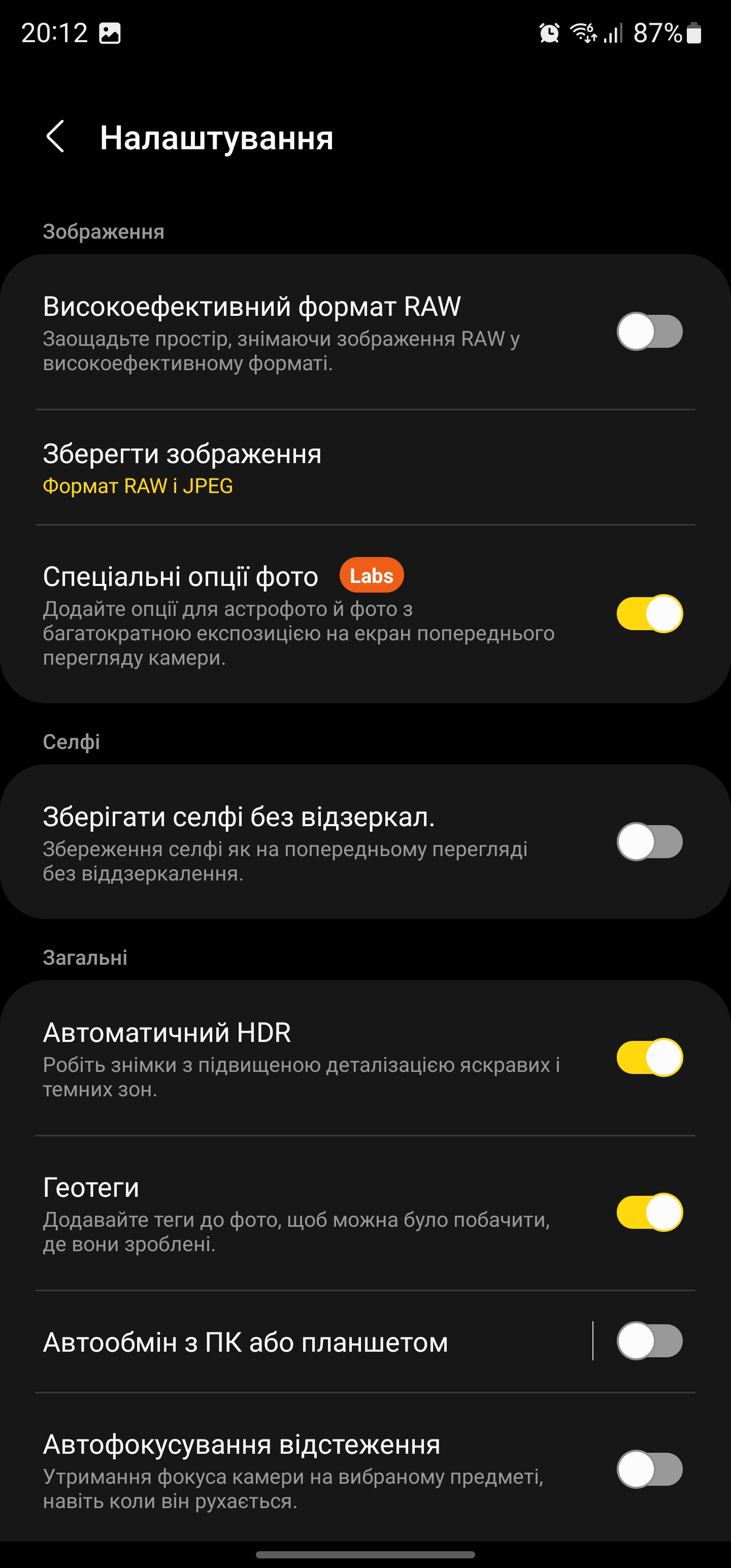
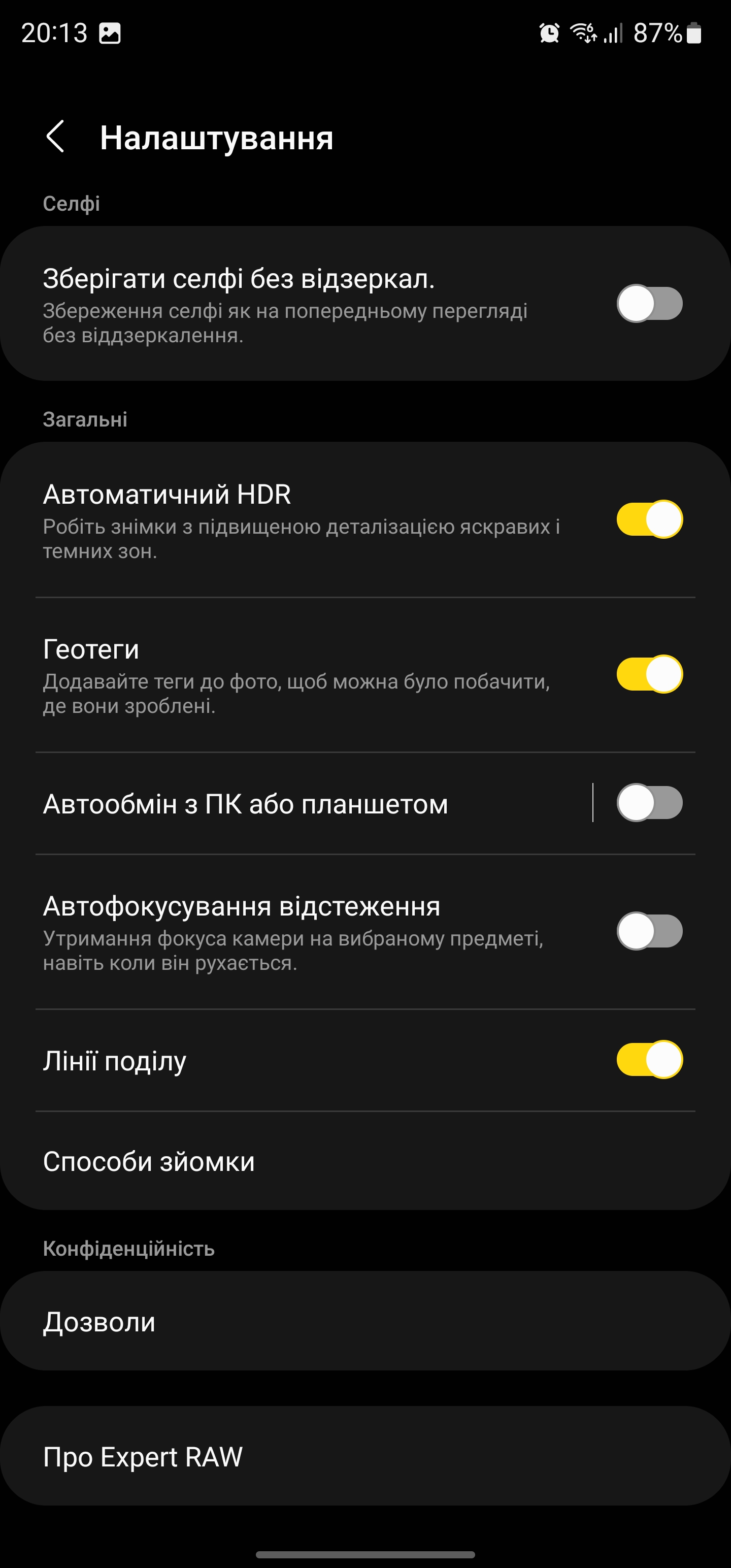
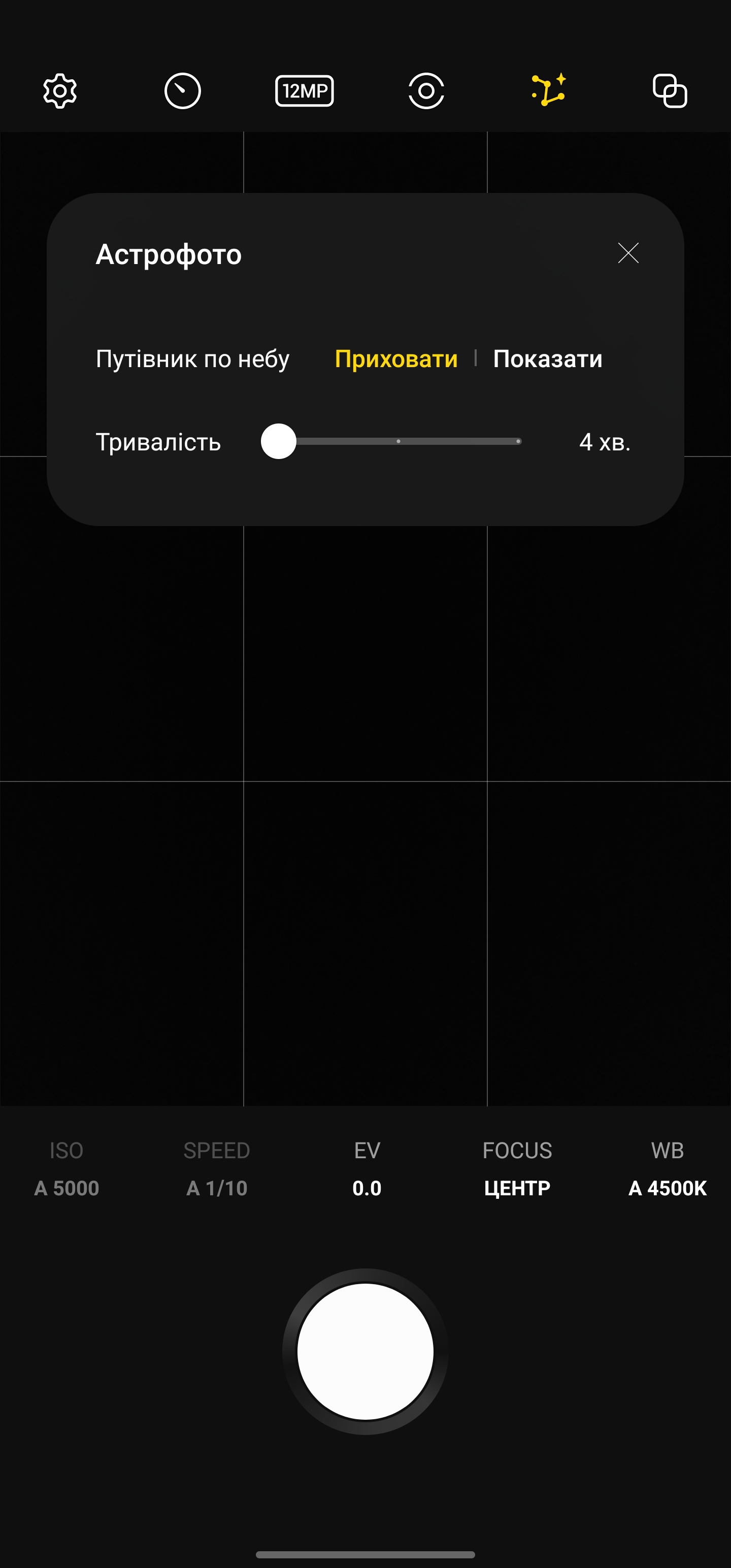

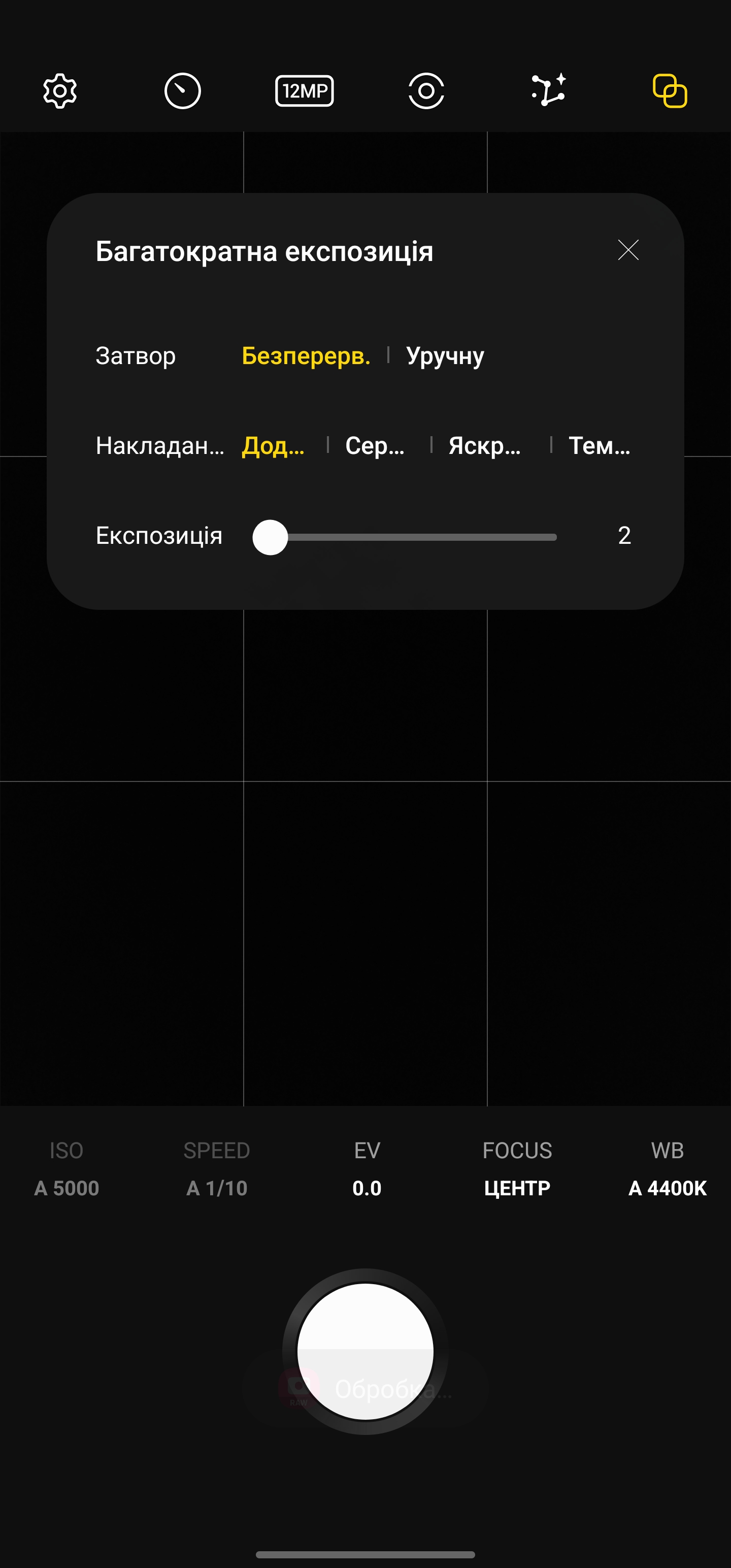


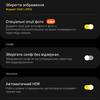
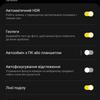


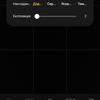
The main camera performs well in all conditions, with excellent detail and a wide dynamic range. During the day, colours are rich and natural. When using the night mode, you can feel the processing algorithms working a little bit, but overall, the pictures also look natural.

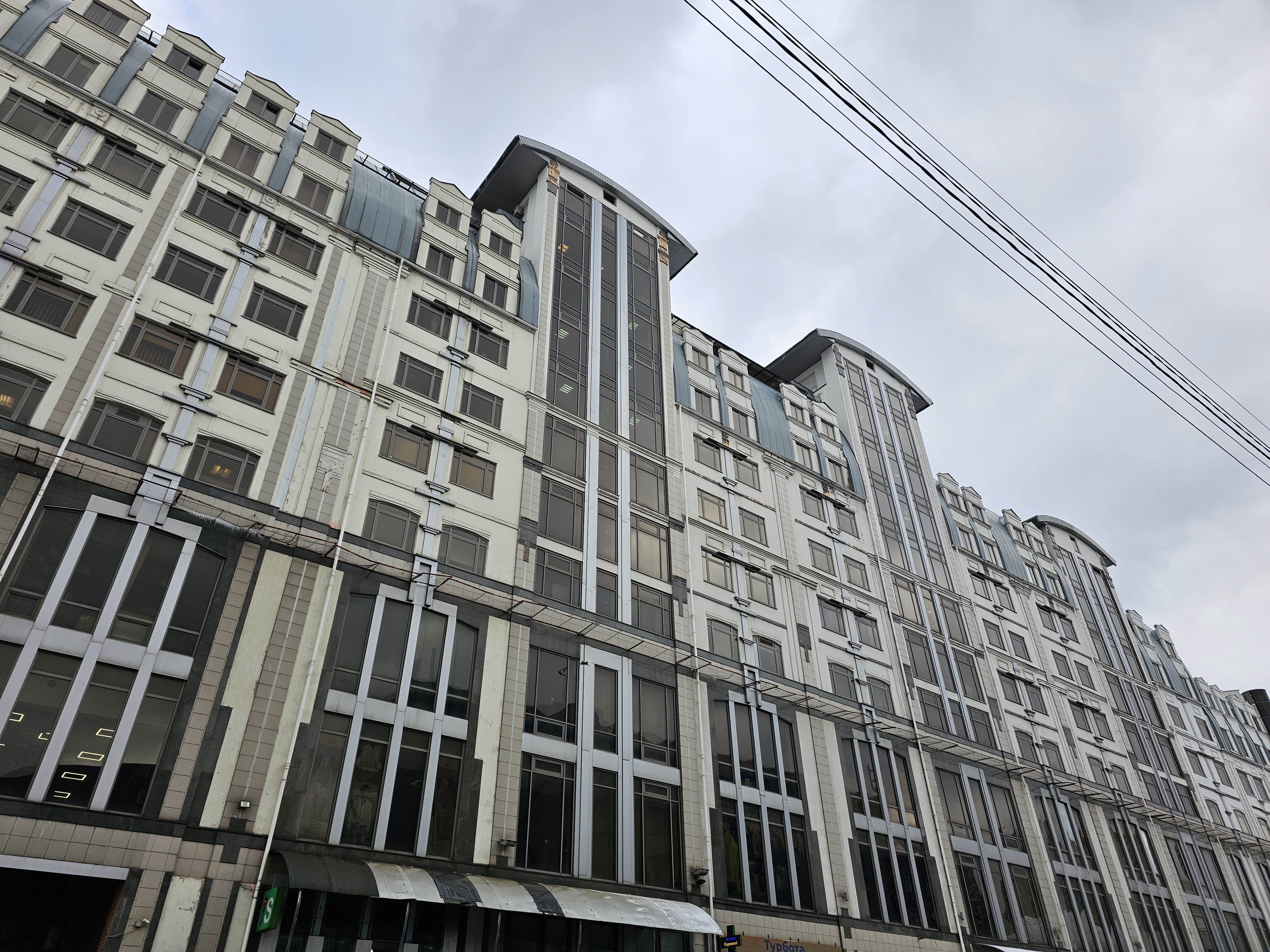
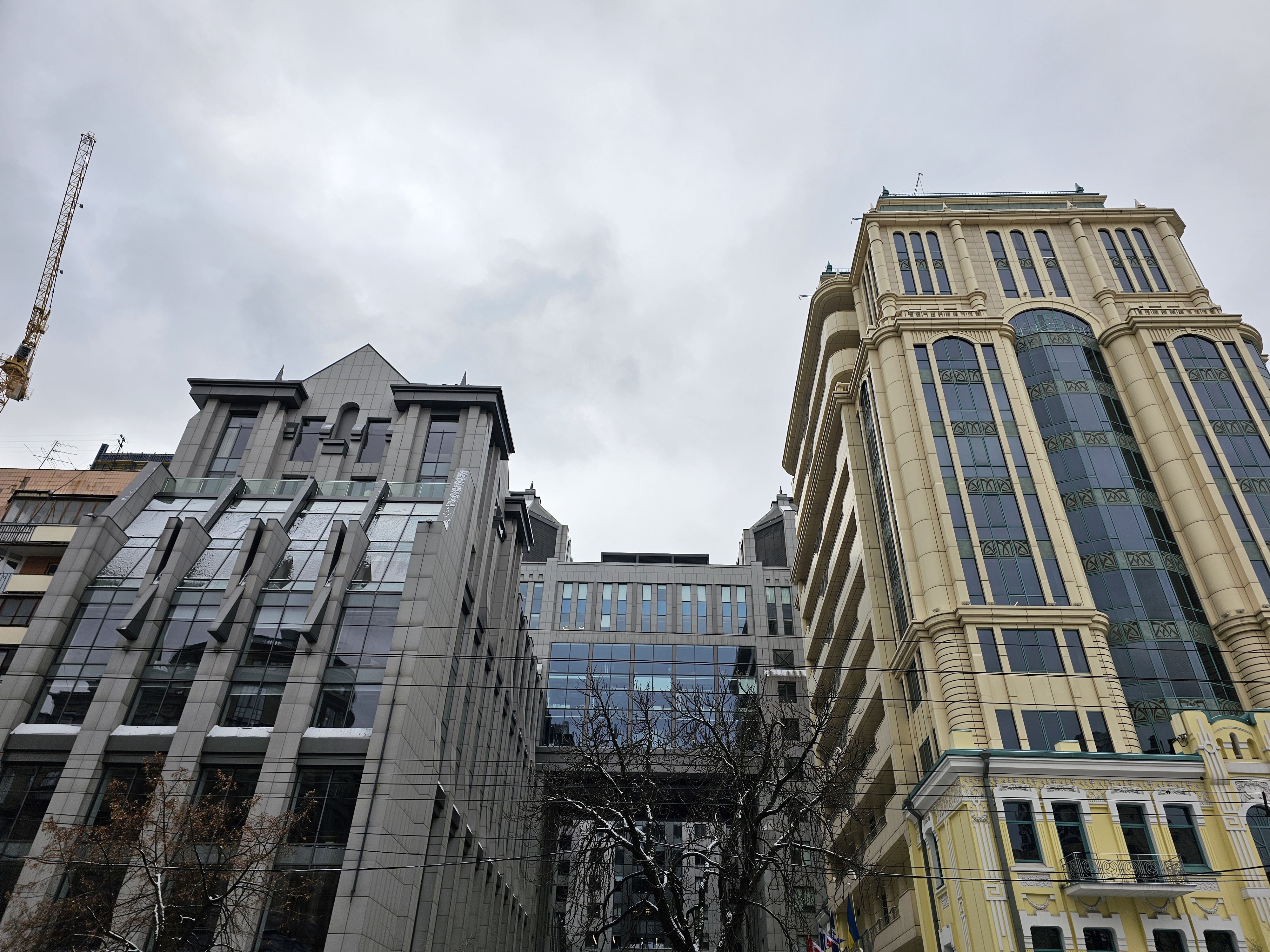

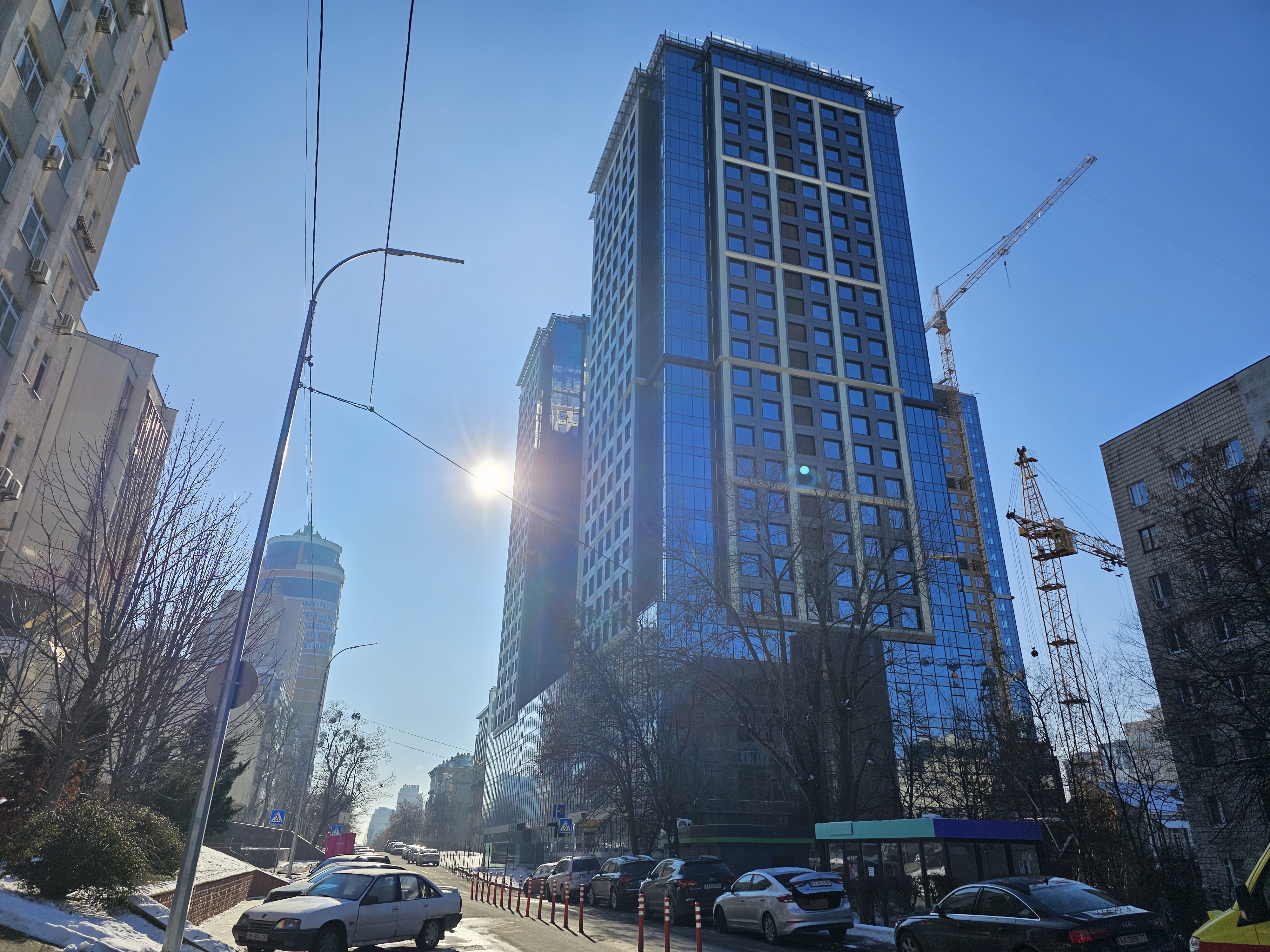
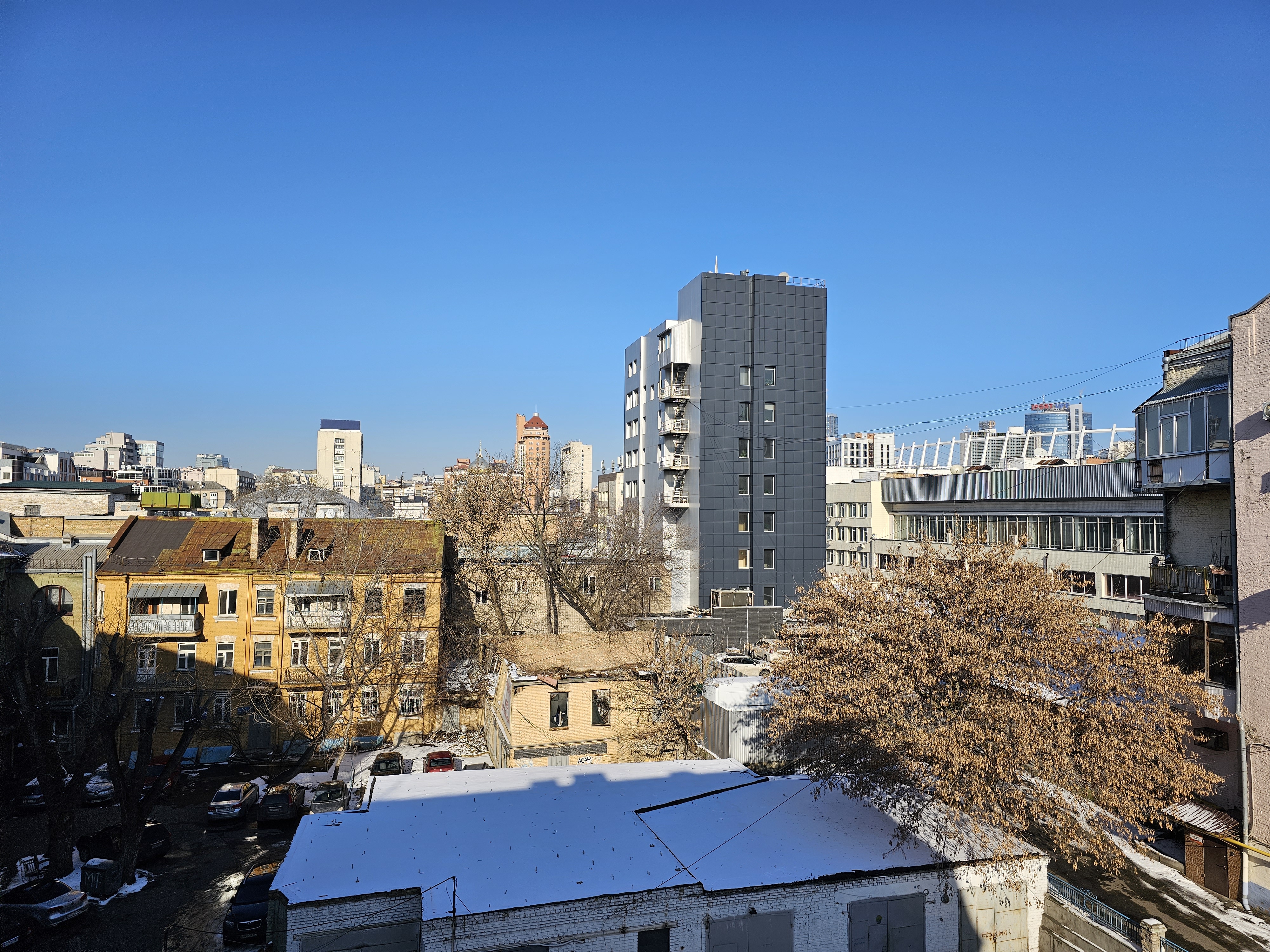

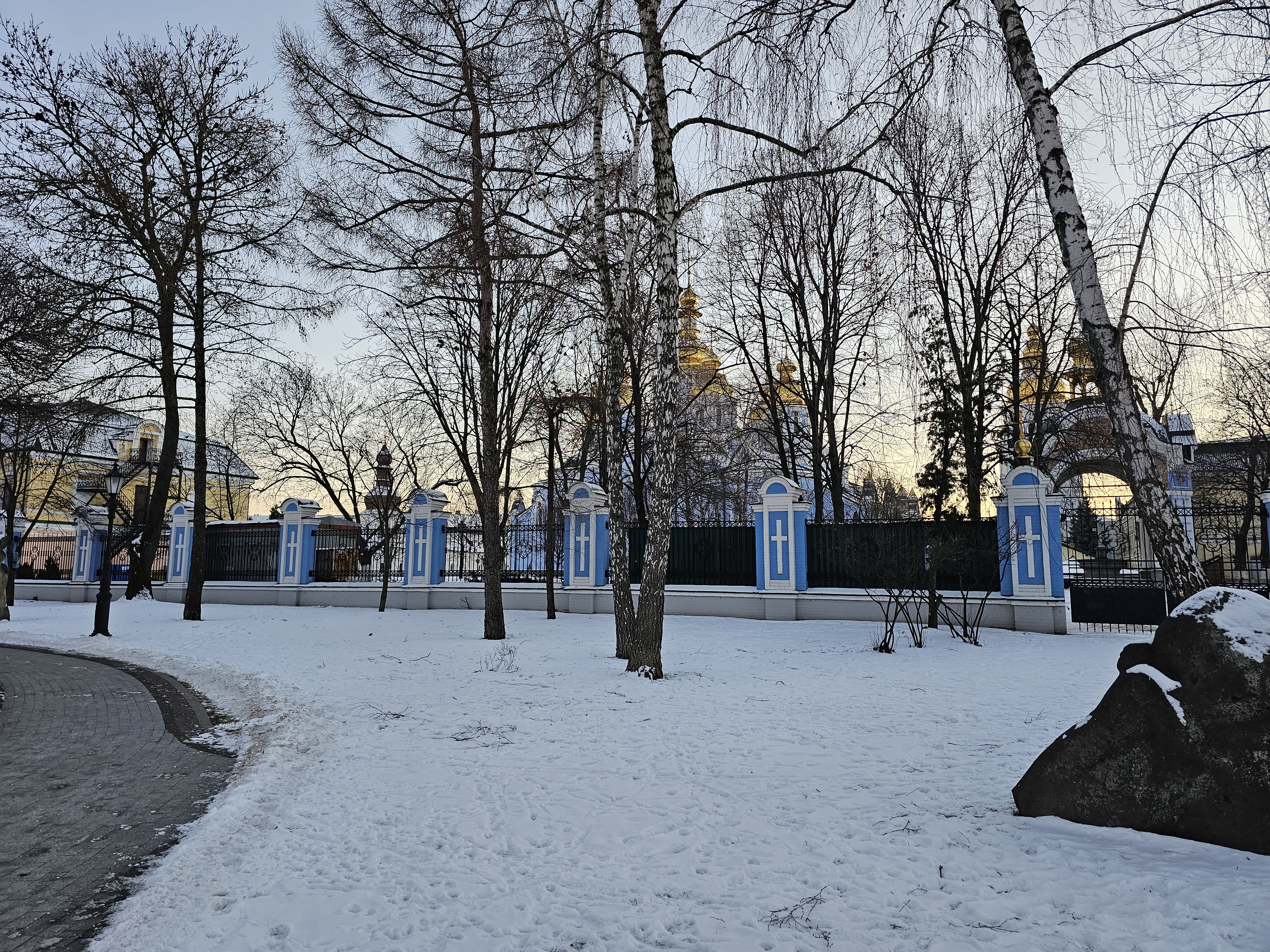
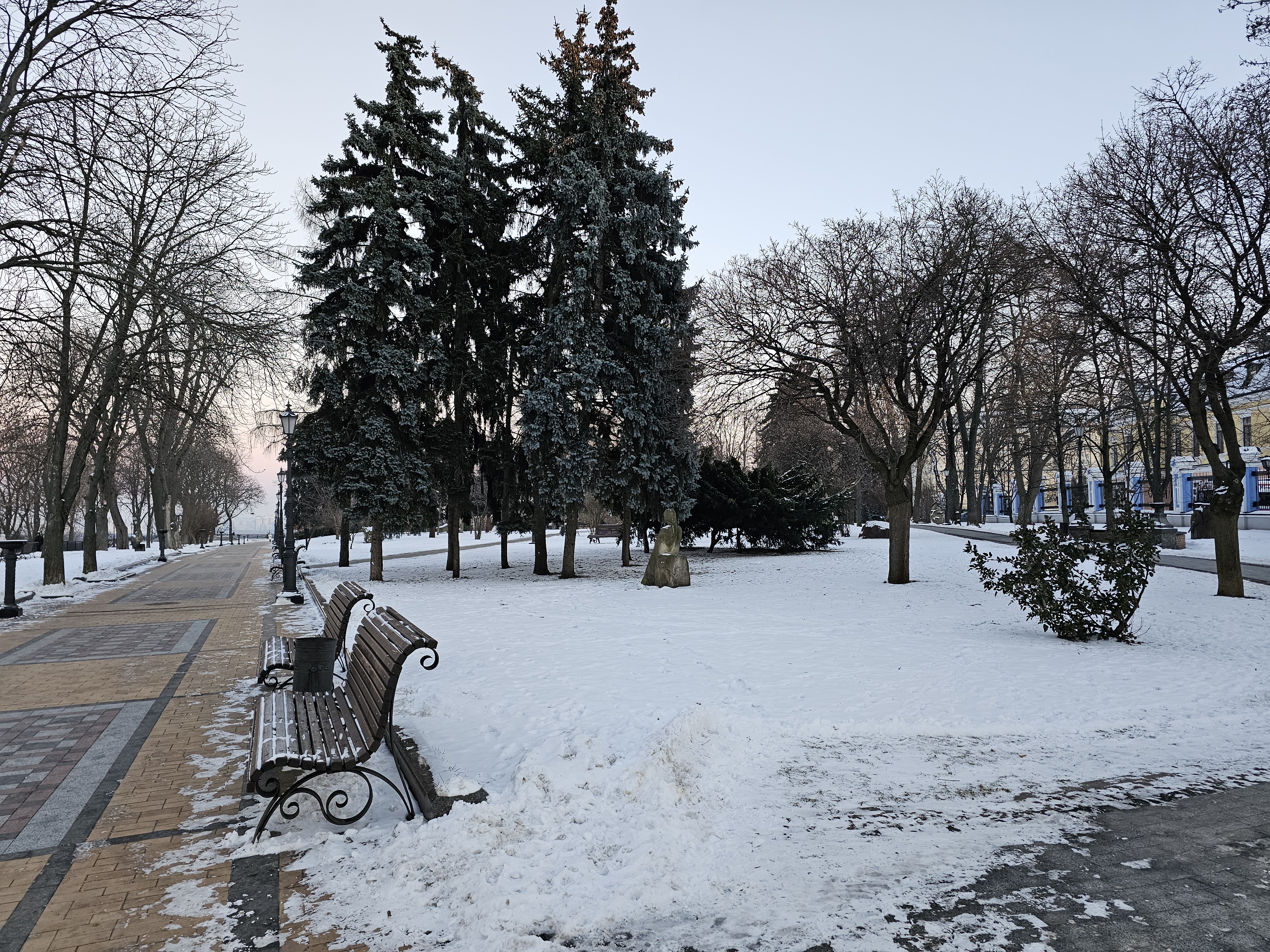












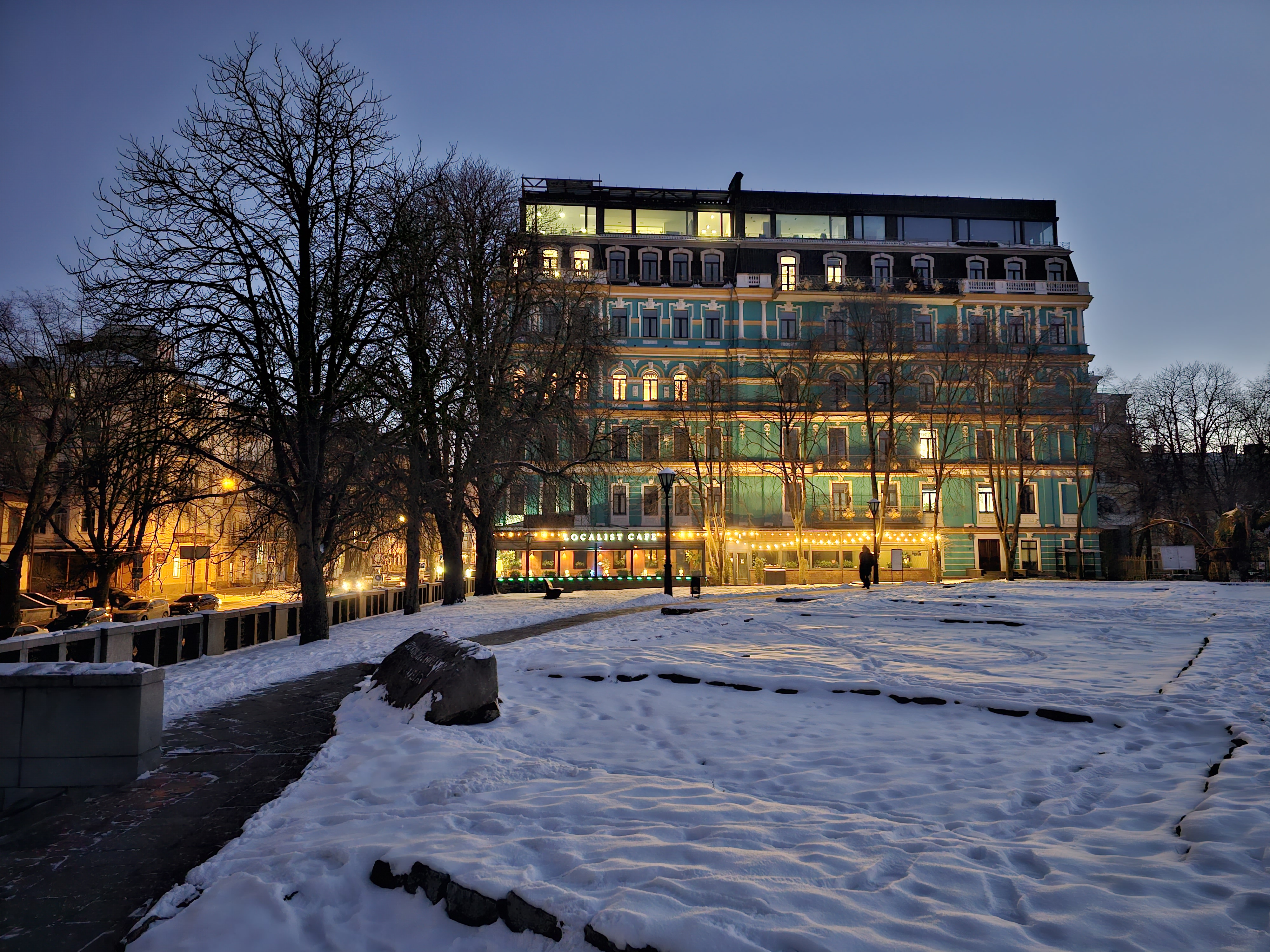
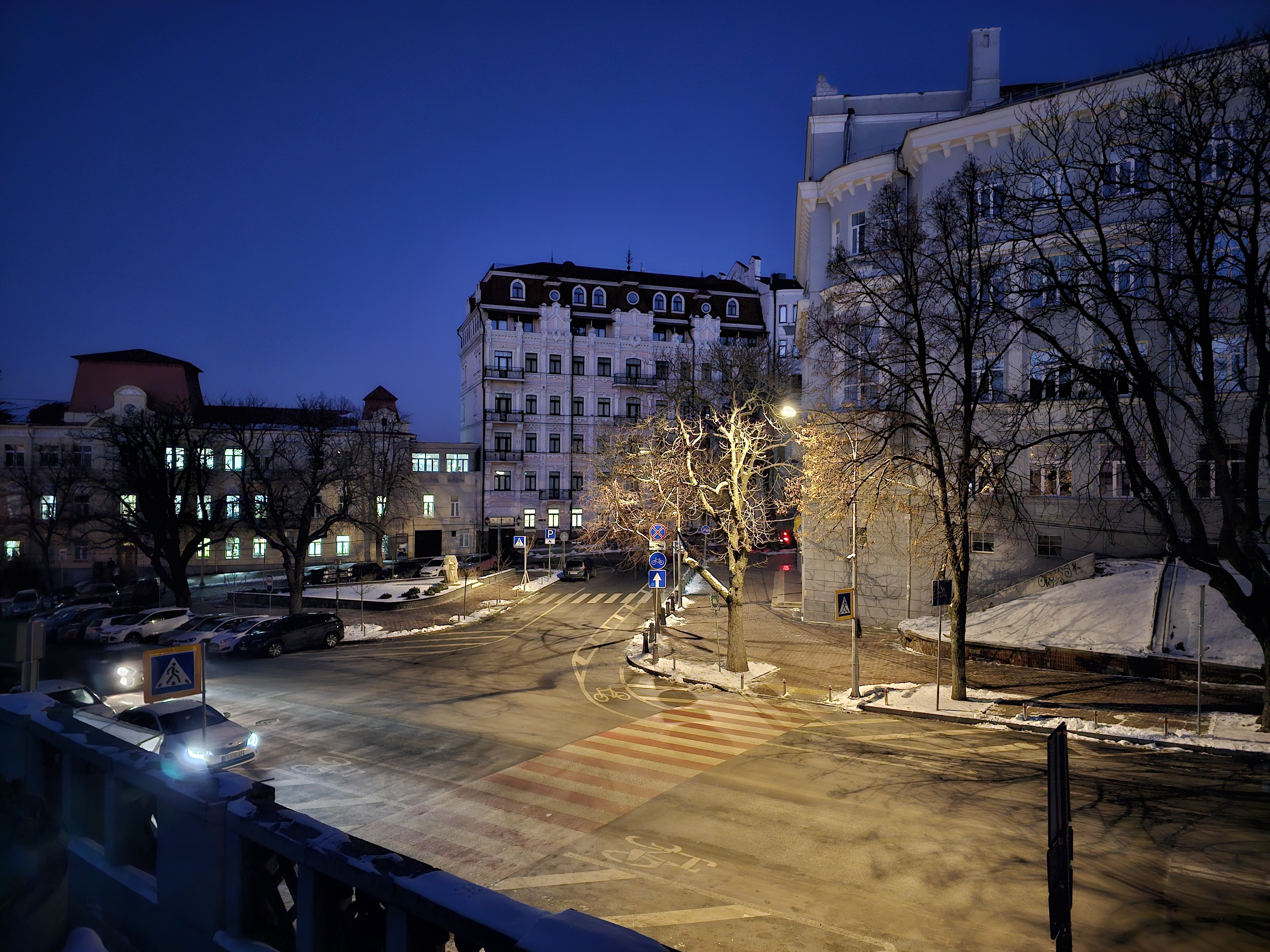

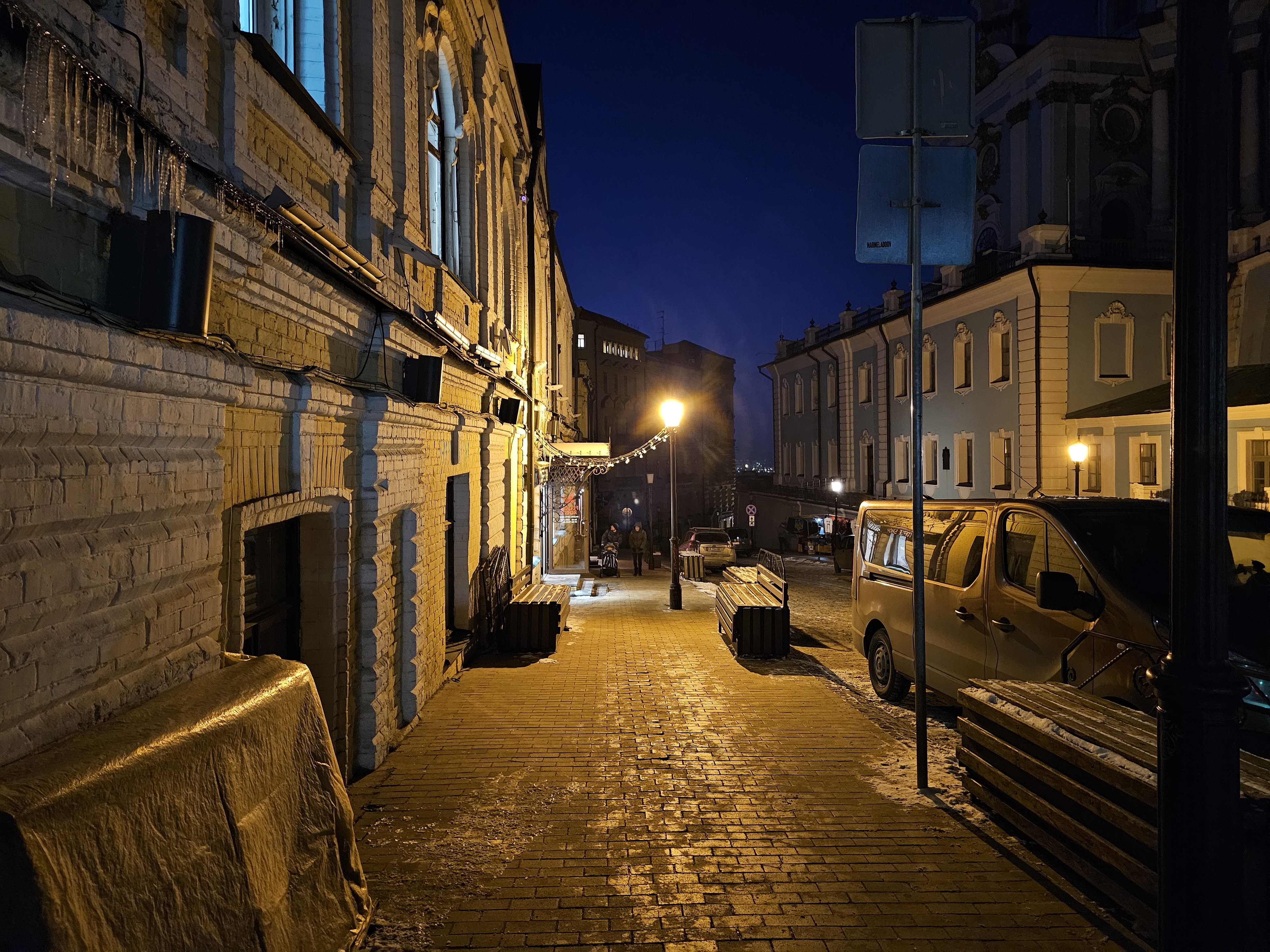
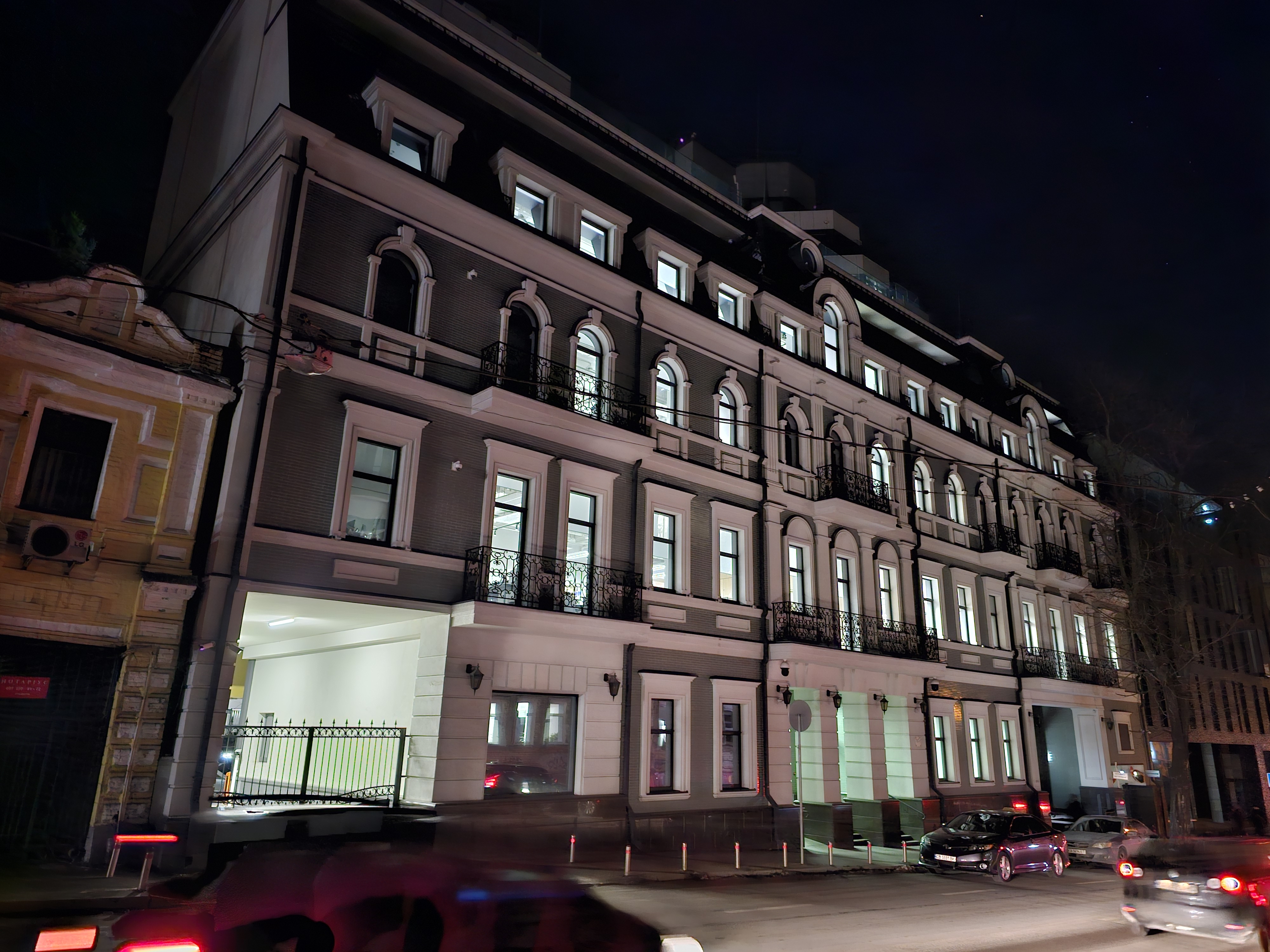
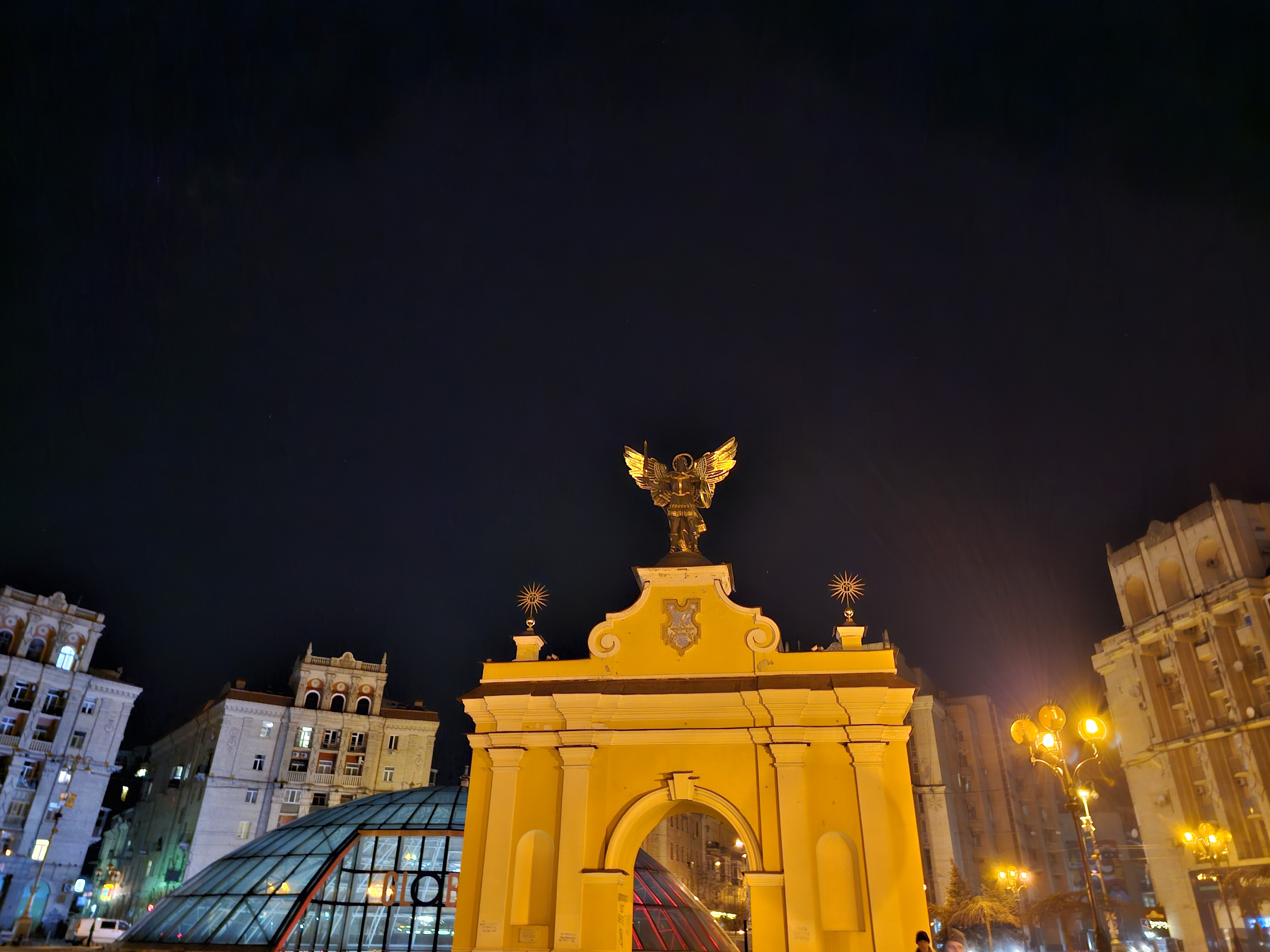
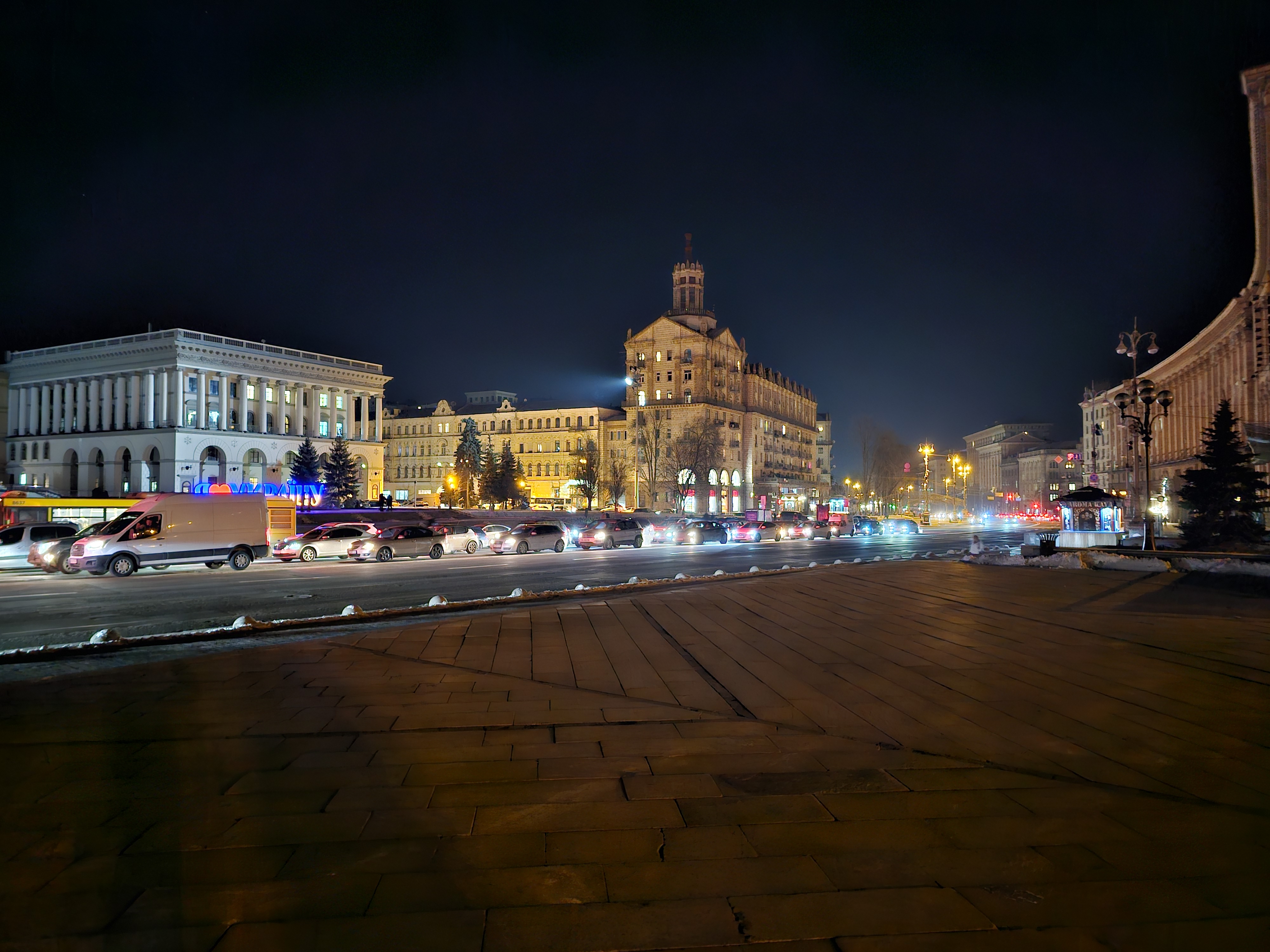
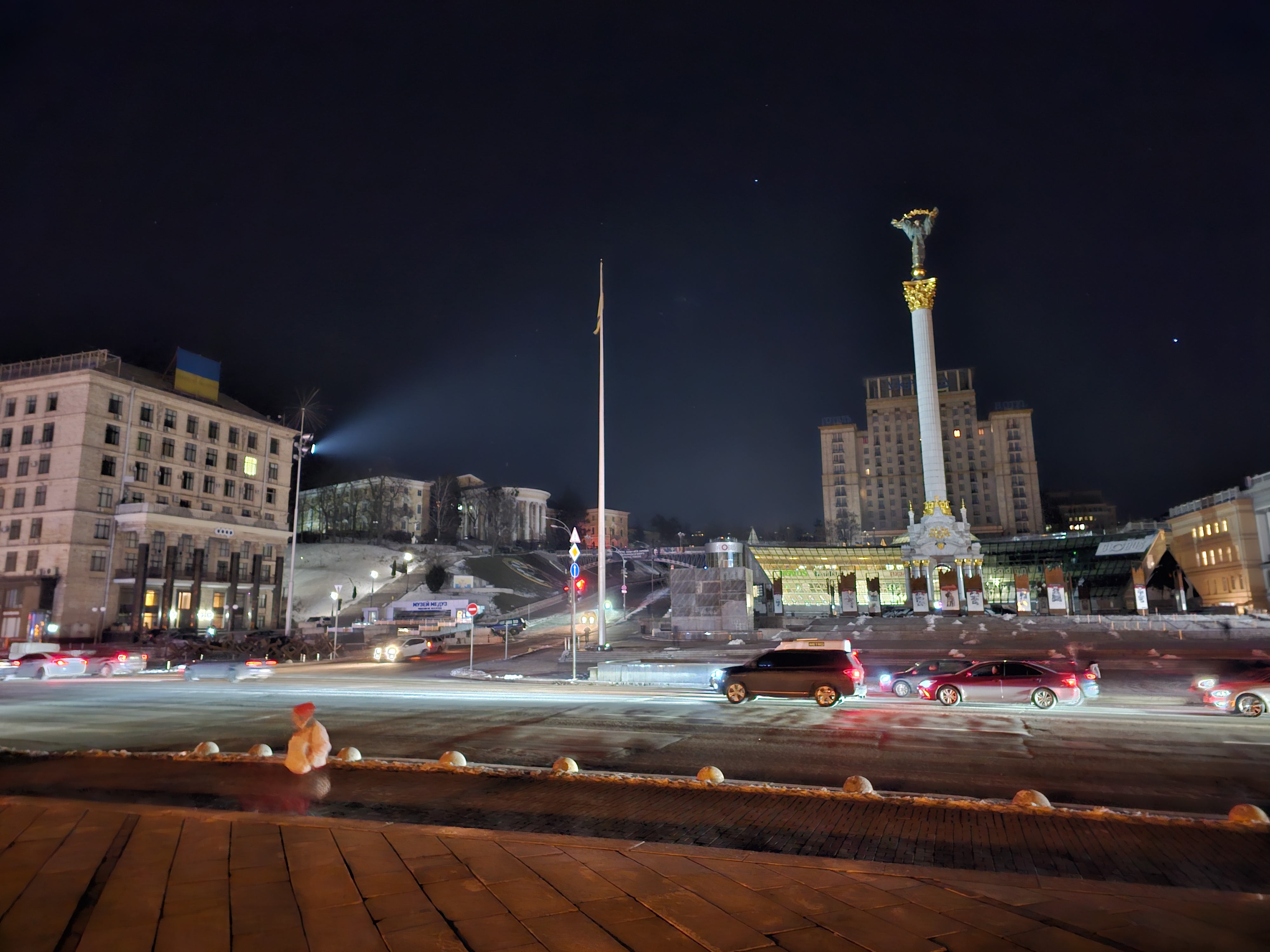





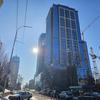

























The ultra-wide-angle camera has autofocus and is generally able to take high-quality pictures in most cases. Although, of course, the dynamic range is somewhat narrower than the main camera. And the detail is a bit lower, which is quite expected:

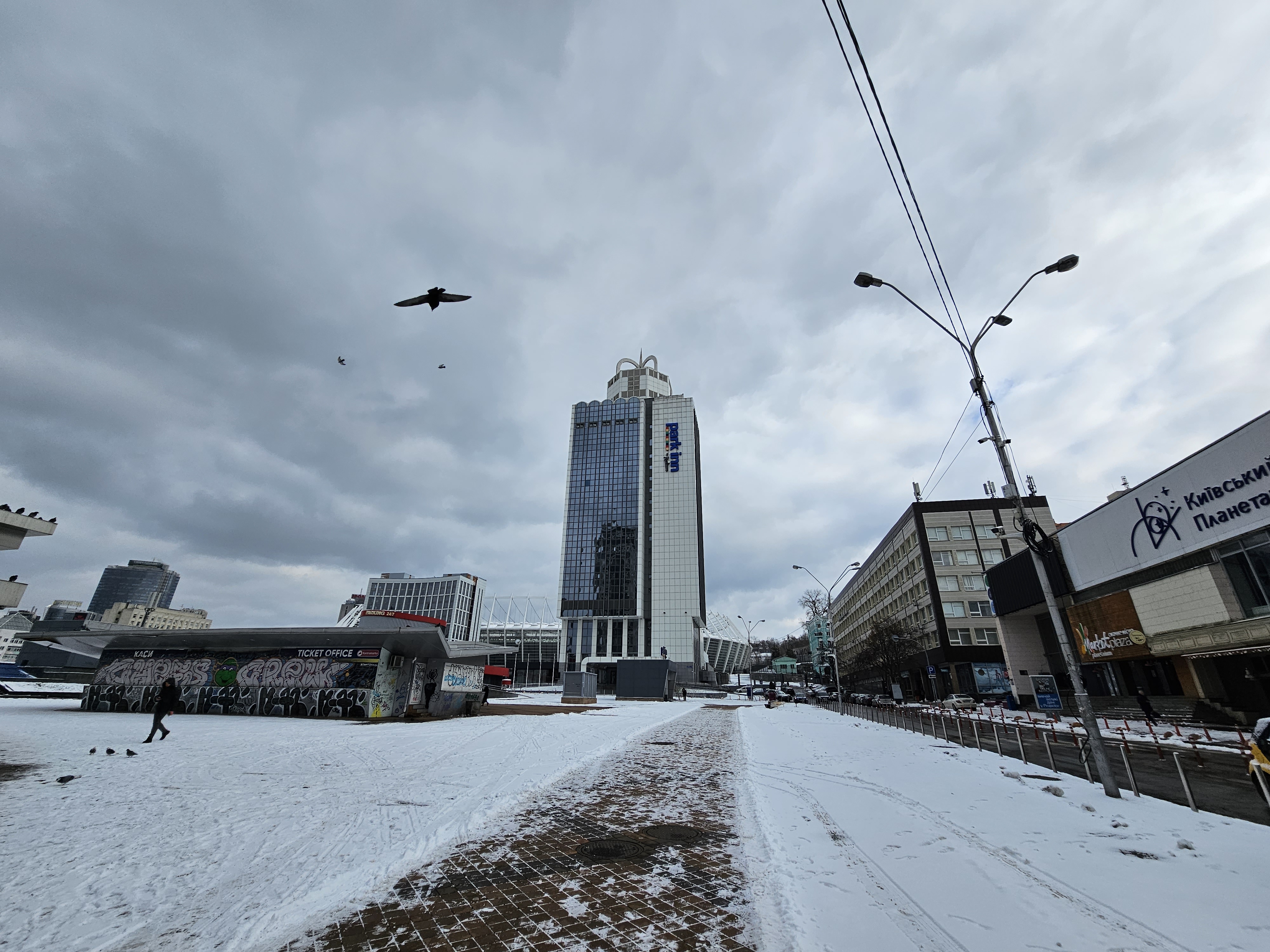
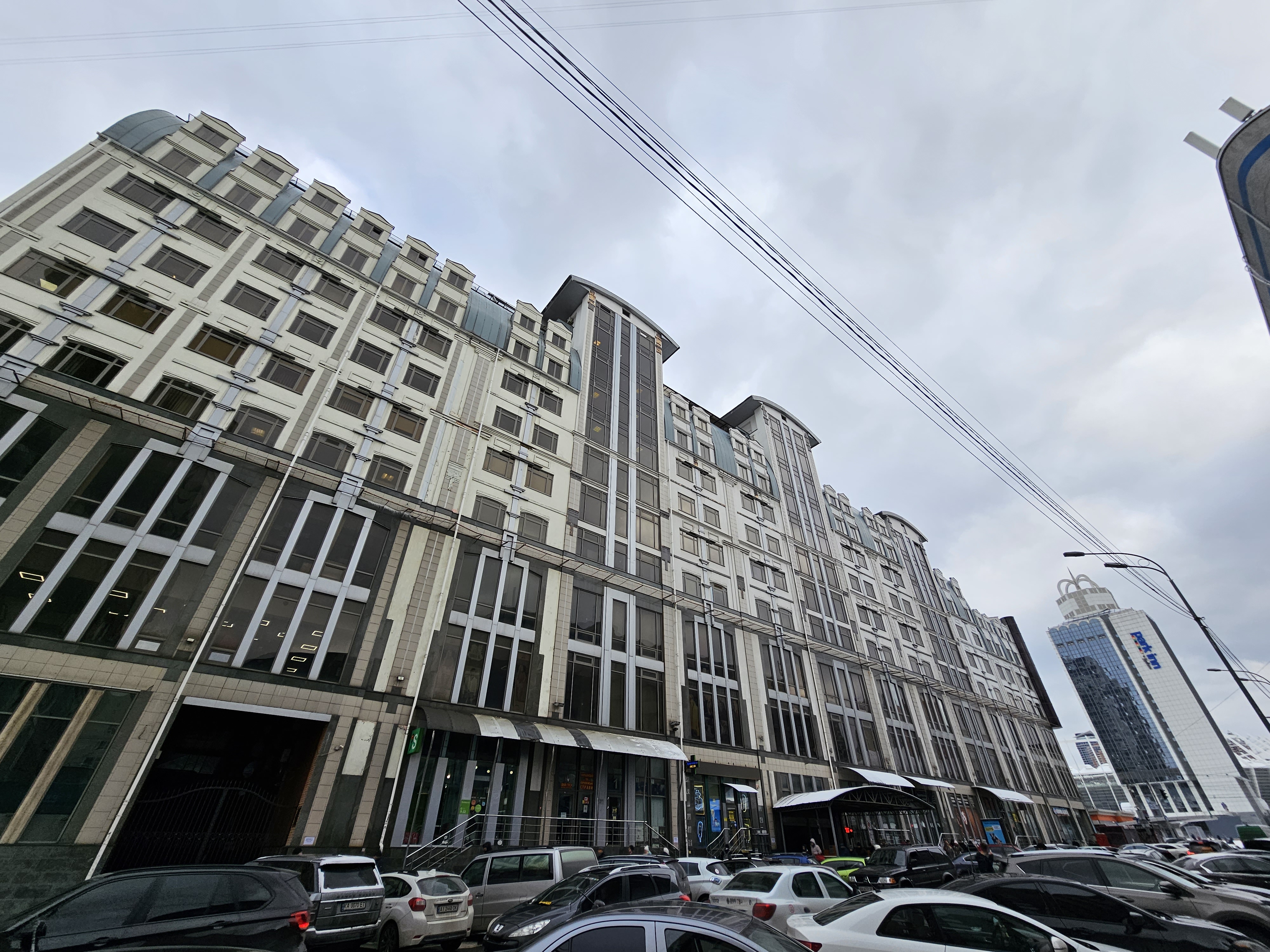


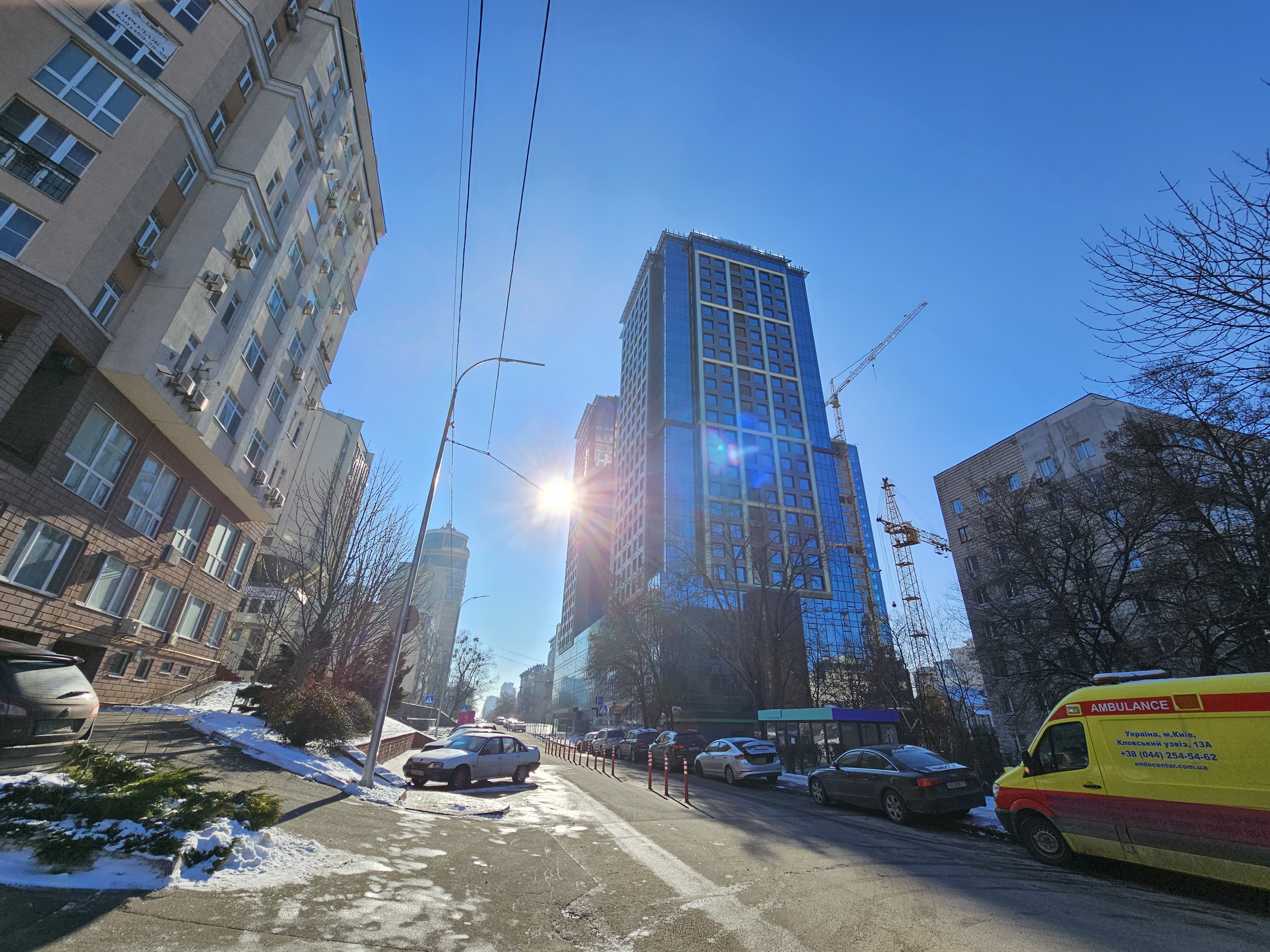
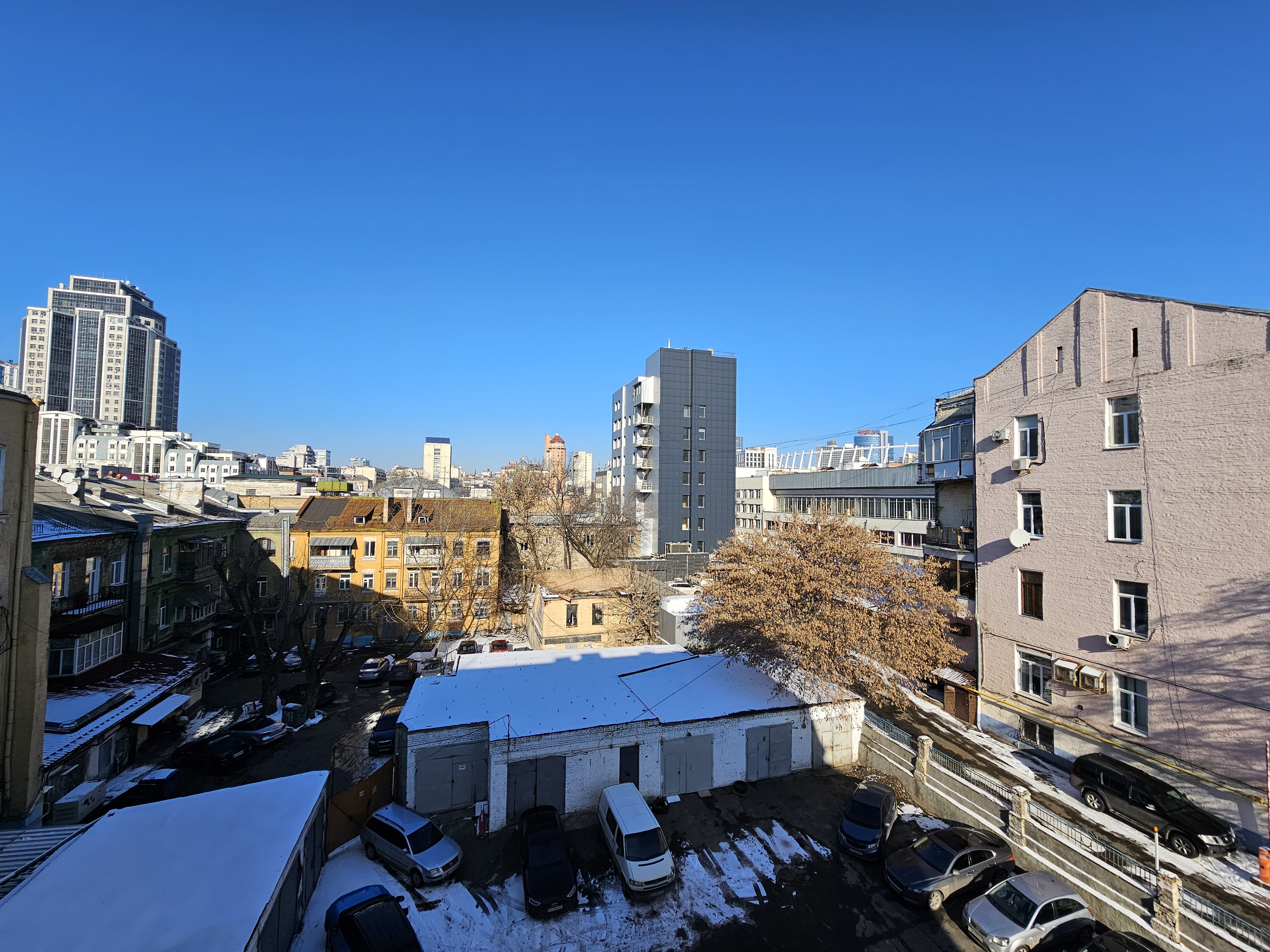

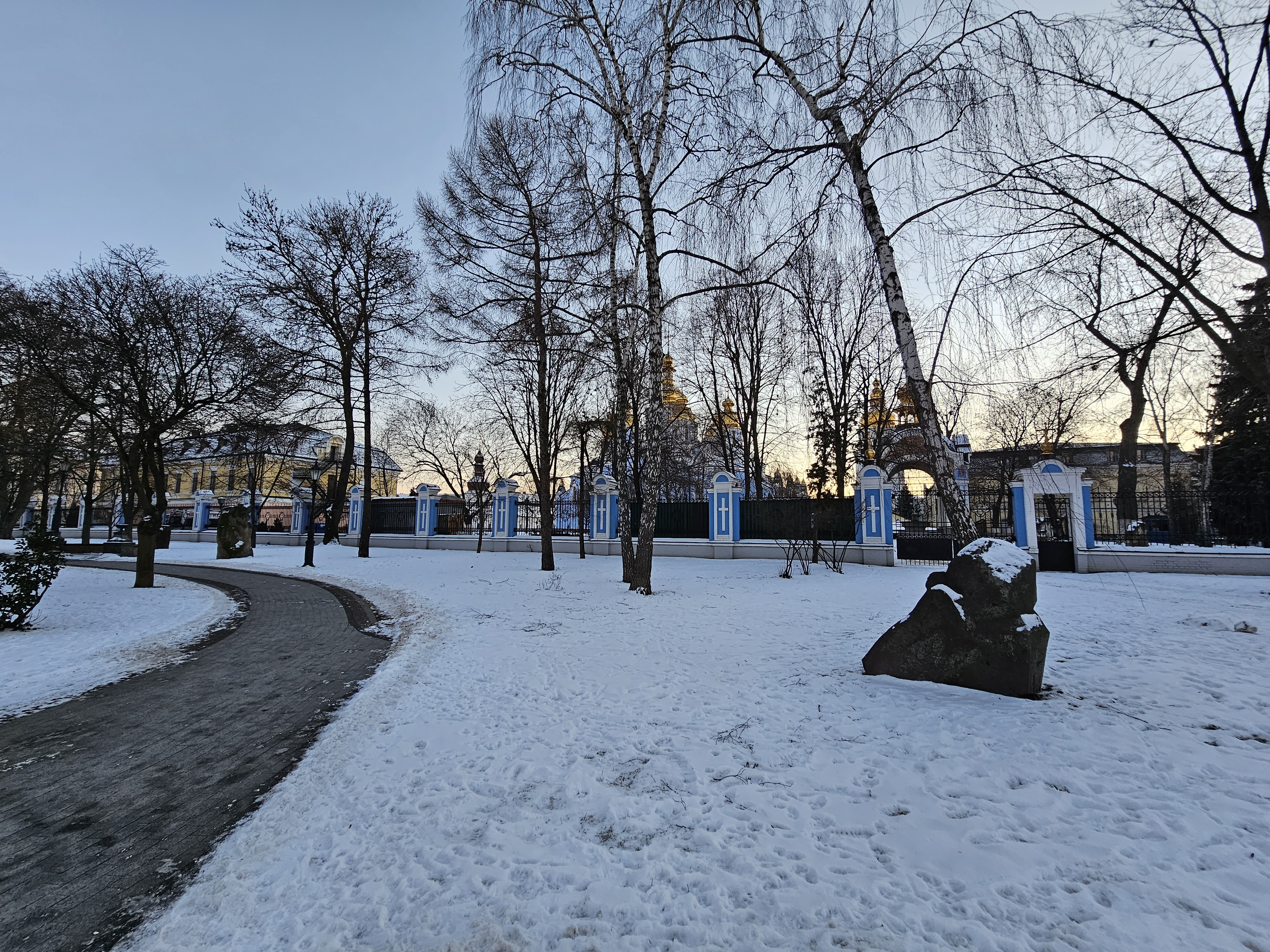



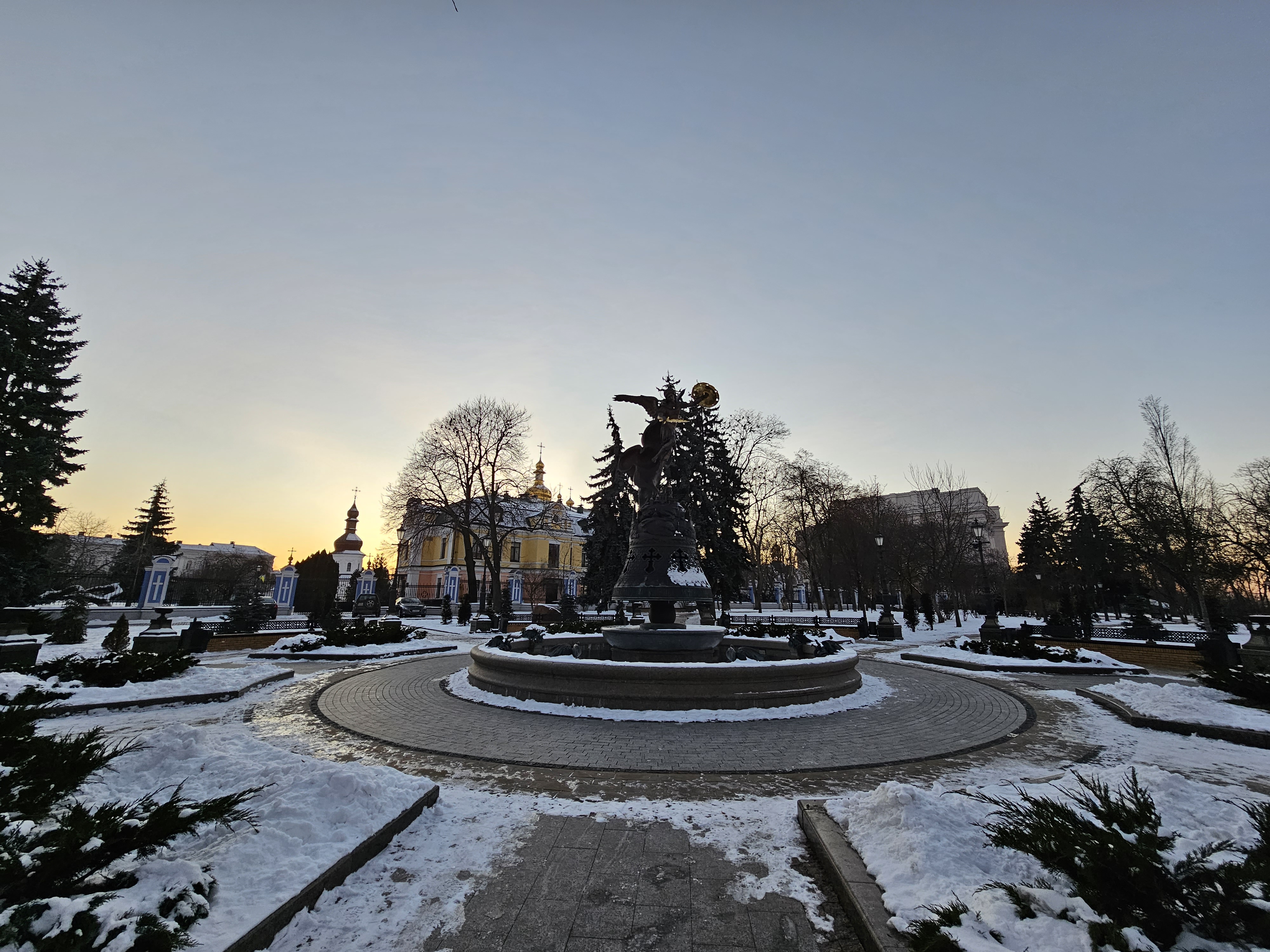


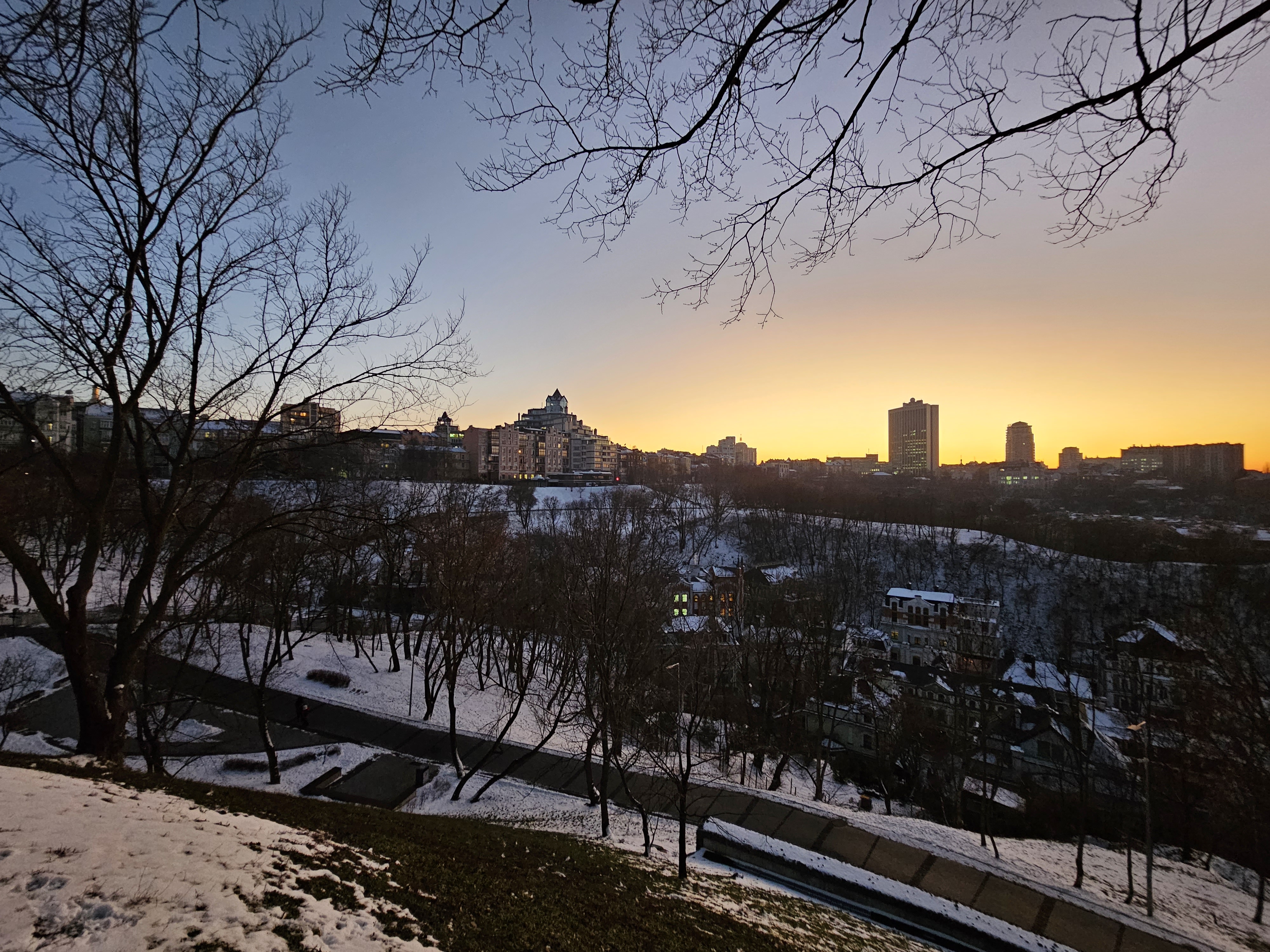

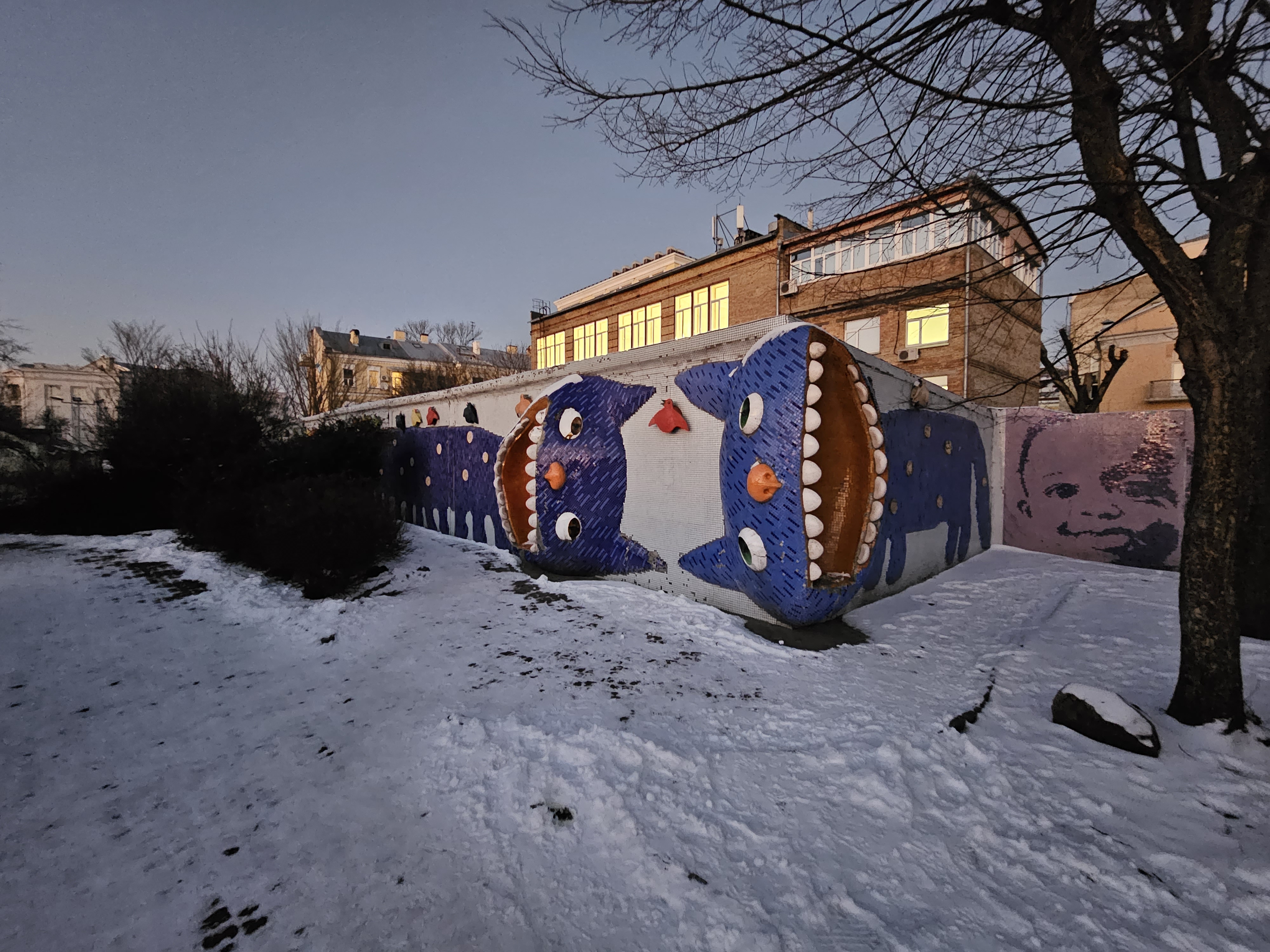

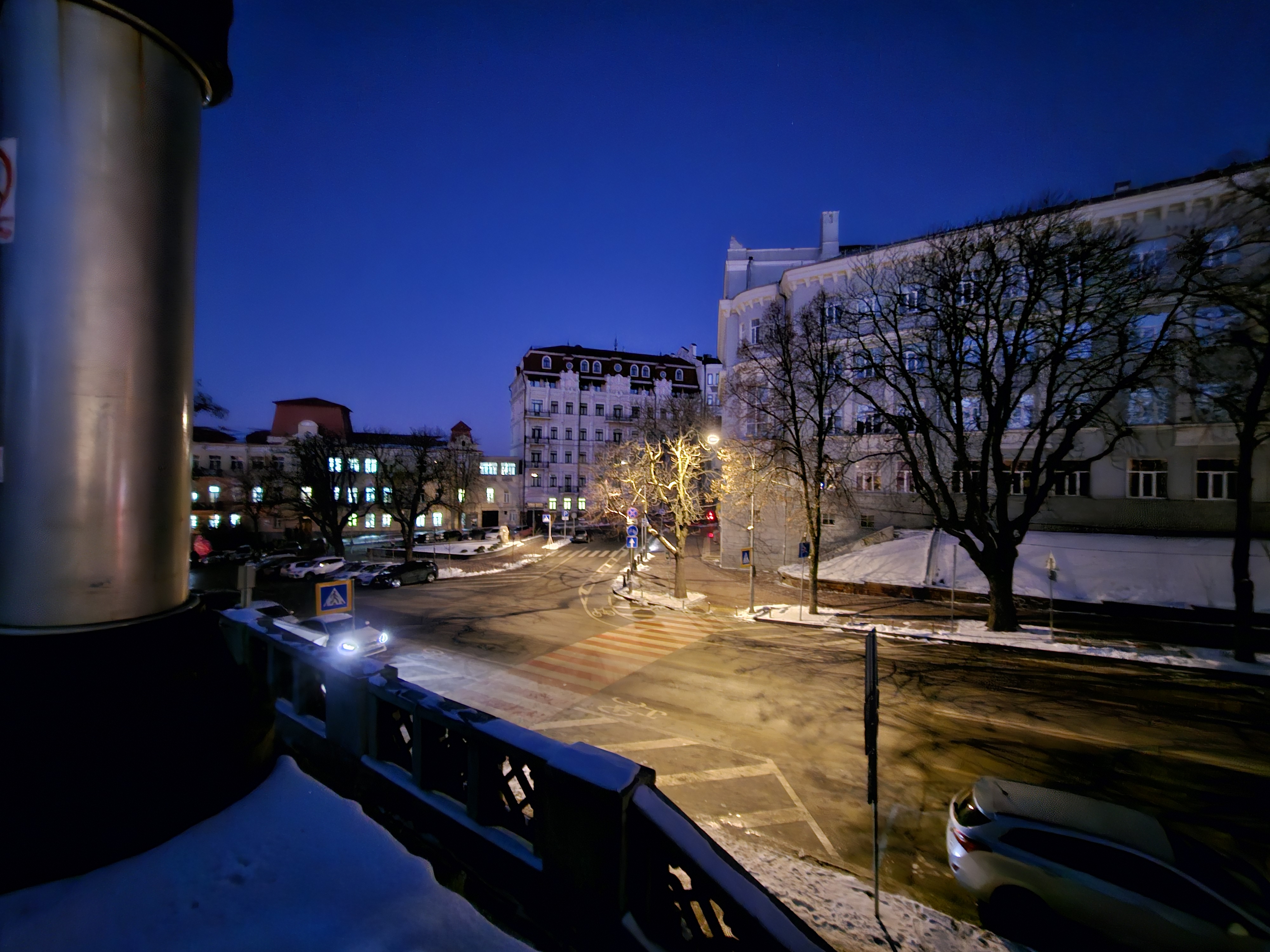
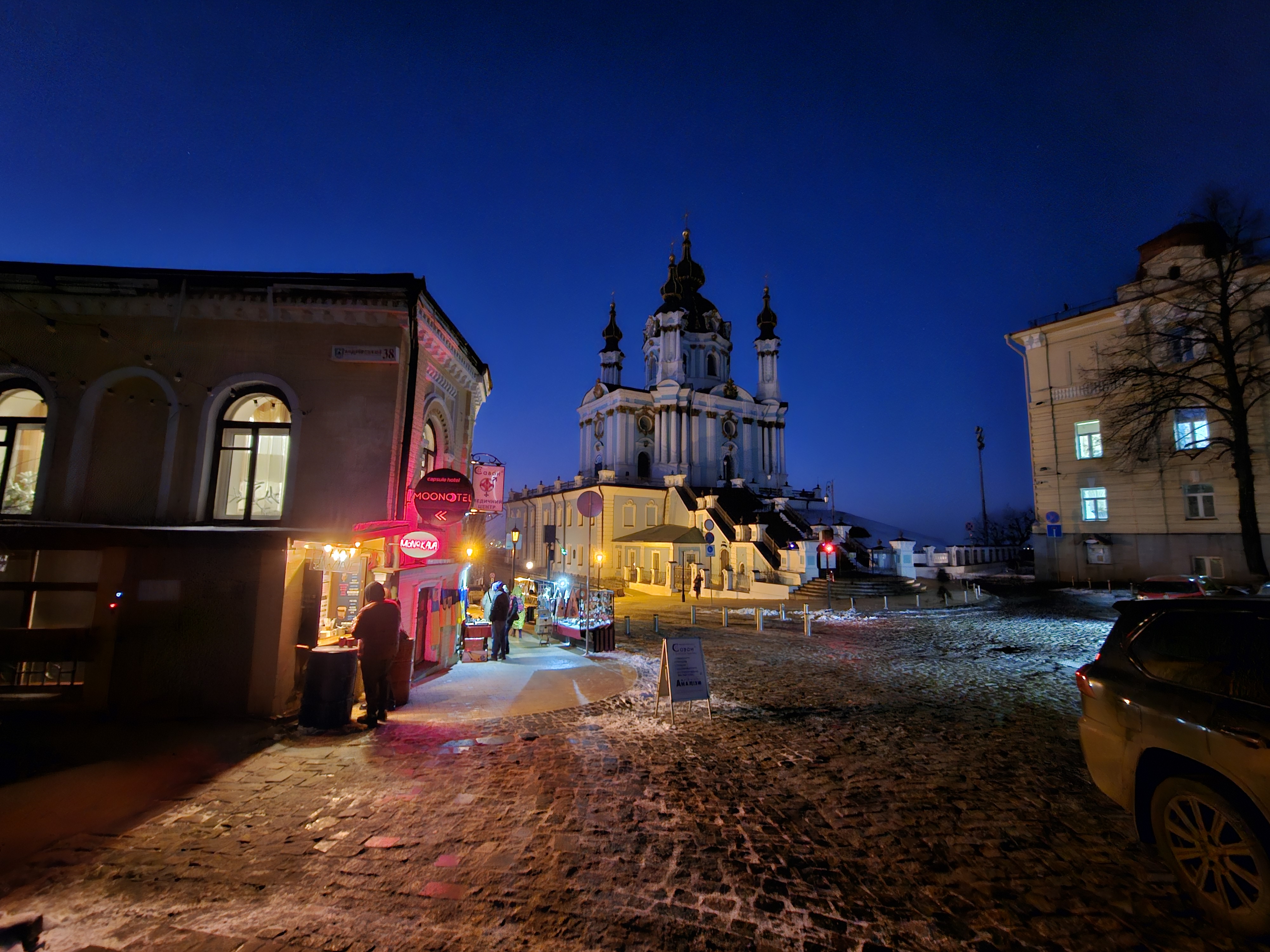
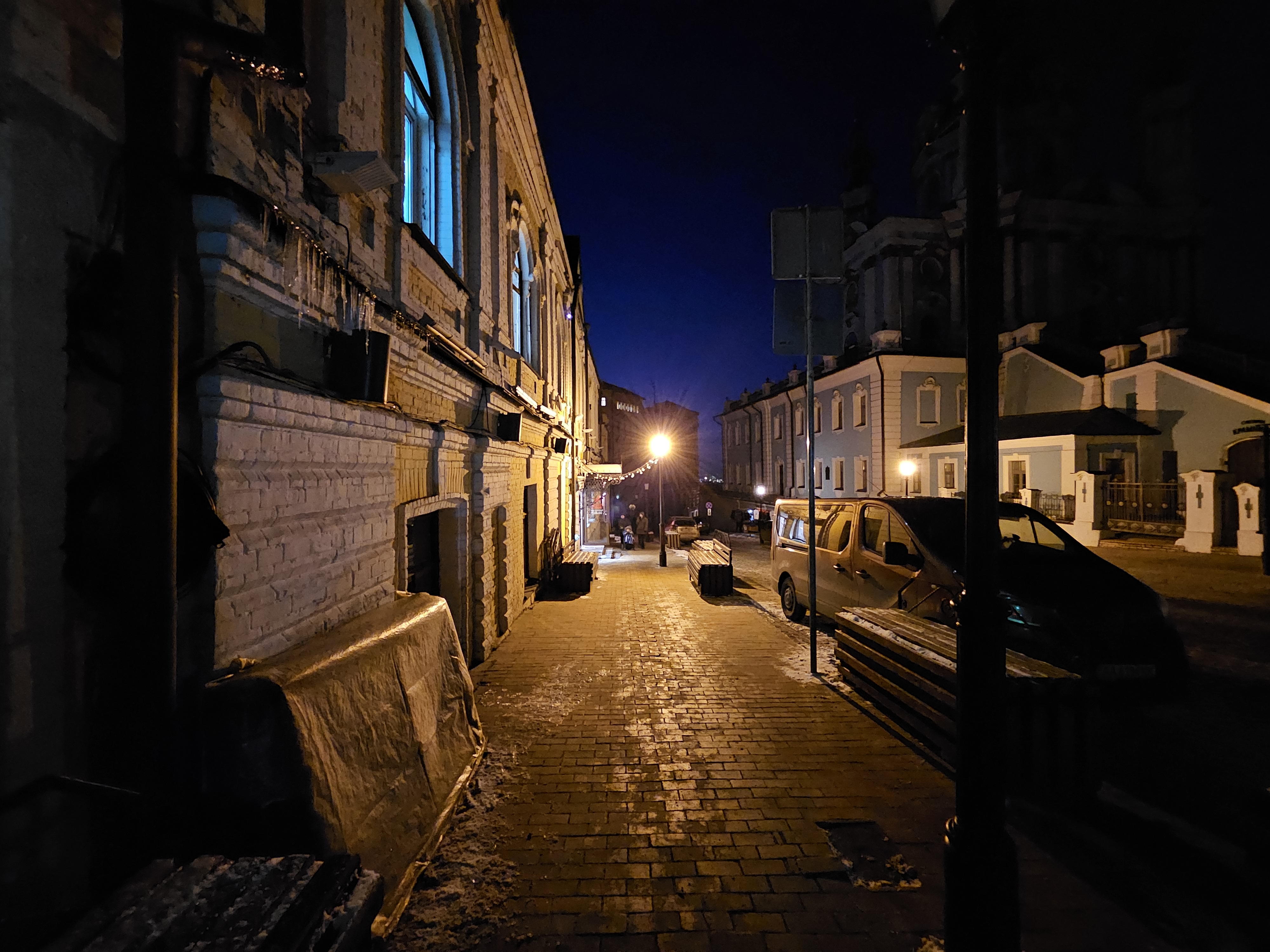
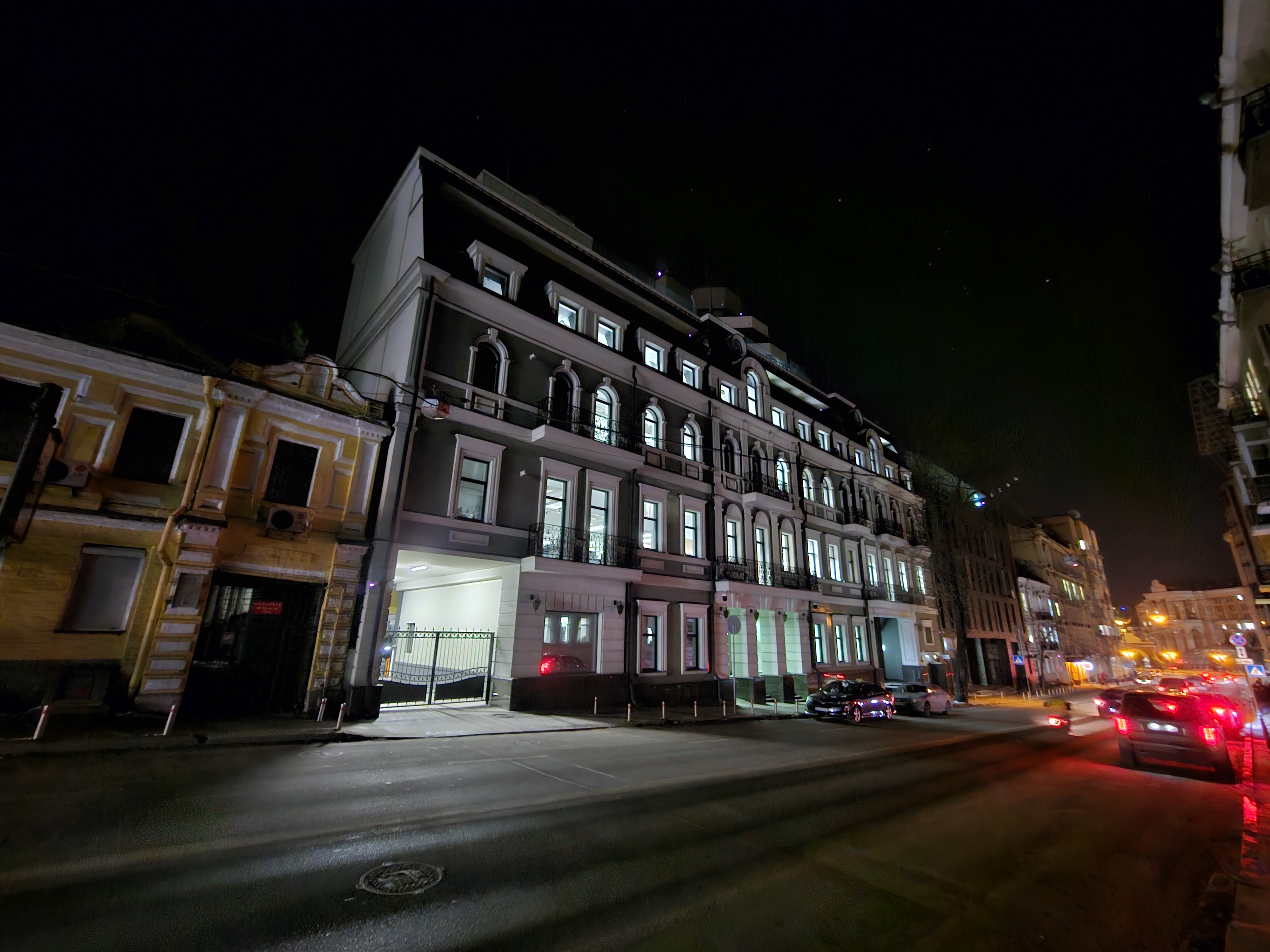























The 3x telephoto camera takes high-quality pictures in any conditions:
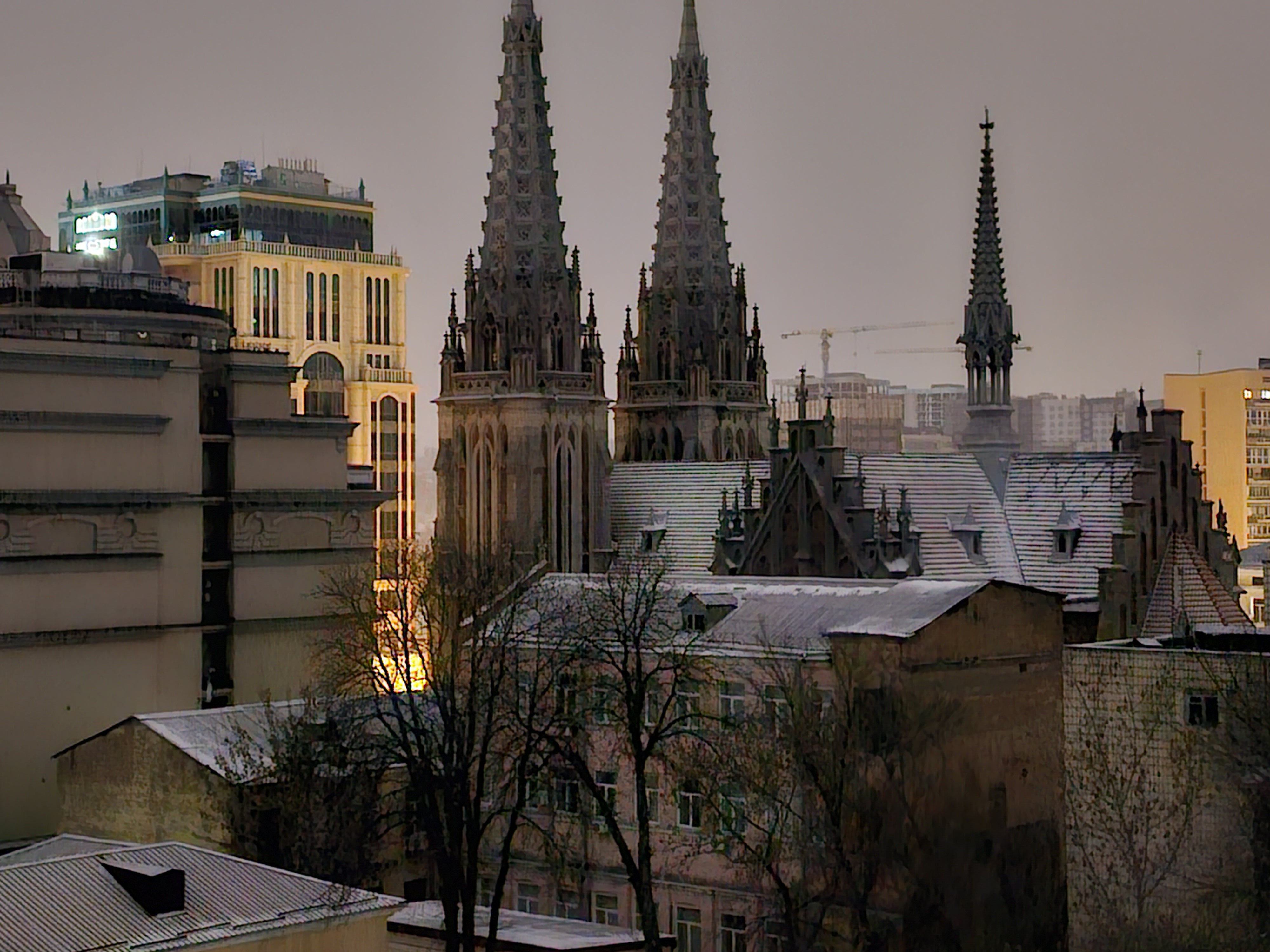
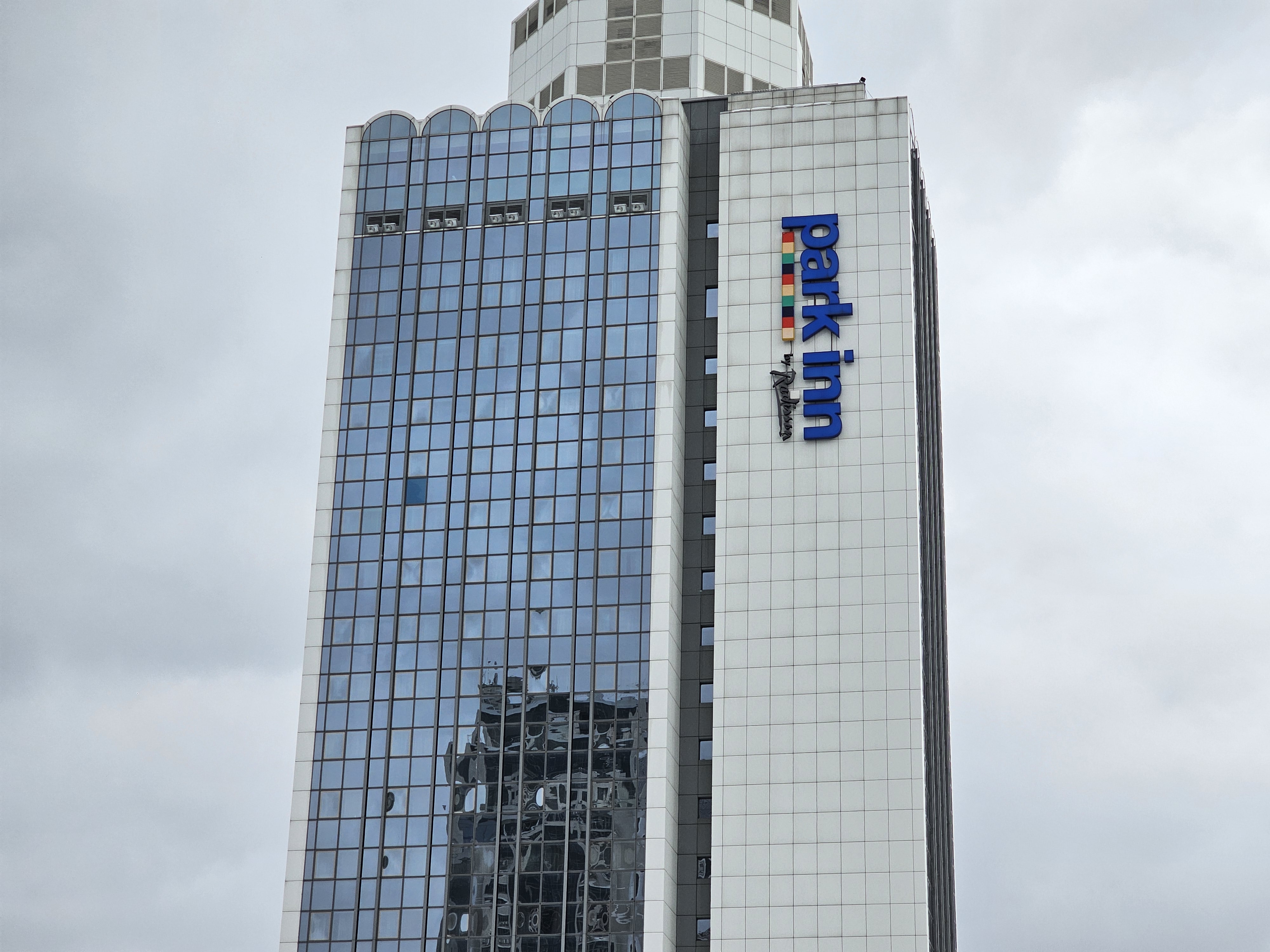
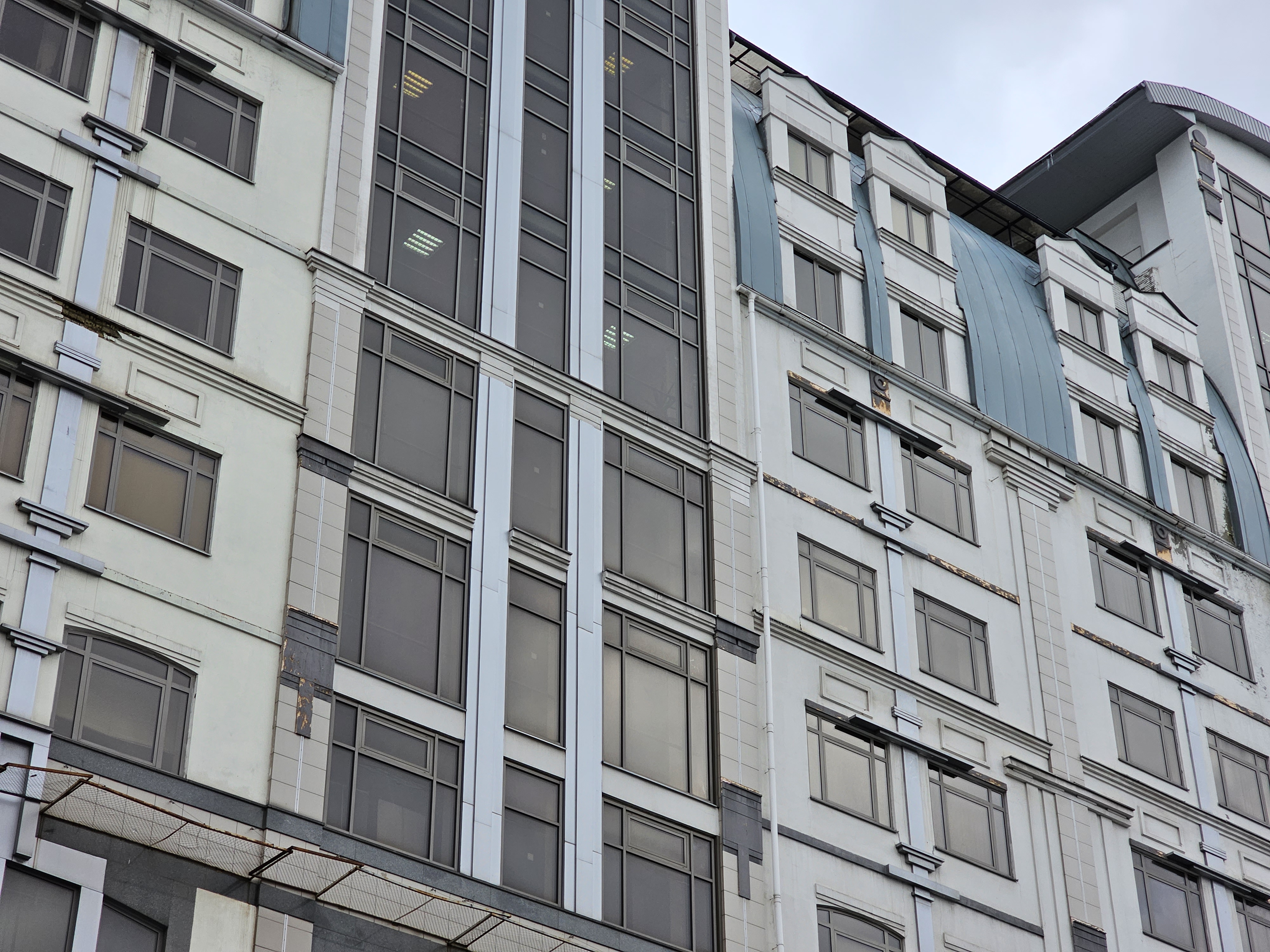
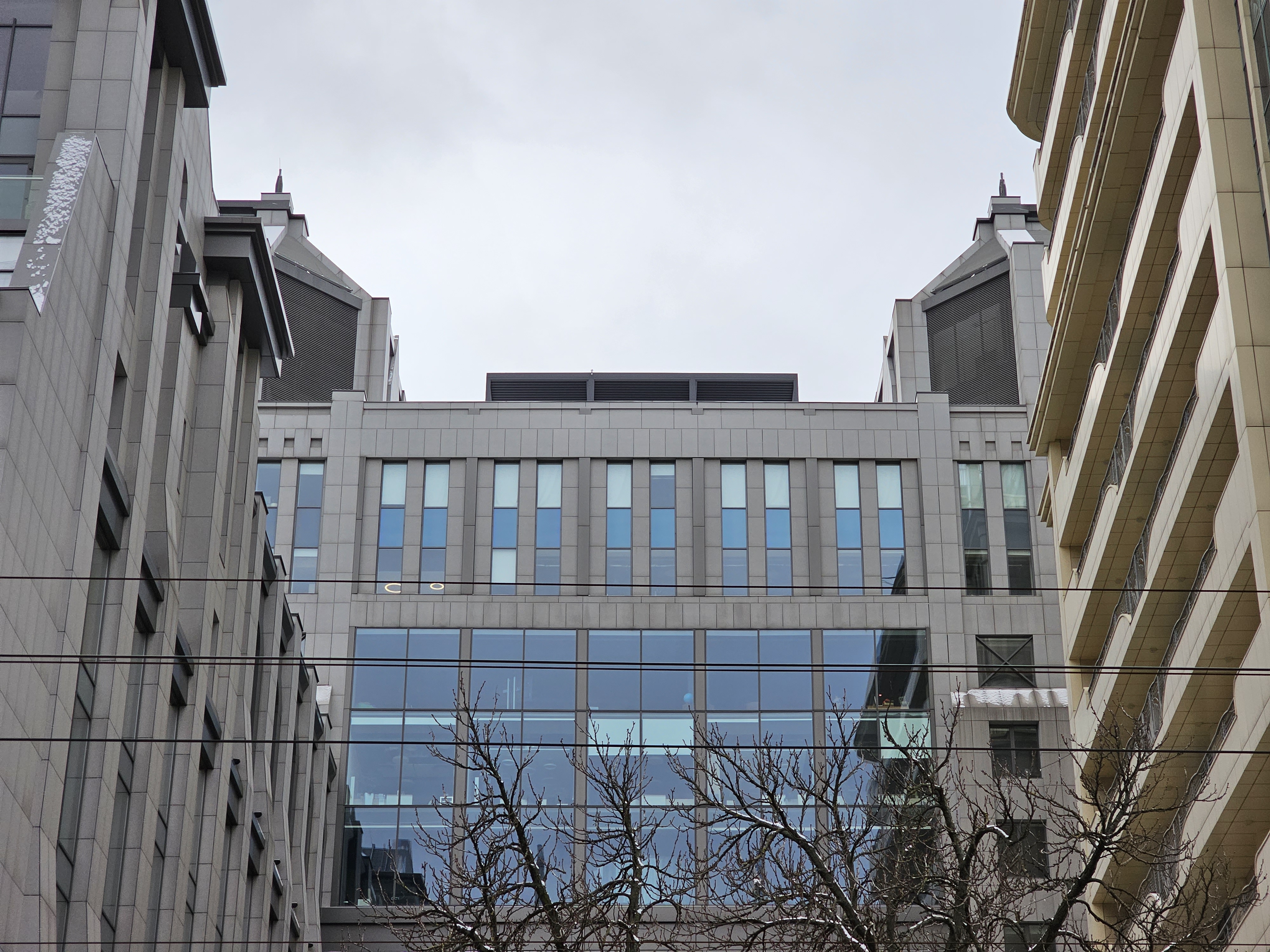

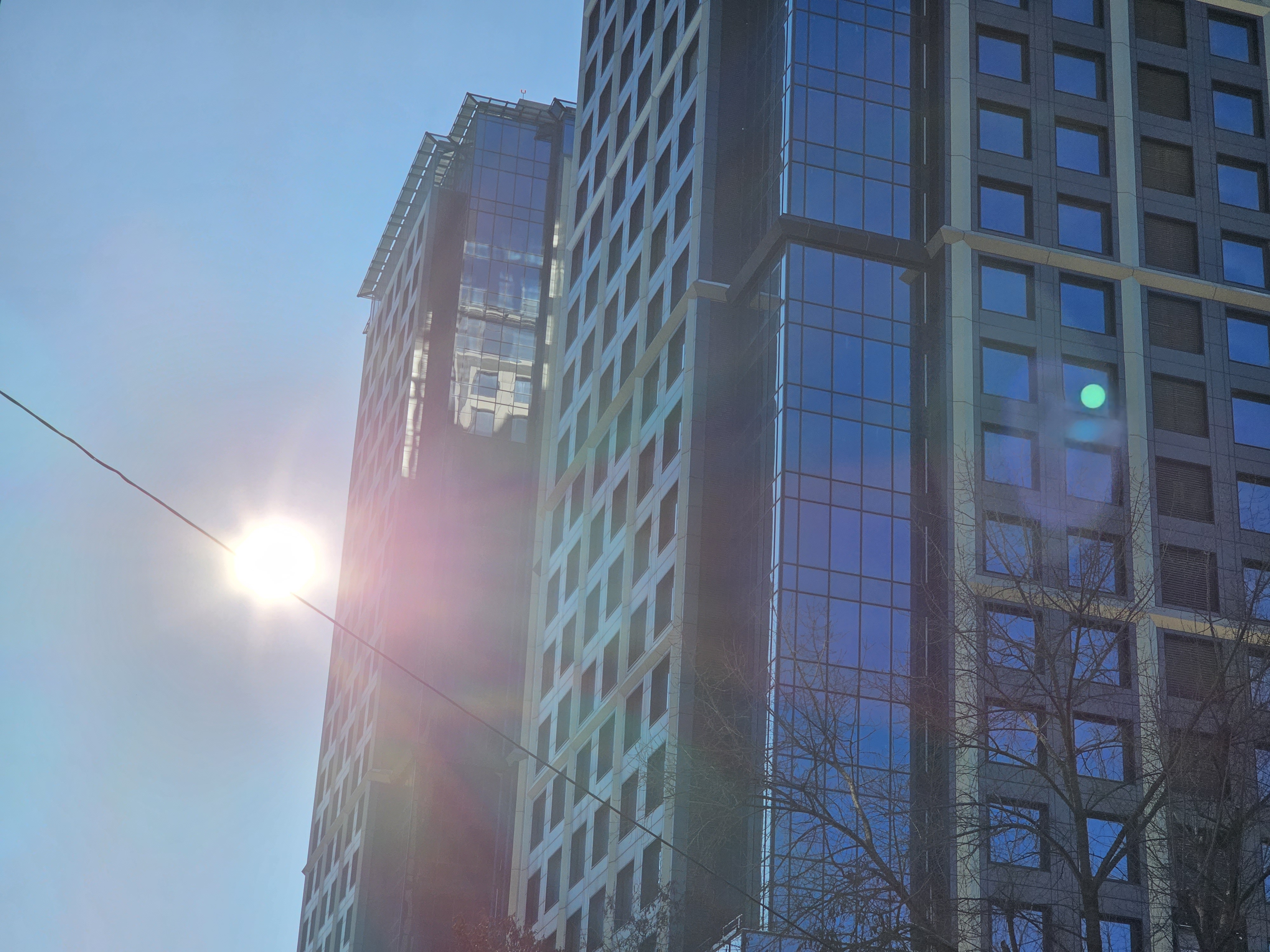
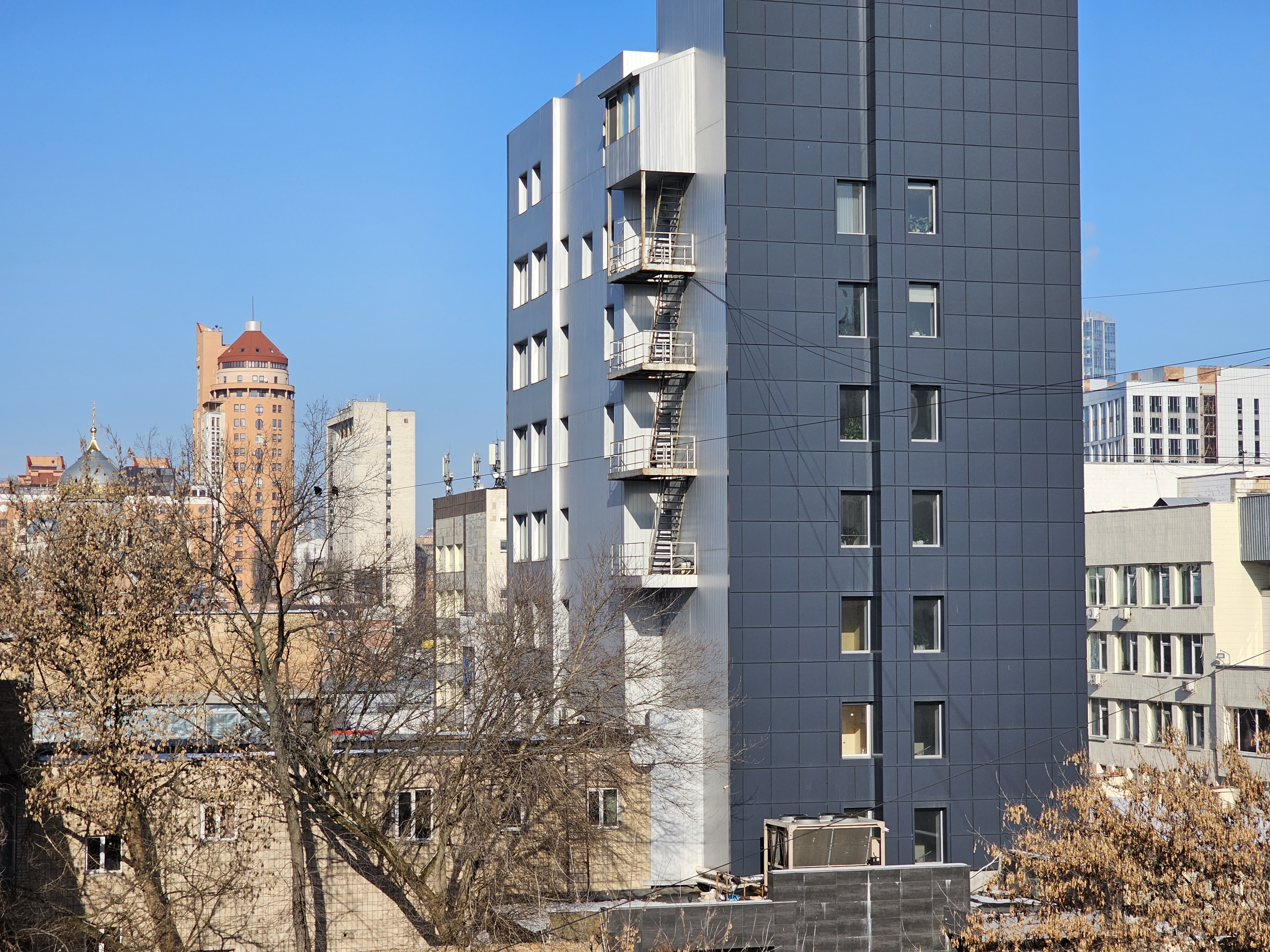


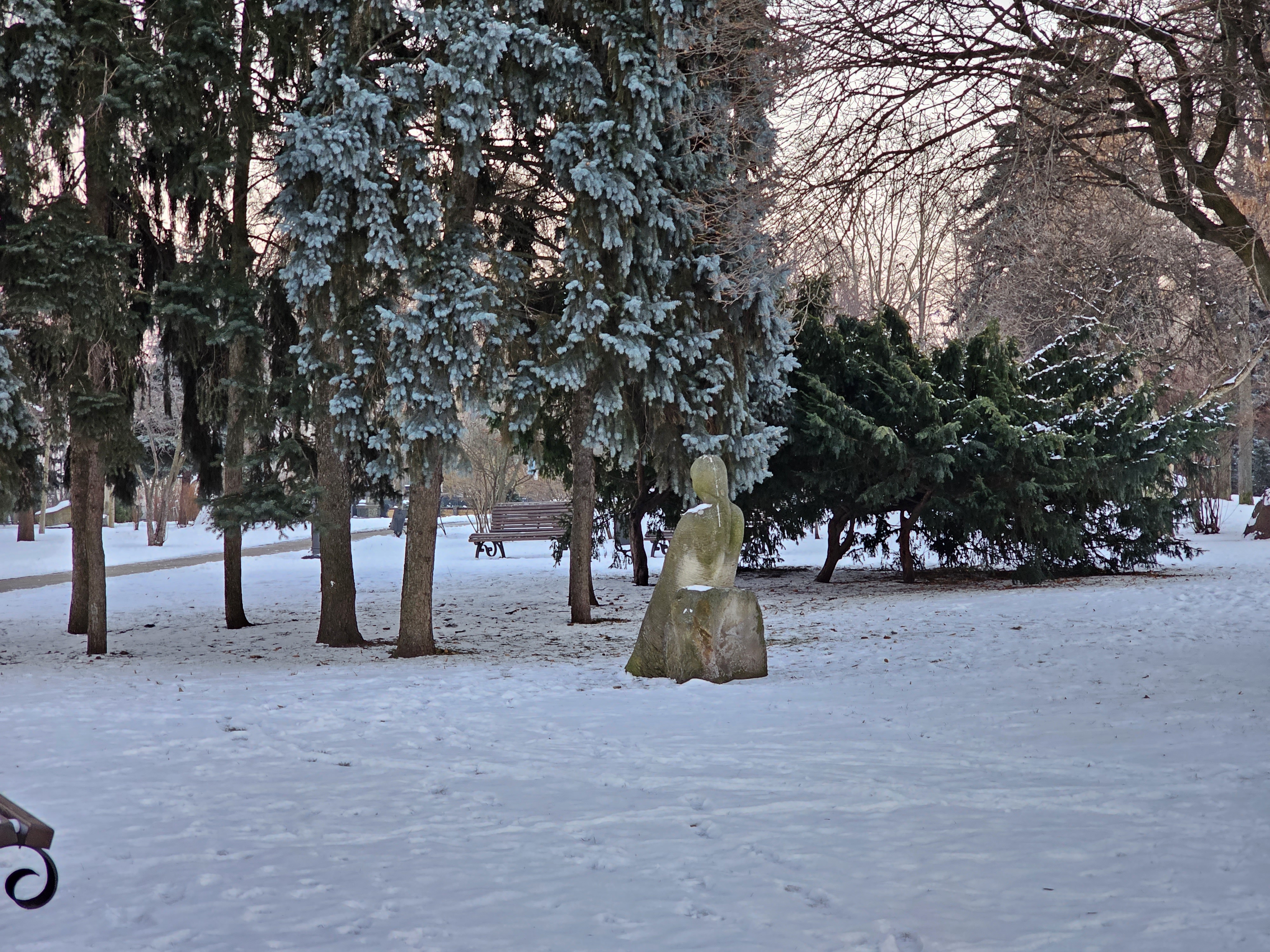




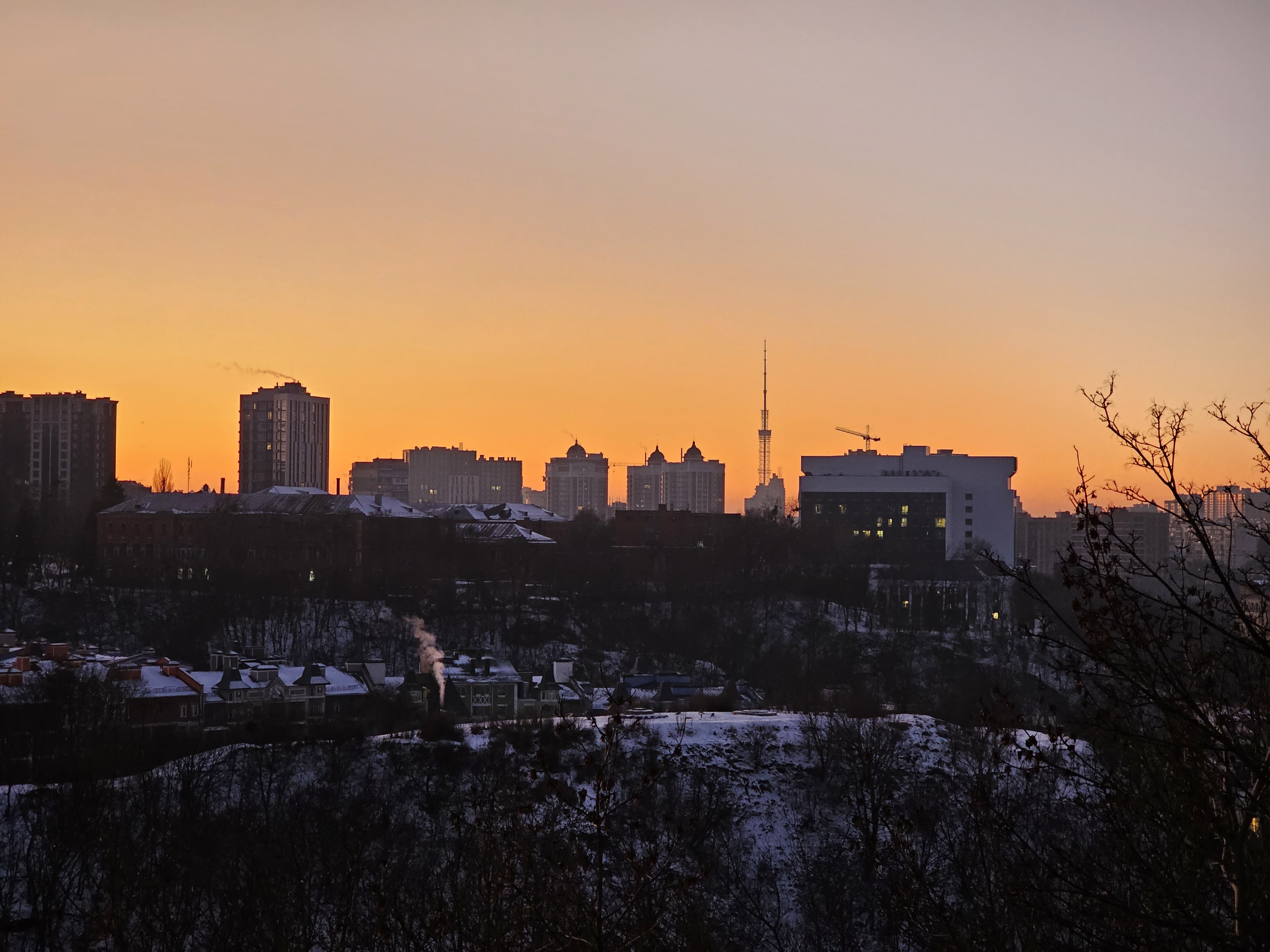
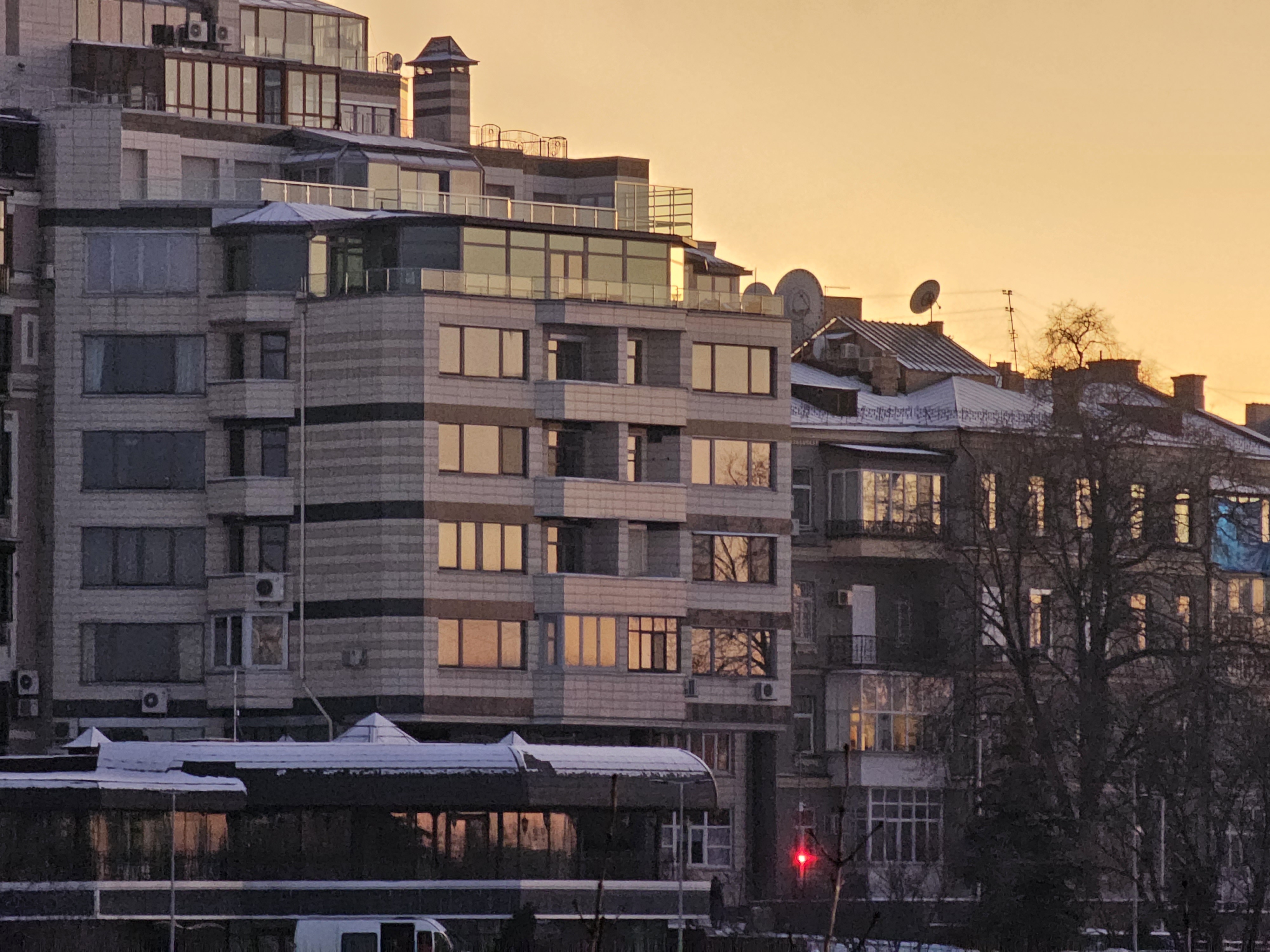




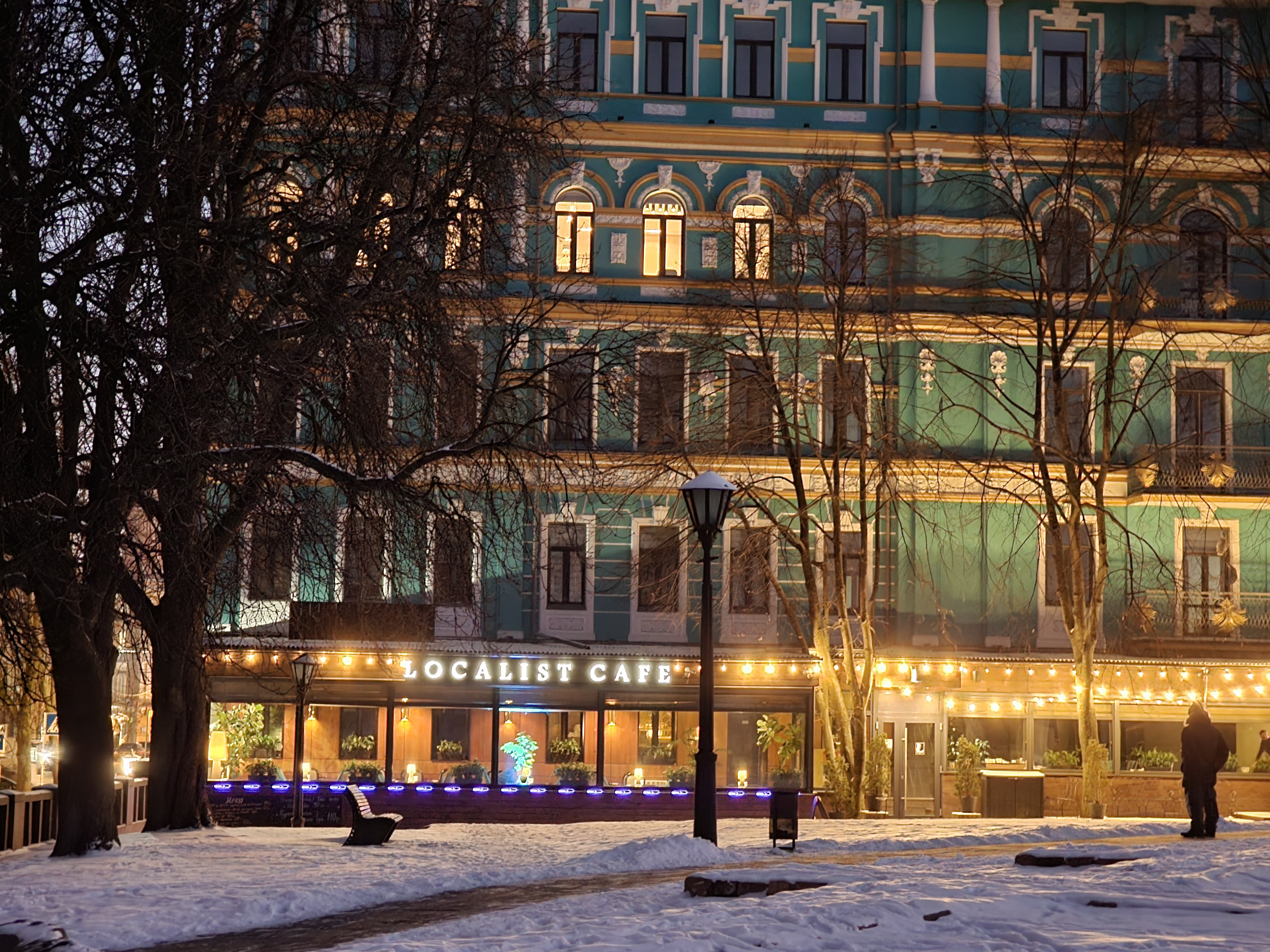
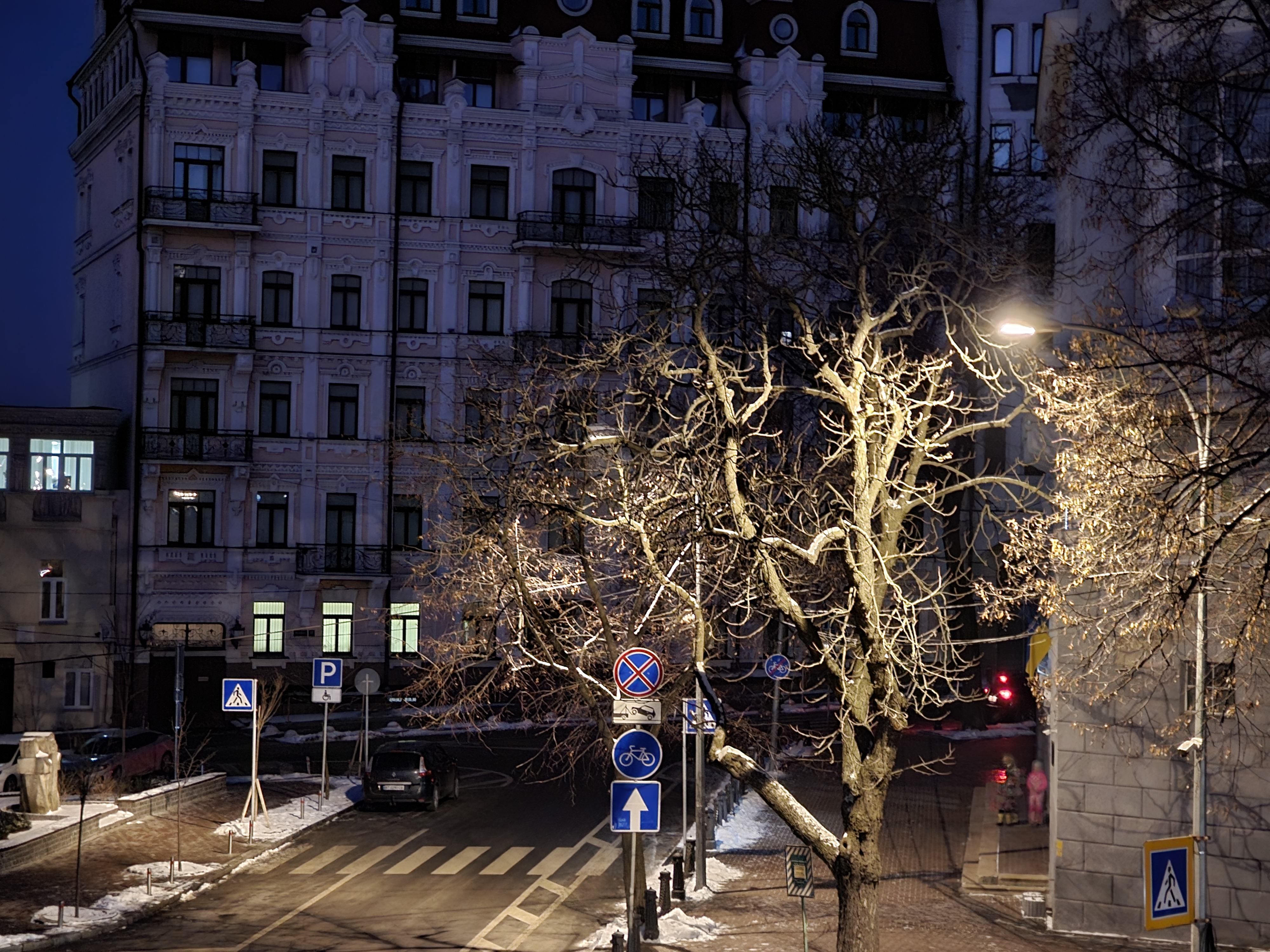

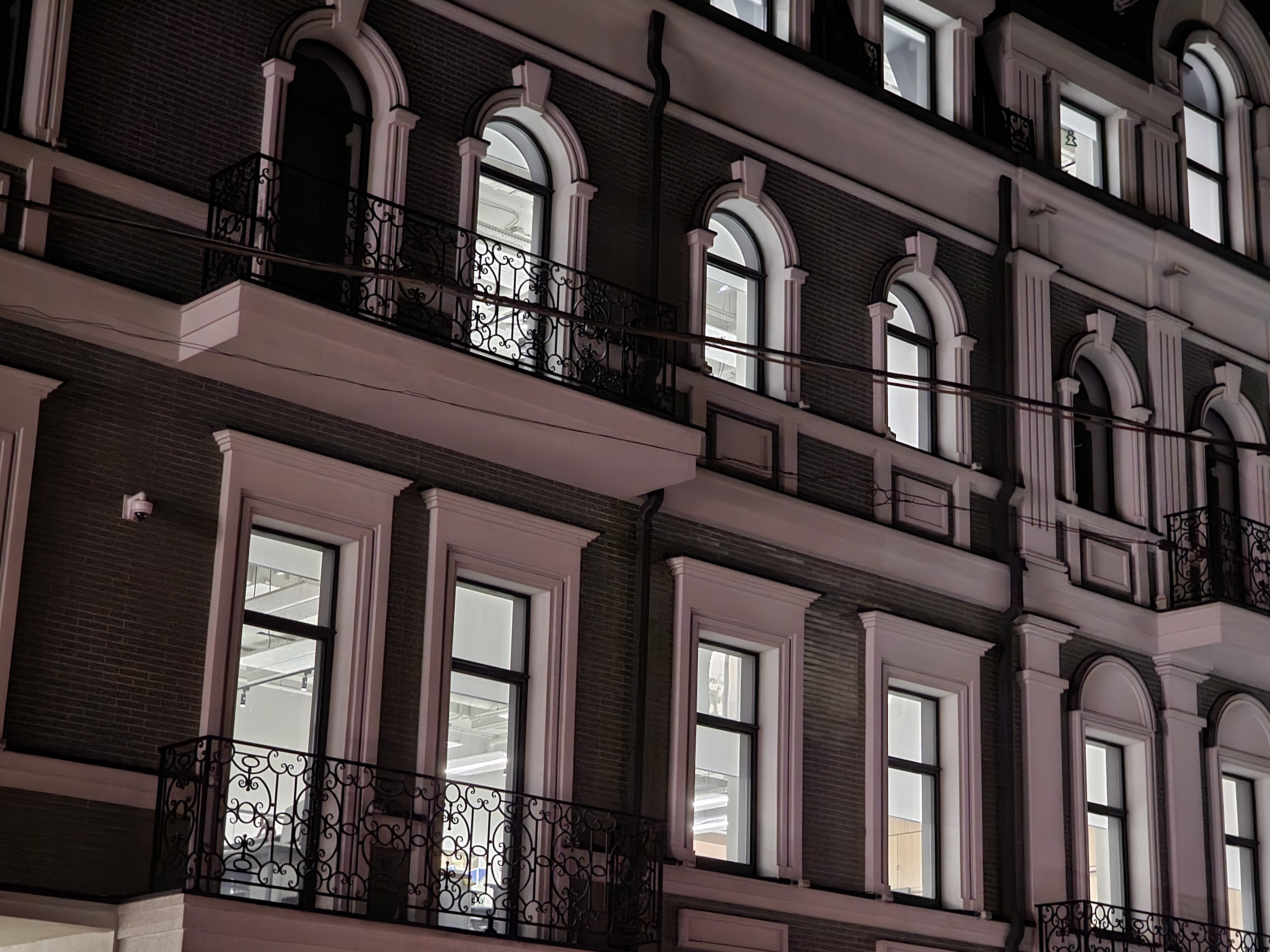
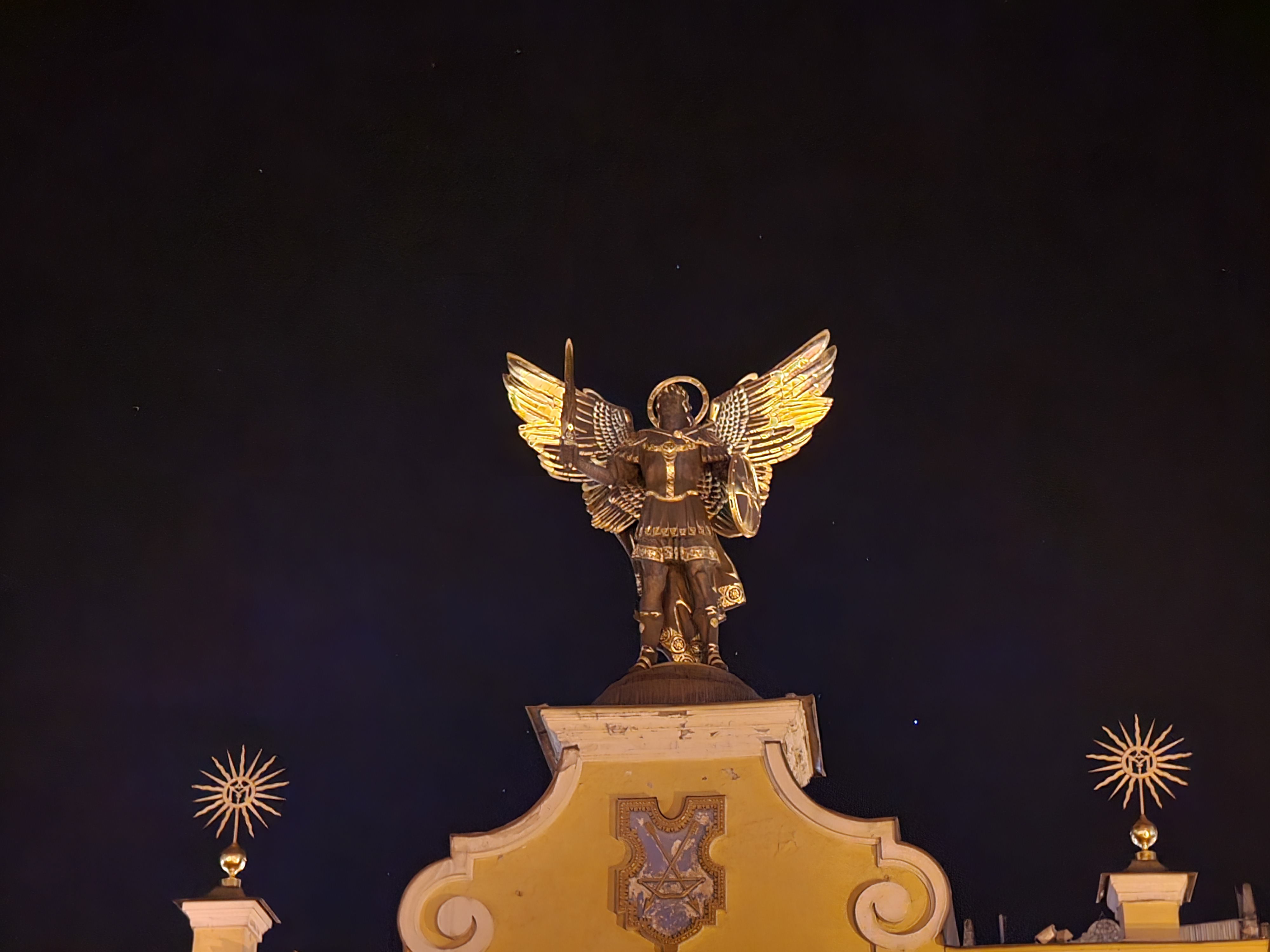
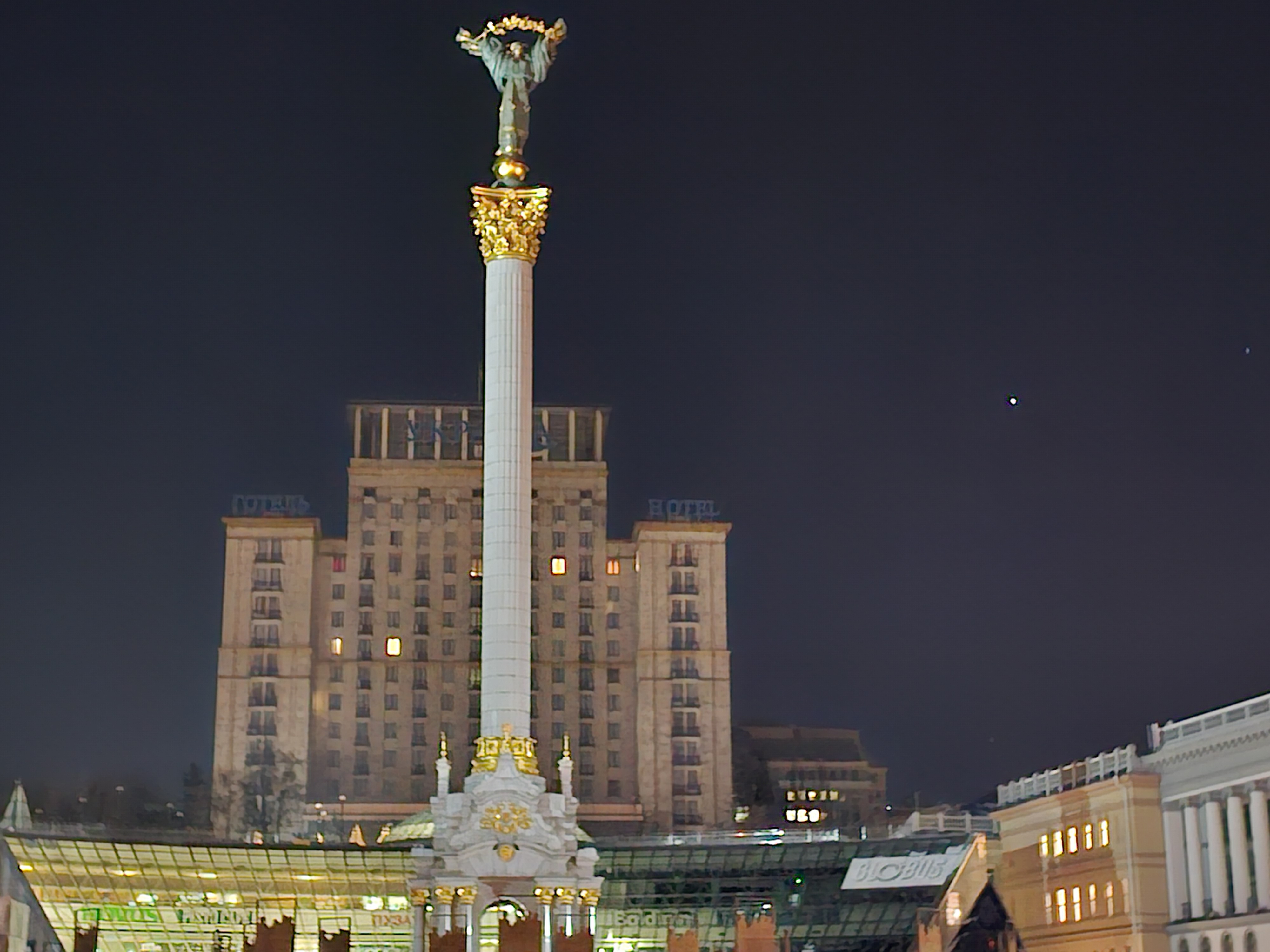
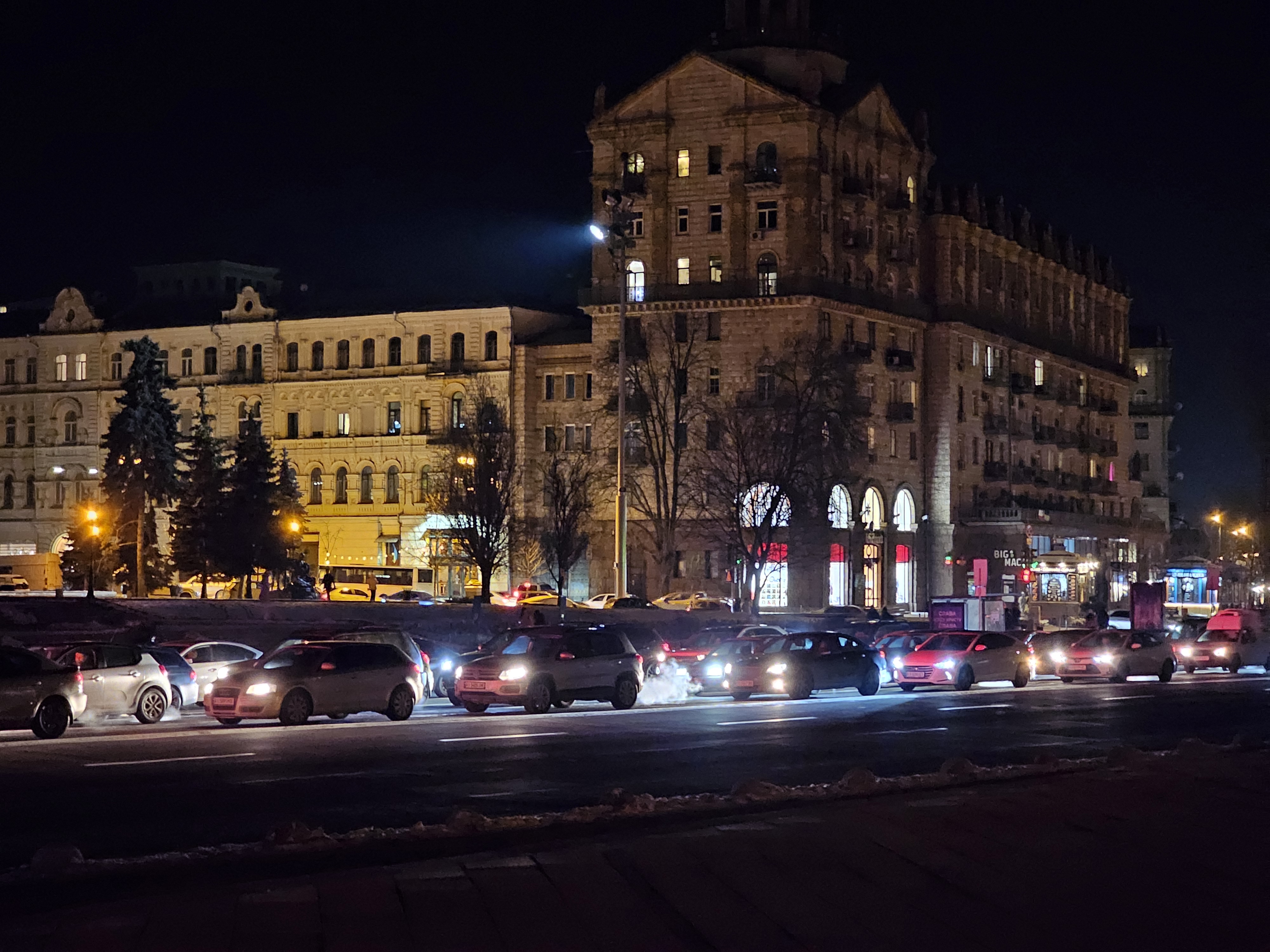
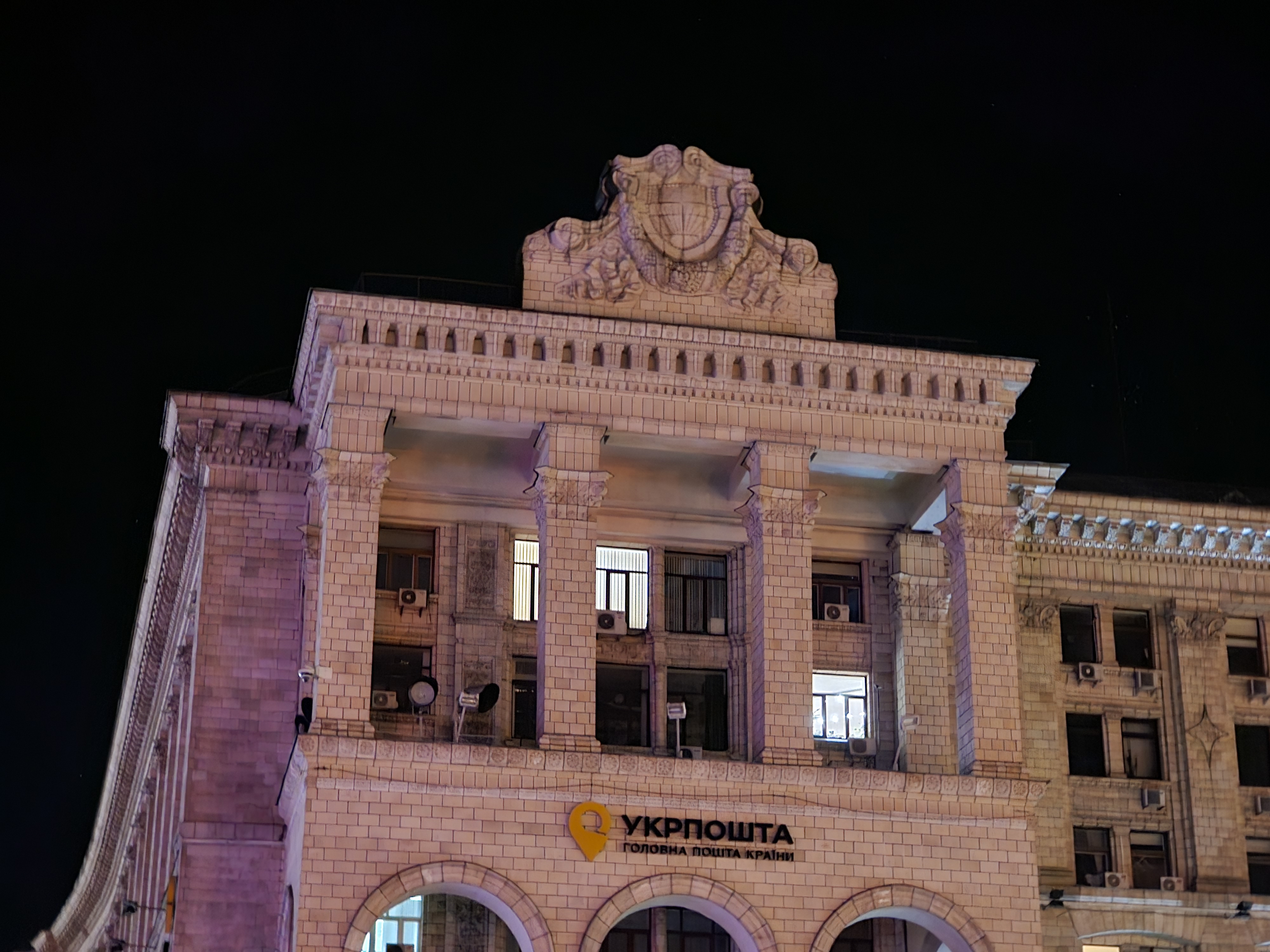
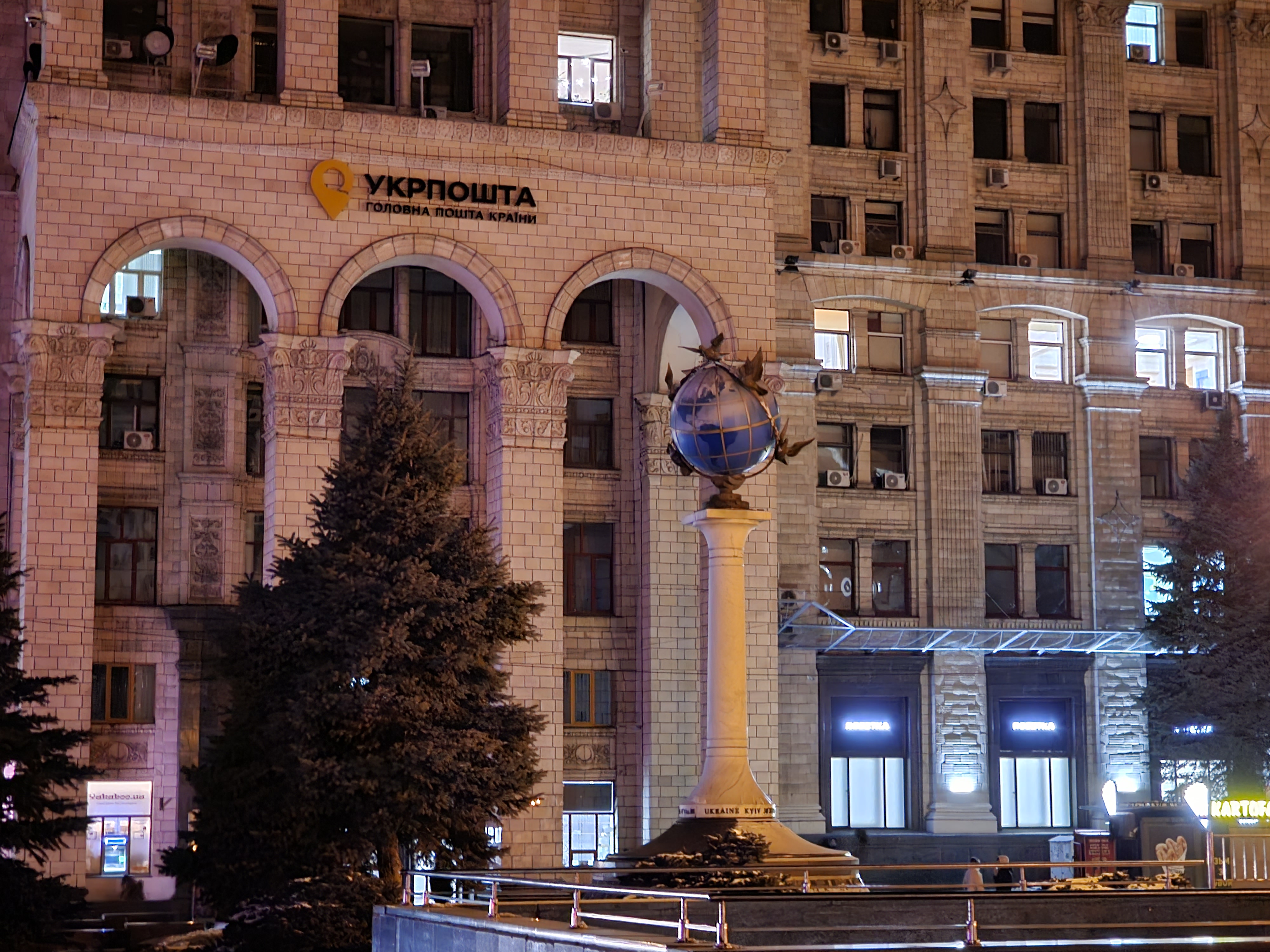





























The 10x periscopic telephoto camera takes good pictures. Difficulties may arise only in very low light:
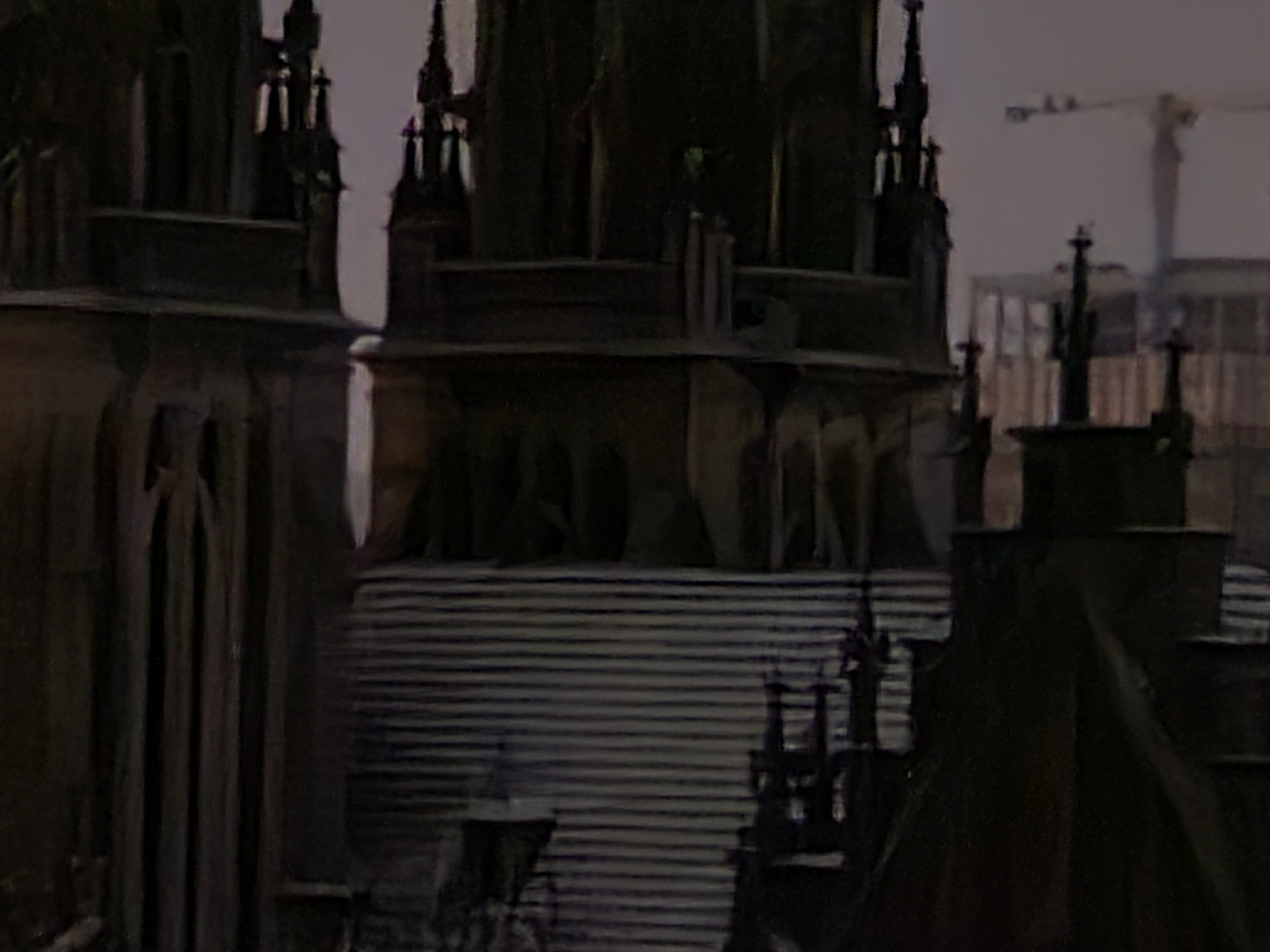

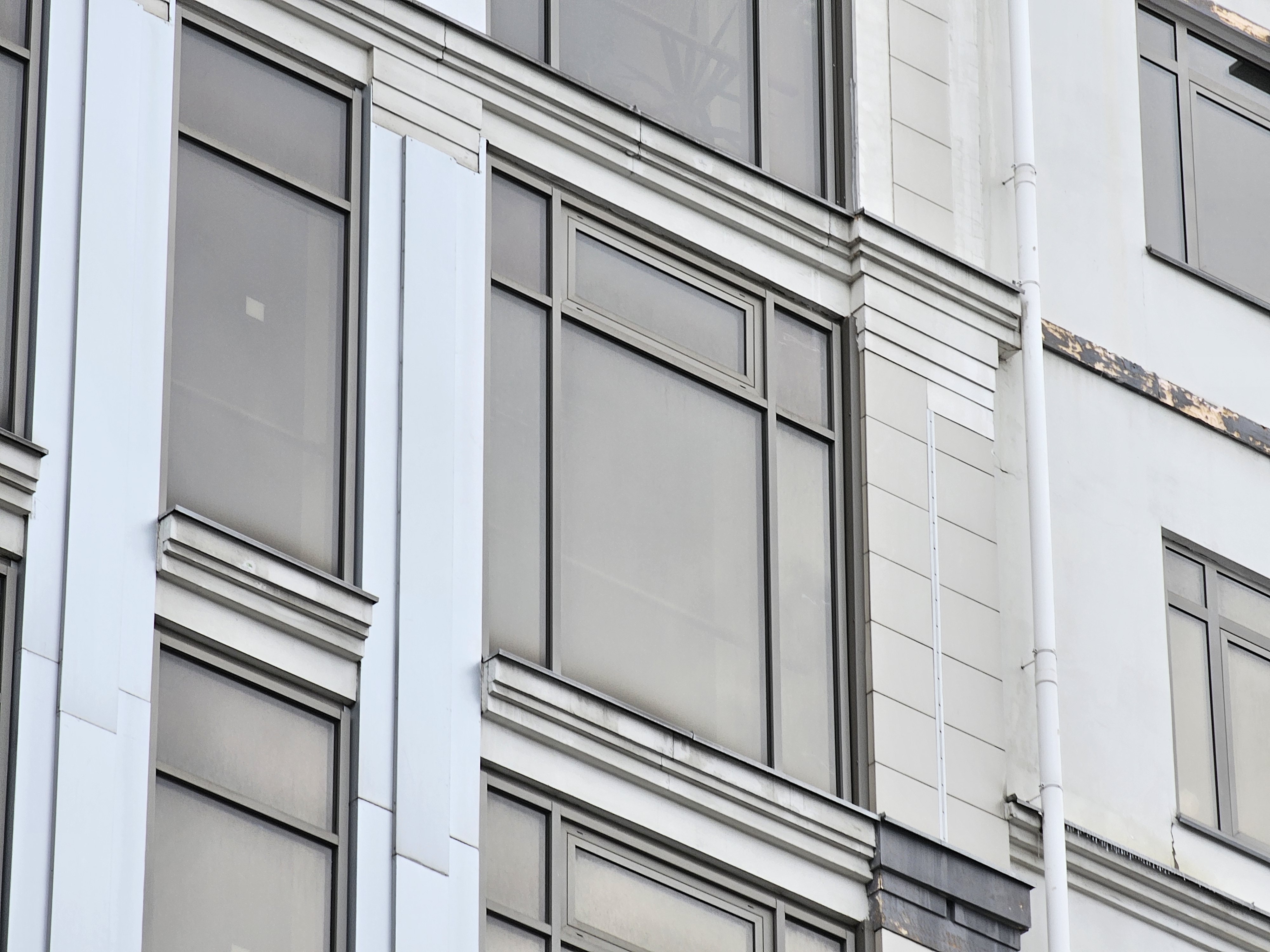
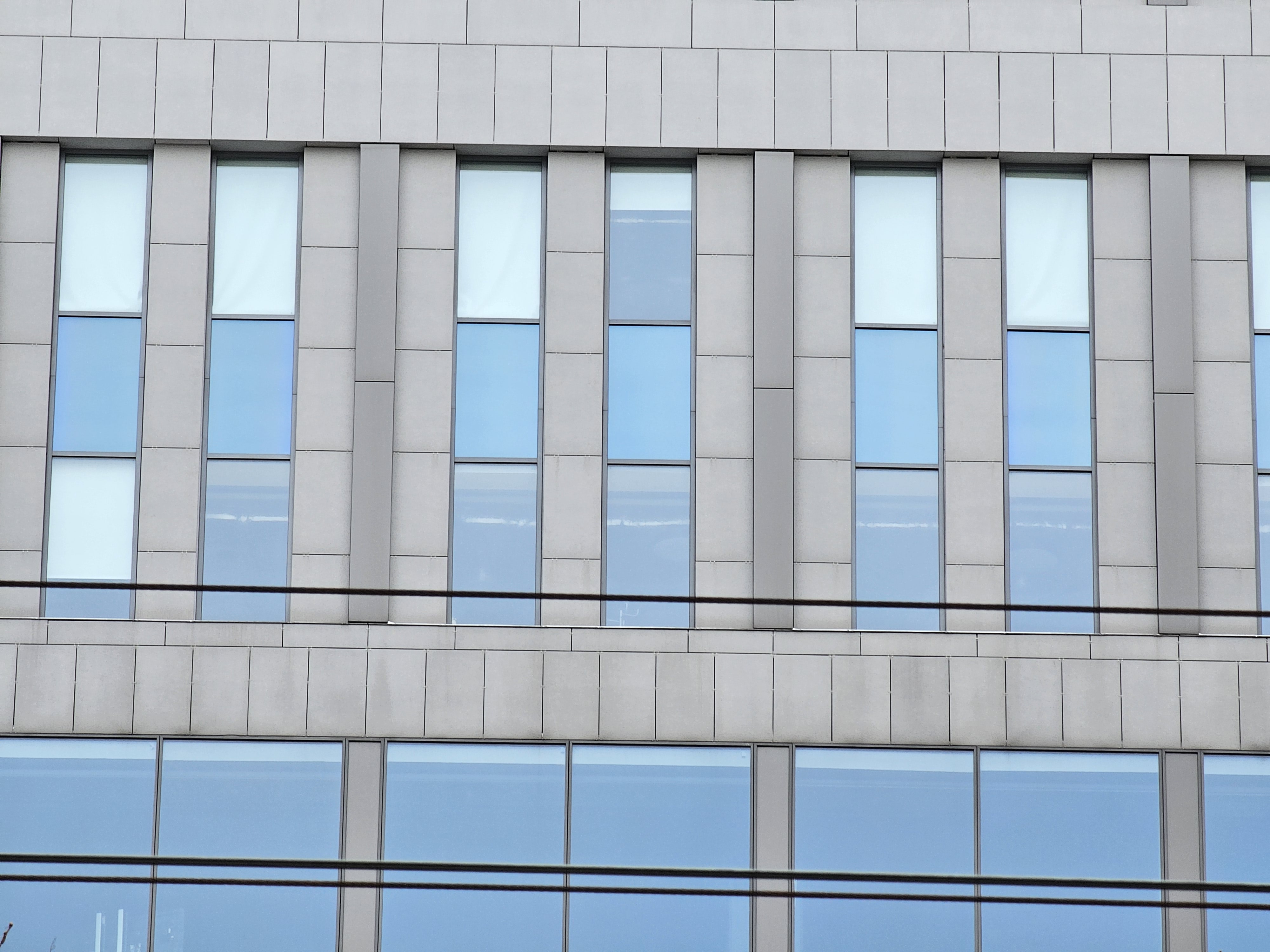

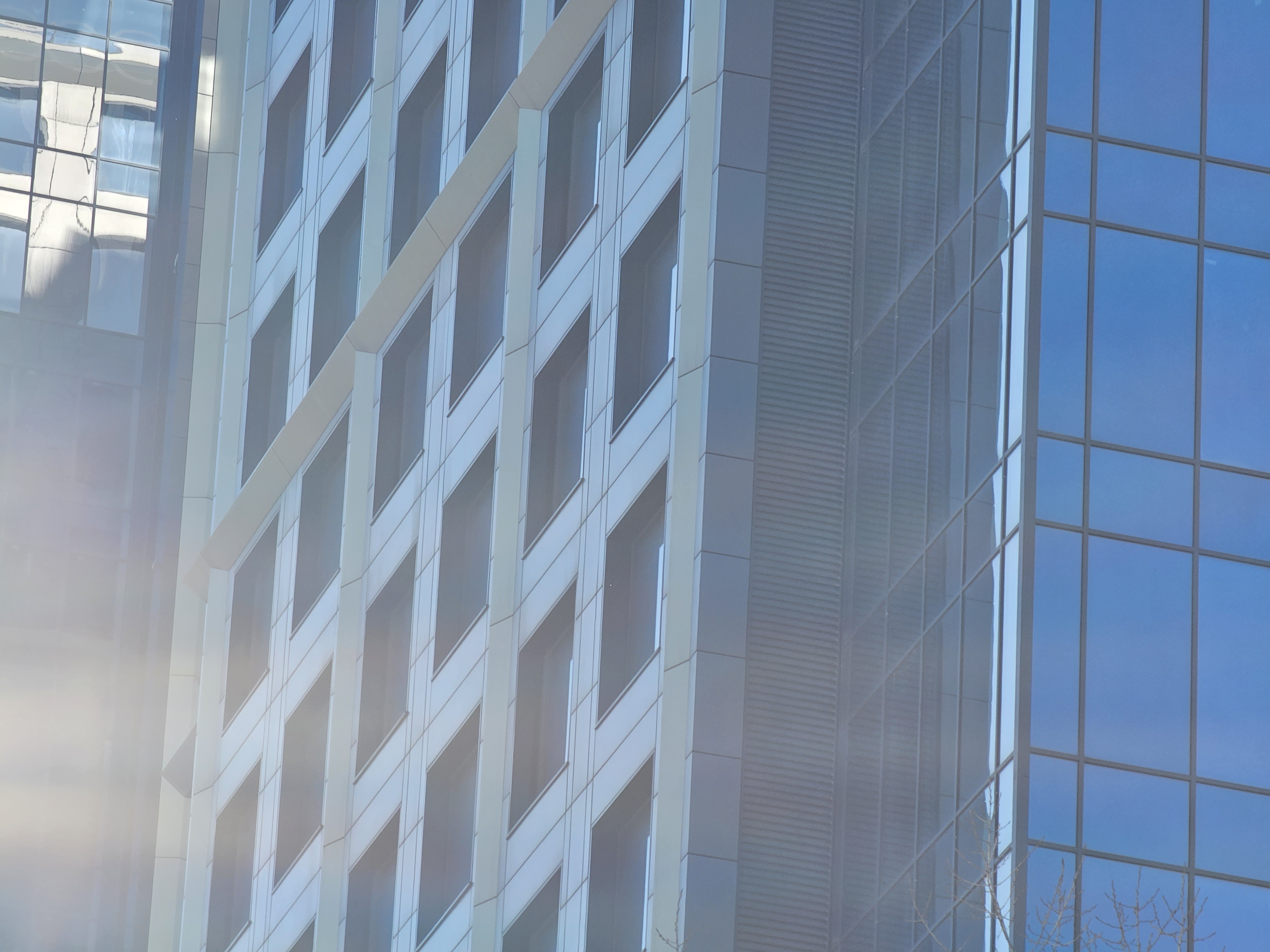
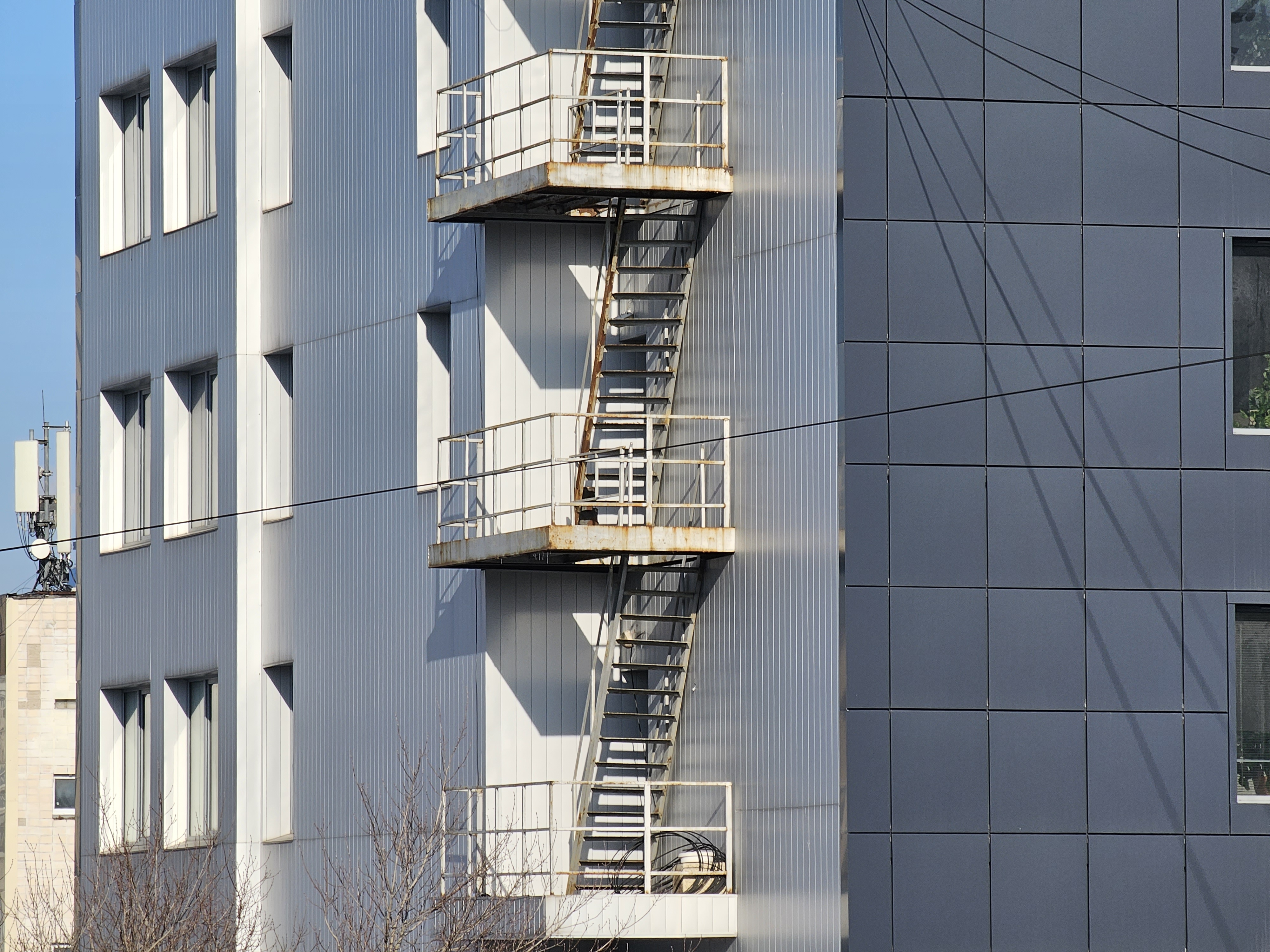
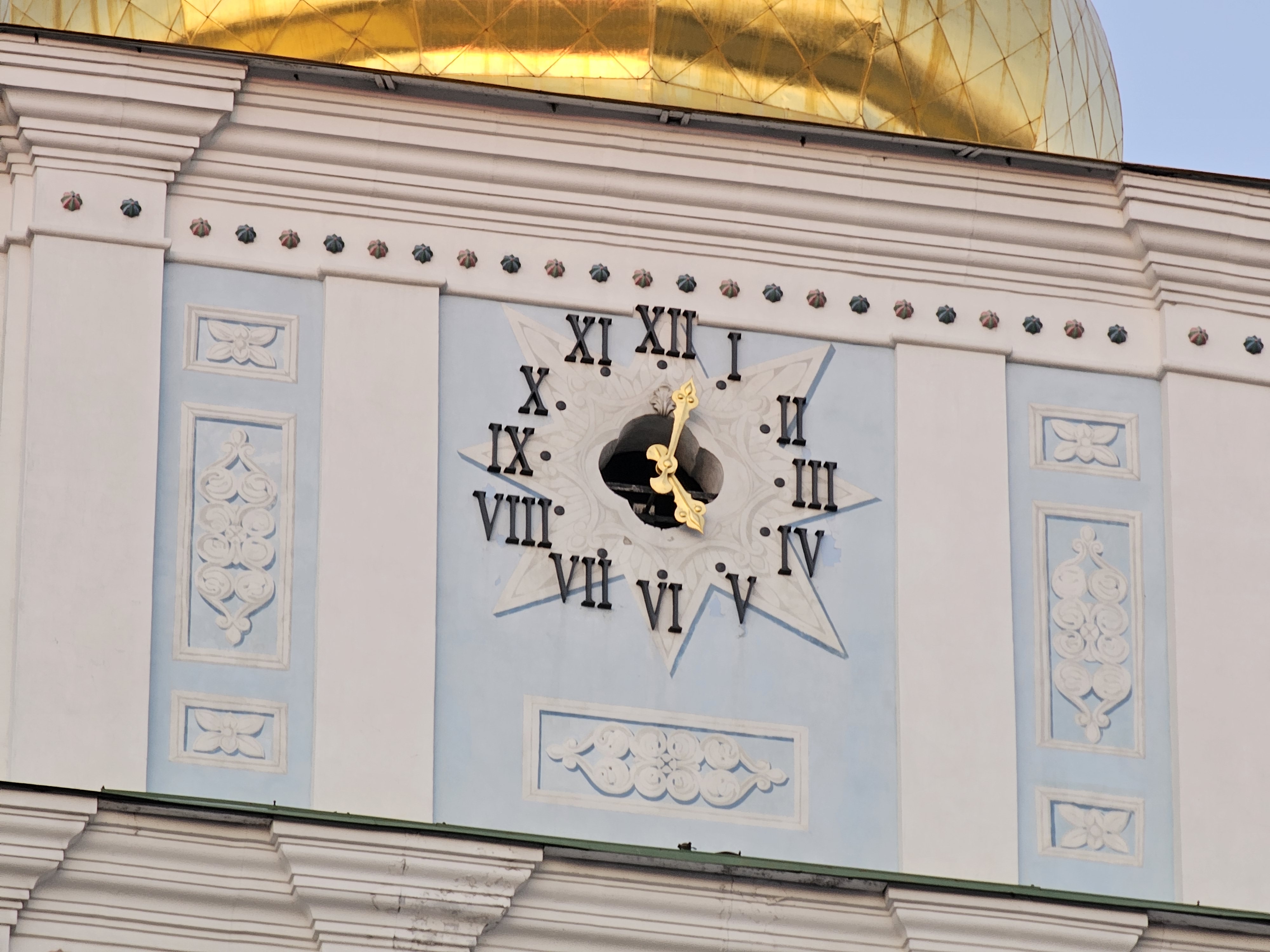






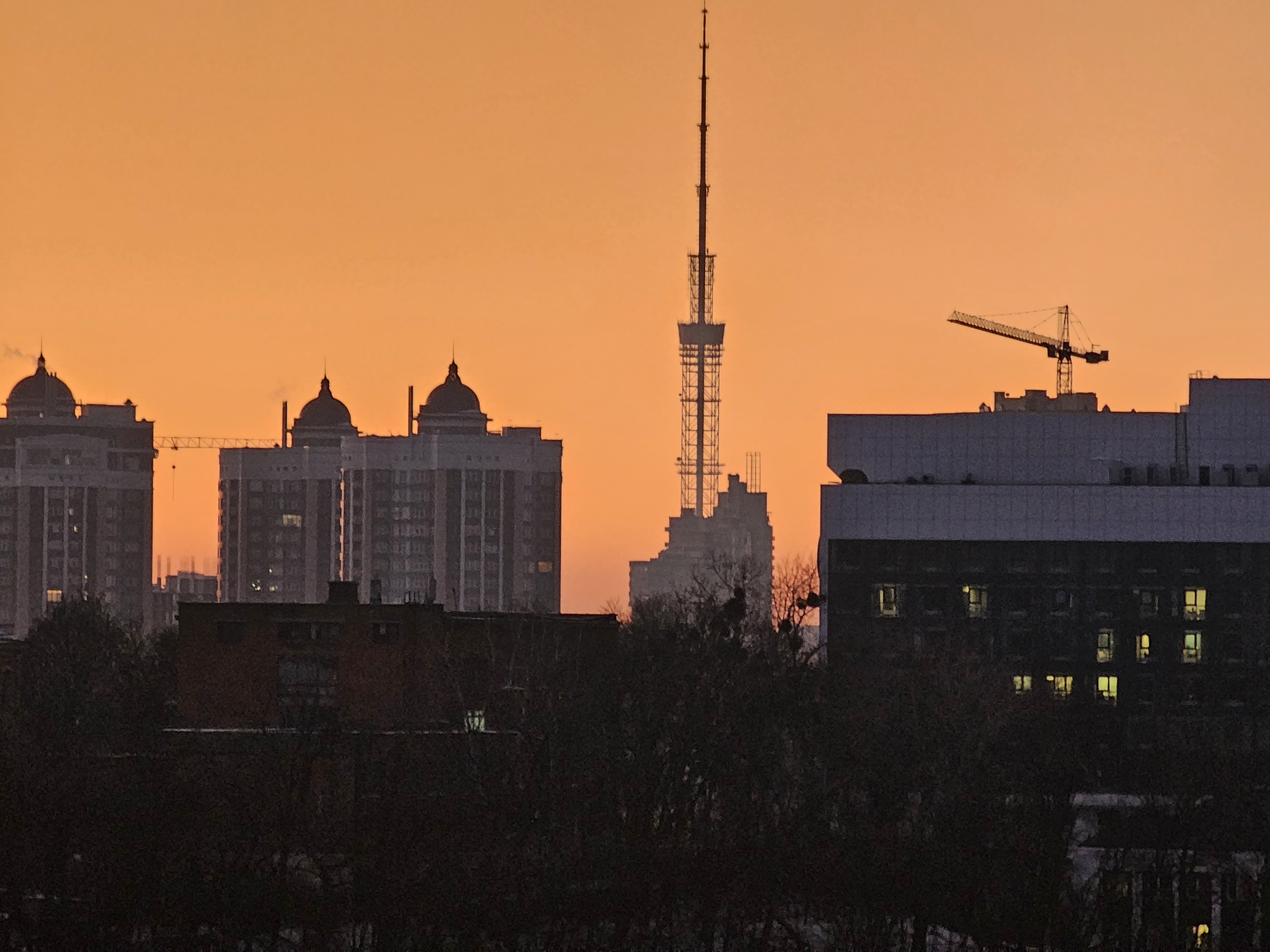
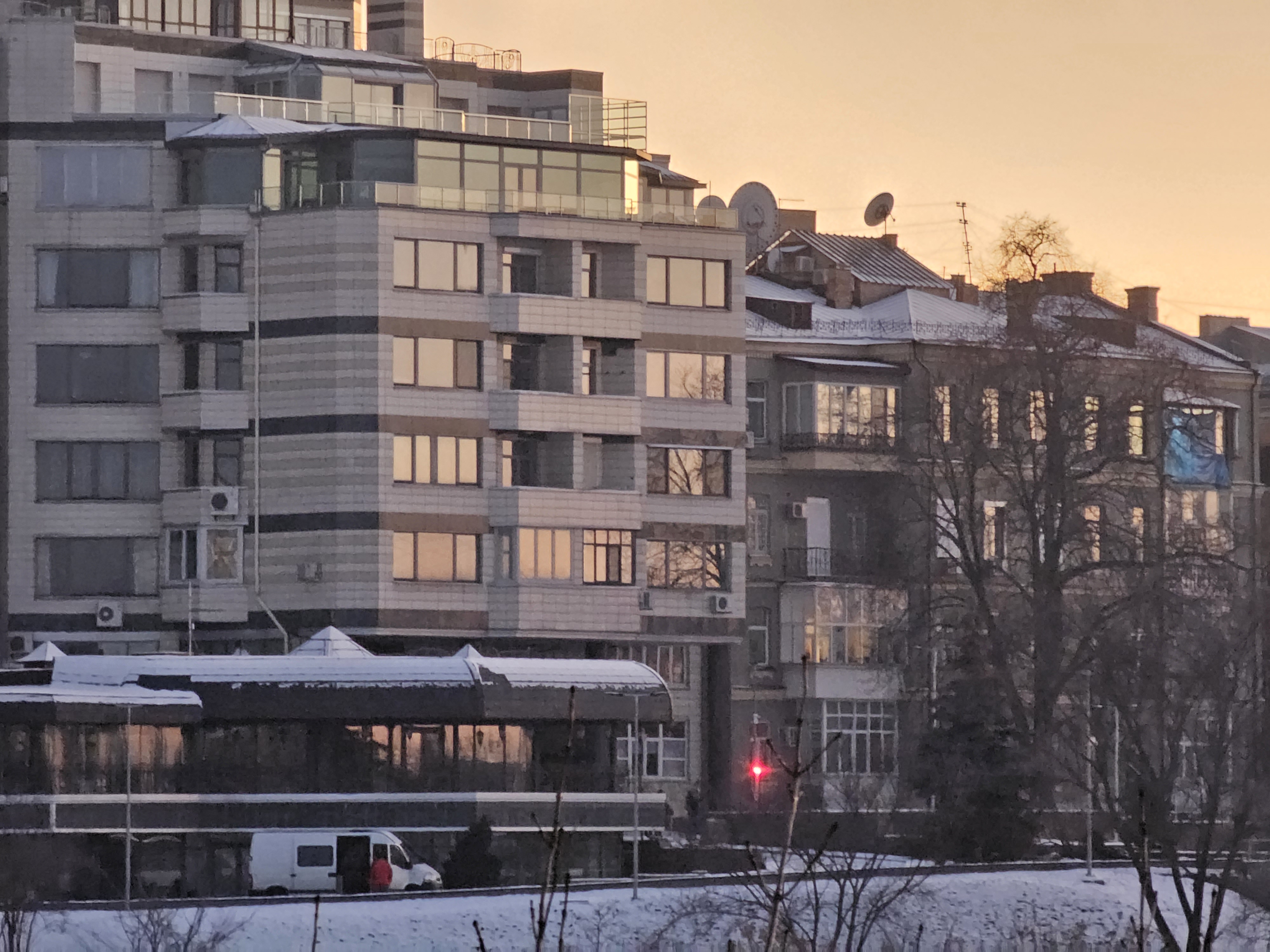
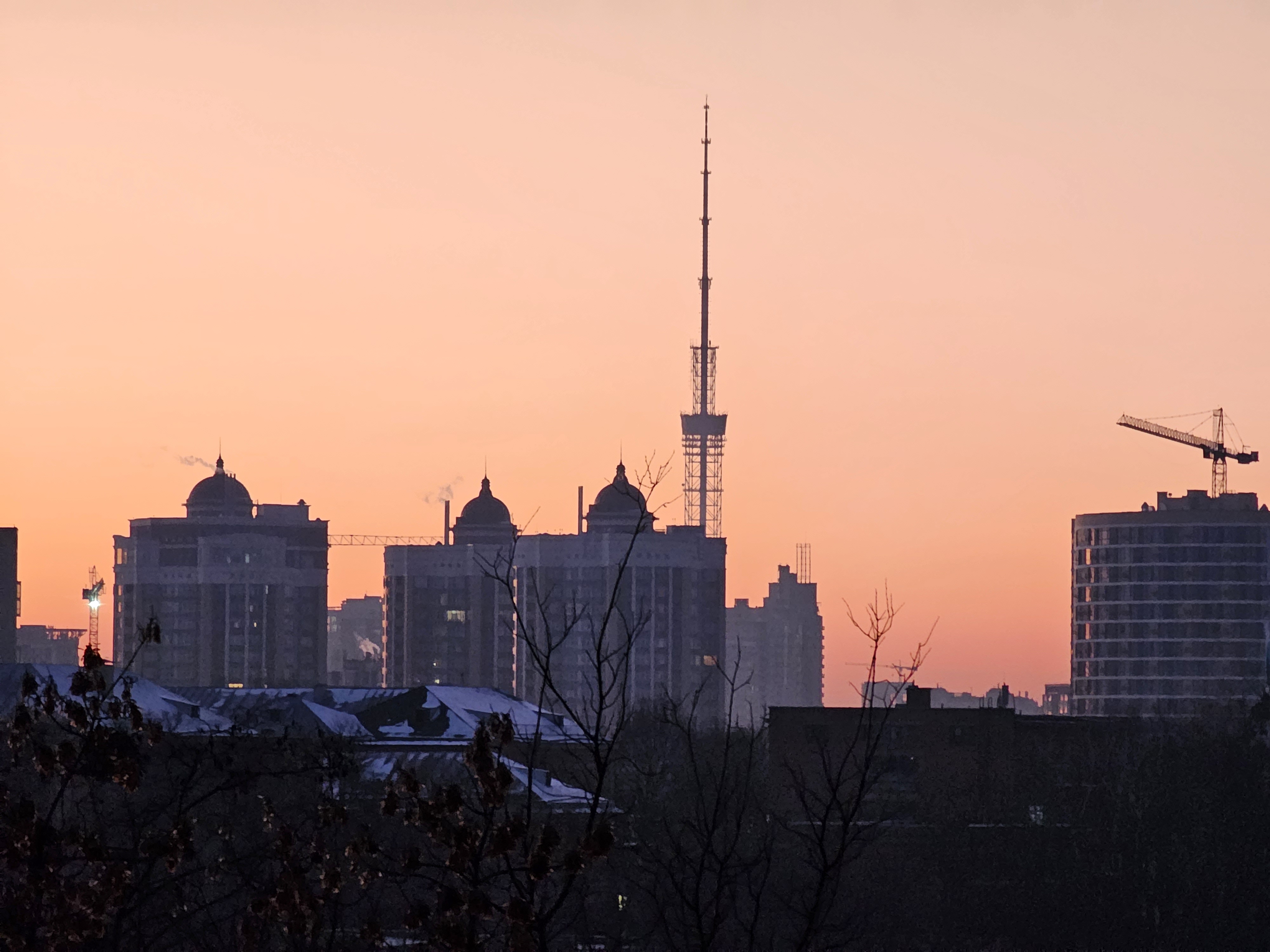

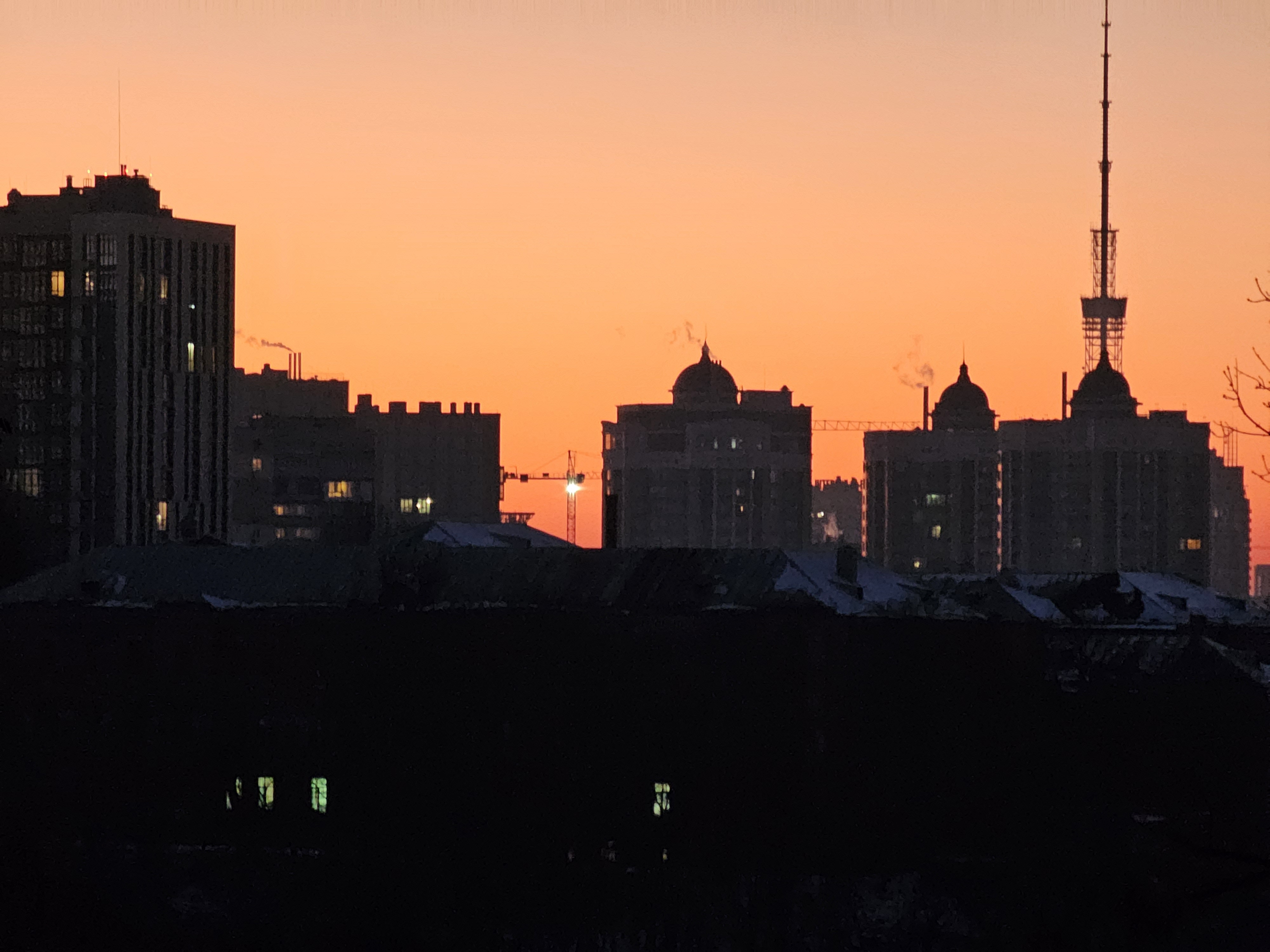

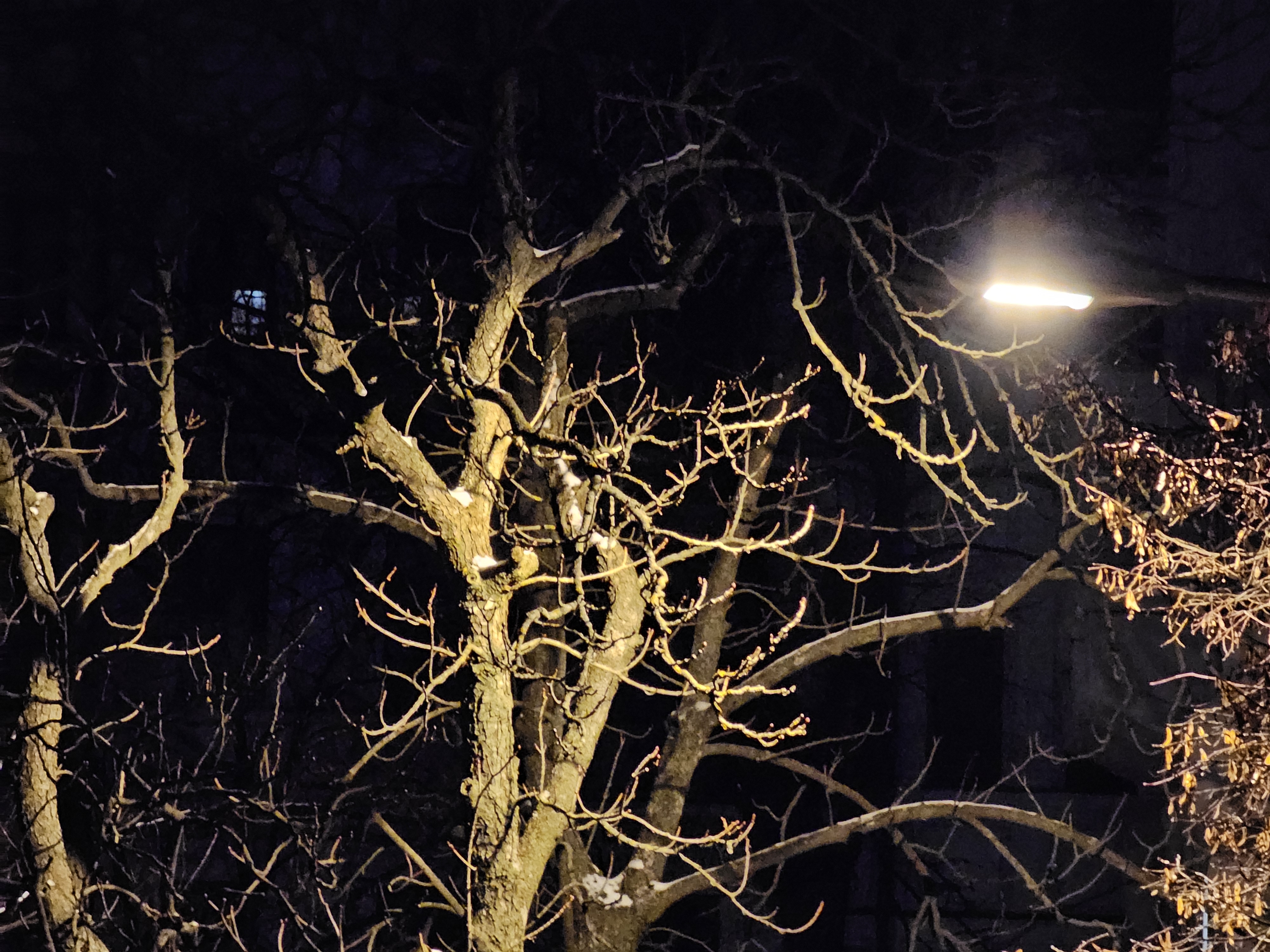
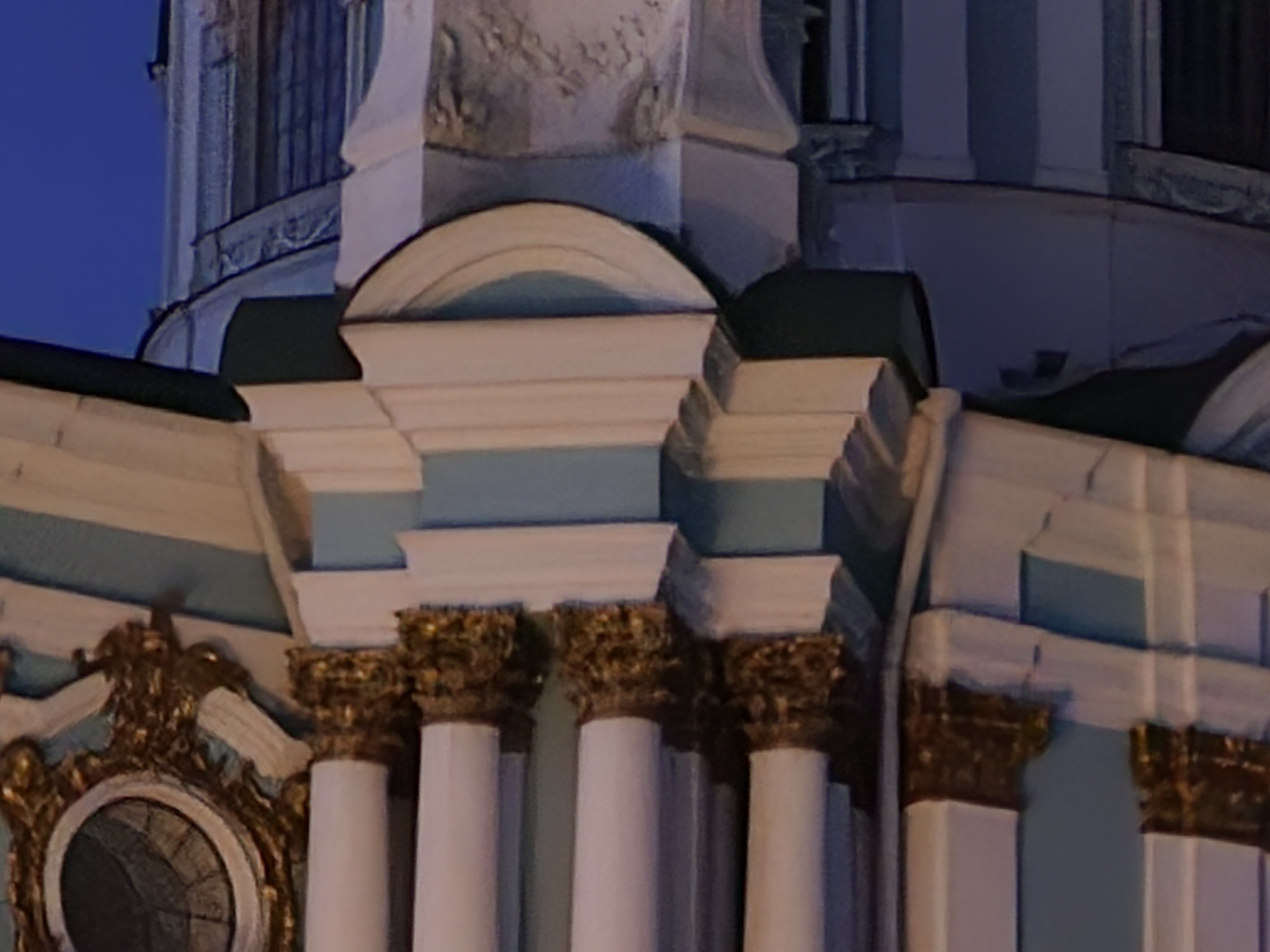






















Astrophoto in the city is difficult to take because of the numerous lights everywhere. But the mode works really well:
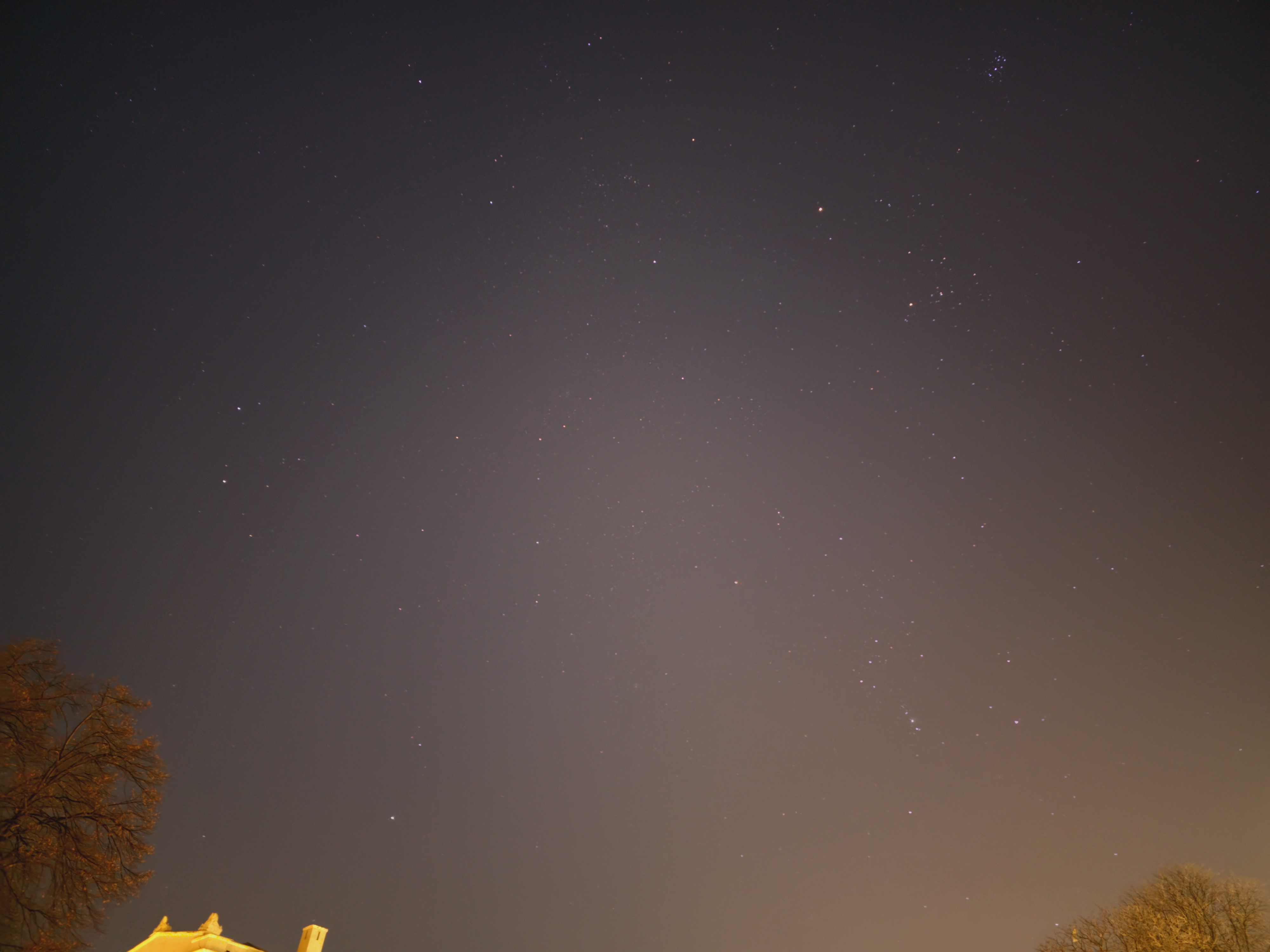
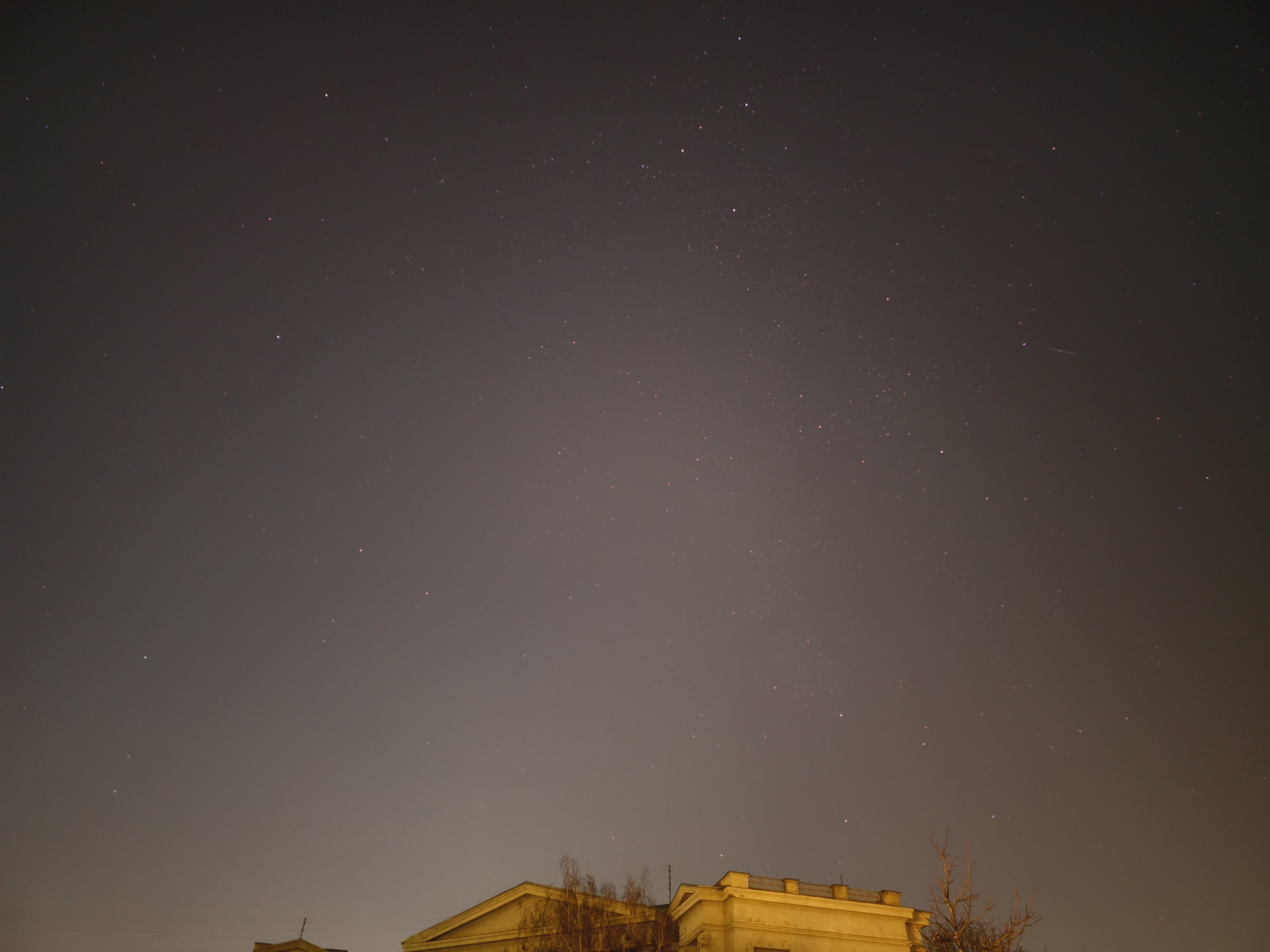


The smartphone shoots video perfectly even in low light. Electronic stabilisation works well. For example, a video using the DJI OM4 handheld stabiliser:
And now without it (offhand):
More video examples:
- The most technologically advanced Android smartphone
- The most powerful processor in the overclocked version for Samsung
- The most modern AMOLED screen with a refresh rate of 120 Hz, support for HDR10+ and Dolby Vision
- The best camera set with a 200MP main sensor, 10x optical zoom and enhanced night shooting capabilities
To summarise: four things you need to know about the Samsung Galaxy S23 Ultra.
- Samsung Galaxy S23 Ultra is one of the most technologically advanced and functional smartphones available today.
- It is equipped with a super-powerful Qualcomm Snapdragon 8 Gen 2 Mobile Platform for Galaxy processor.
- The rear camera system is versatile and takes great pictures in any situation.
- The smartphone is equipped with one of the best displays available.
| Specifications of Samsung Galaxy S23 Ultra and differences from Galaxy S22 Ultra | ||
|---|---|---|
| Samsung Galaxy S23 Ultra | Samsung Galaxy S22 Ultra | |
| Display | Curved on the sides Dynamic AMOLED 2x, 6.8 inches, 3088x1440 (aspect ratio 20:9), 516 ppi, HDR10+, Dolby Vision, 1-120 Hz, Gorilla Glass Victus 2, peak brightness 1750 nits | Curved on the sides Dynamic AMOLED 2x, 6.8 inches, 3088x1440 (aspect ratio 20:9), 516 ppi, HDR10+, Dolby Vision, 1-120 Hz, Gorilla Glass Victus+, peak brightness 1750 nits |
| Body | dimensions: 163.4x78.1x8.9 mm, weight: 233 g | dimensions: 163.3x77.9x8.9 mm, weight: 228 g |
| Processor | 64-bit 4nm Qualcomm Snapdragon 8 Gen 2 Mobile Platform for Galaxy, 1x3.36 GHz Cortex-X3, 2x2.8 GHz Cortex-A715, 2x2.8 GHz Cortex-A710, 3x2.0 GHz Cortex-A510, Adreno 740 719 MHz graphics | 64-bit 4nm Samsung Exynos 2200, 1xARM Cortex-X2, 2.8 GHz, 3xARM Cortex-A710 2.5 GHz, 4xARM Cortex-A510 1.7 GHz, Neural Processing Unit (NPU), graphics Xclipse 920 |
| RAM | 8/12 GB | 8/12 GB |
| Flash memory | 256/512 GB/1 TB UFS 4.0 | 128/256/512 GB UFS 3.1 |
| Camera |
200 MP (f/1.7, 23 mm ECF, 1/1.3", 0.6 µm, Dual Pixel PDAF, OIS); 10 MP periscopic telephoto (f/4.9, 230 mm ECF, 1/3.52", 1.12 µm, Dual Pixel PDAF, OIS, 10x zoom); 10 MP telephoto (f/2.4, 70 mm, 1/3.52", 1.12µm, Dual Pixel PDAF, OIS, 3x zoom); ultra-wide-angle 12 MP (f/2.2, 13 mm, 120˚, 1/2.55", 1.4µm, Dual Pixel PDAF); flash, video 8K@30fps, 2160p@60fps, 1080p@240fps, 720p@960fps; front camera: 12 MP (f/2.2, 25 mm, PDAF) |
108 MP (f/1.8, 23 mm ECF, 1/1.33", 0.8 µm, Dual Pixel PDAF, OIS); periscopic telephoto 10 MP (f/4.9, 230 mm ECF, 1/3.52", 1.12µm, Dual Pixel PDAF, OIS, 10x zoom); 10 MP telephoto (f/2.4, 70 mm, 1/3.52", 1.12µm, Dual Pixel PDAF, OIS, 3x zoom); 12 MP ultra-wide-angle (f/2.2, 13 mm, 120˚, 1/2.55", 1.4µm, Dual Pixel PDAF); flash, video 8K@24fps, 2160p@60fps, 1080p@240fps, 720p@960fps; front camera: 40 MP (f/2.2, 26 mm, 1/2.8", 0.7µm, PDAF) |
| Wireless technologies | Wi-Fi 802.11 a/b/g/n/ac/6e (tri-band), Bluetooth 5.3 LE, NFC | Wi-Fi 802.11 a/b/g/n/ac/6e (dual-band, 2.4 and 5 GHz), Bluetooth 5.2 LE, NFC |
| GPS | GPS, A-GPS, GLONASS, BDS, GALILEO | GPS, A-GPS, GLONASS, BDS, GALILEO |
| Battery | 5000 mAh, non-removable, 45W fast charging, 15W wireless charging, wireless reverse charging | 5000 mAh, non-removable, 45W fast charging, 15W wireless charging, reverse wireless charging |
| Operating system | Android 13 + One UI 5.1 | Android 12 + One UI 4.1 |
| Sim-card | 2xNanoSIM | 2xNanoSIM |
| Optional | S Pen, IP68 dust and water protection, ultrasonic in-screen fingerprint scanner, Samsung Wireless DeX | S Pen, IP68 dust and water protection, ultrasonic in-screen fingerprint scanner, Samsung Wireless DeX |
For those who want to know more:
- Samsung Galaxy Flip4 review: flagship Android smartphone clamshell
- Samsung Galaxy Fold4 review: the best smartphone for geeks
- Samsung Galaxy Watch5 Pro and Watch5 review: plus battery life, minus physical bezel
- Hello, Hi-Res Audio without wires! Review of the flagship TWS headphones Samsung Galaxy Buds2 Pro
- Samsung Galaxy S22 Ultra review: A merger of two galaxies
